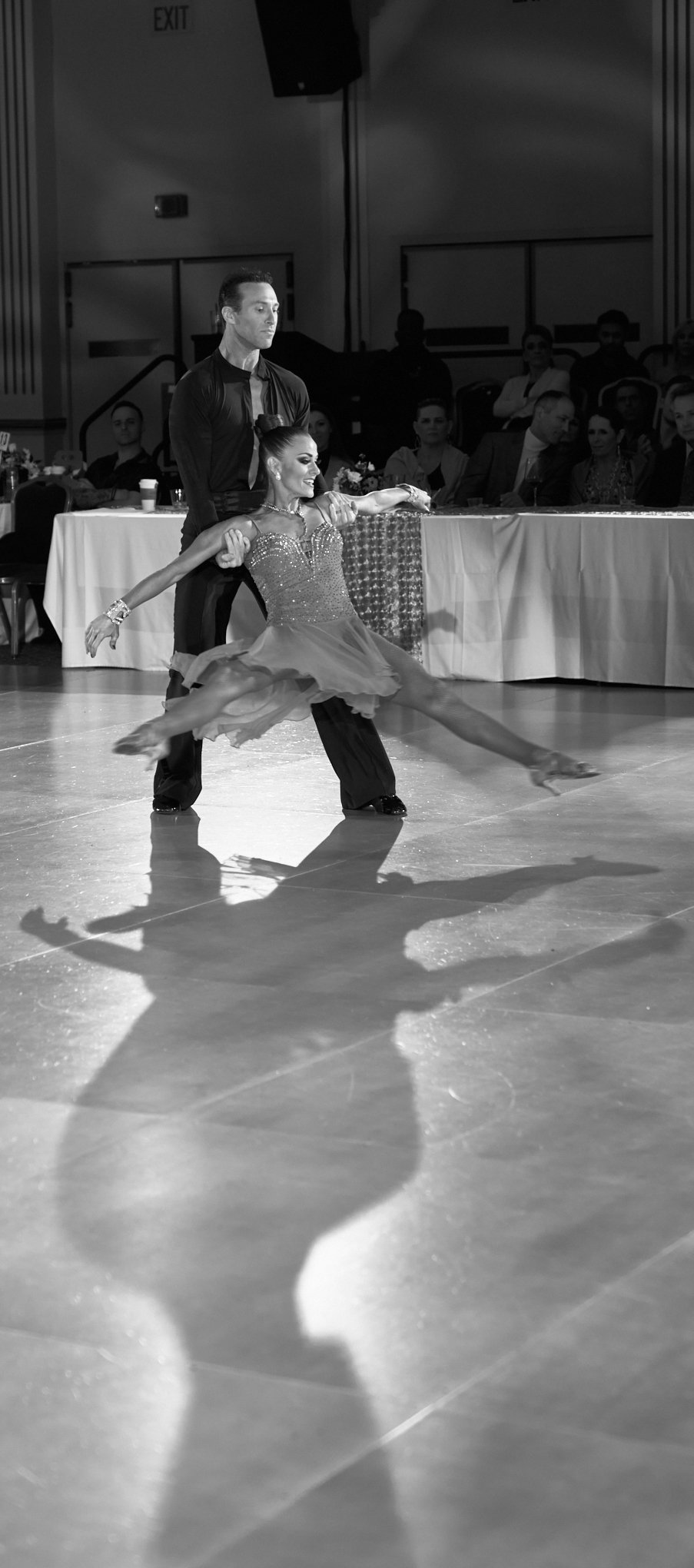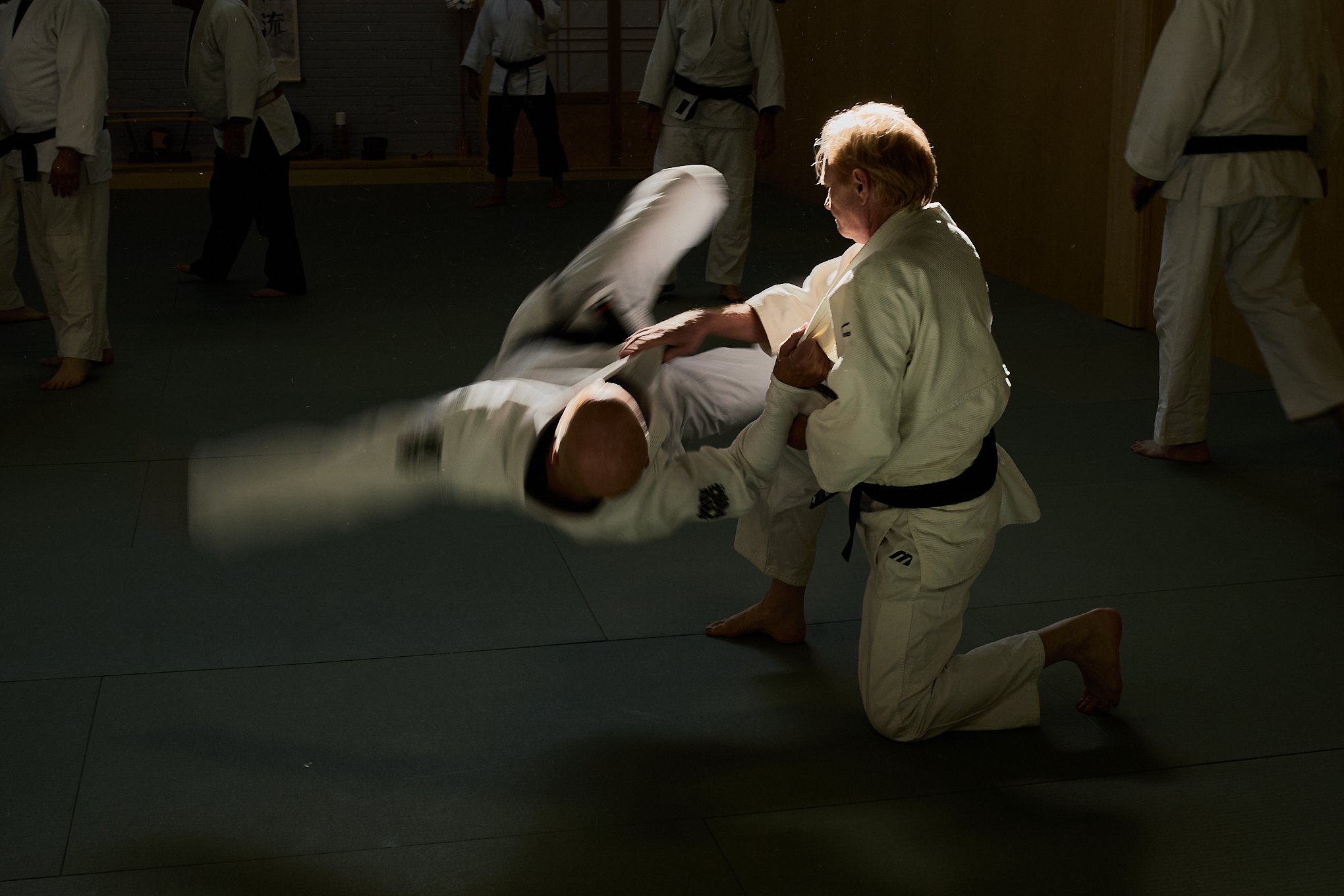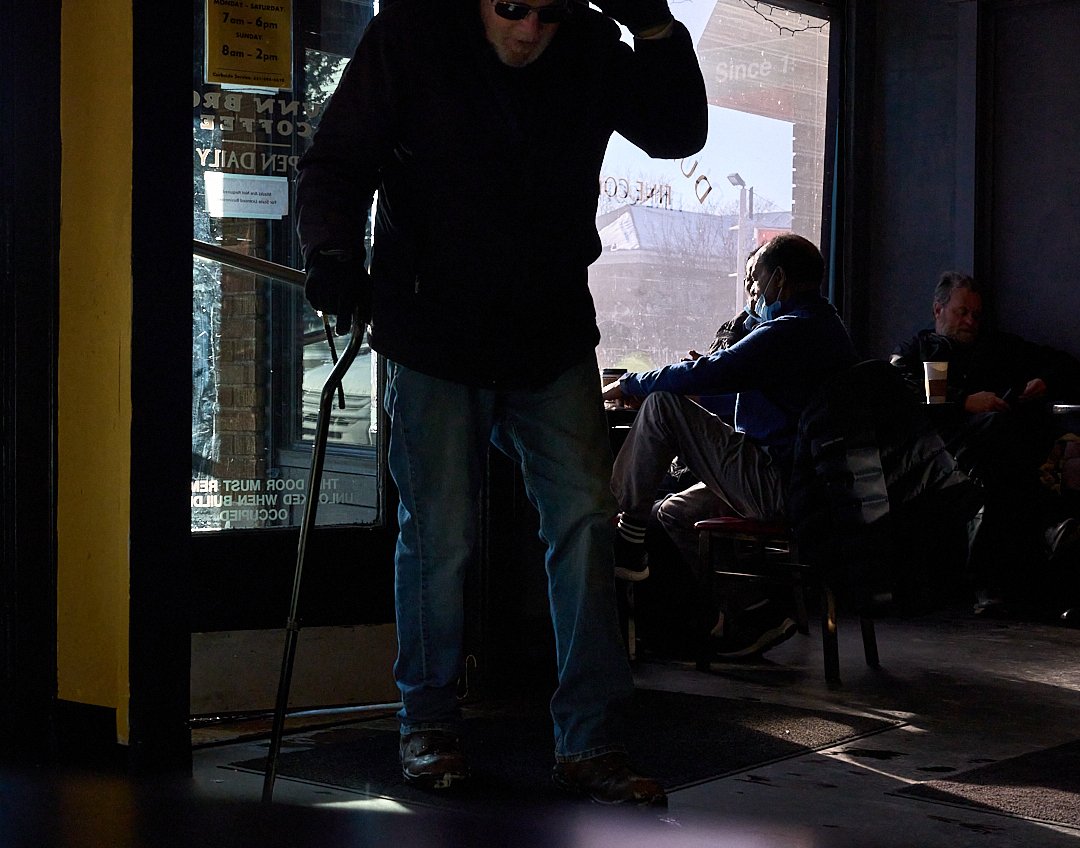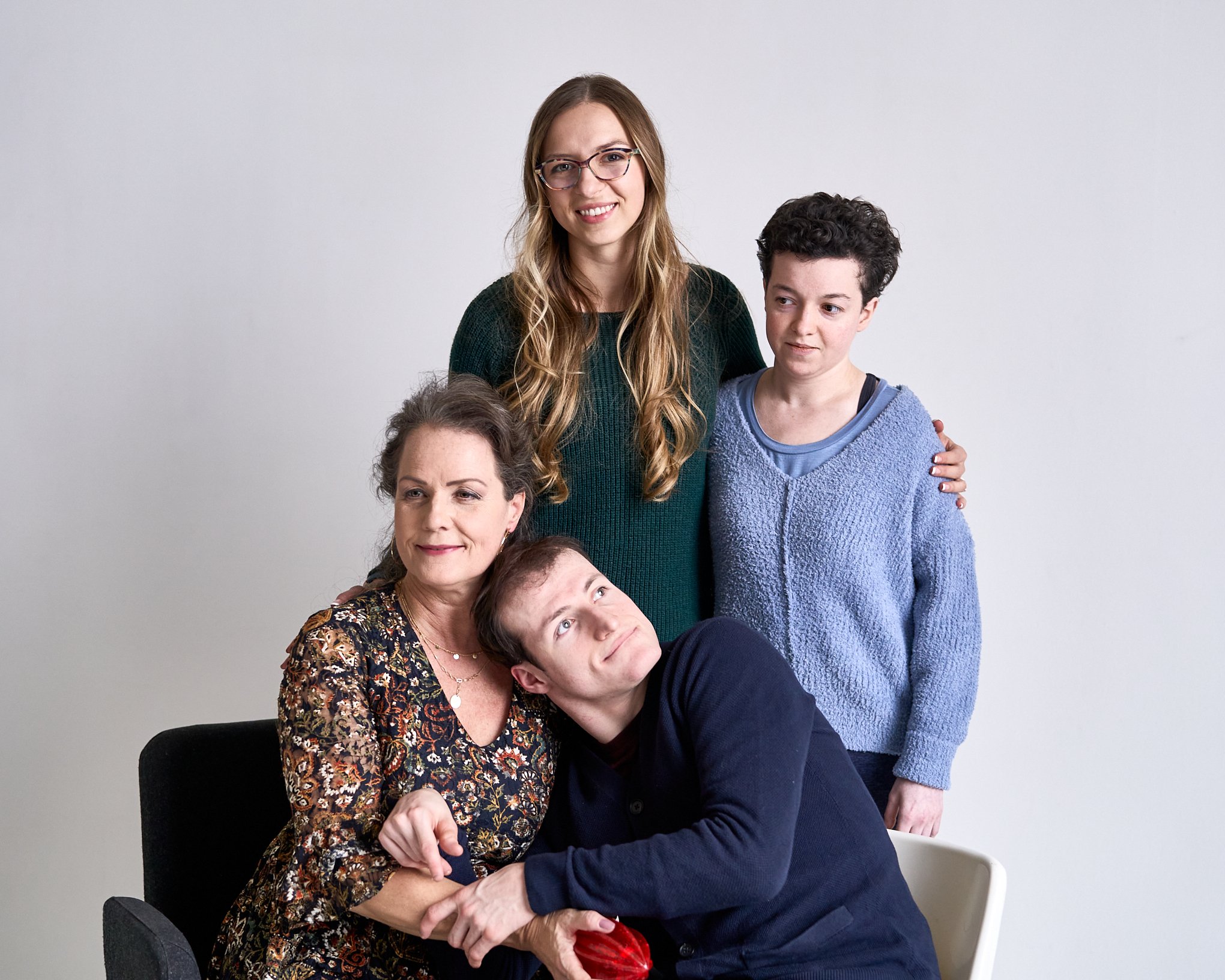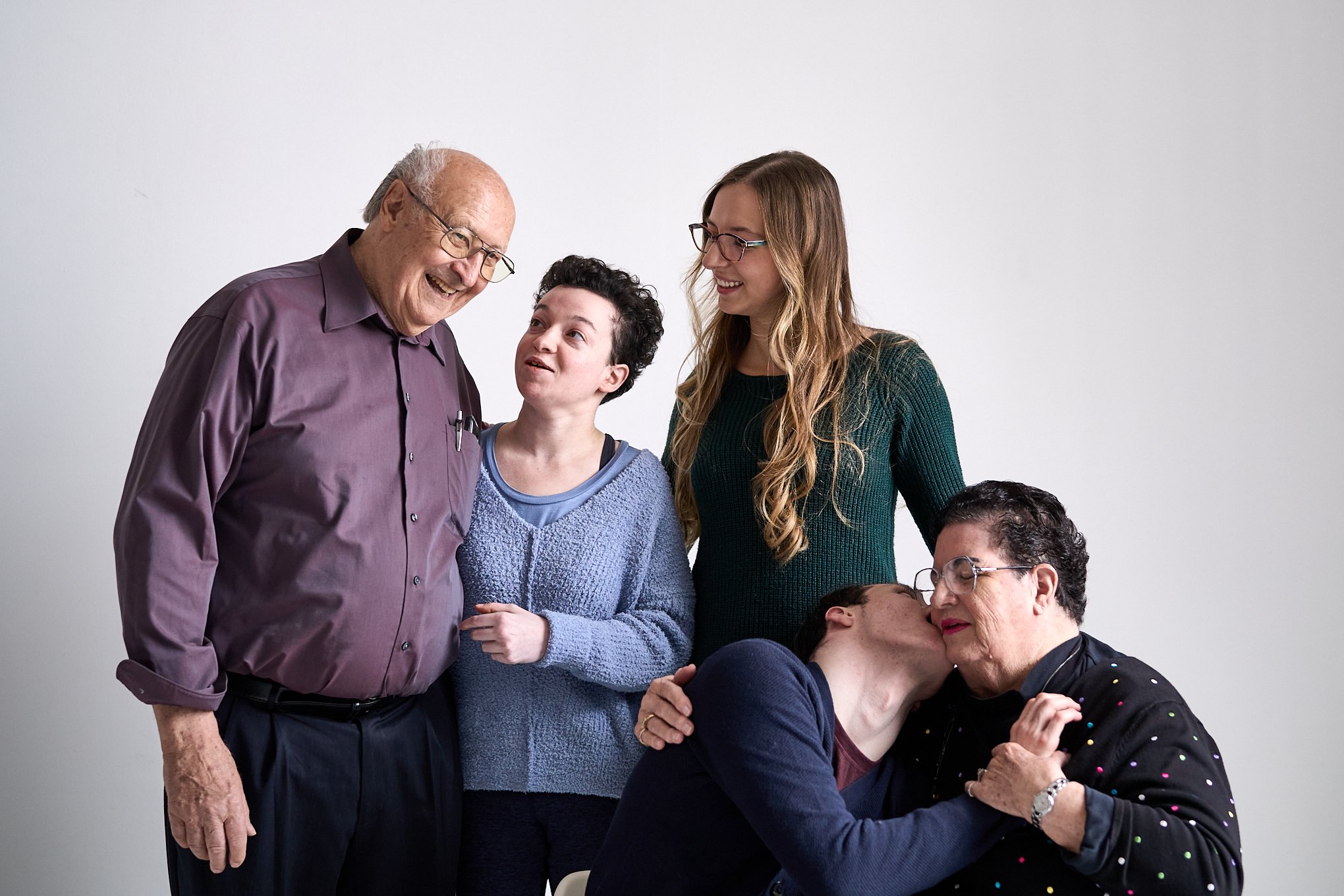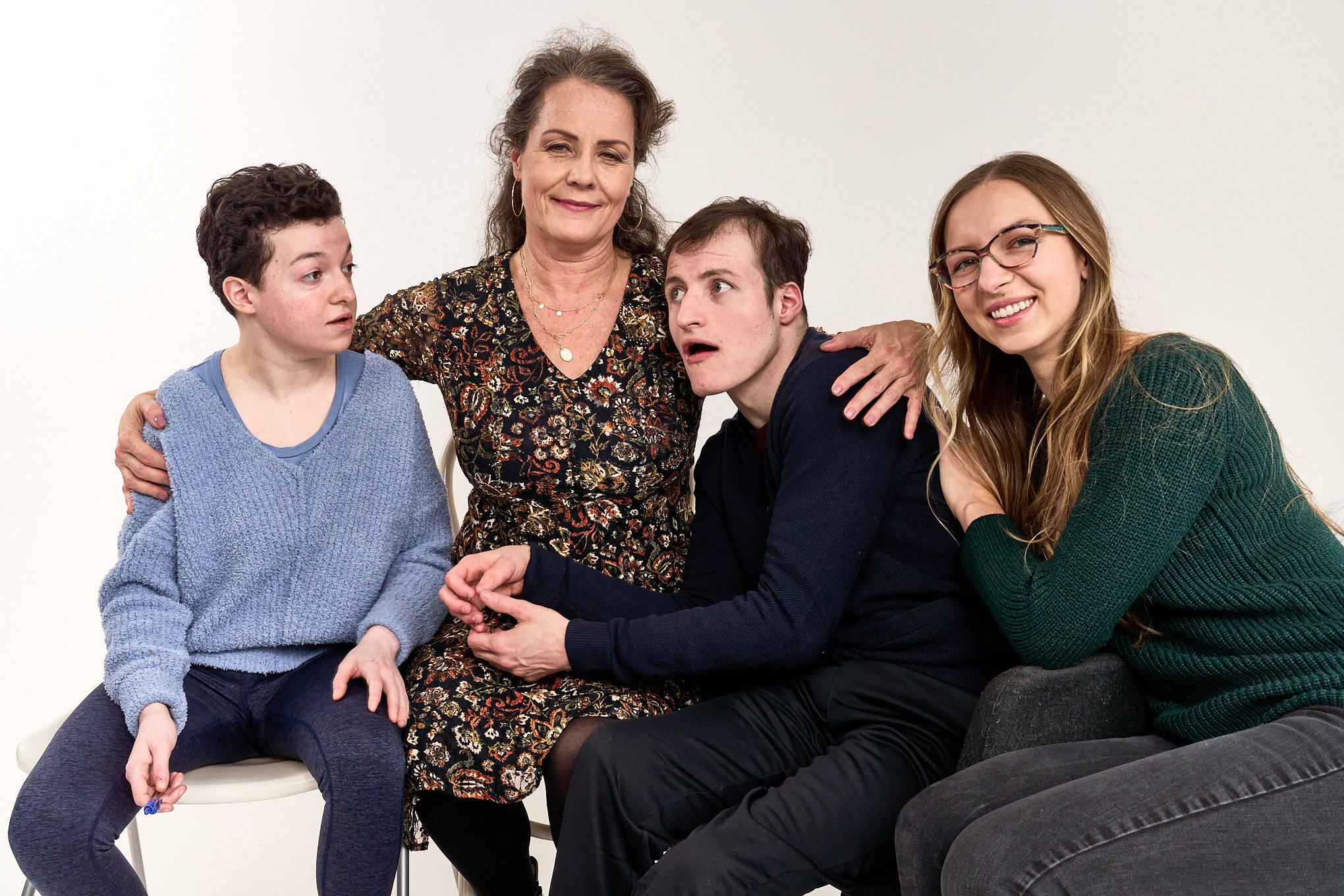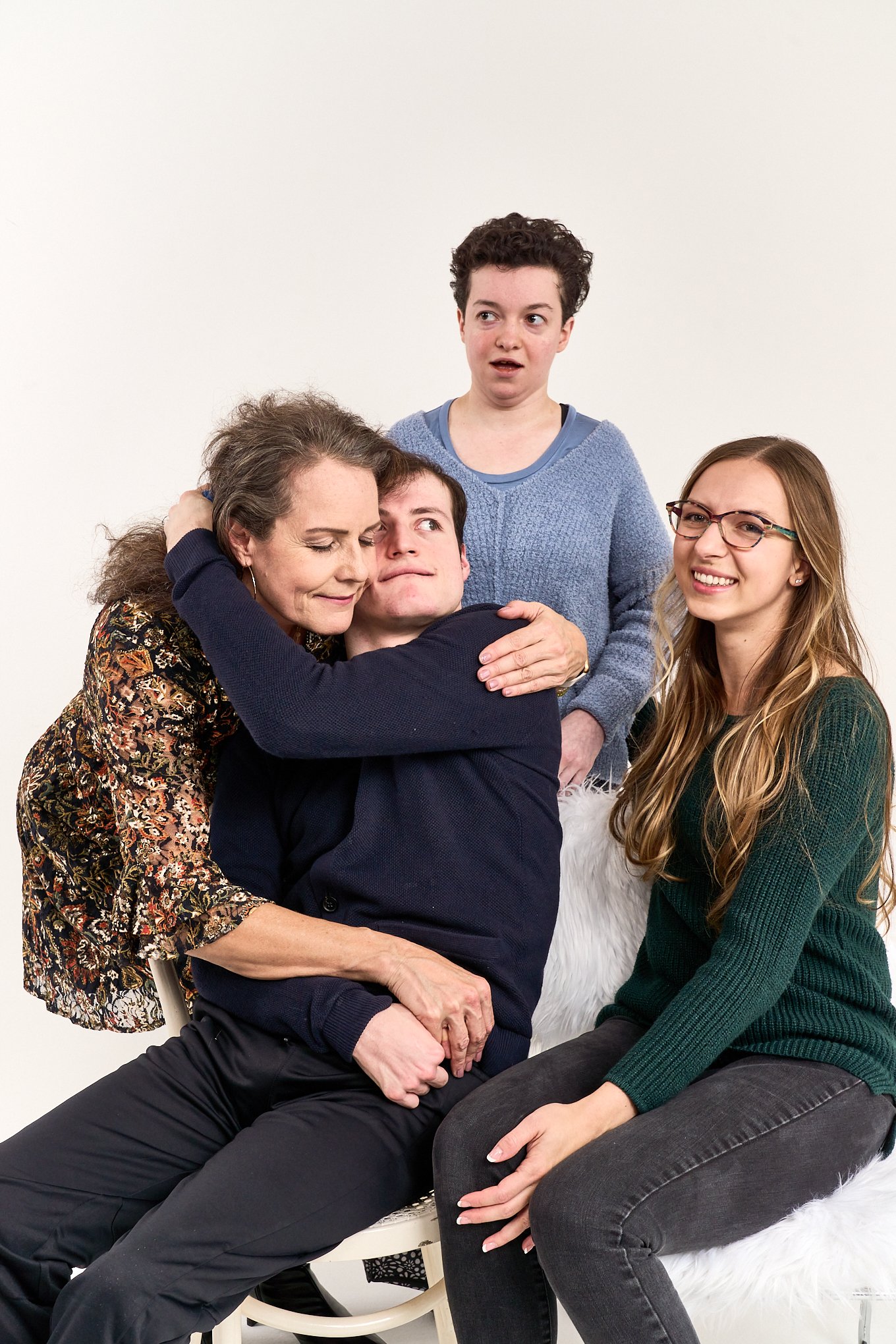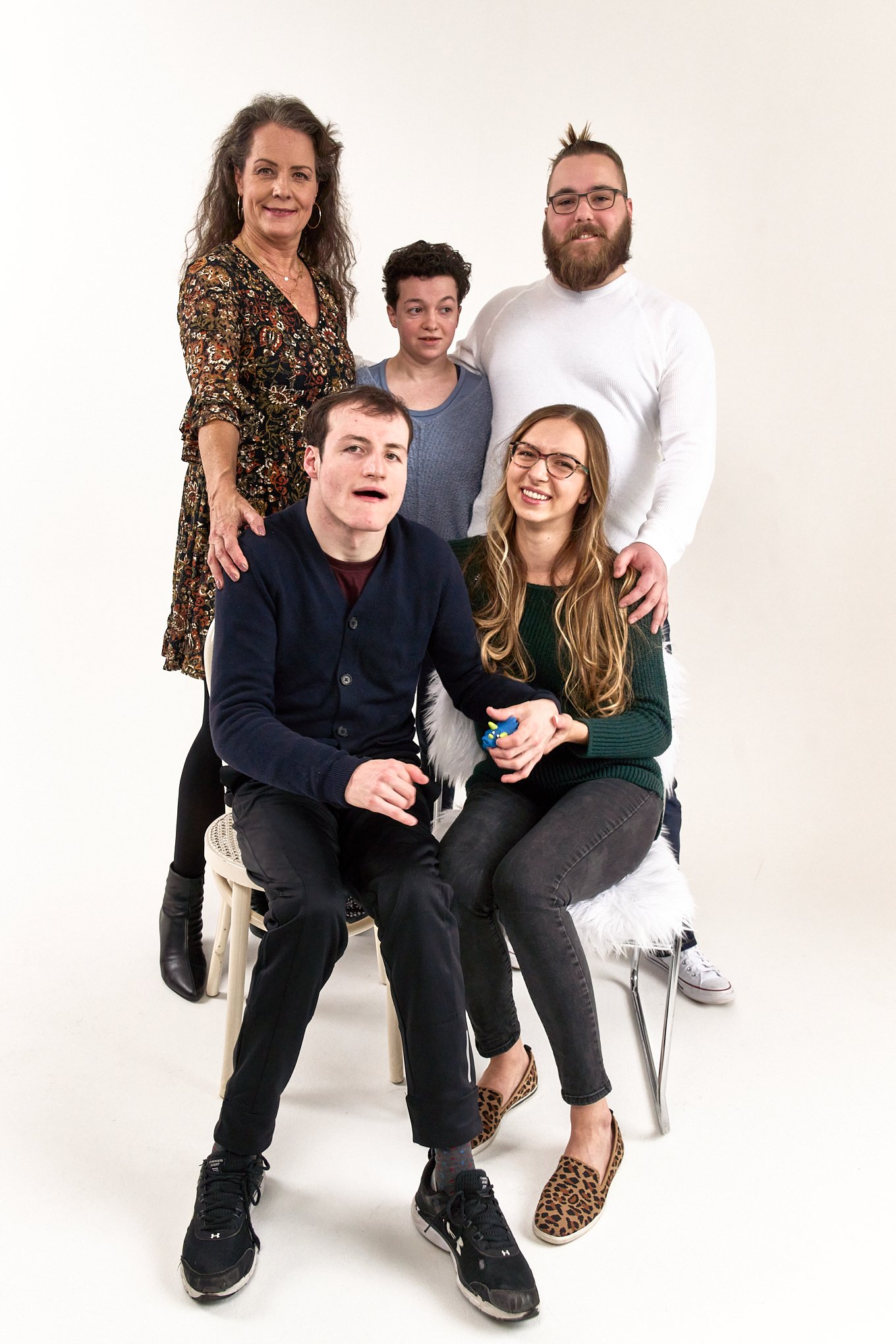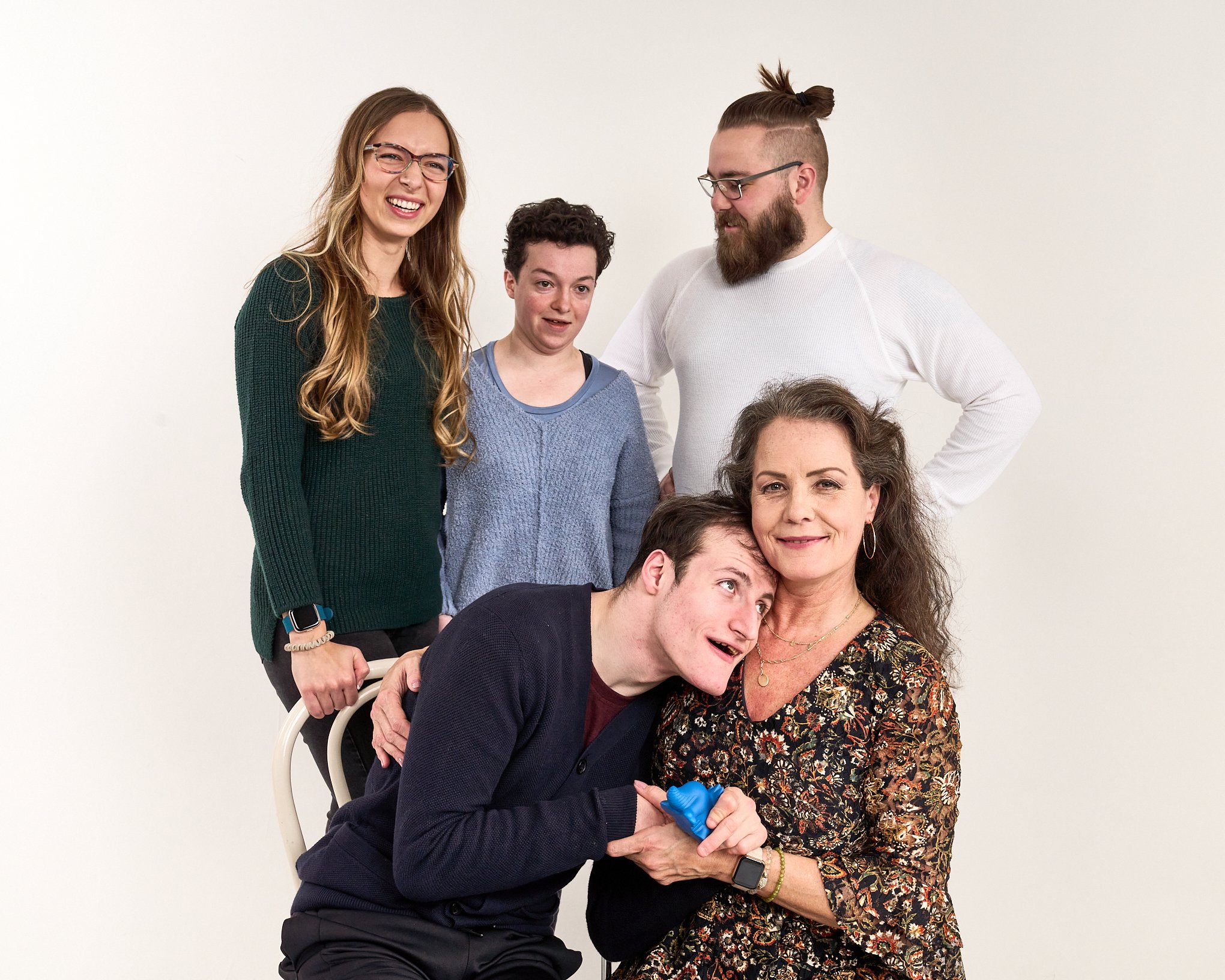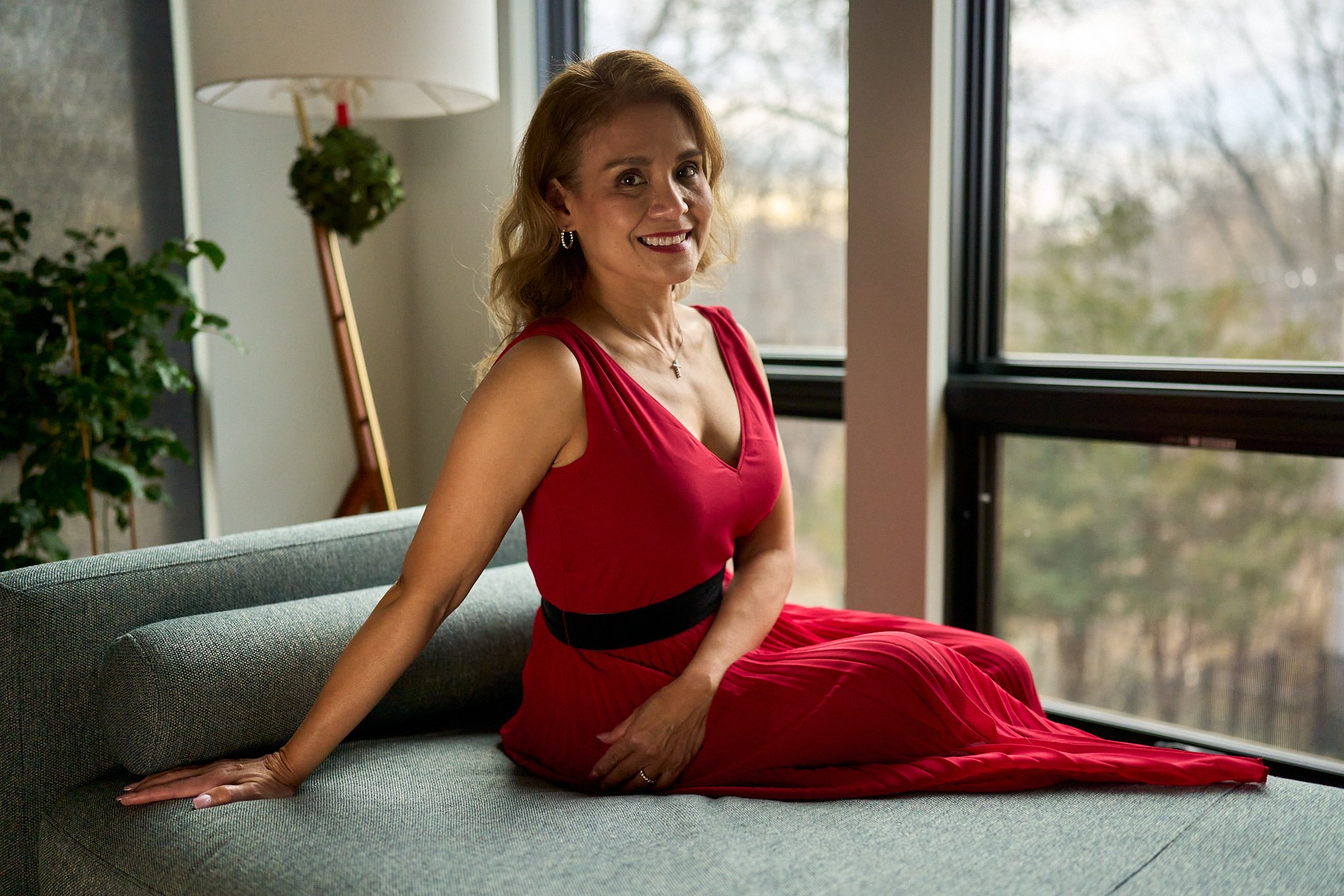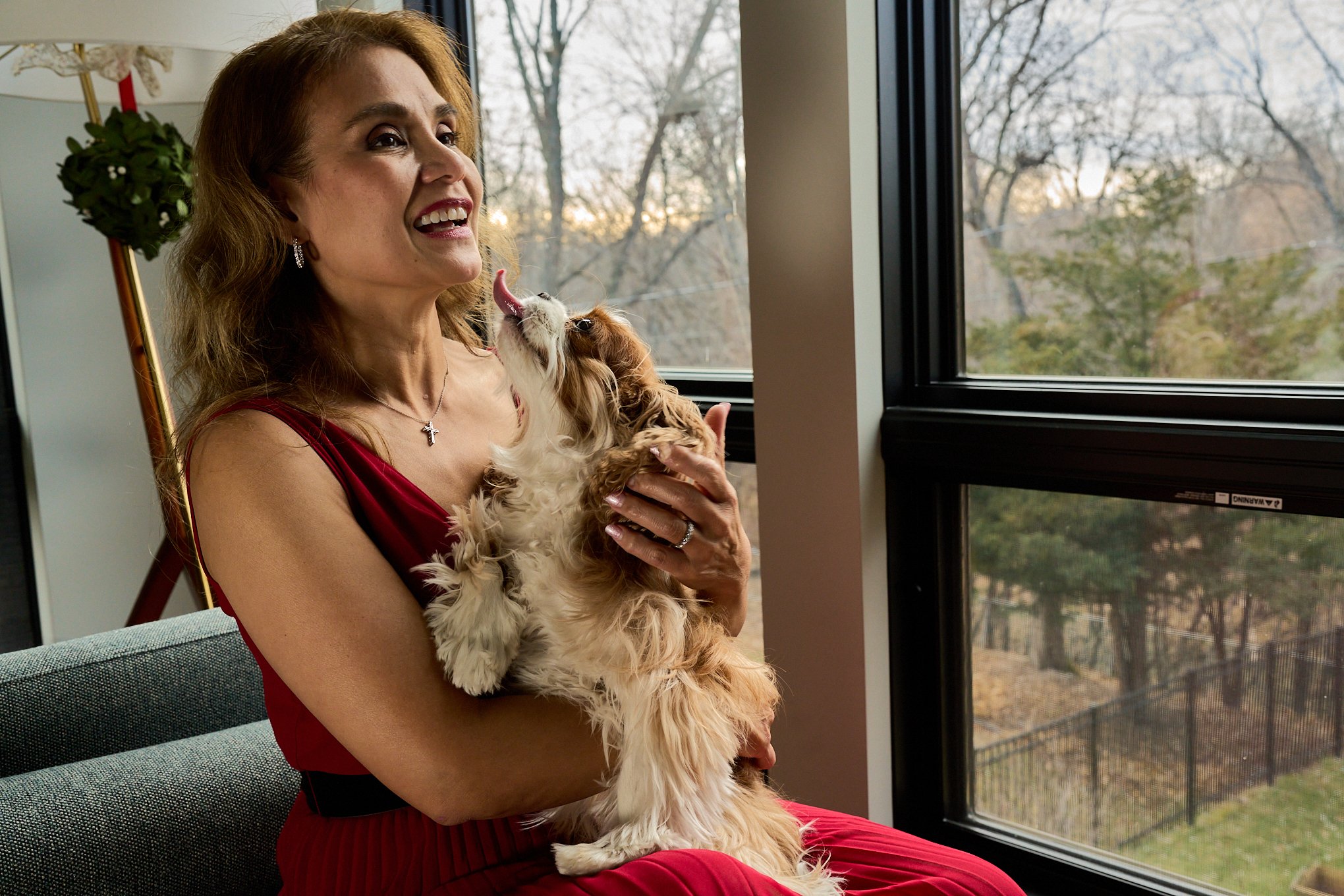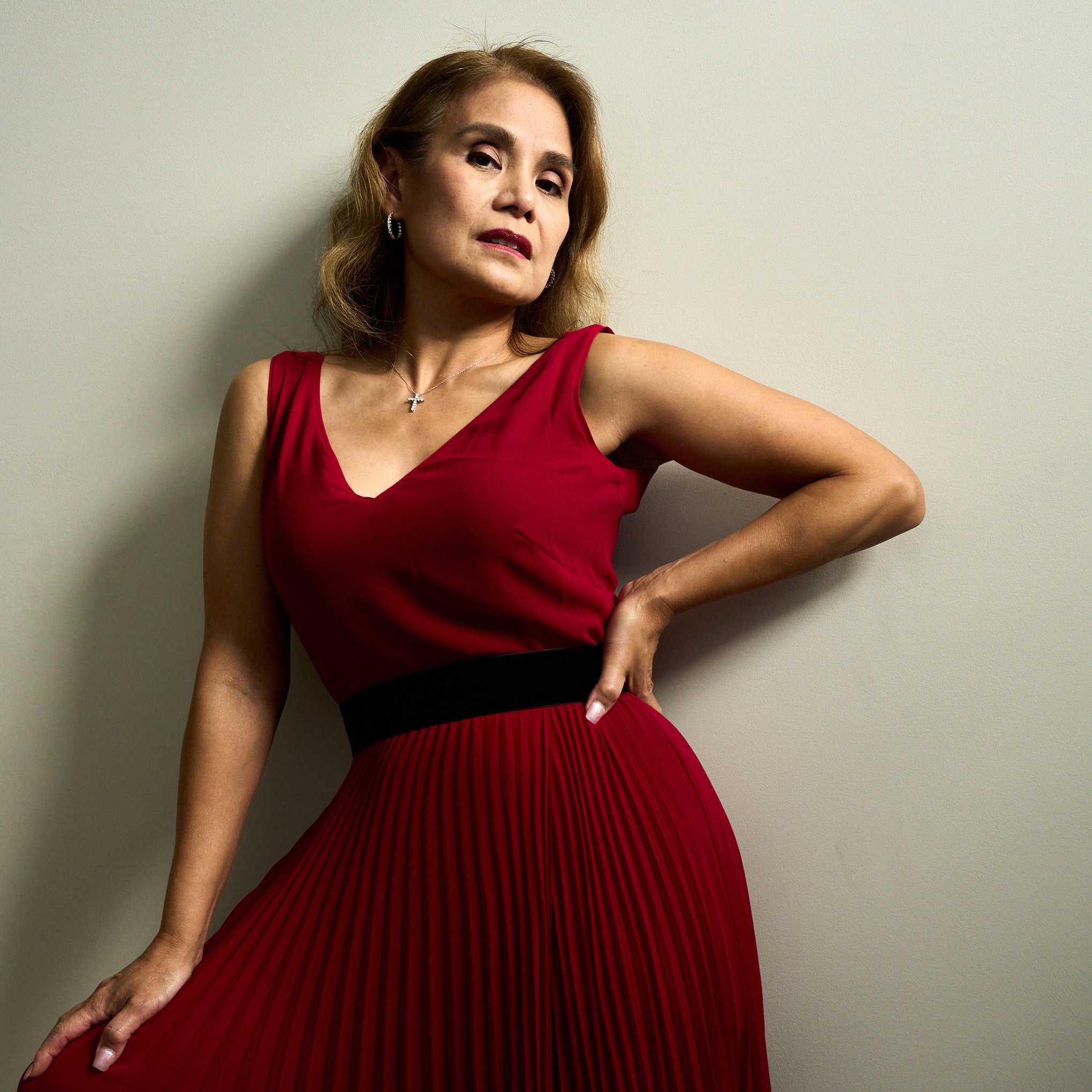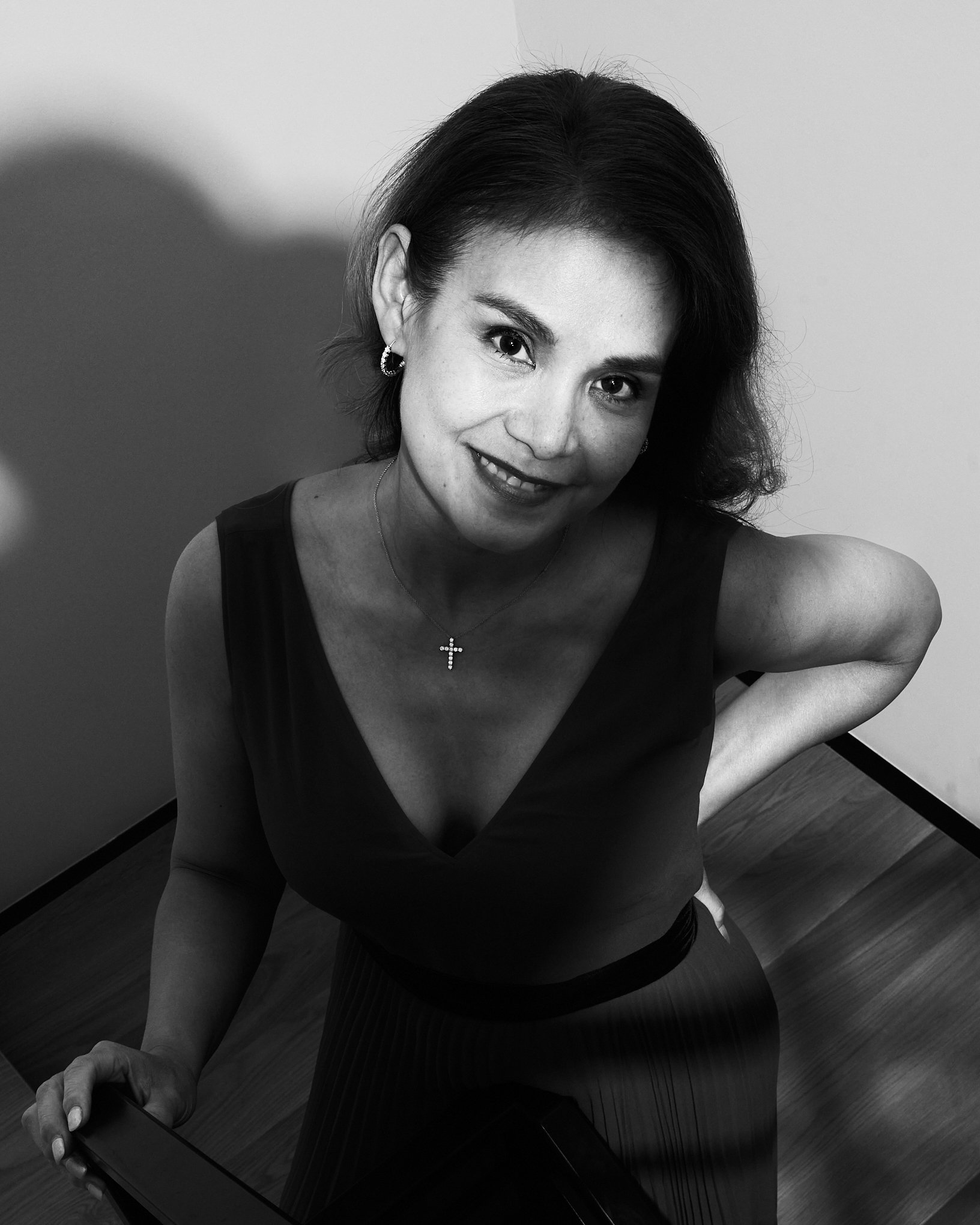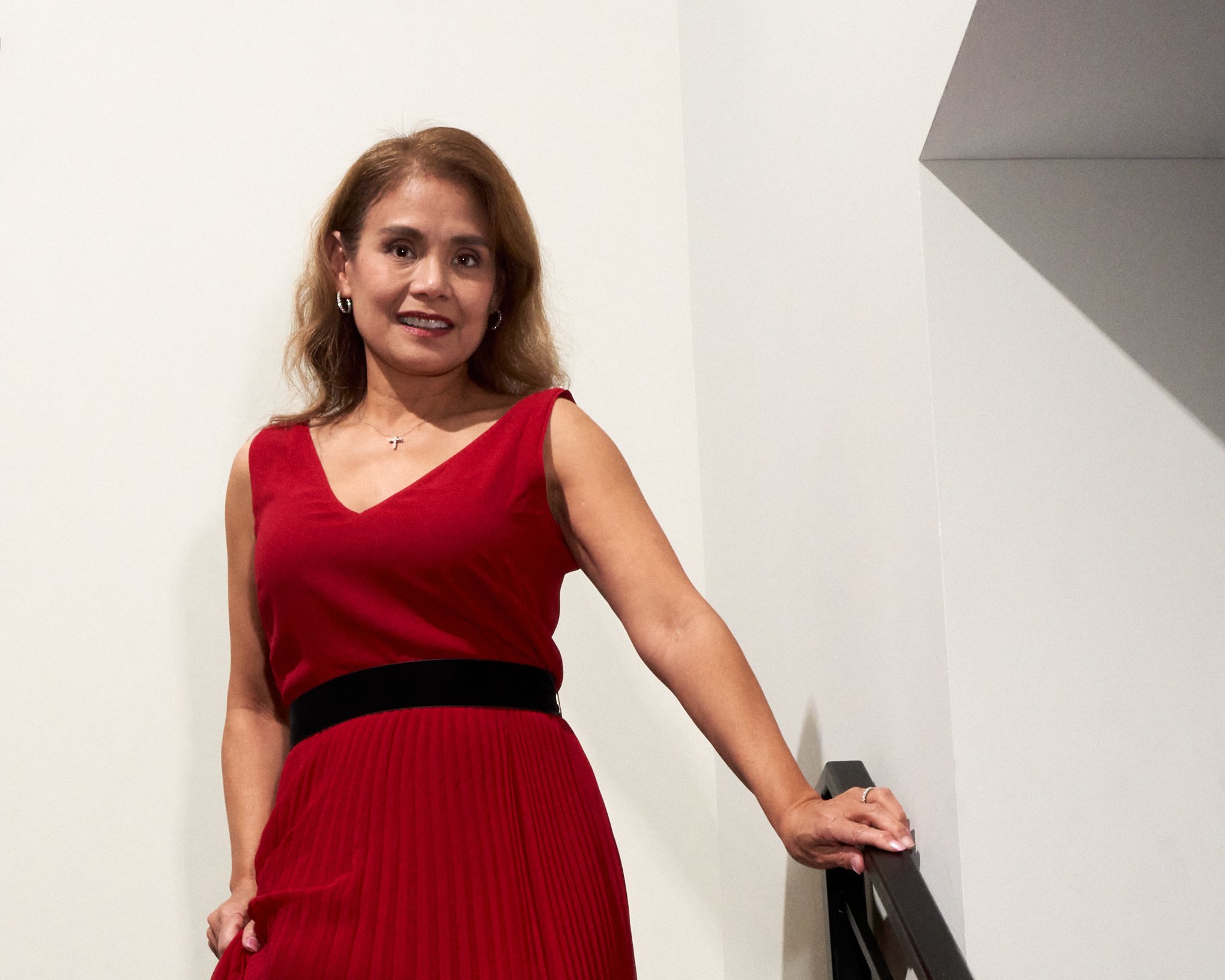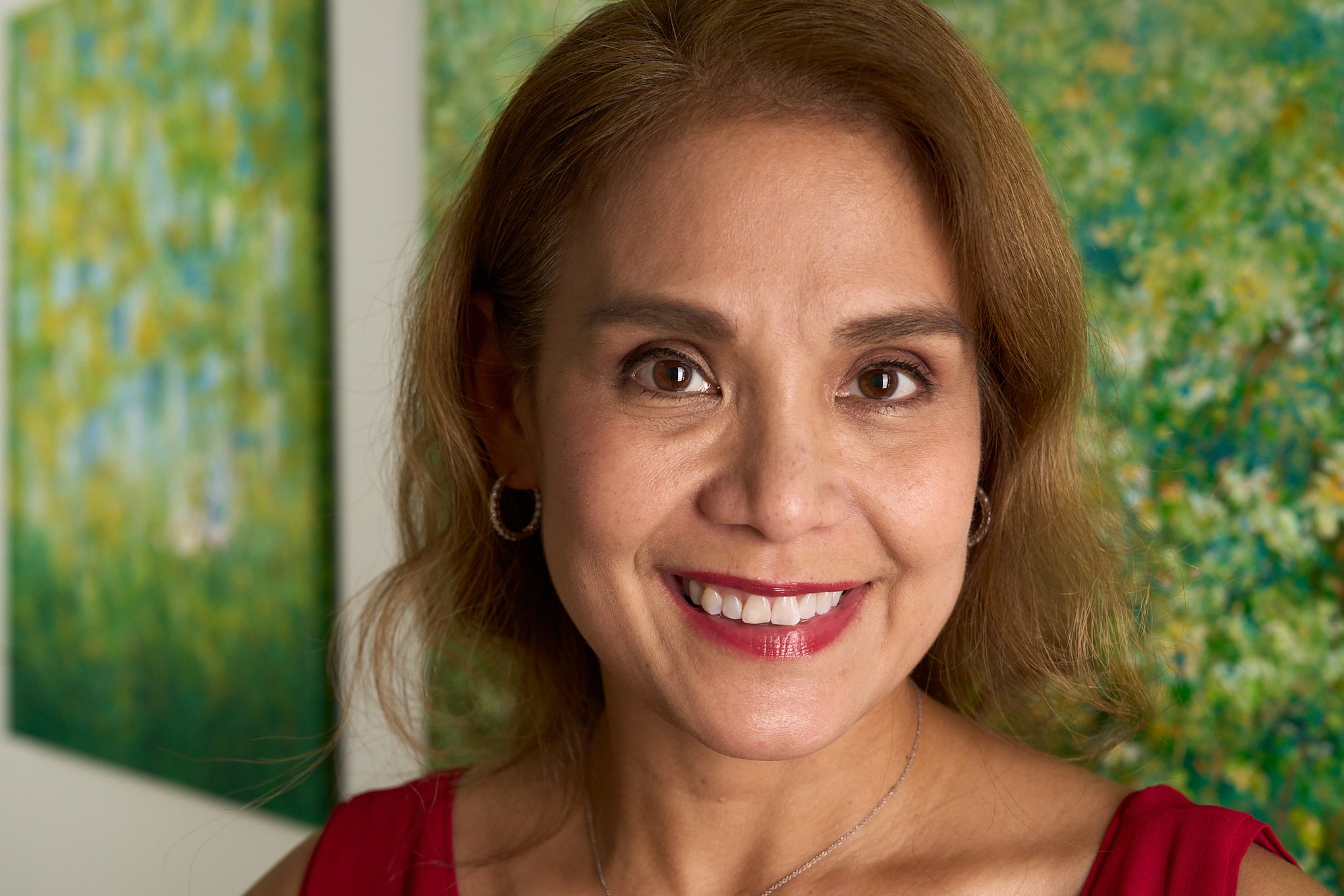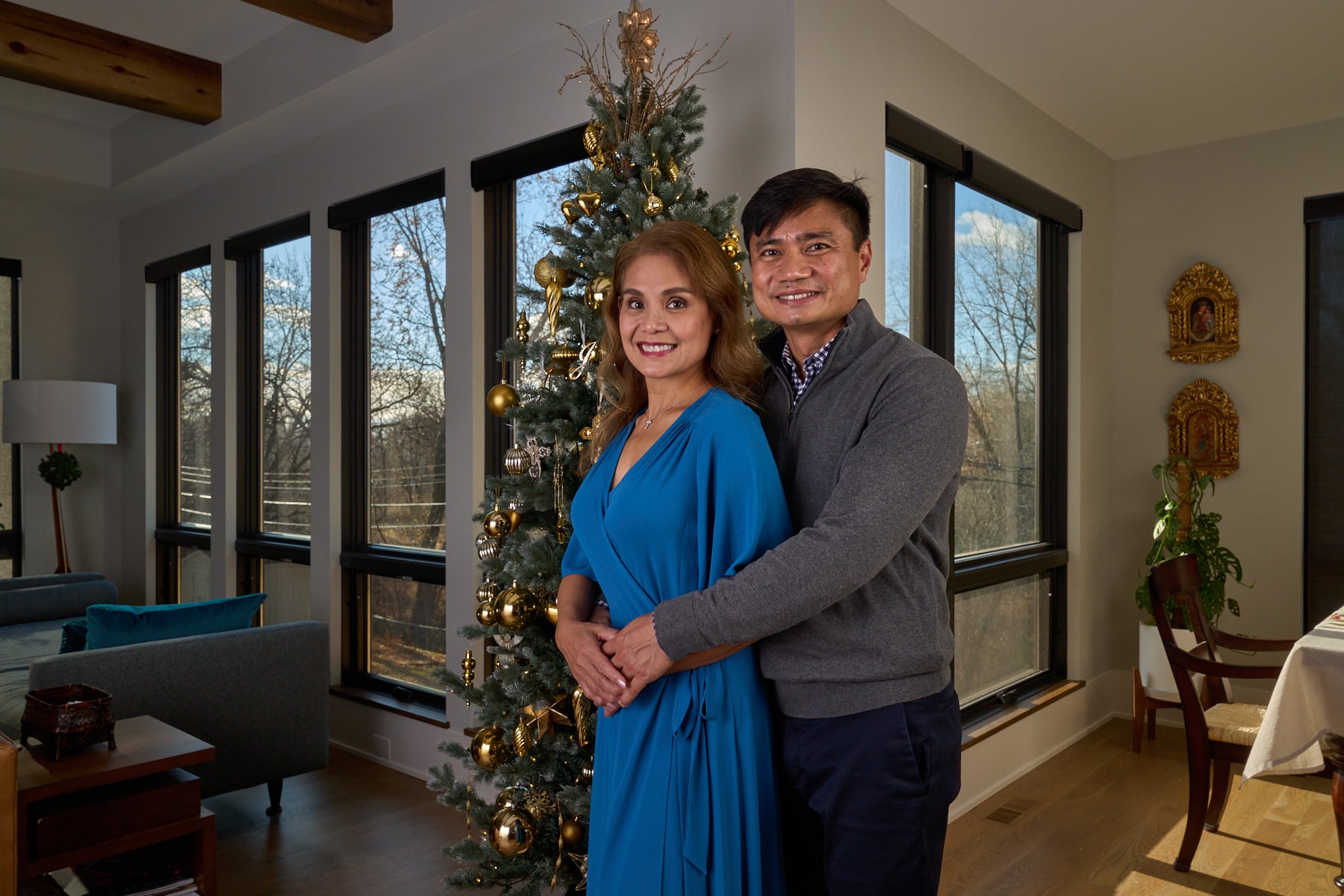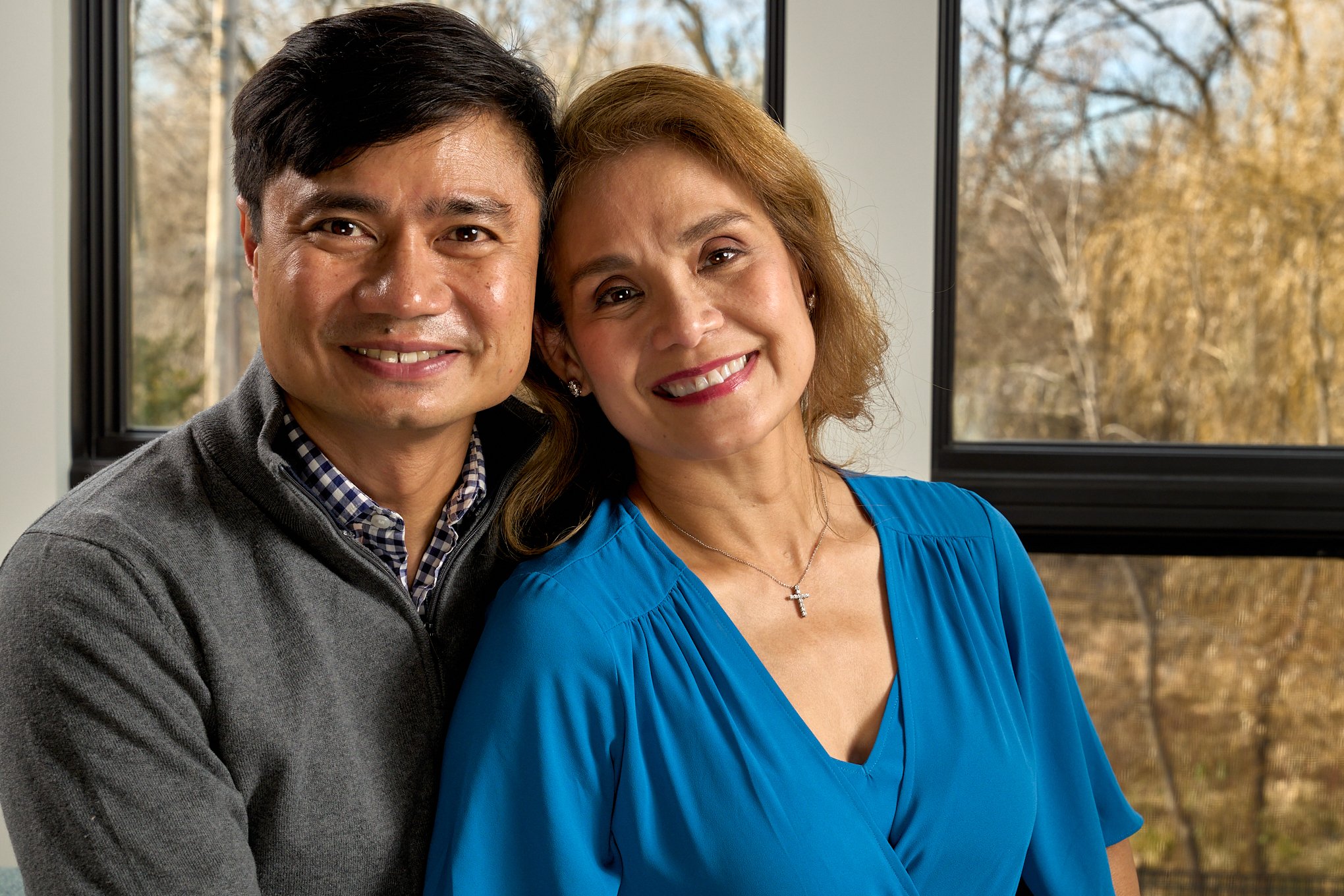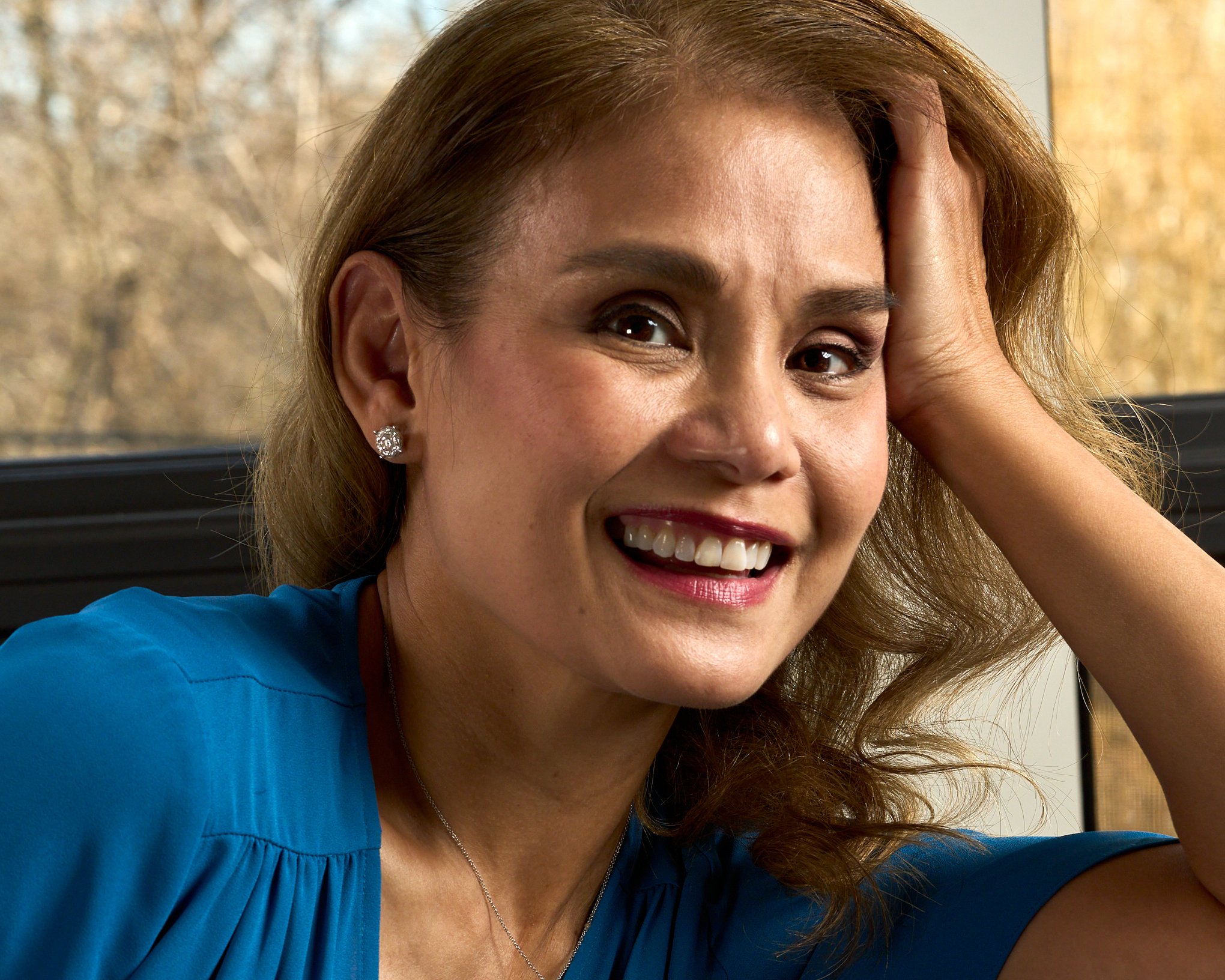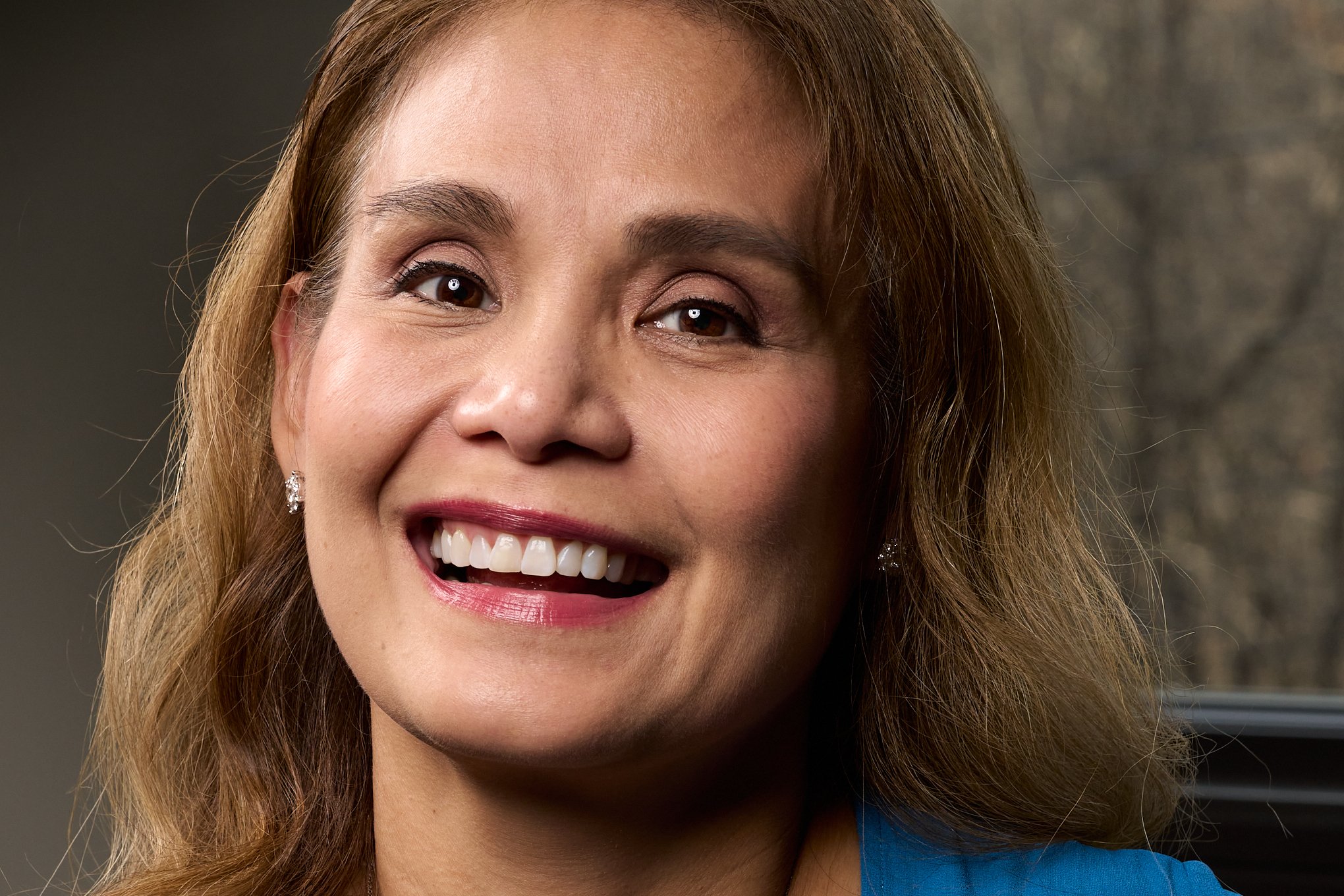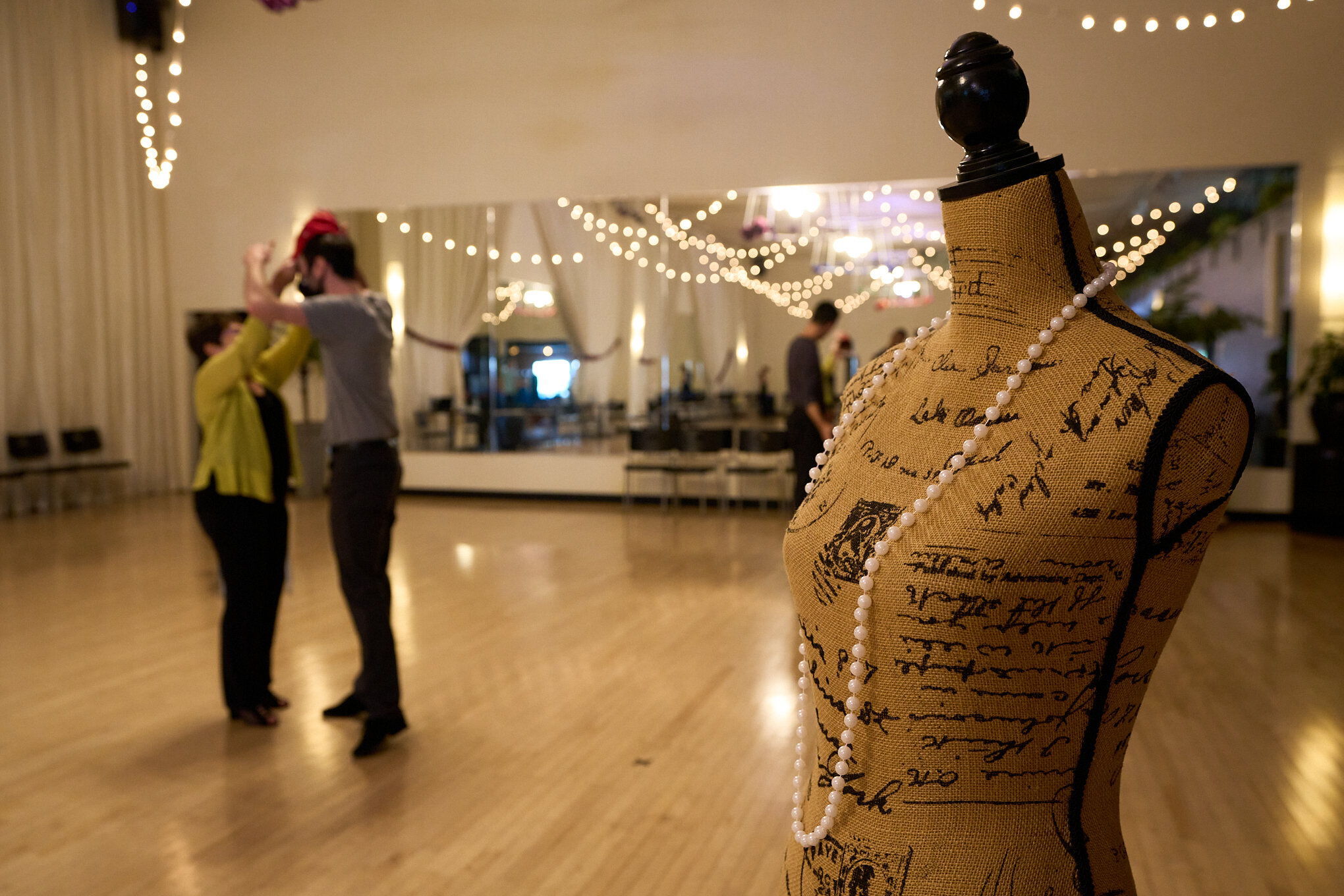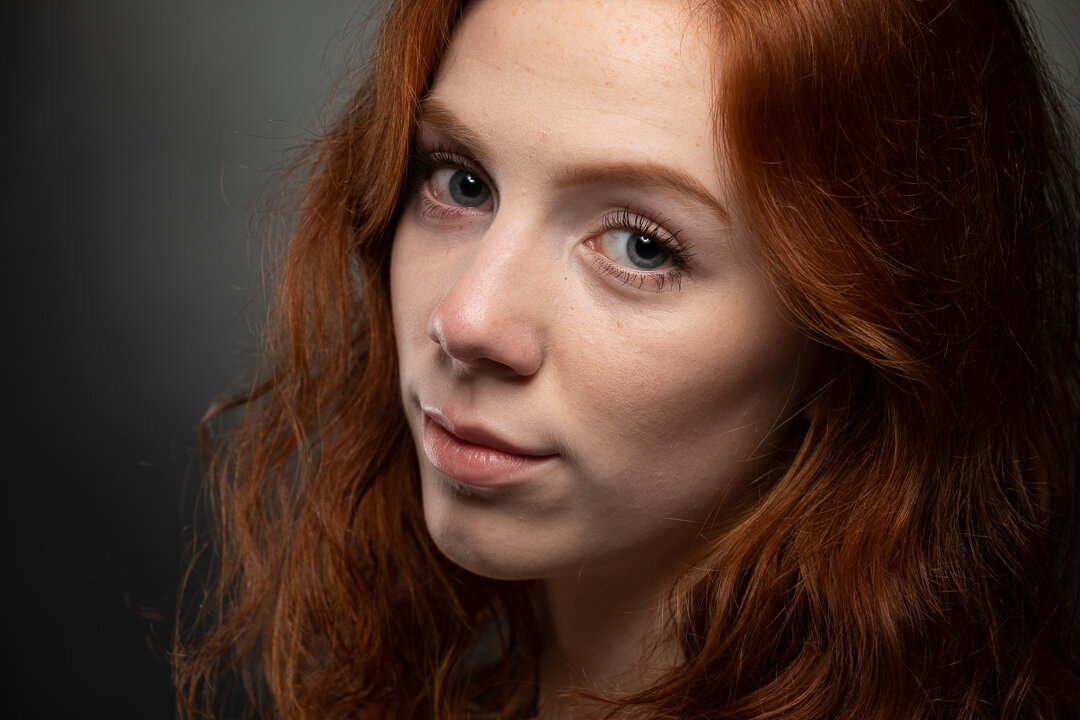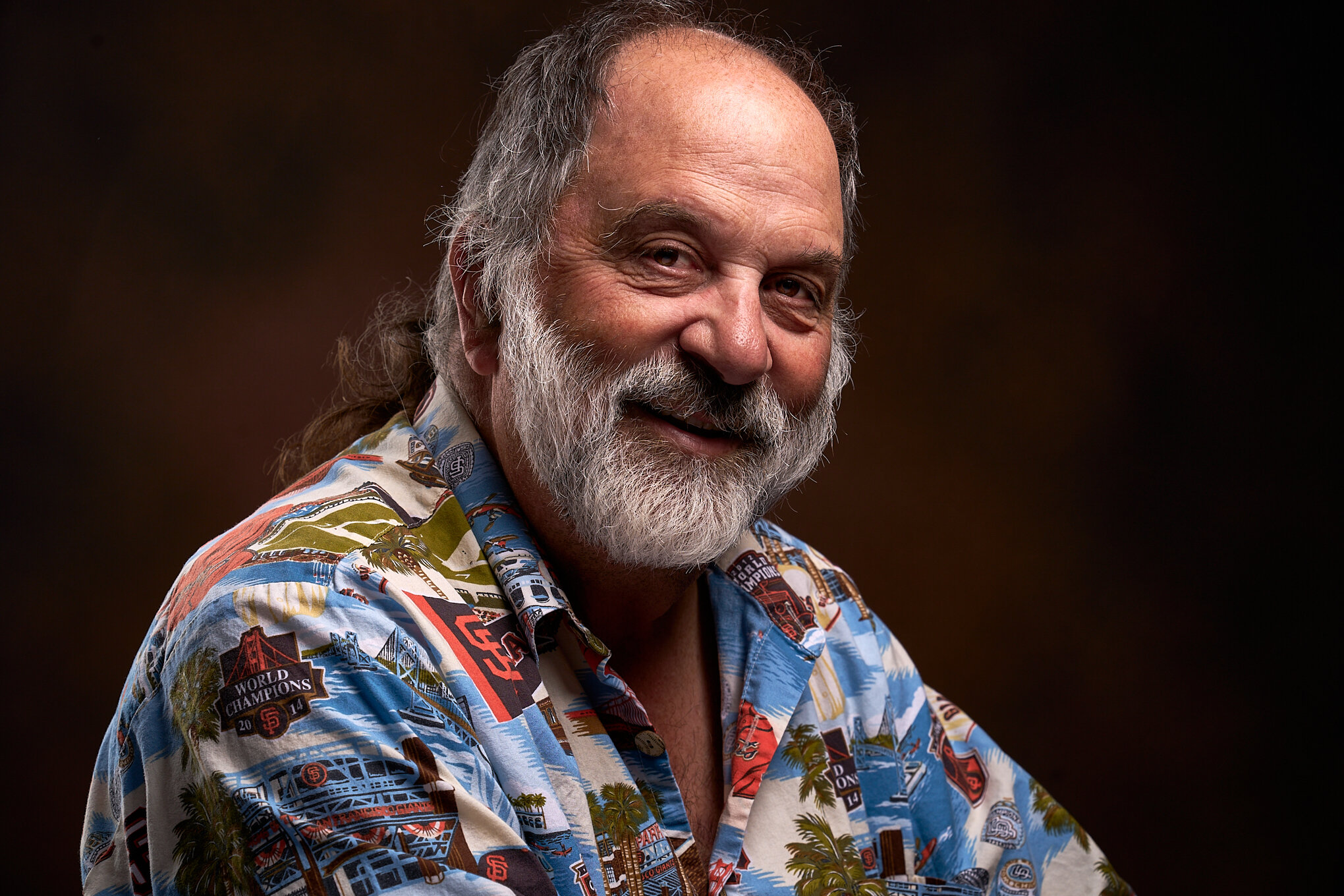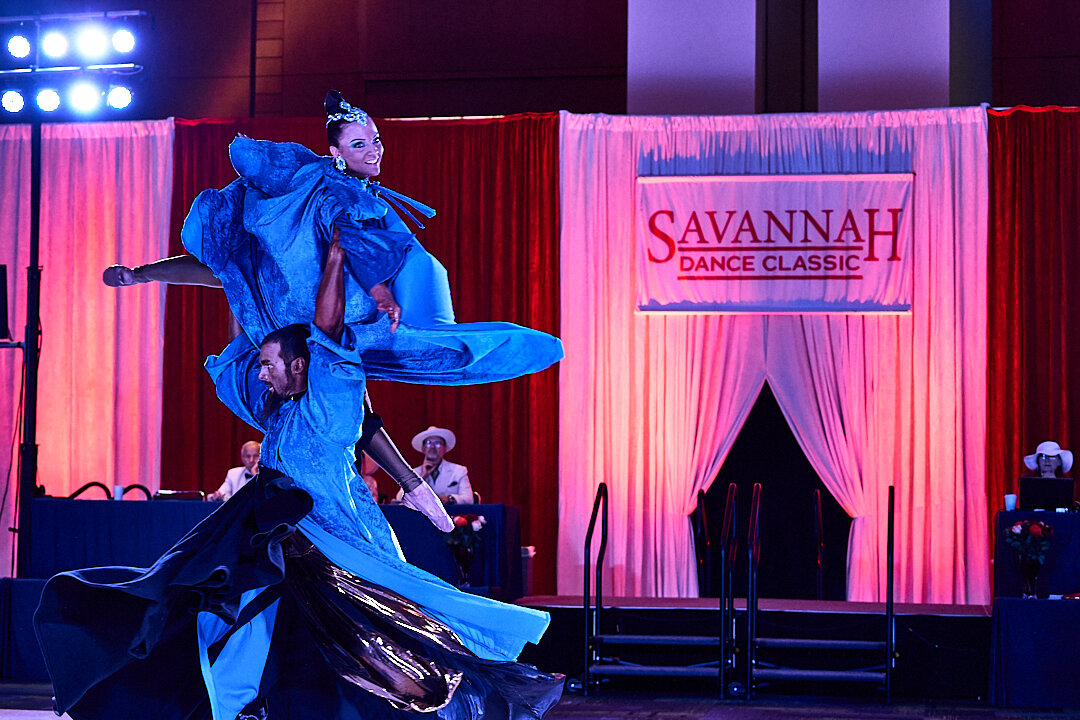Up close
My style is close, personal, and dramatic.
If you read much about photography, or watch many YouTube videos, you’ll find considerable advice and commentaries about developing or discovering your personal style. No one wants to be a clone, even an excellent one. So we photographers thrash about seeking a definition of how we are different. The best advice is to shoot more. Eventually, your style will be revealed to you. There are no shortcuts. You cannot simply decide what your style is and apply it.
I am only now beginning to understand my style of photography. I like images that convey emotion, that speak to a moment in time. Most often that means shooting close and tight, especially when shooting ballroom dancers. But sometimes the moment needs context. Then a wider shot will be appropriate. But not at the expense of distracting from the subjects of the photograph. Everything in the frame must support the emotional content of the subjects. For this reason, I crop images. Sometimes aggressively. Ideally, I would do this in camera when the photo is captured. That works well in a studio, but is less reliable in an active setting like a dance competition, a hockey game or a riot.
The creation of an image begins when I take a shooting position with a particular camera and a particular lens, taking into account the lighting and the background. It extends through the press of the shutter release and into the editing process, when I adjust the lights and darks to emphasize a point and direct the eye, or fade or blur part of the frame that might distract the viewer. This is what you pay for when you hire me. I do not release unedited images; they are by definition unfinished.
My style at present is close, personal, and dramatic. Capturing your perfect execution of a dance figure is important but it’s less memorable than the expression on your face when you do it. I want the viewer to see the connection between you and your partner, whether you’re executing a flawless maneuver or failing utterly at doing so. Viewers respond to honesty. No amount of artificial smoke or colored lights will fool them.
I recently returned from competing in the Wisconsin State Dancesport Championships (WSDC) in Milwaukee and the Emerald Ball Dancesport Championships in Los Angeles. I photographed the professionals competing at WSDC. Below is a sample of the images I captured. When I edited these photographs I could hear songs in my head. For instance, when I saw the photos of Gene Bersten dancing with his wife, Elena Bersten, I kept hearing the Percy Sledge classic, “When a Man Loves a Woman.” The song has been covered countless times, but versions by Otis Redding and Bette Midler stand out for me. When I view the images of Meghan and Igor Afonkin I pondered what music would evoke the feeling I had when watching them dance. Vivaldi’s Four Seasons came to mind, specifically the third movement of Summer, which evokes the production of a cornucopia that sustains life in the fall. We can appreciate it with winter coming. Hence, Thanksgiving.
Be grateful, folks.
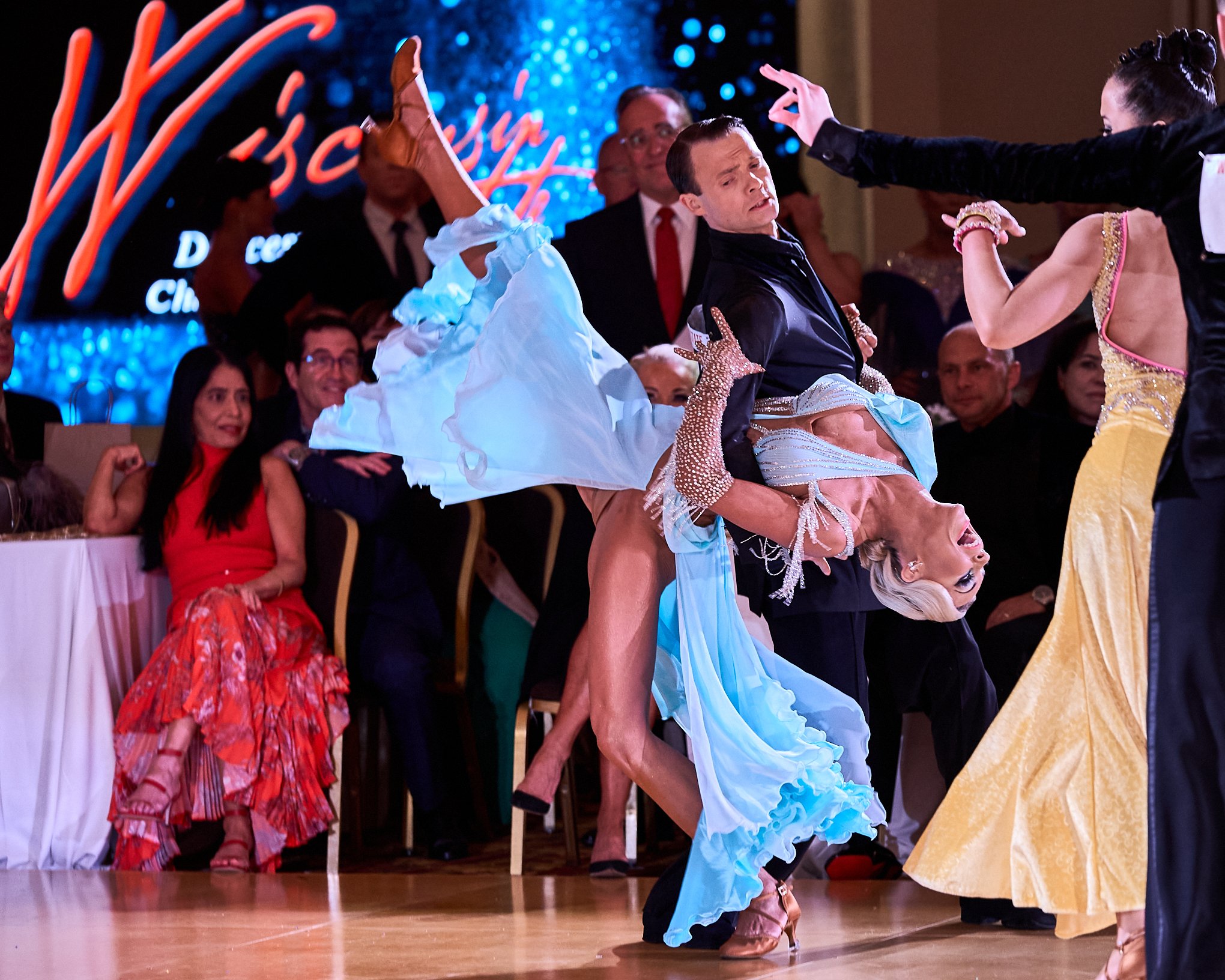
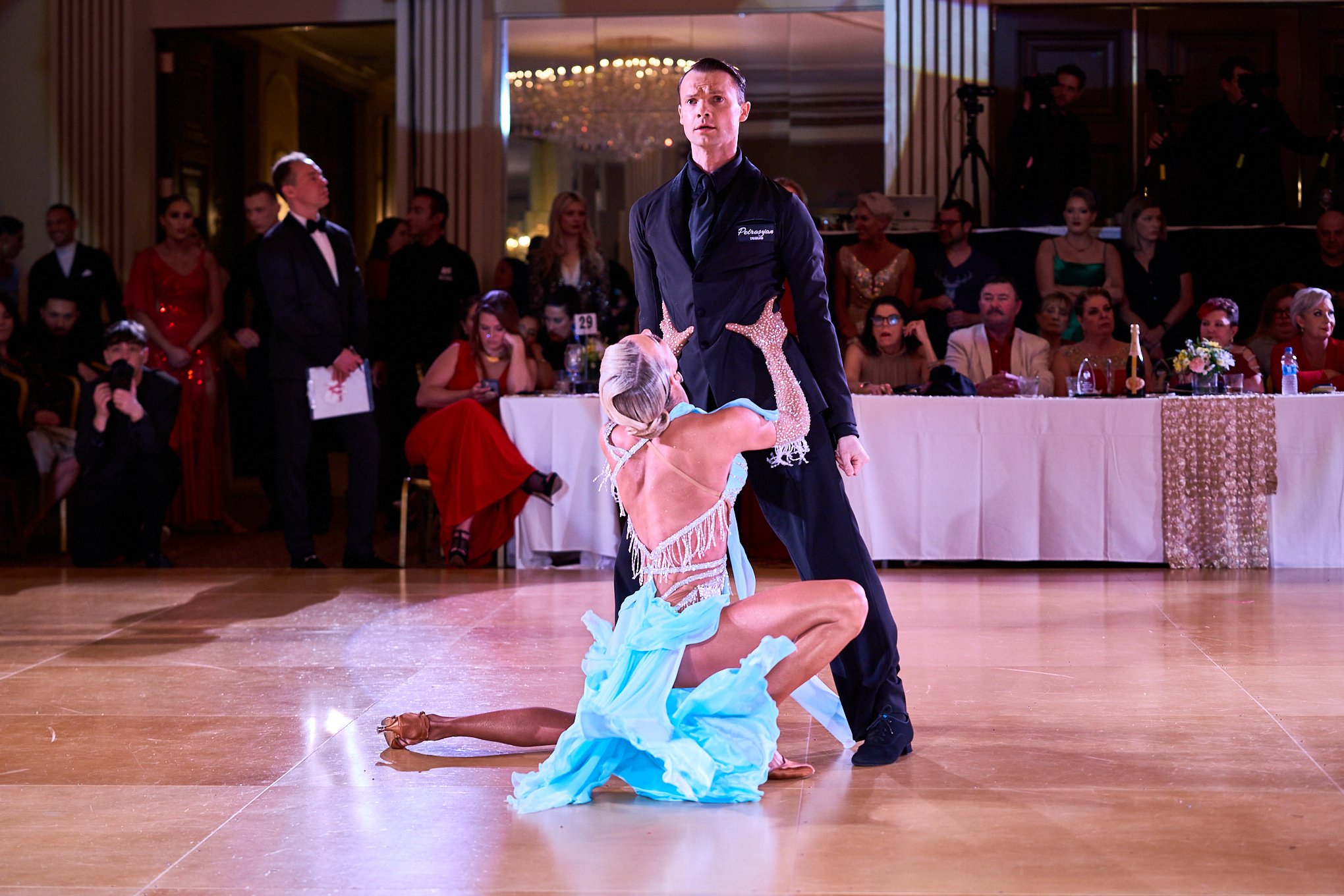
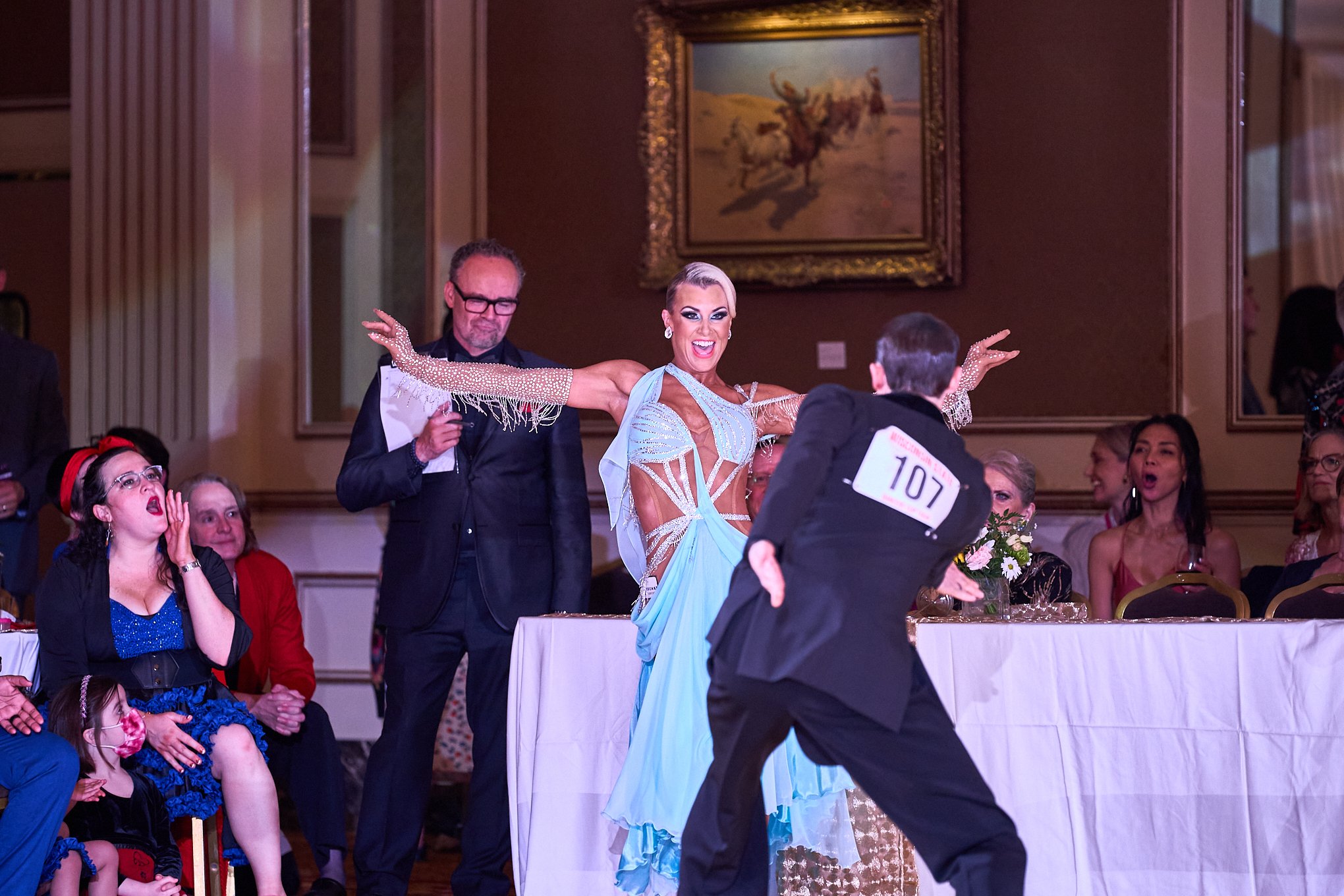

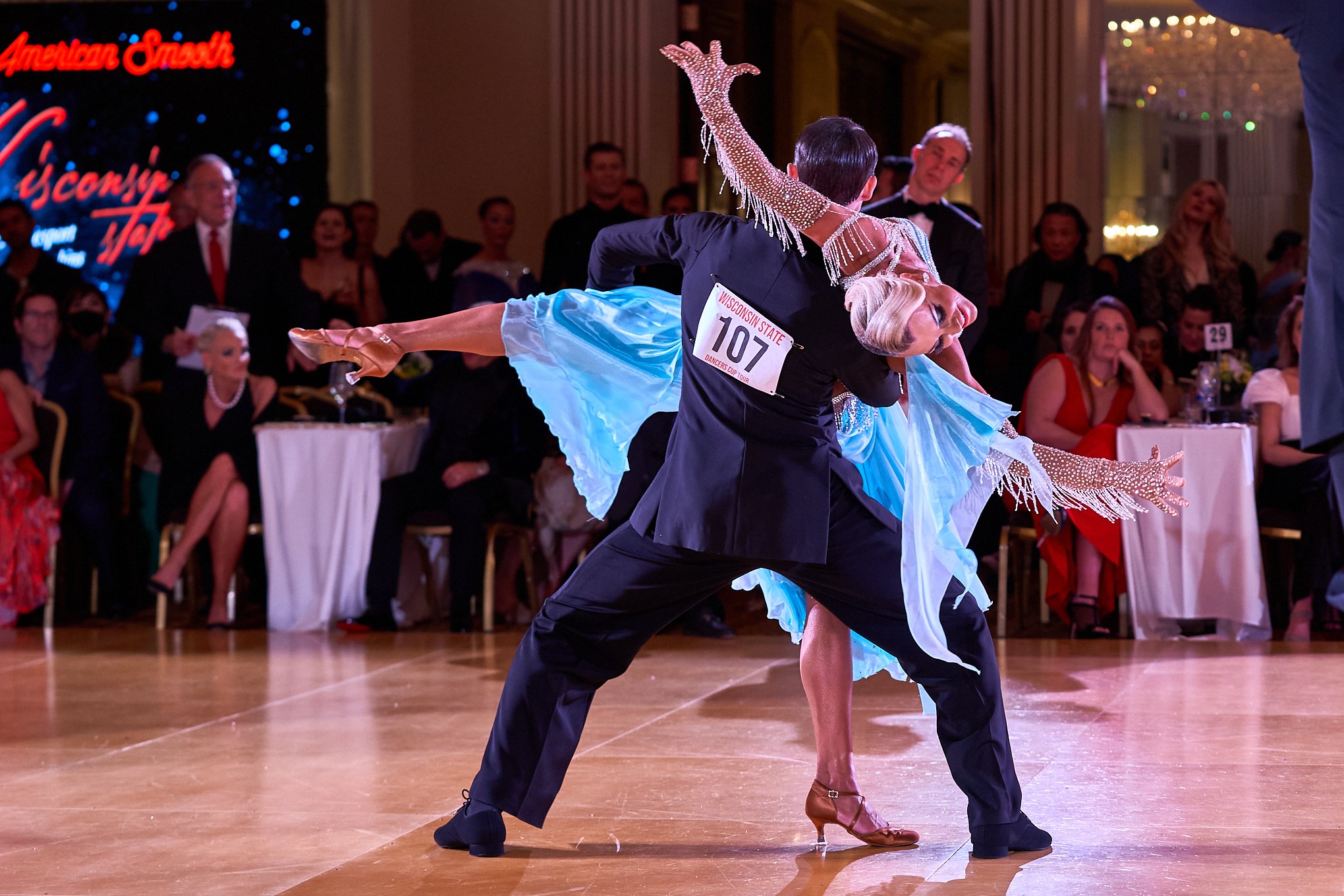
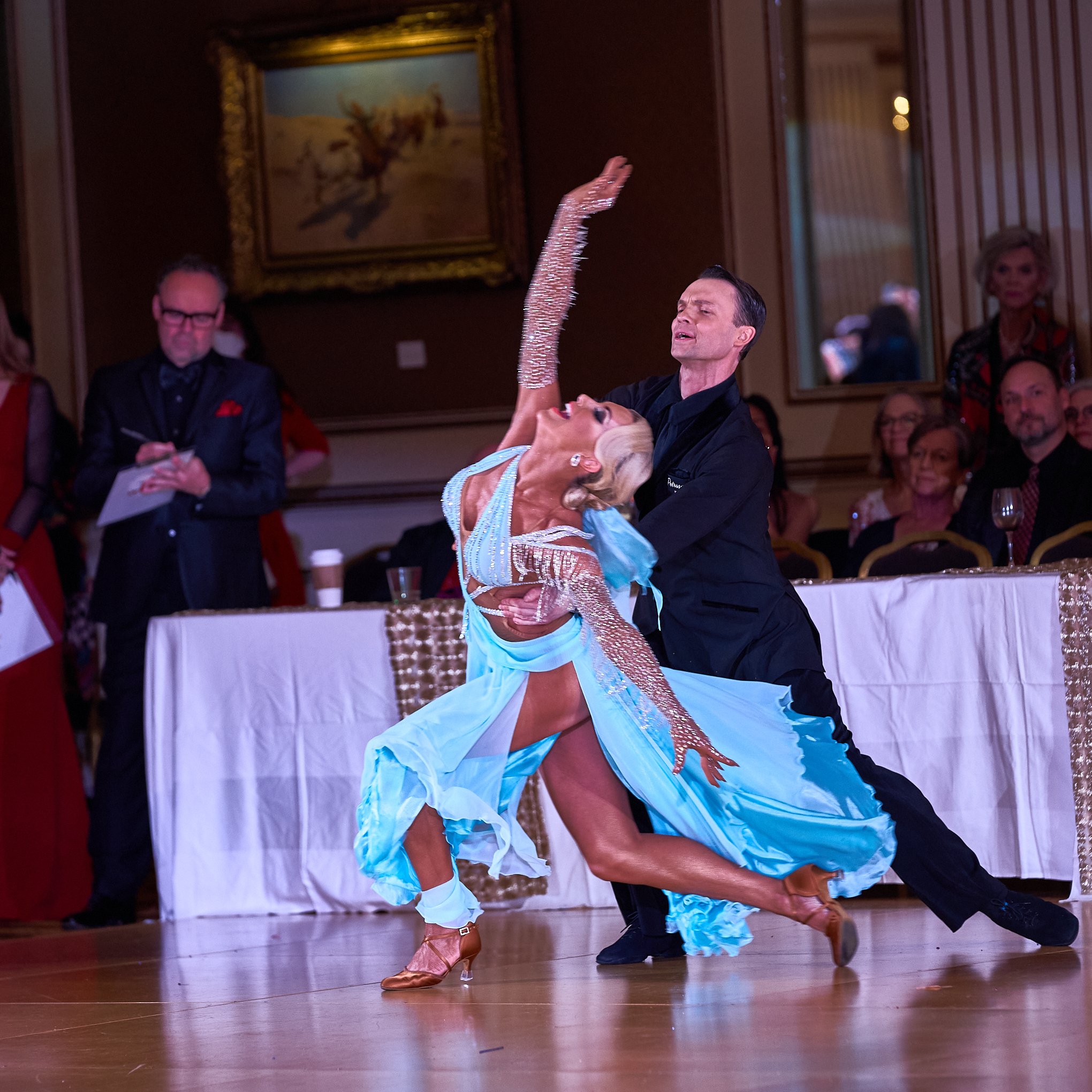
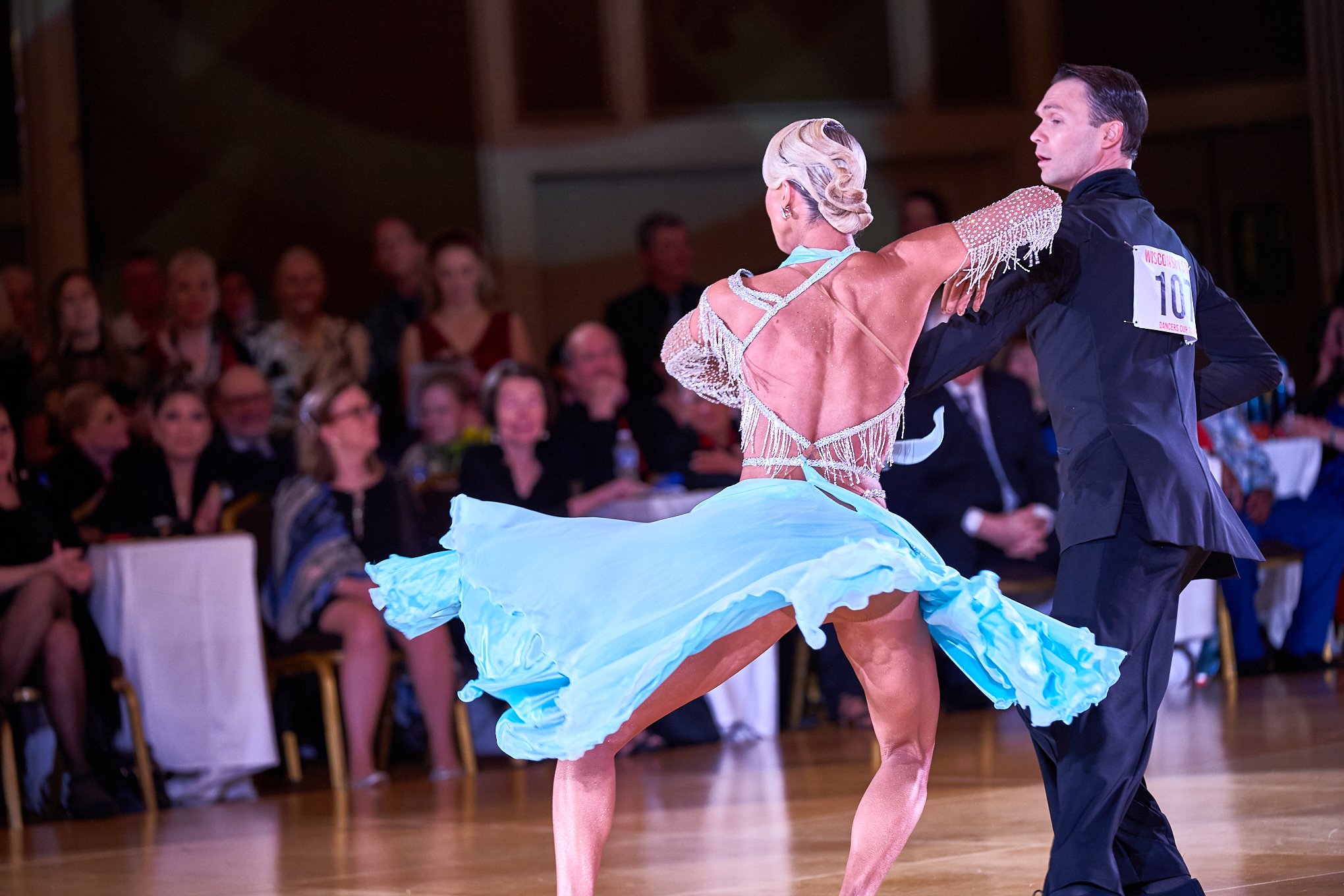
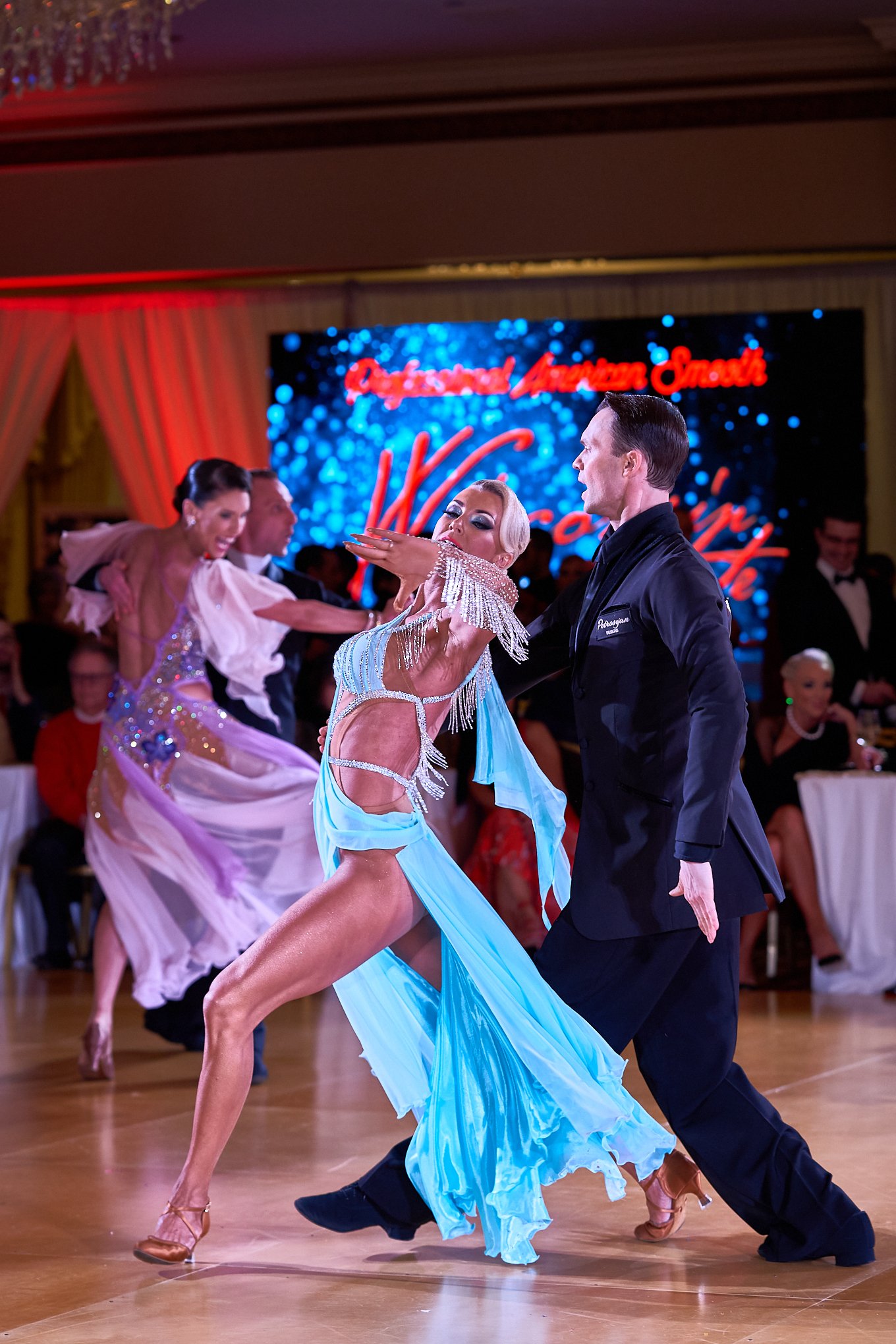

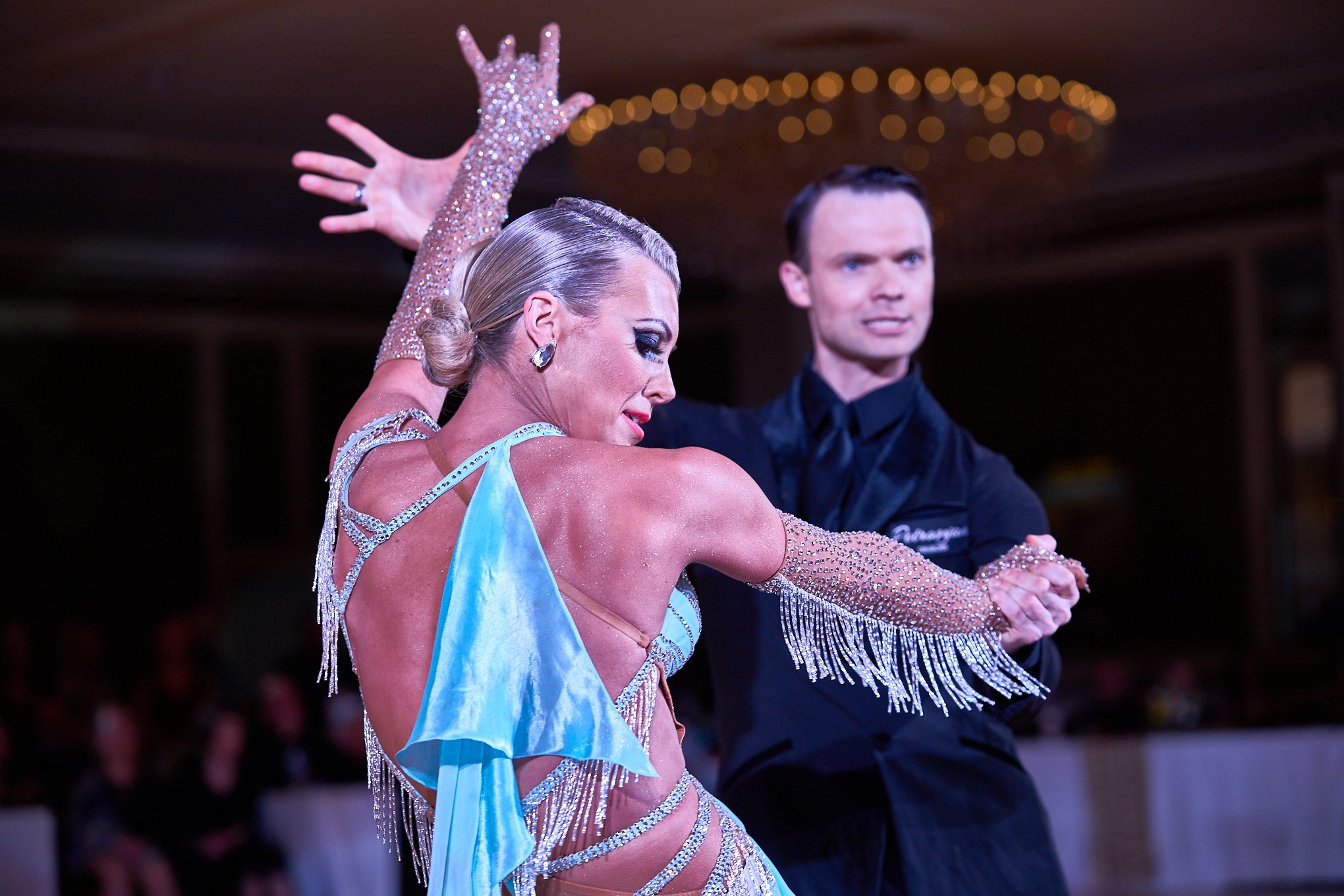
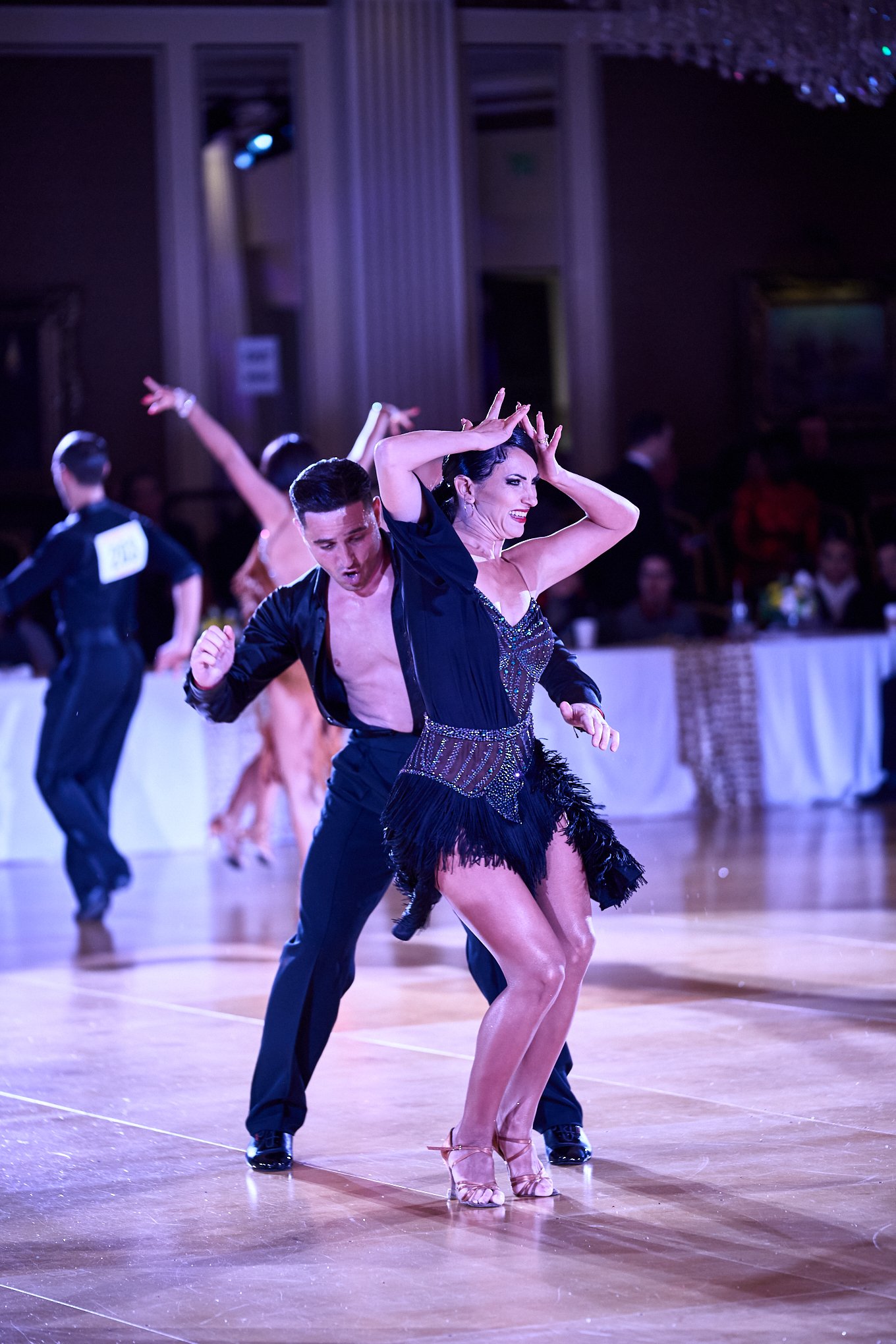

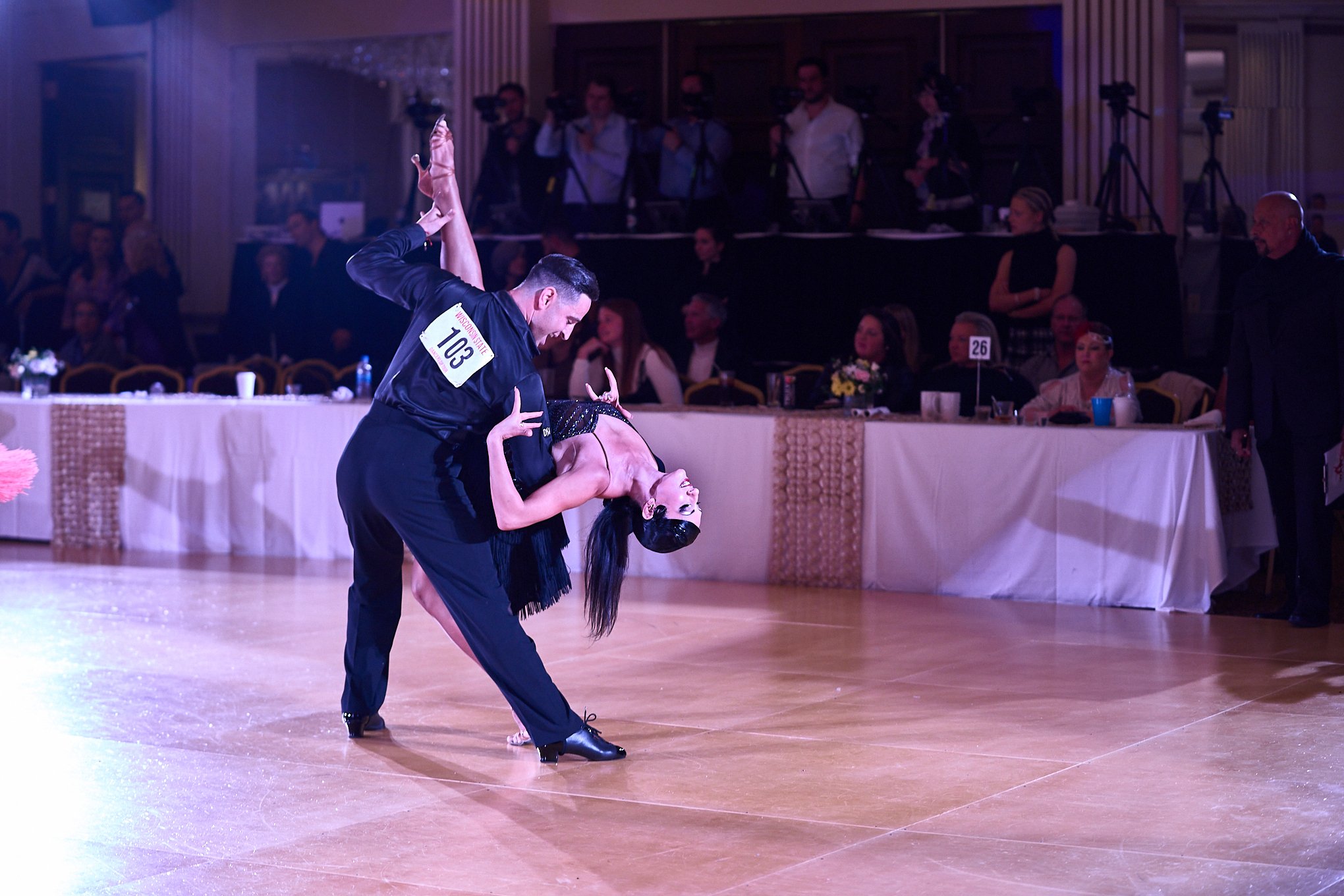
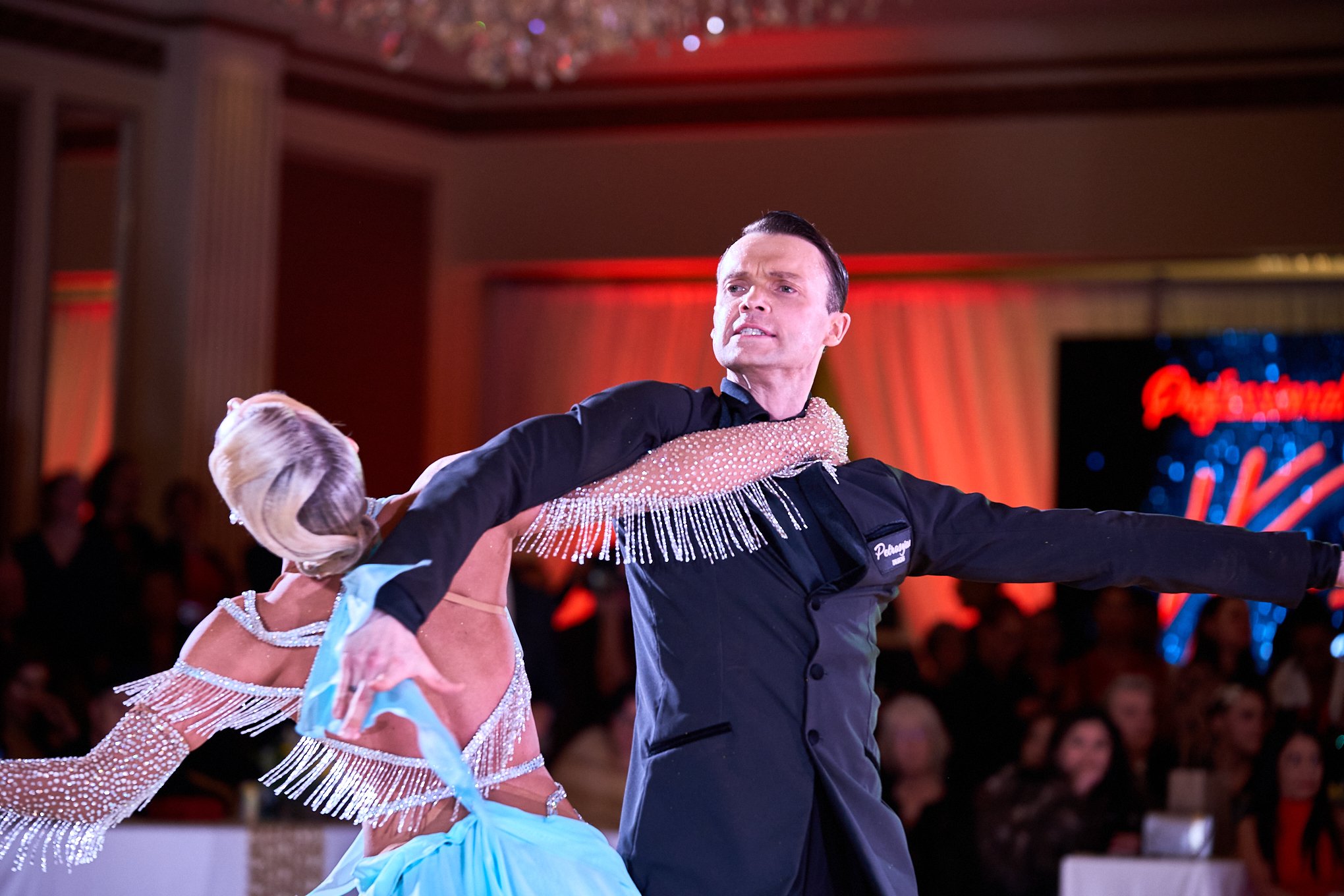
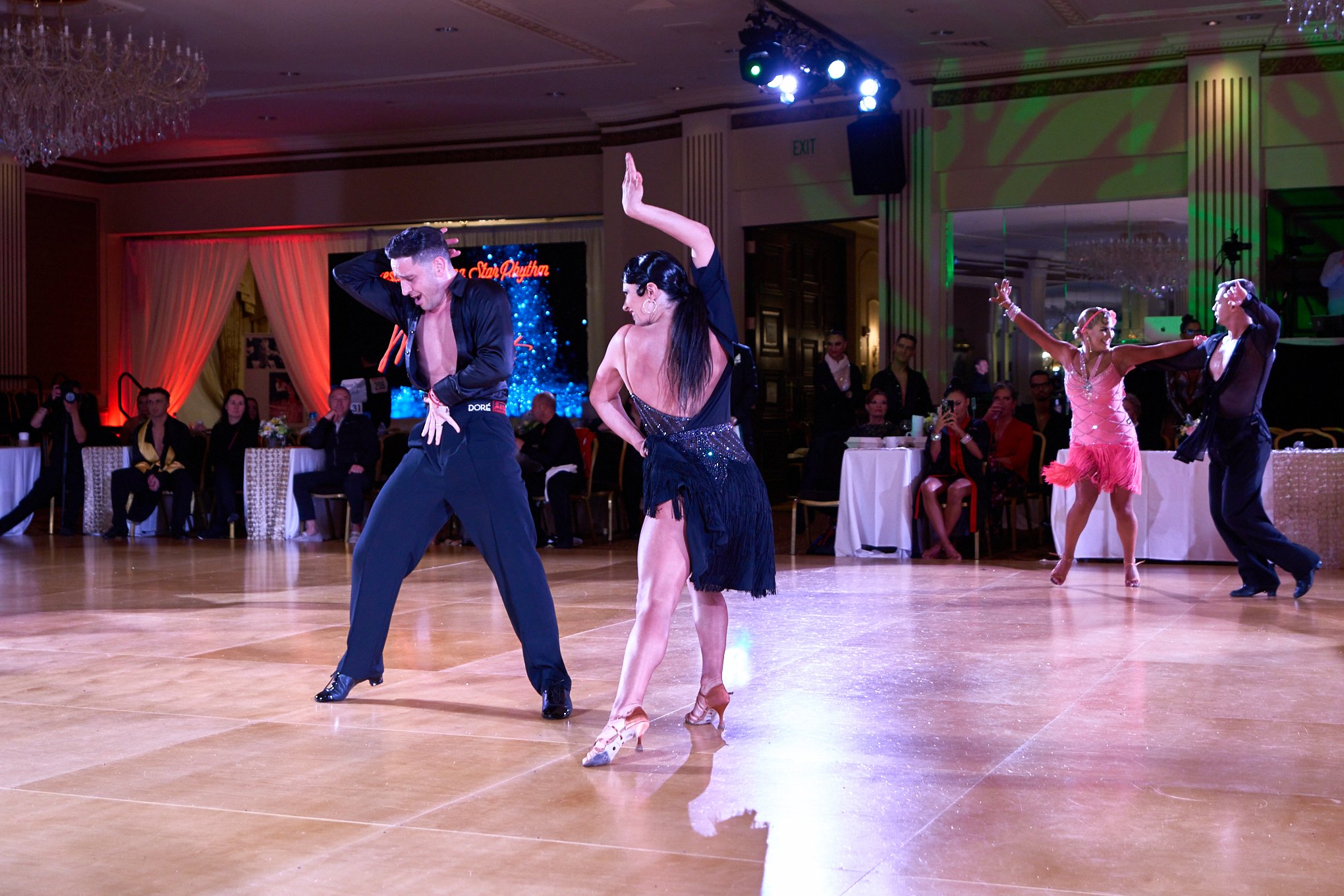
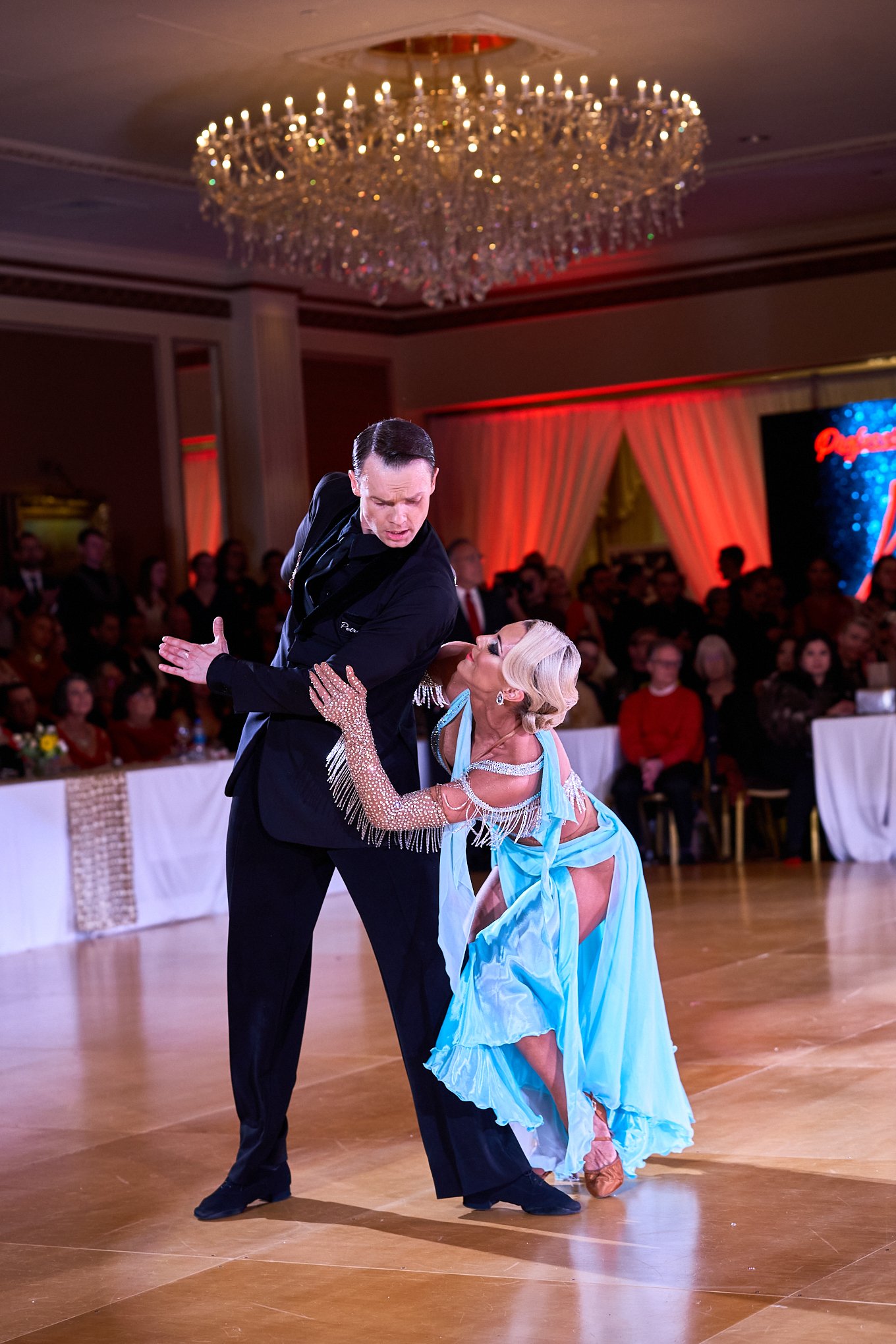
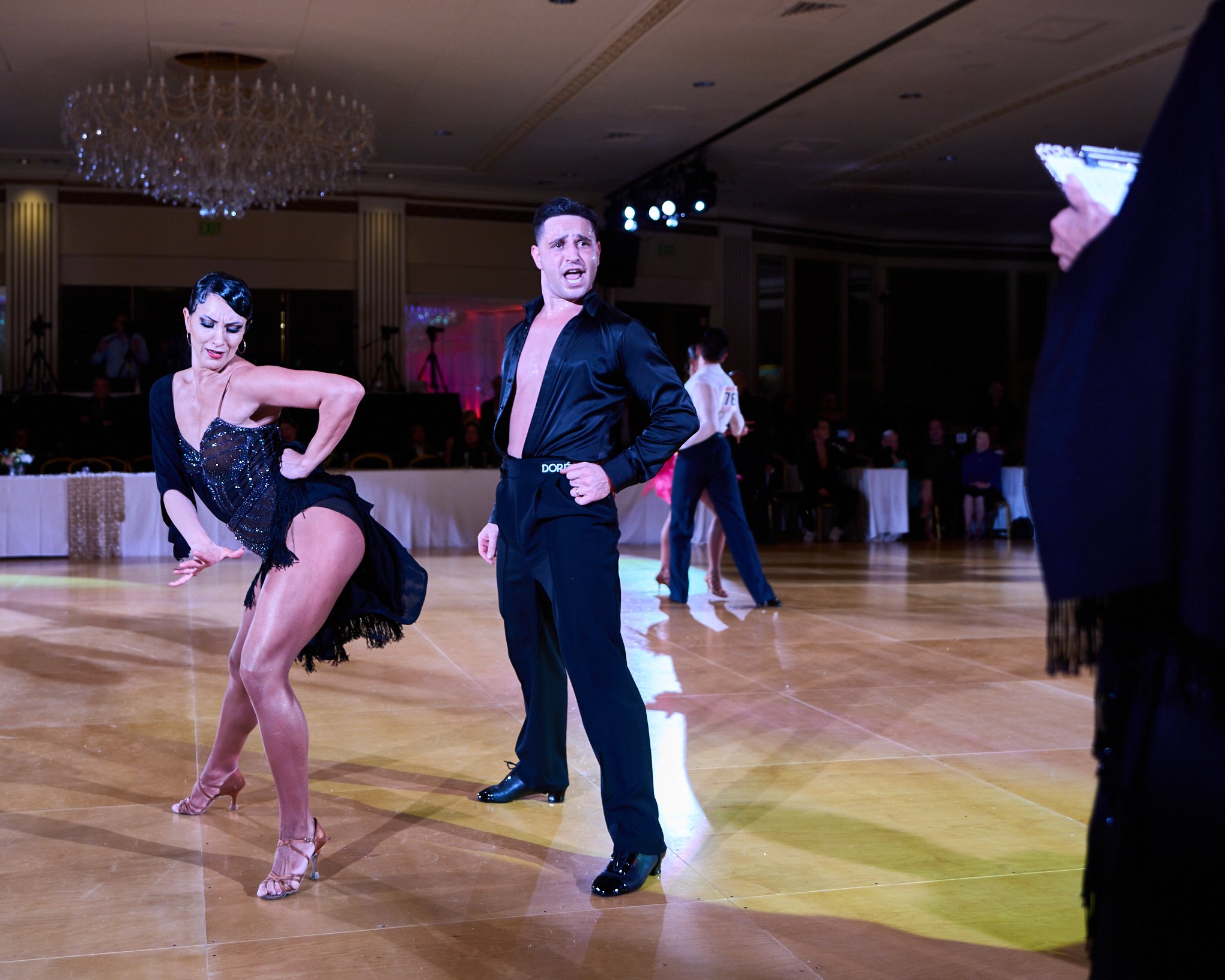
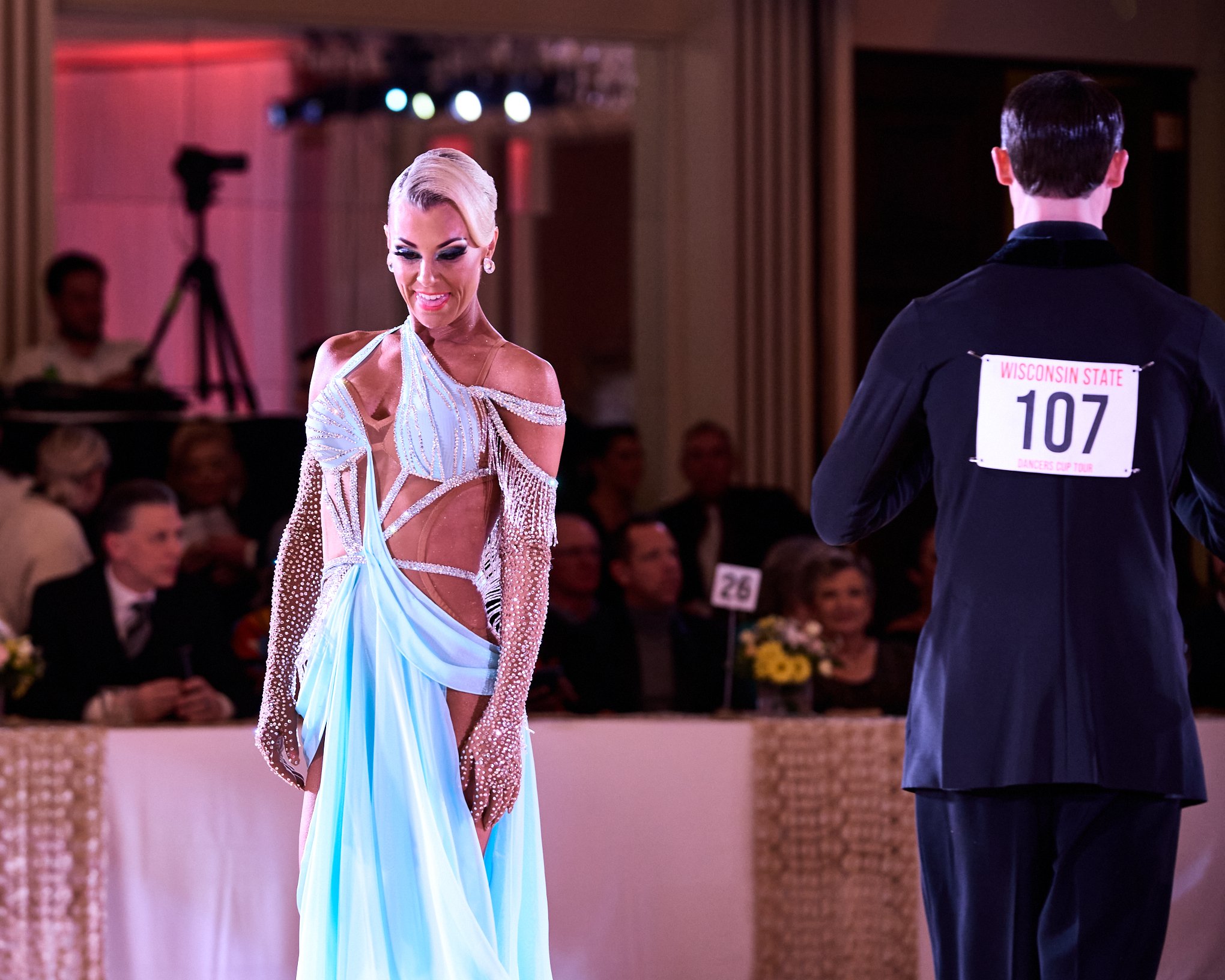

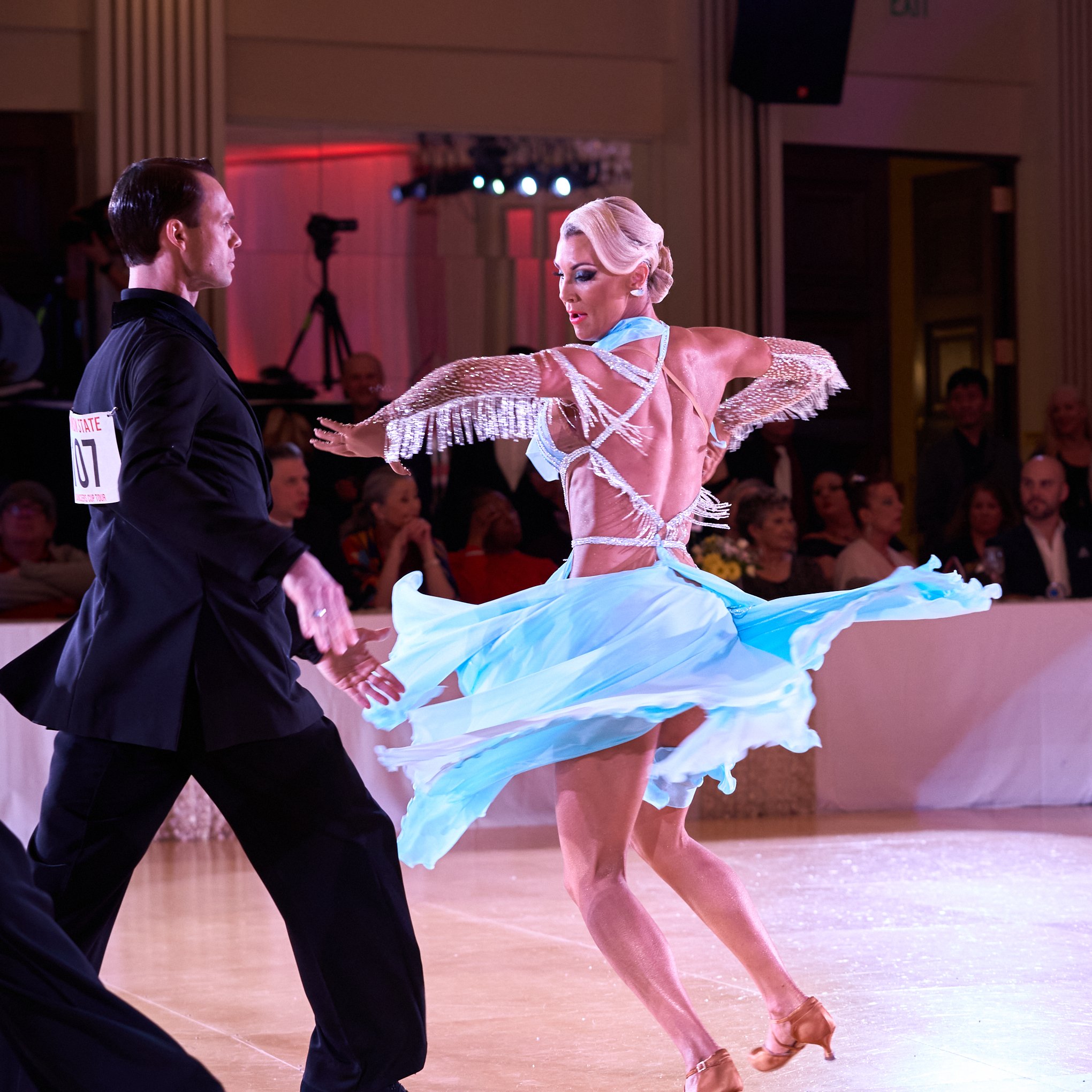
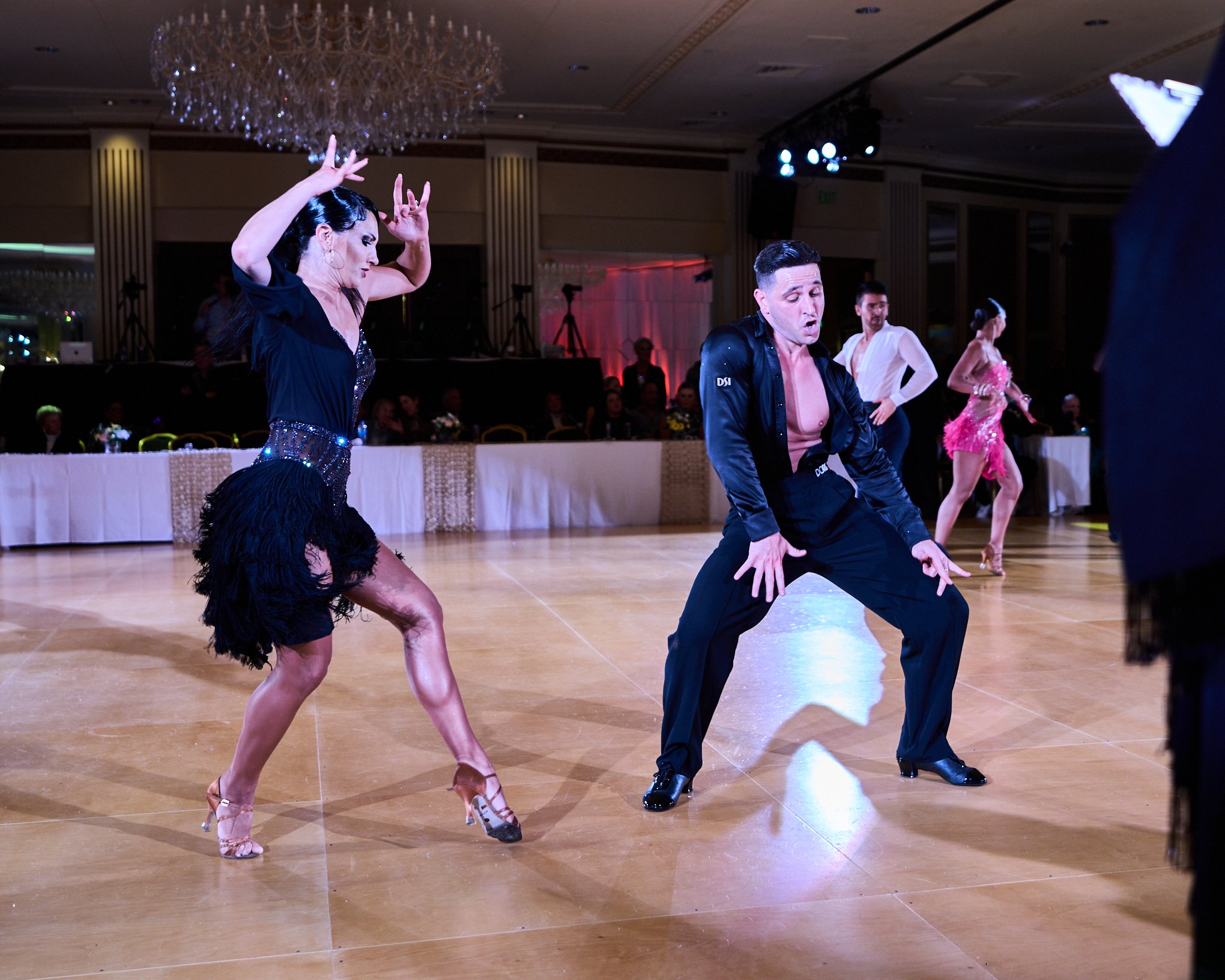
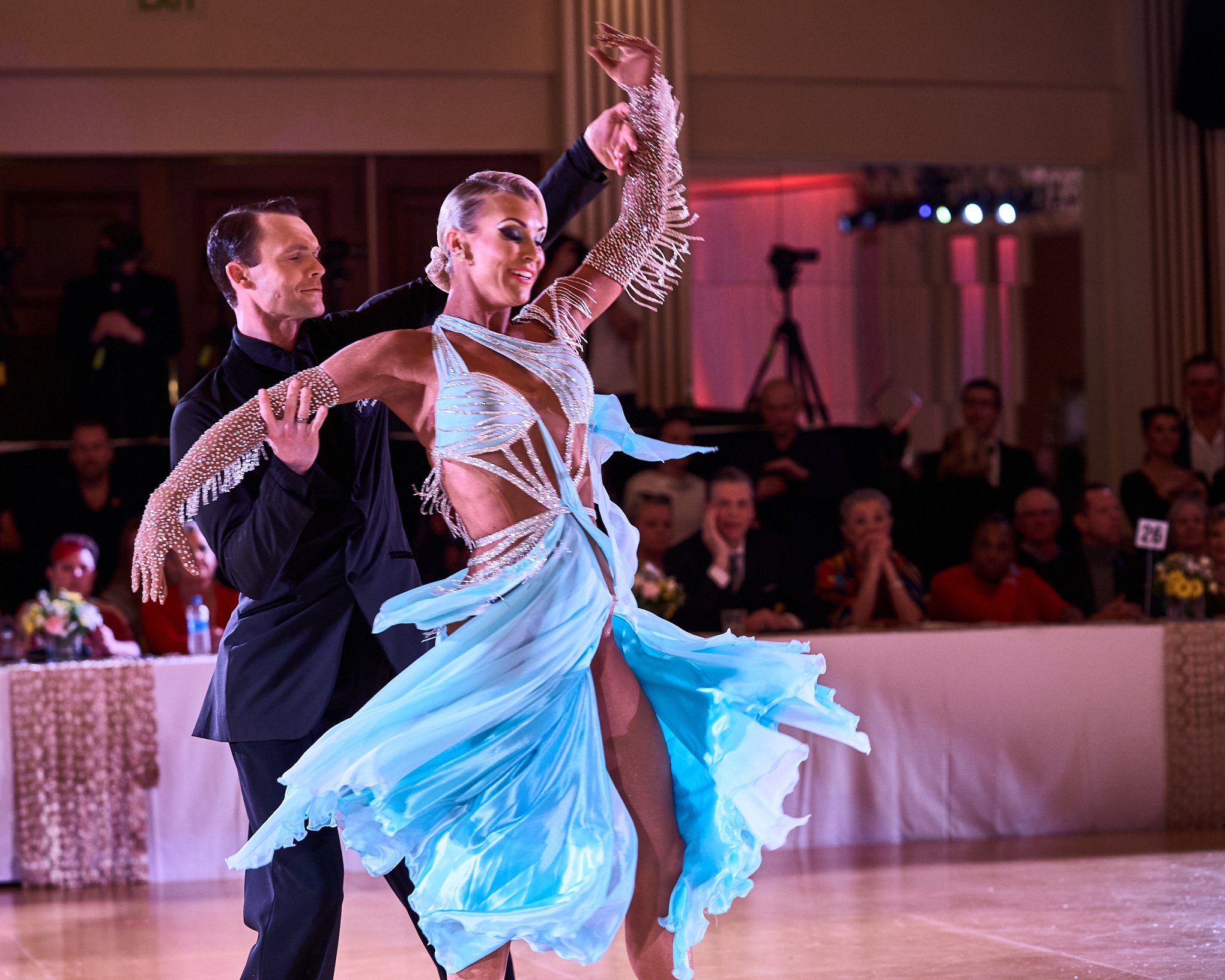
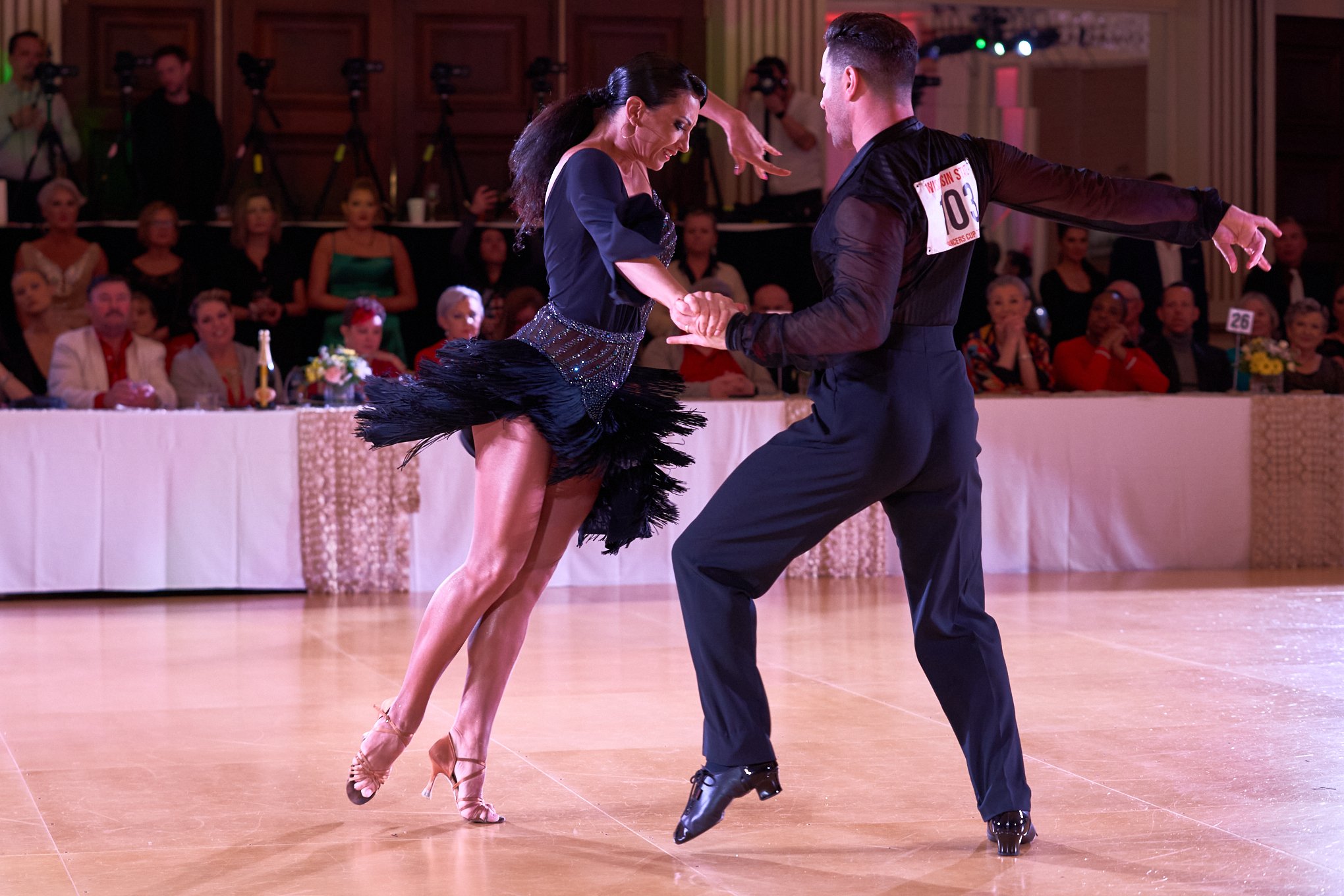
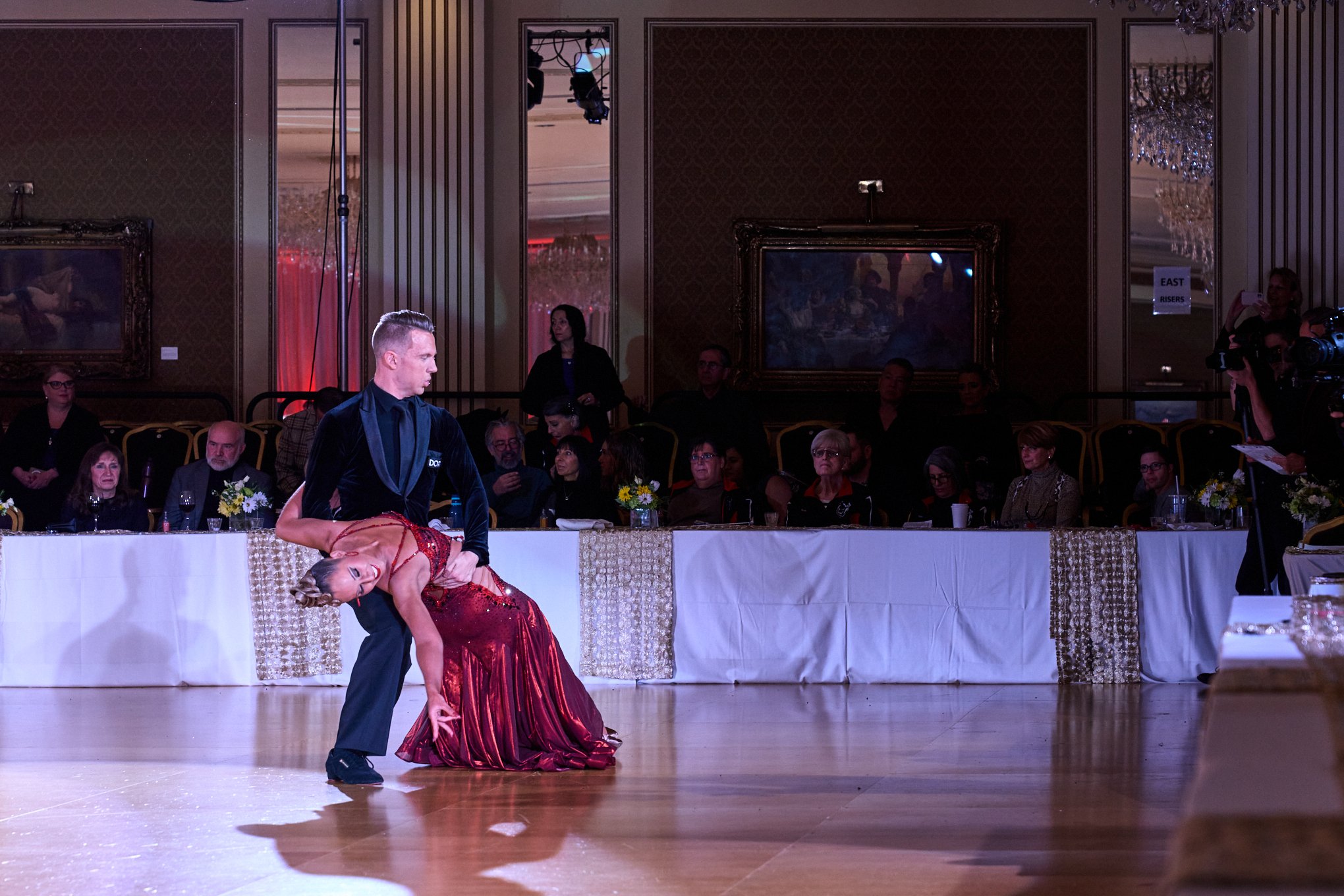
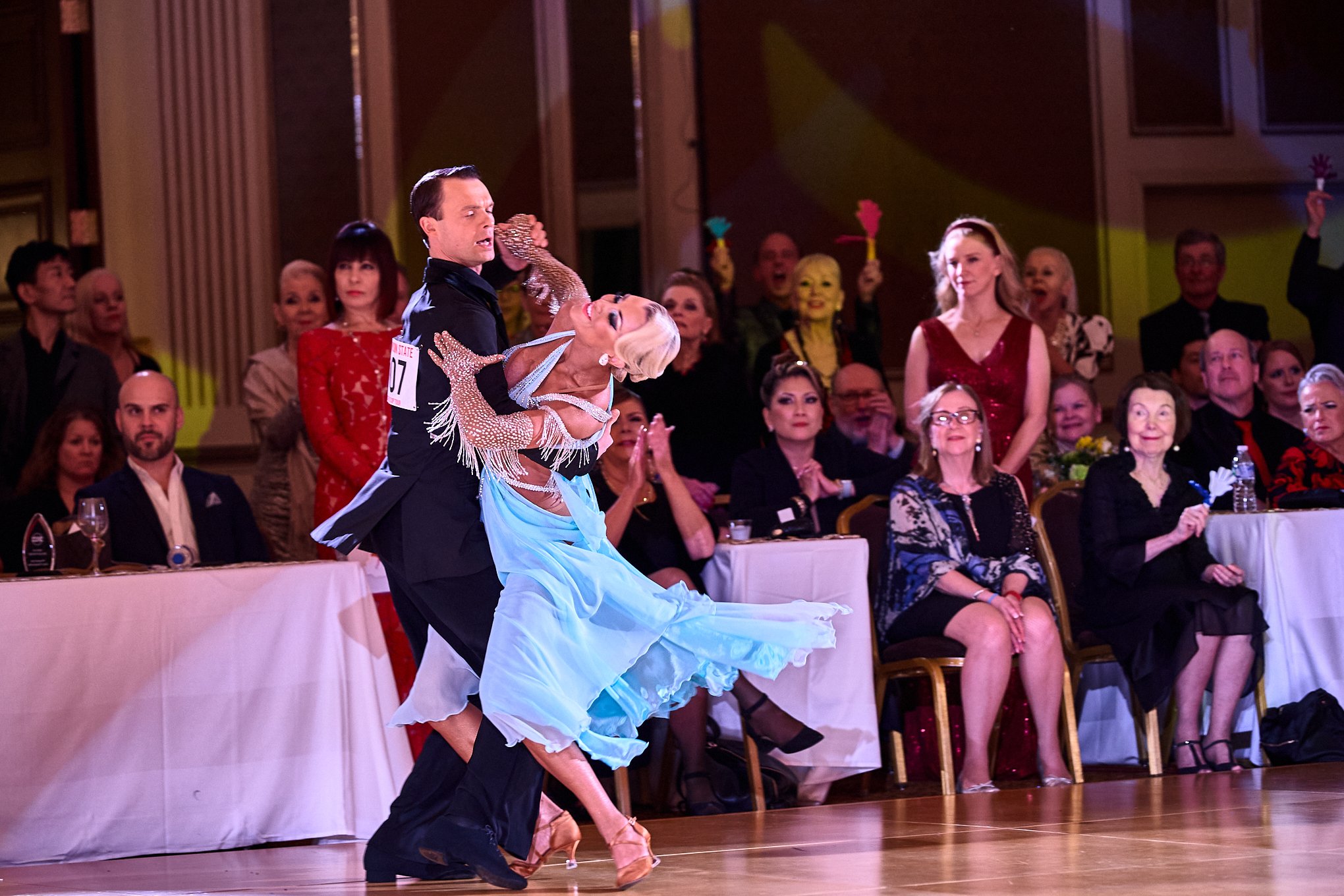
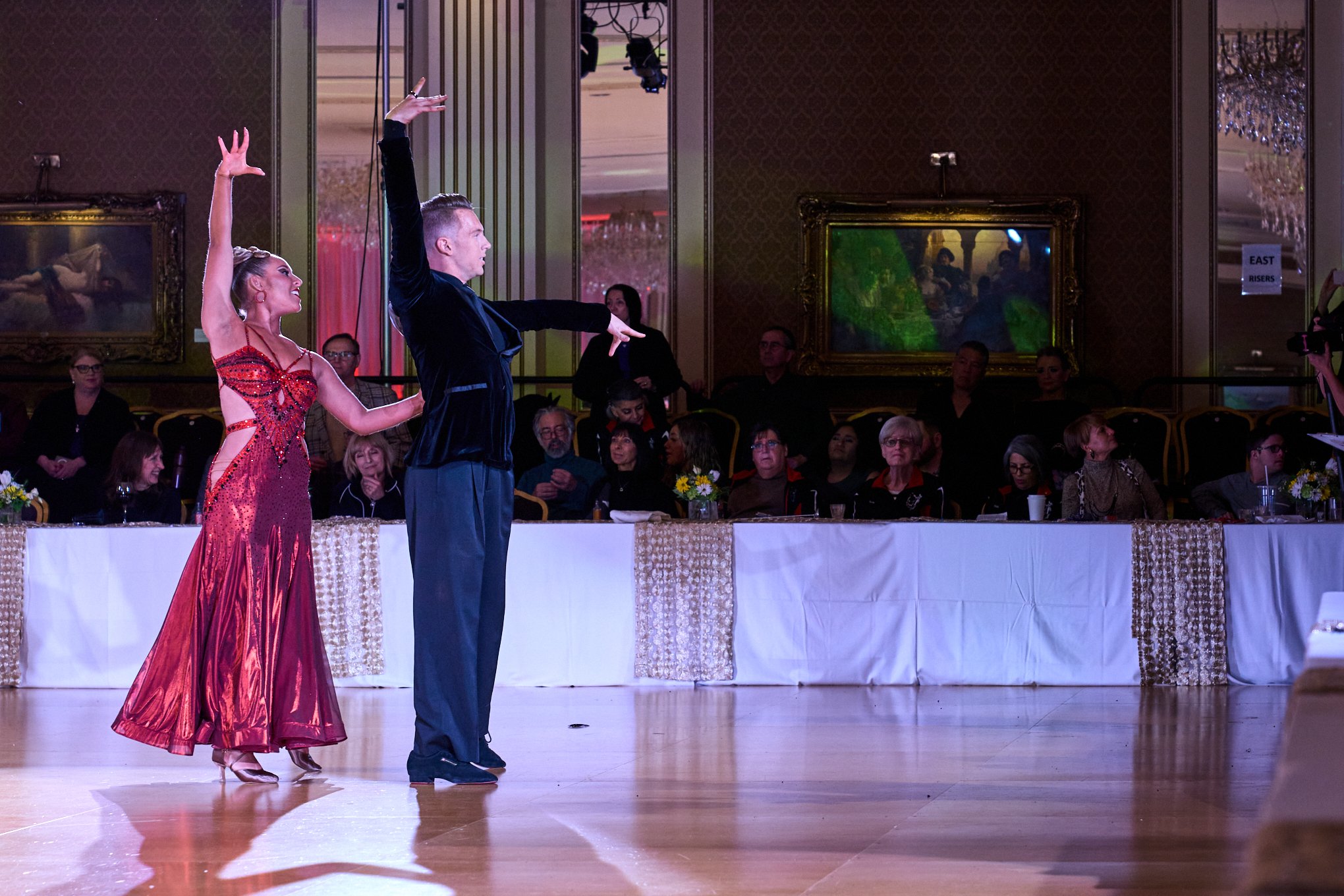

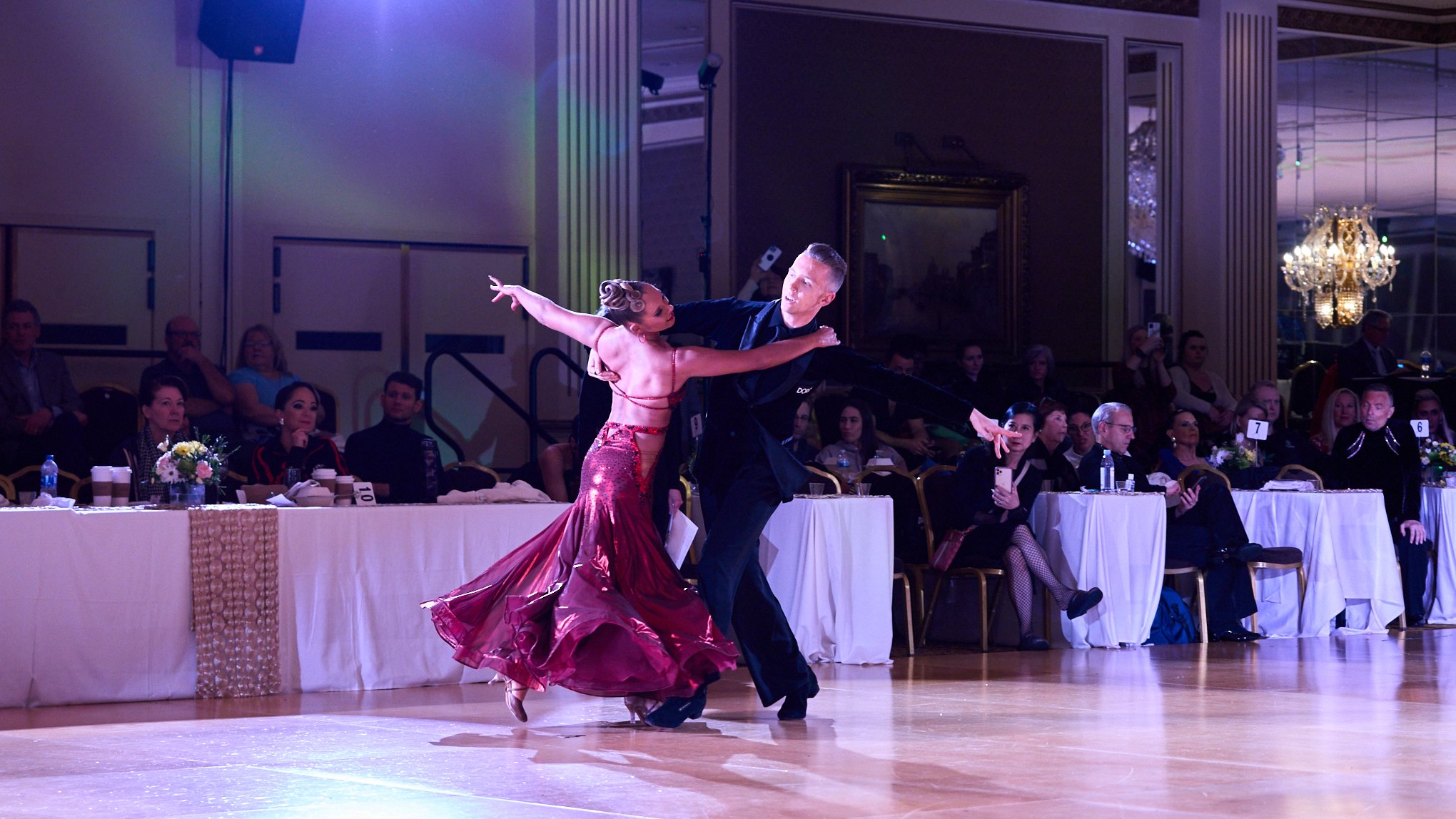
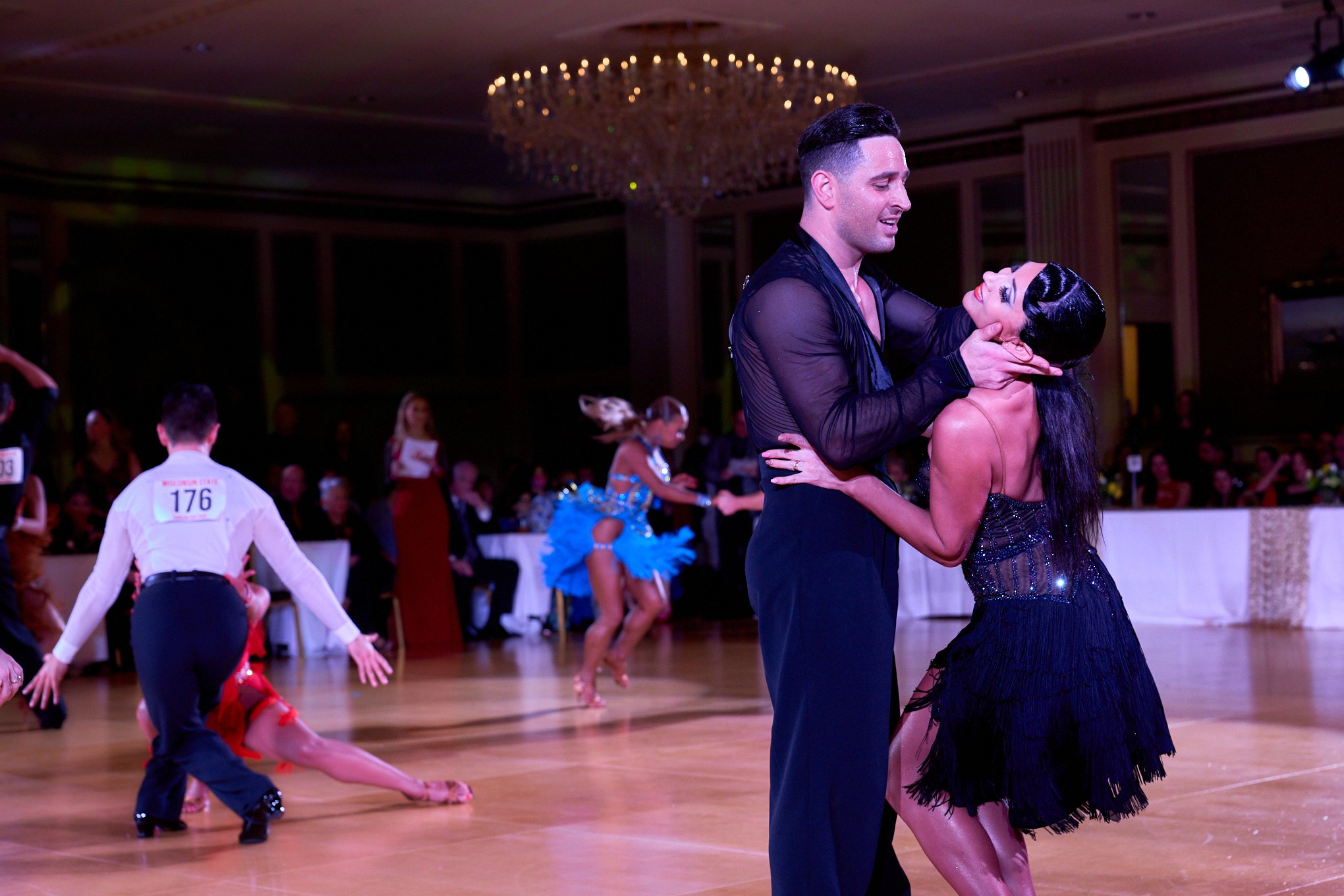

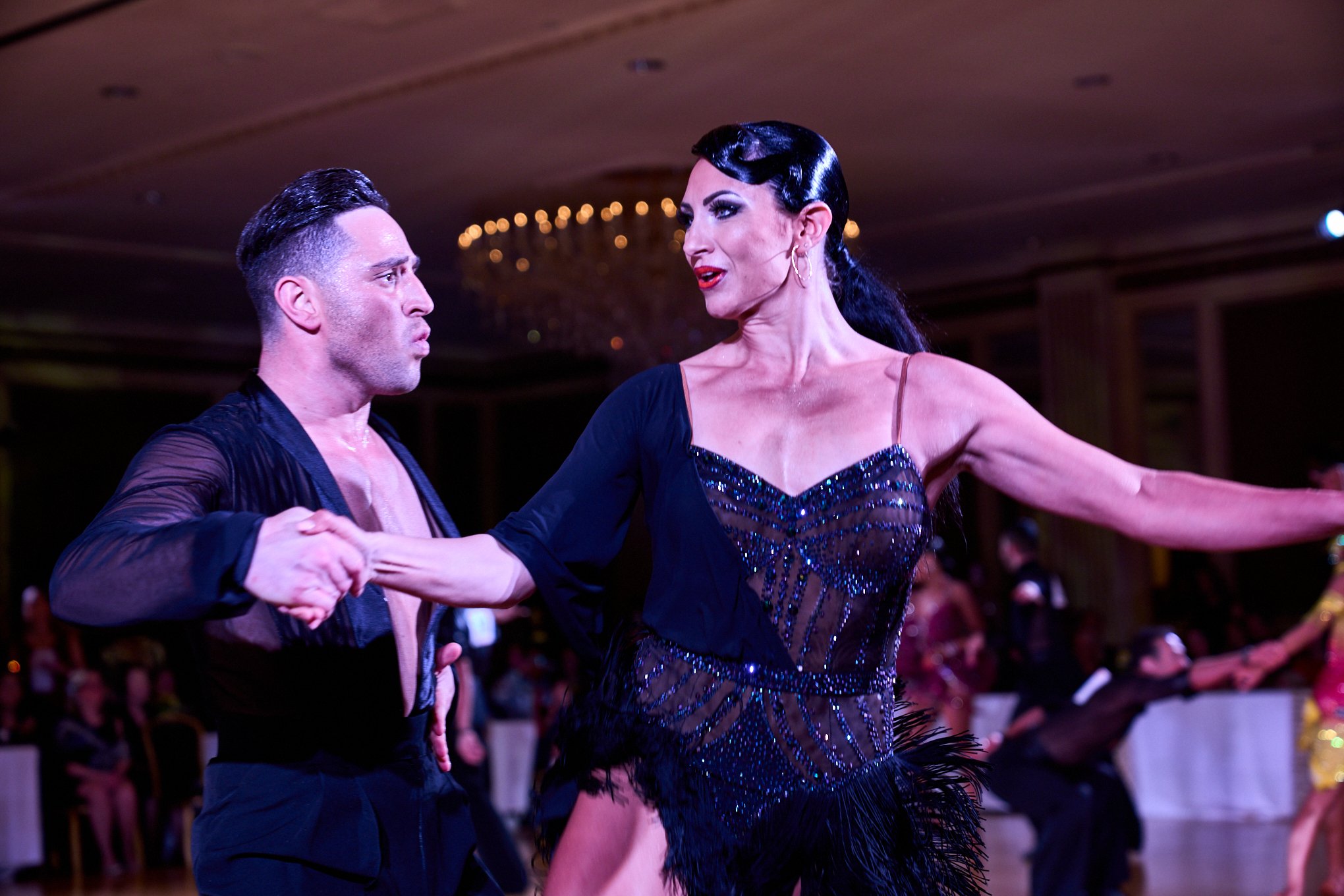
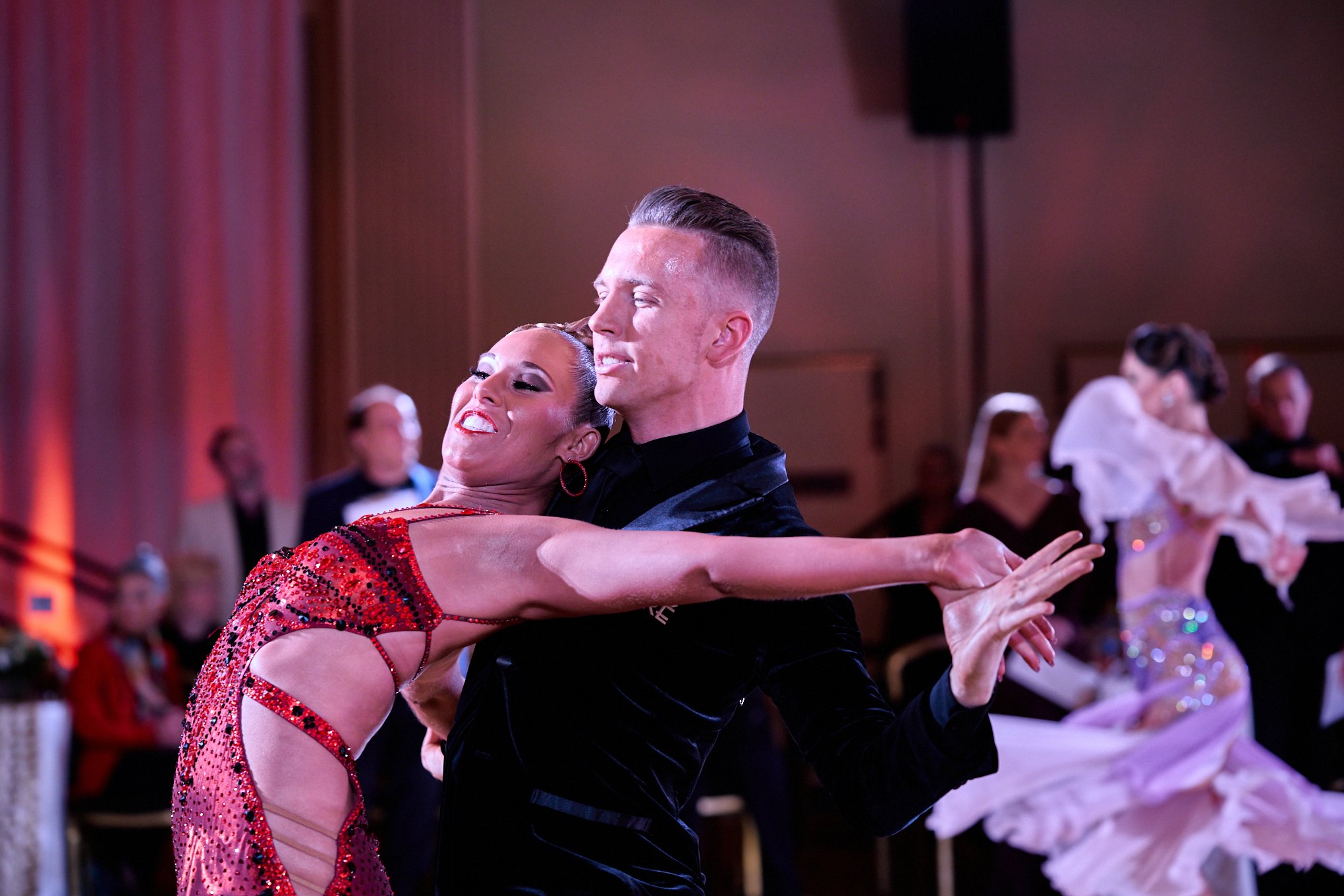
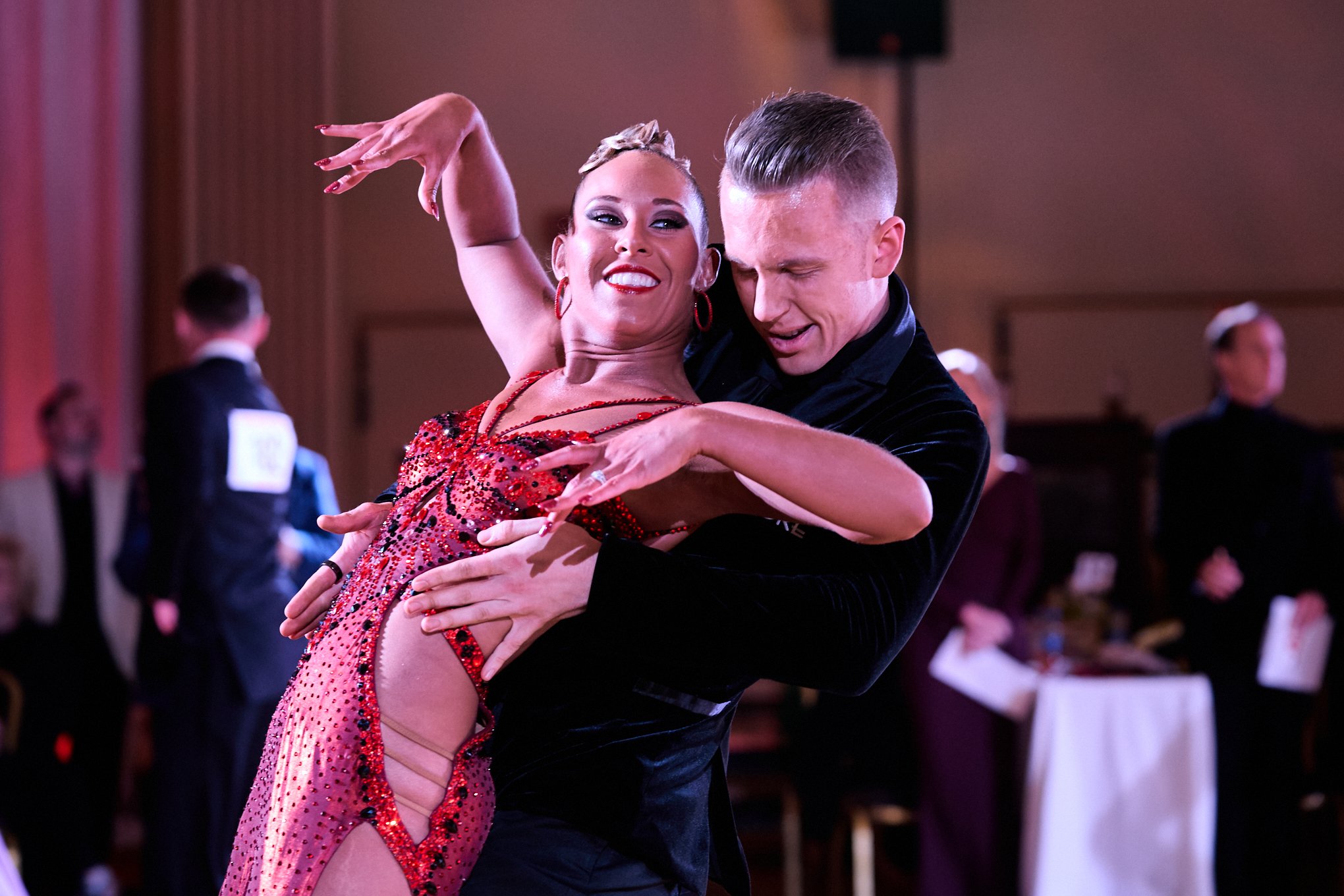
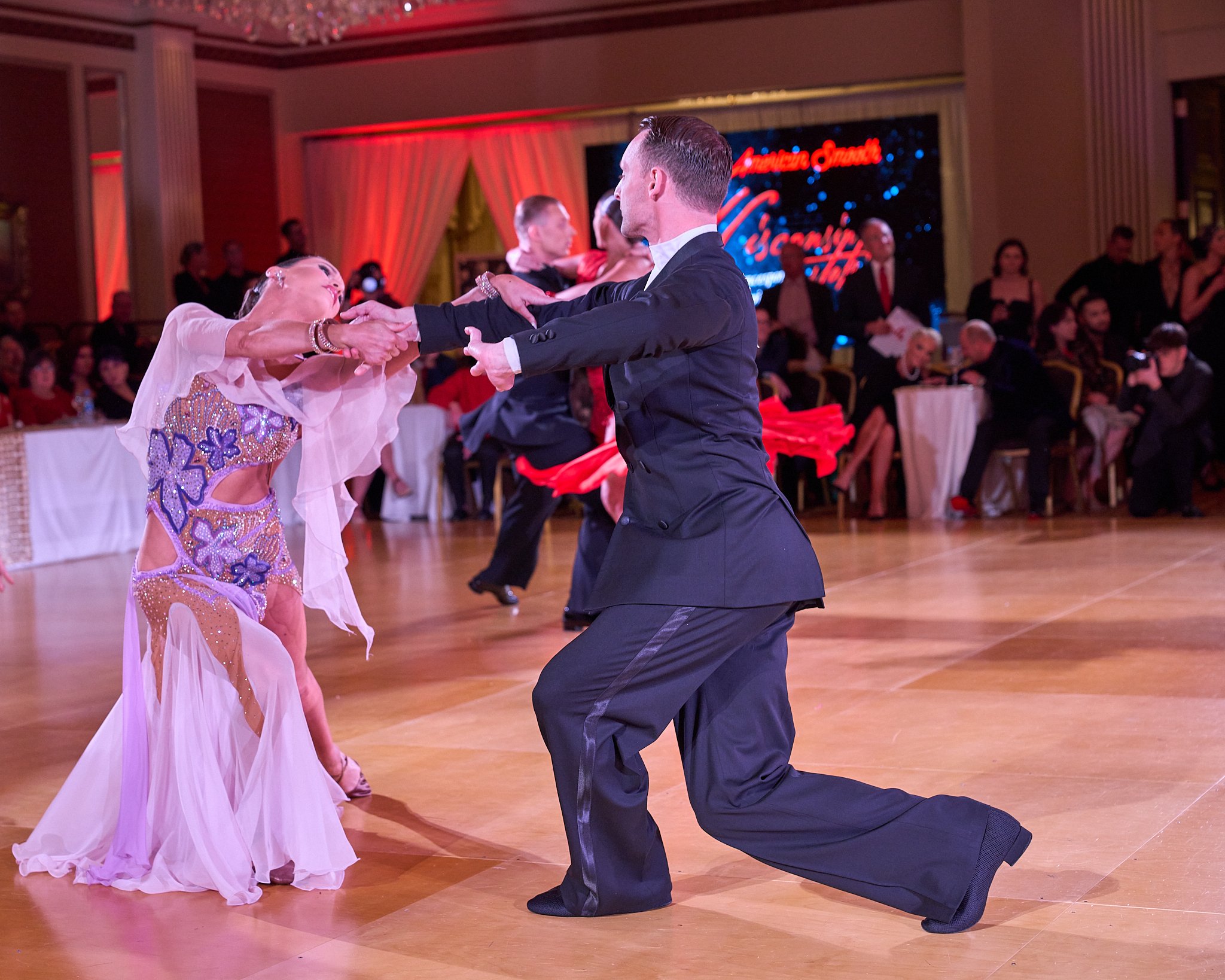
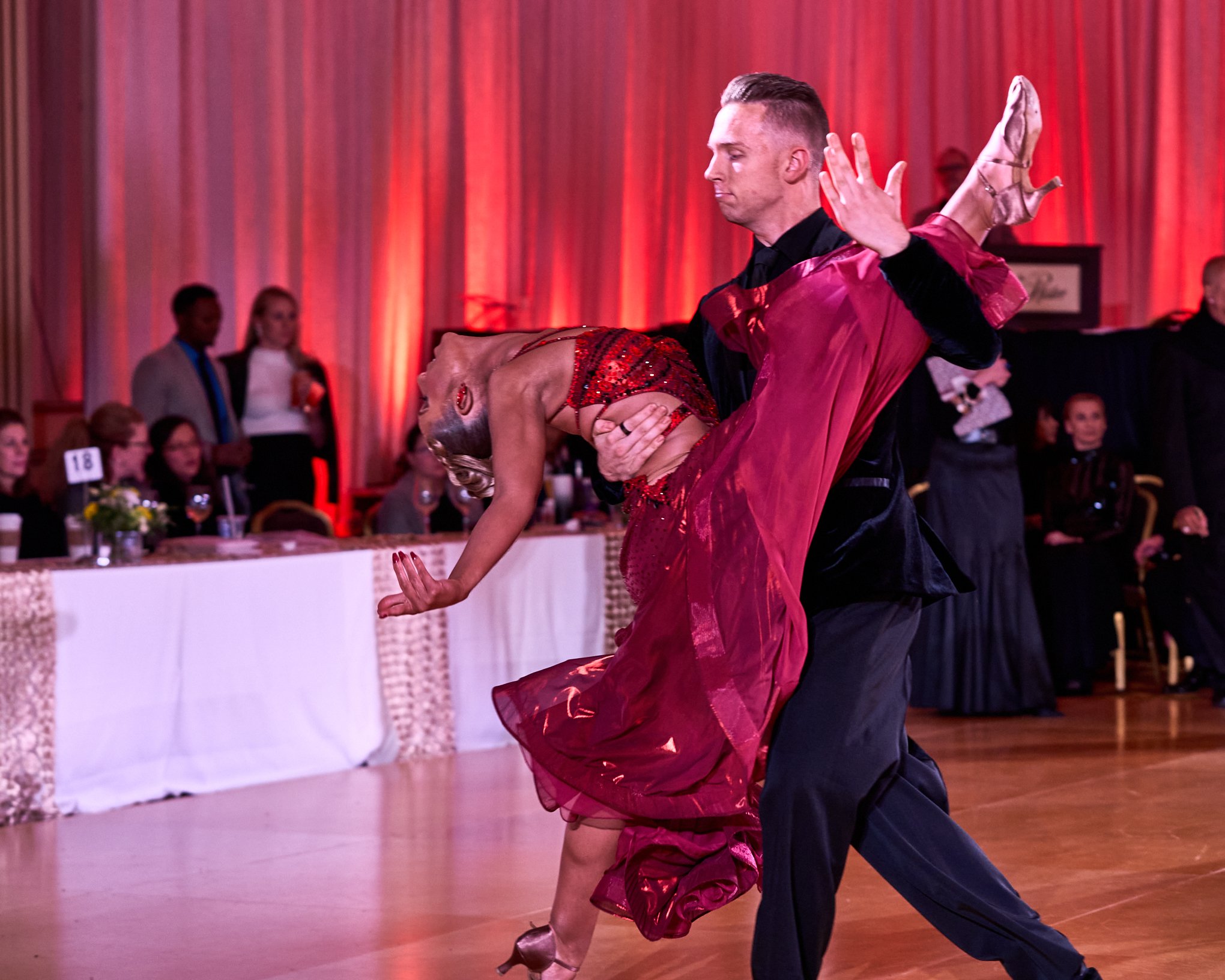
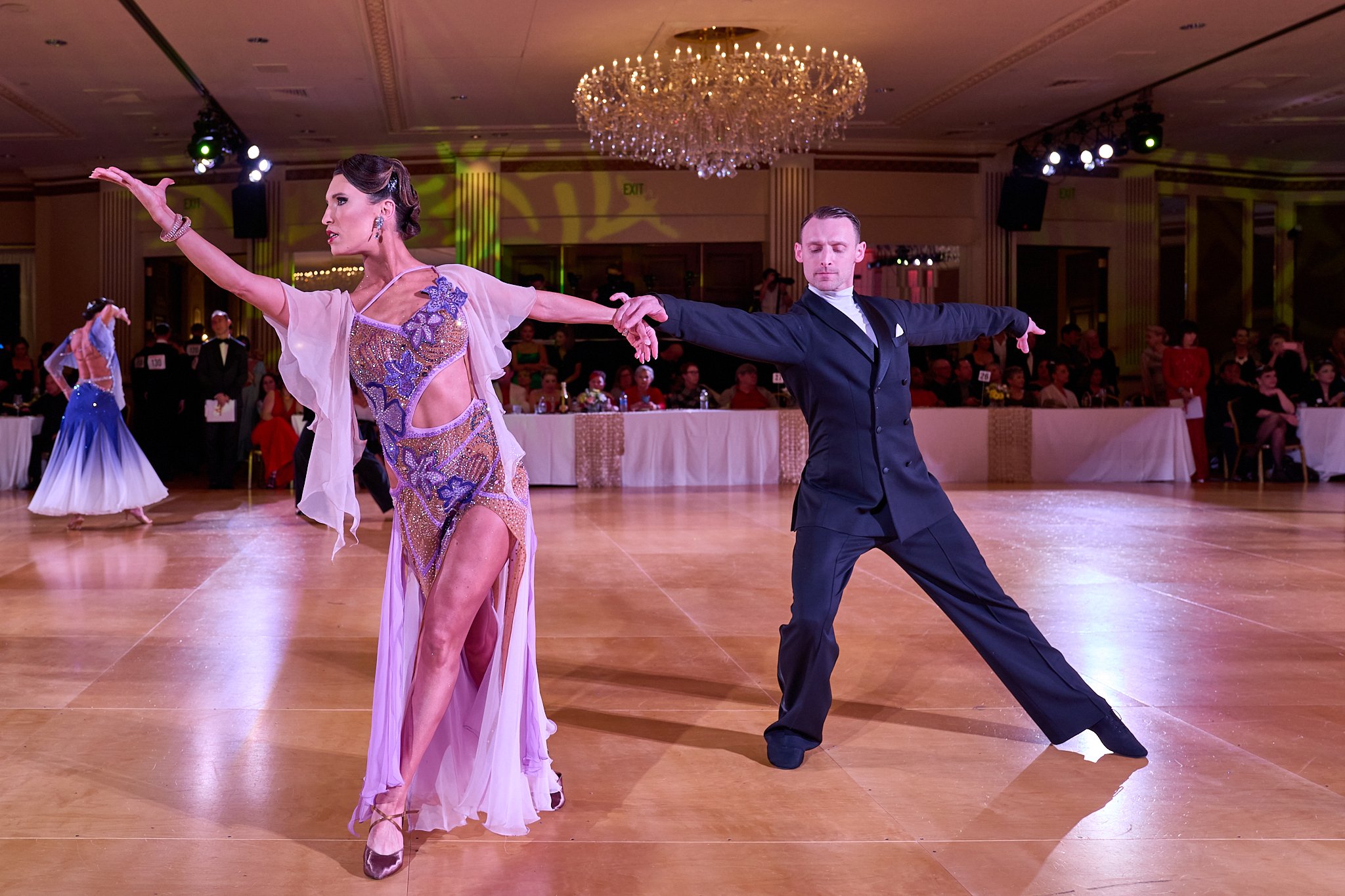
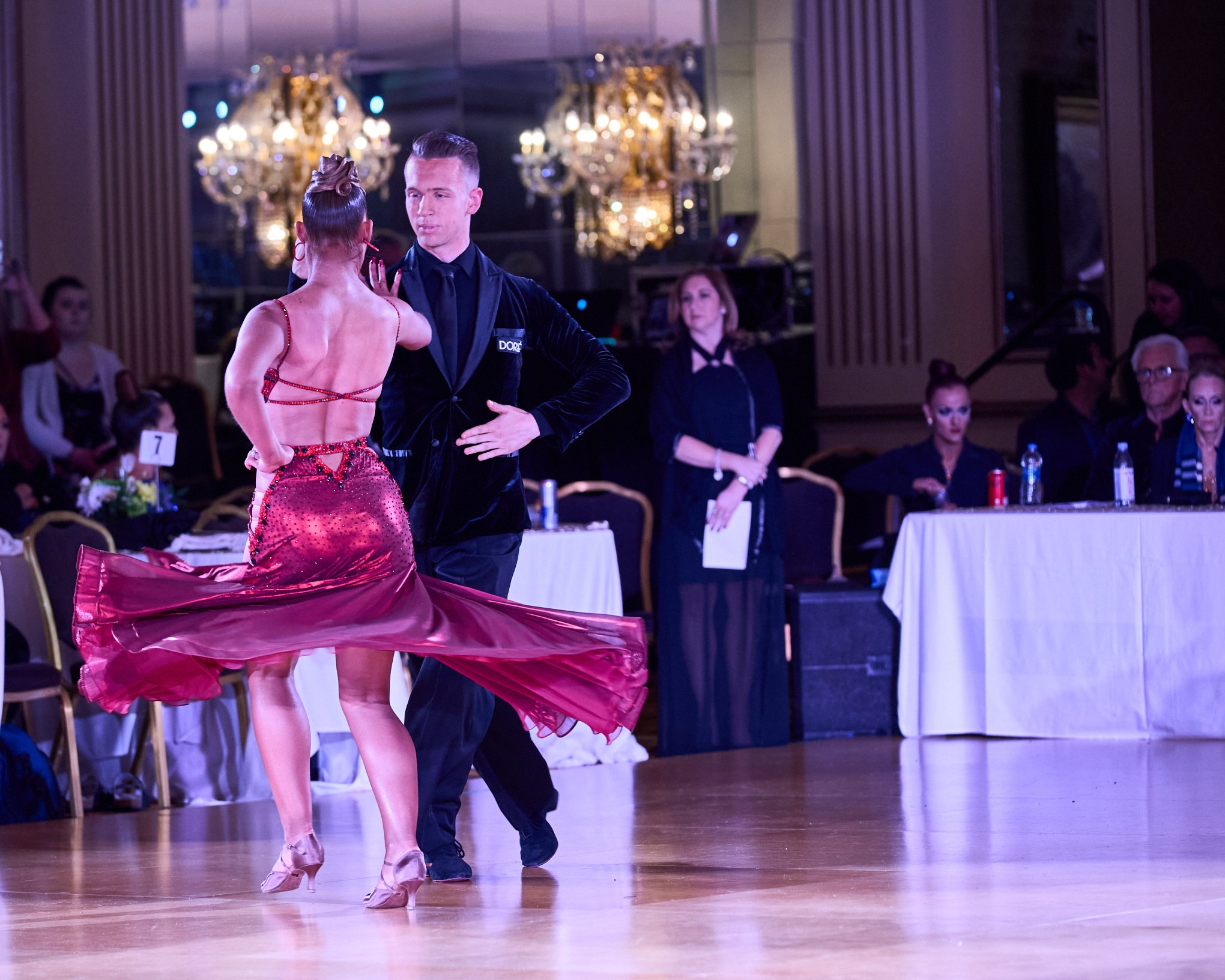
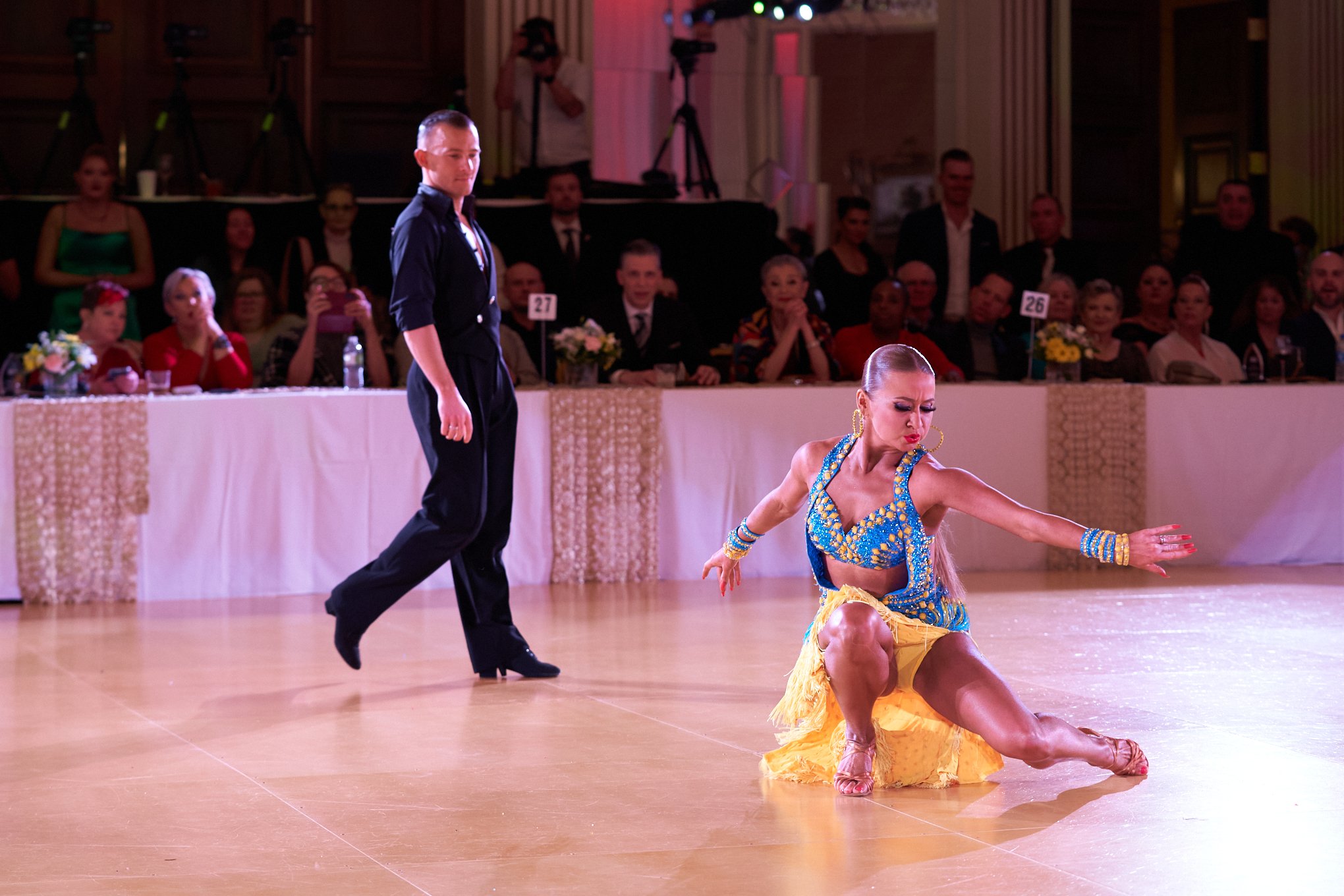
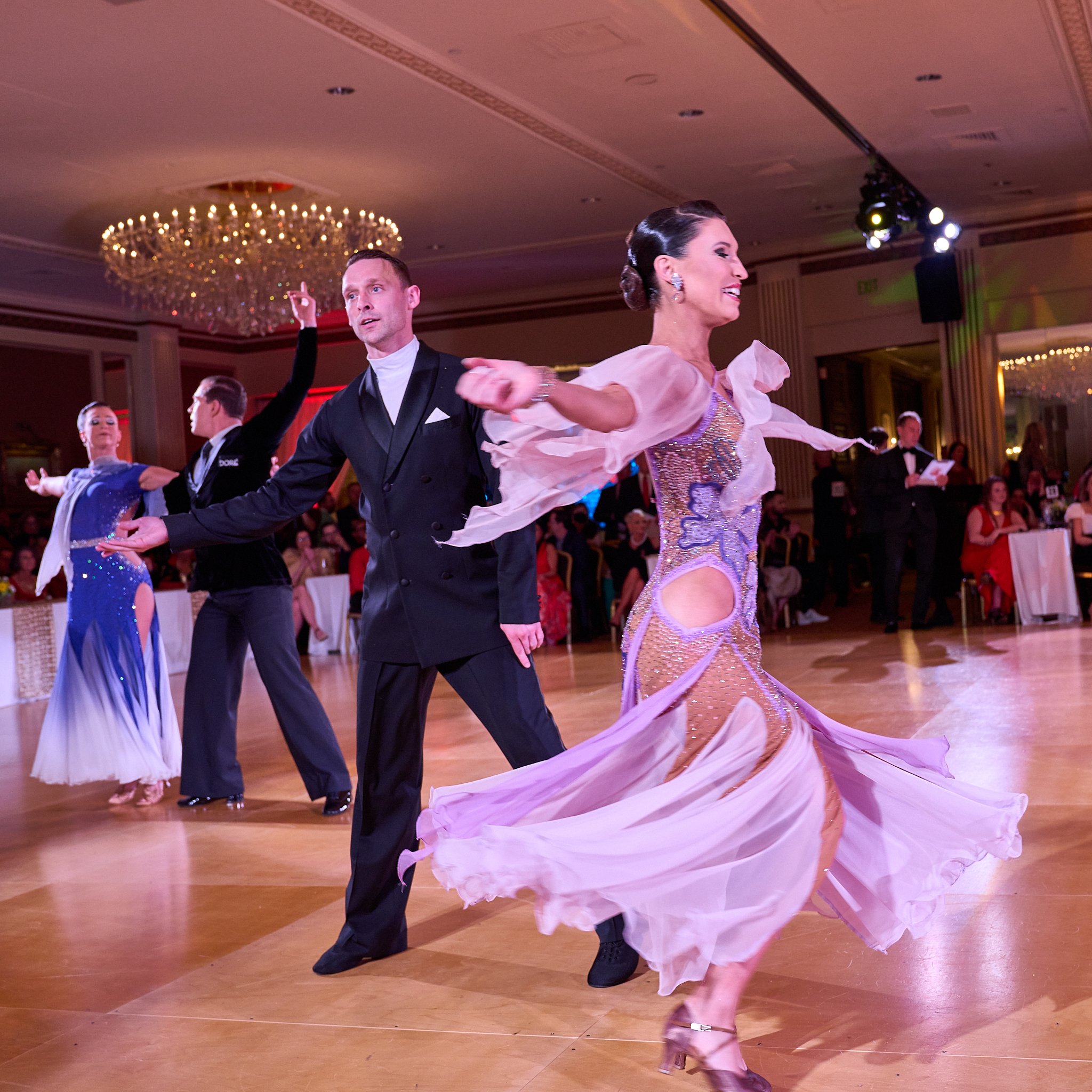
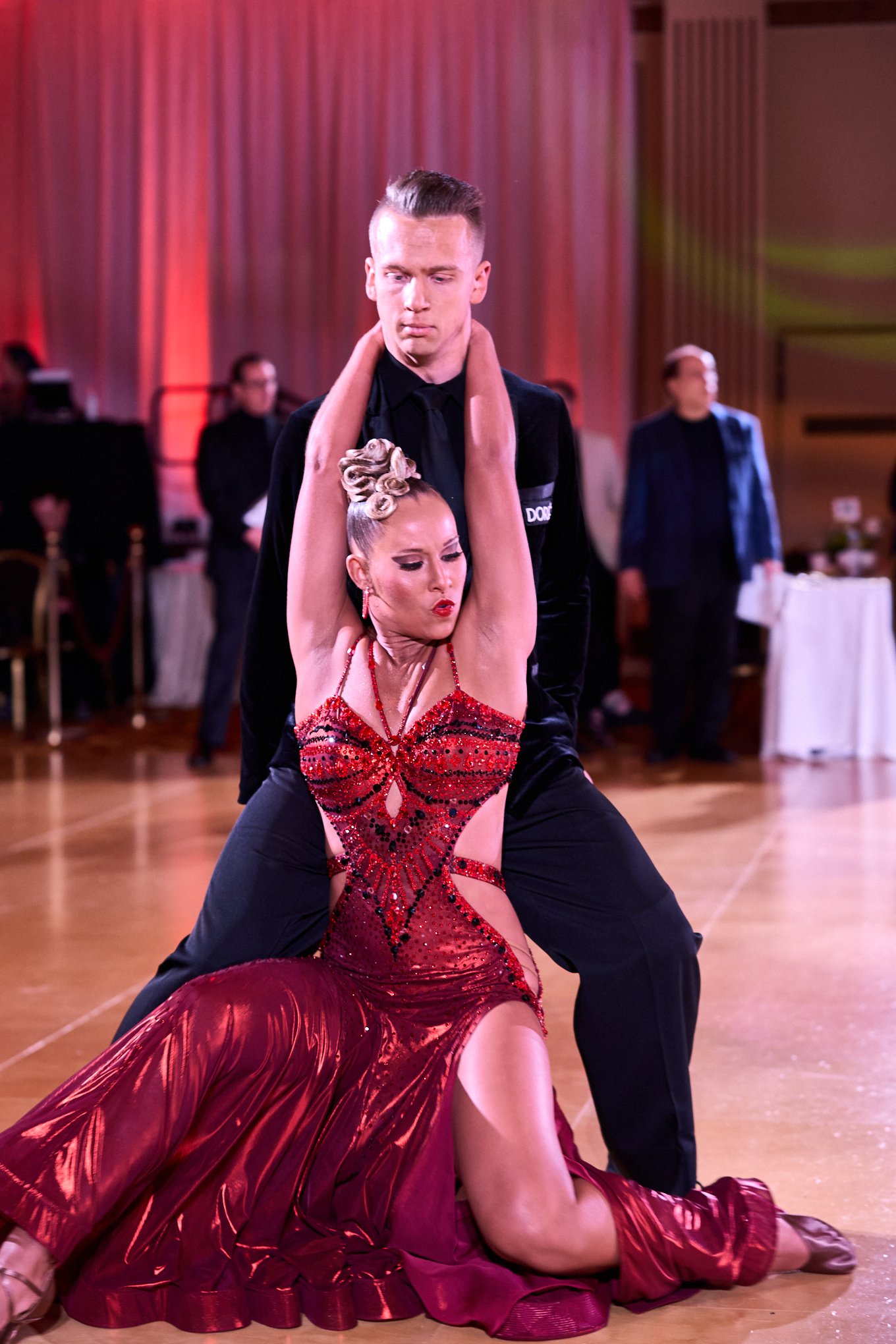
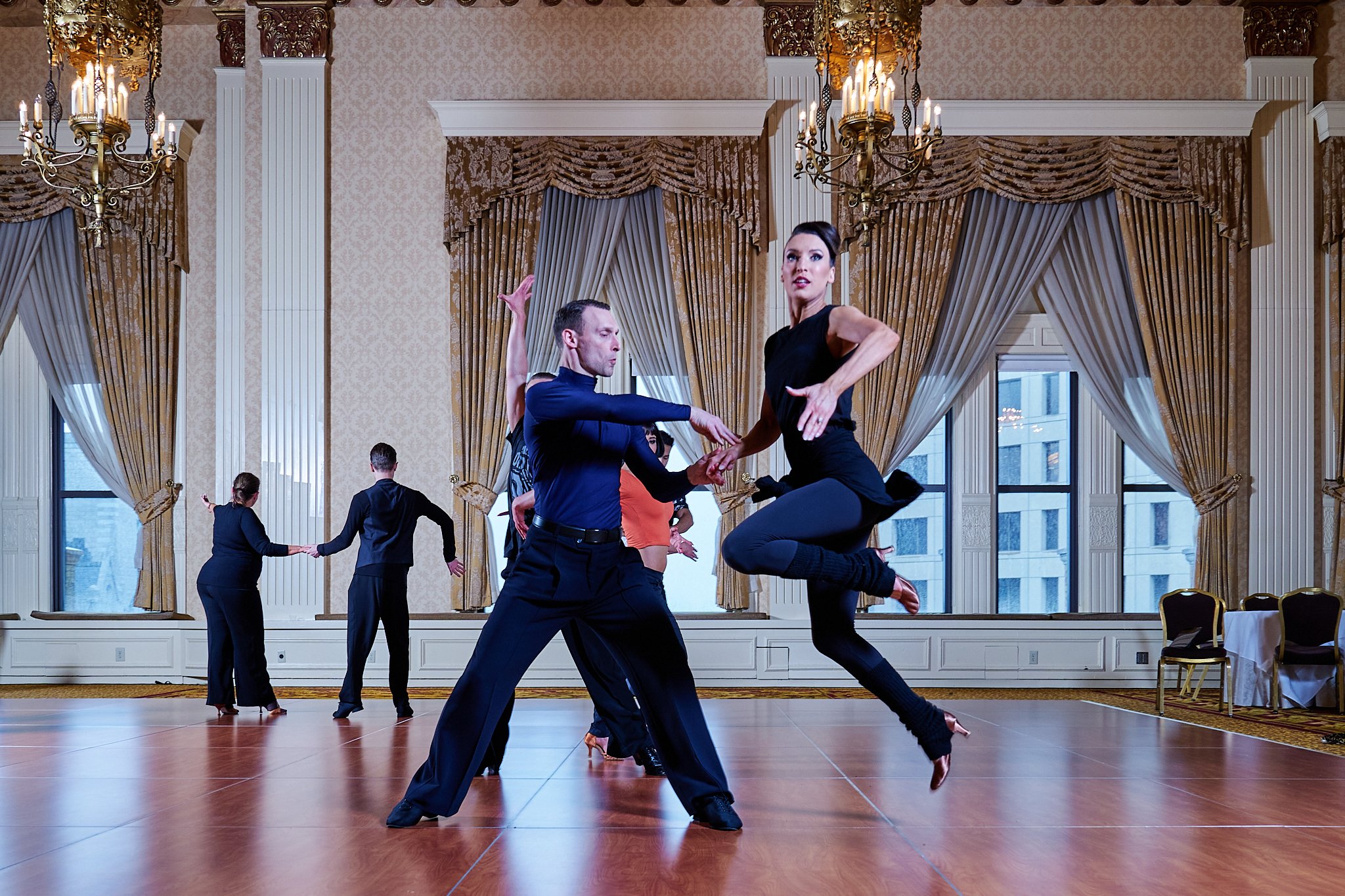

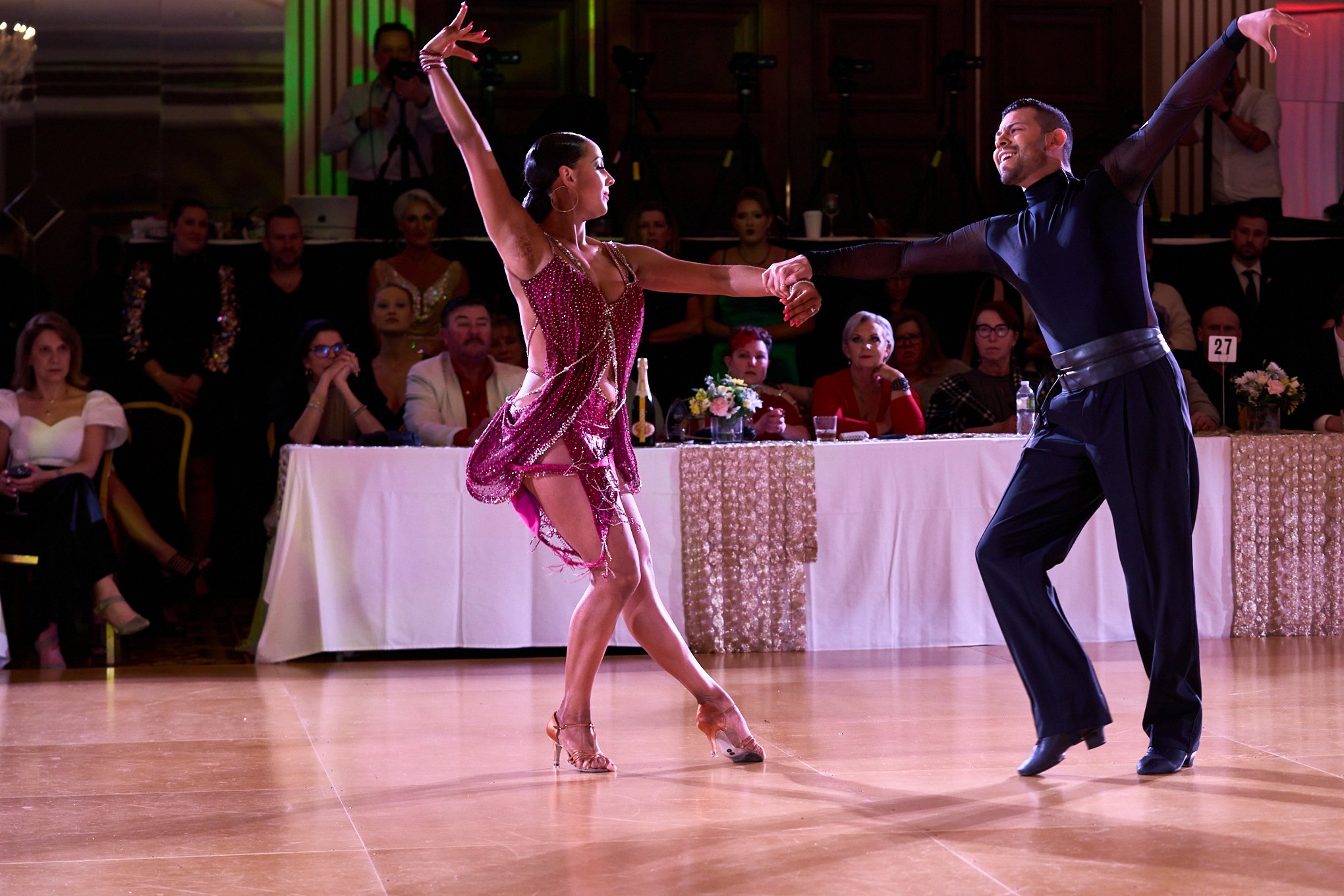
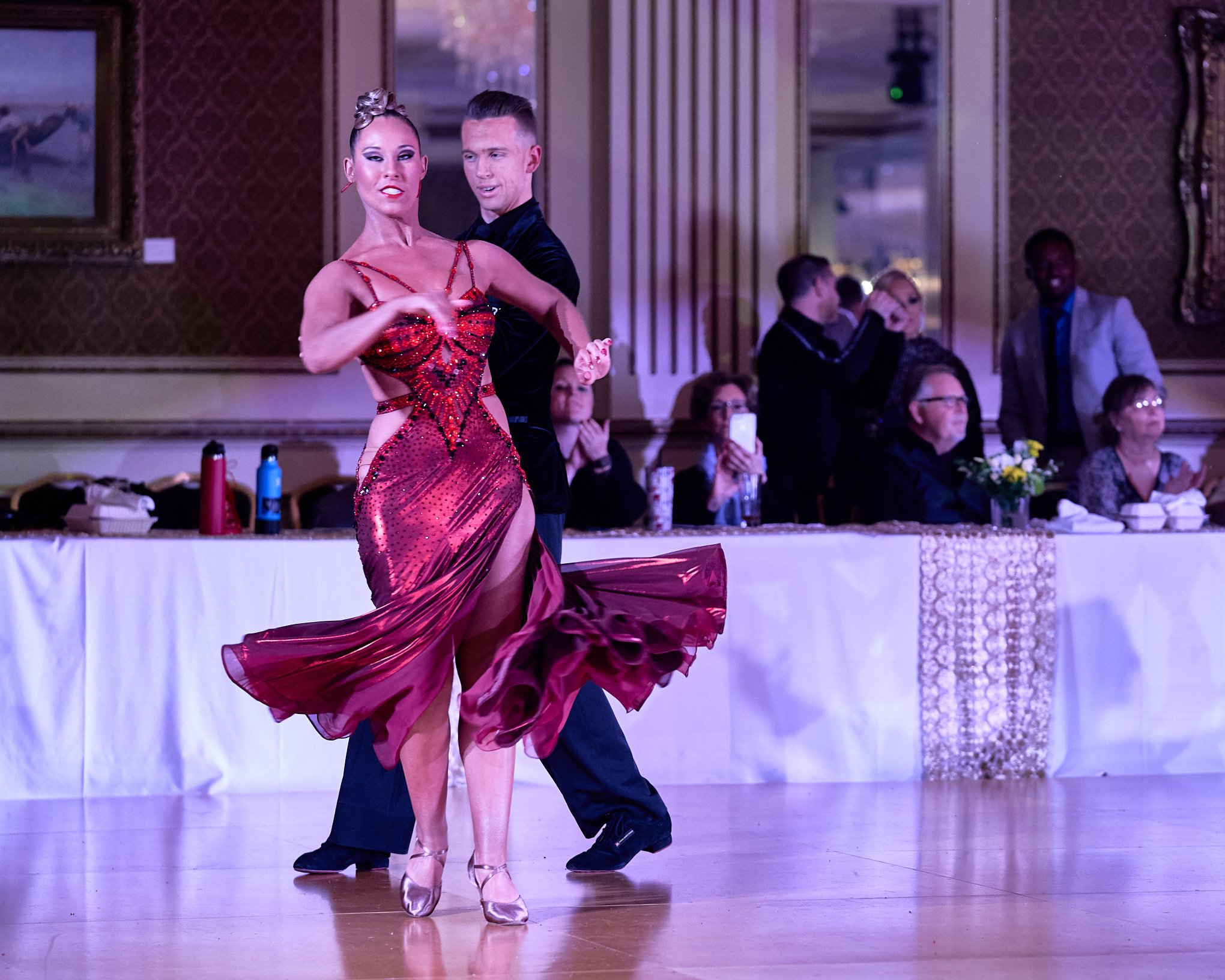
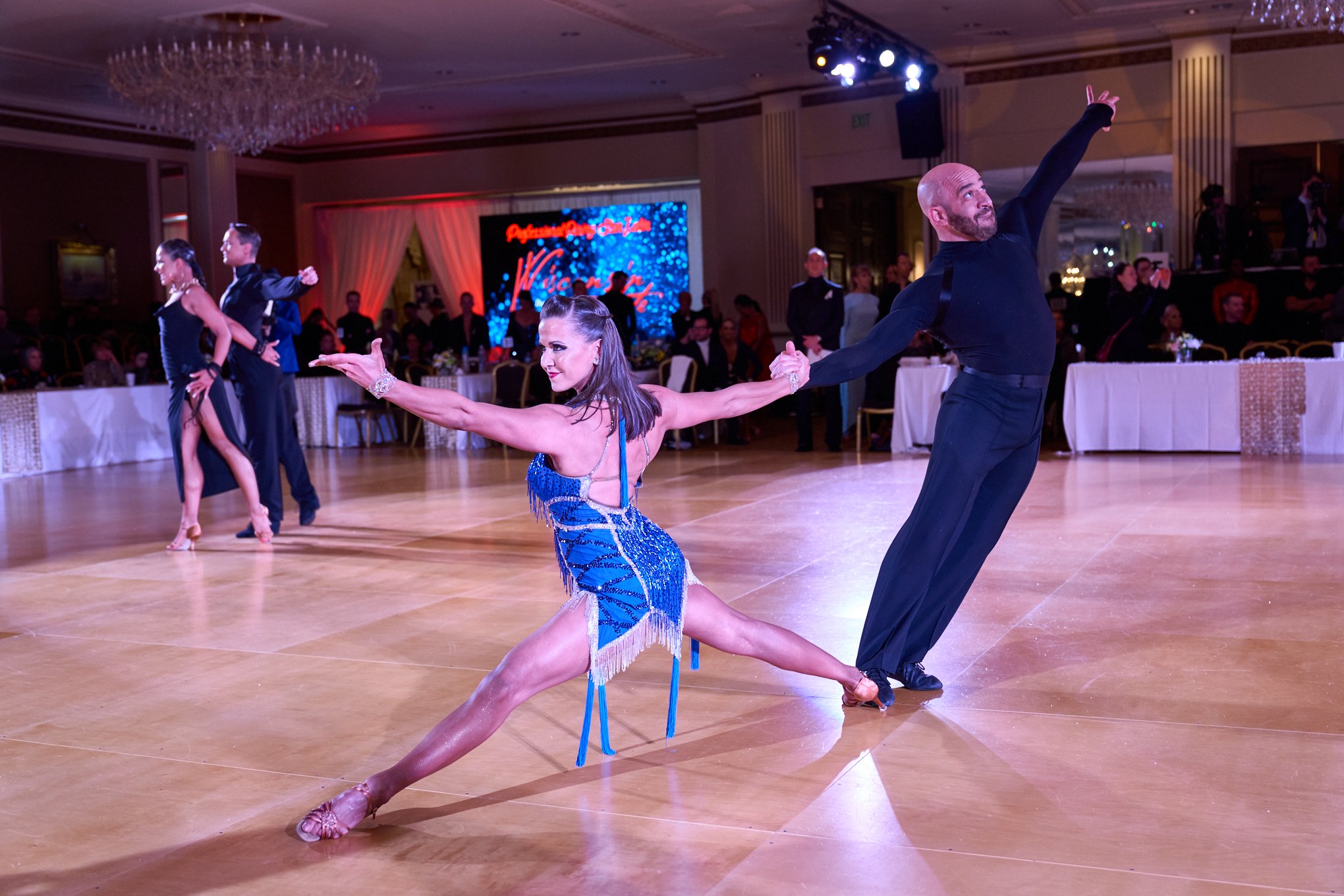
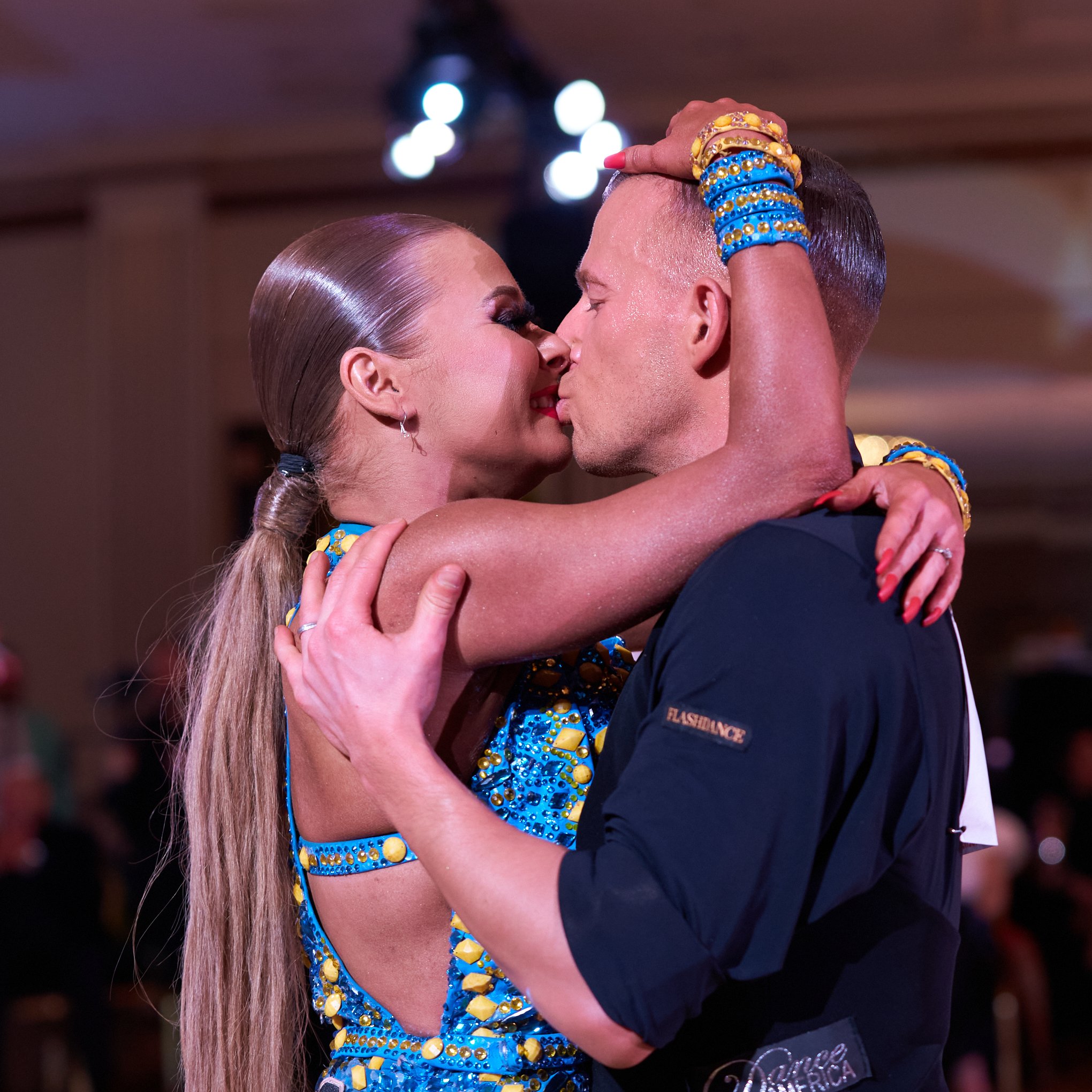
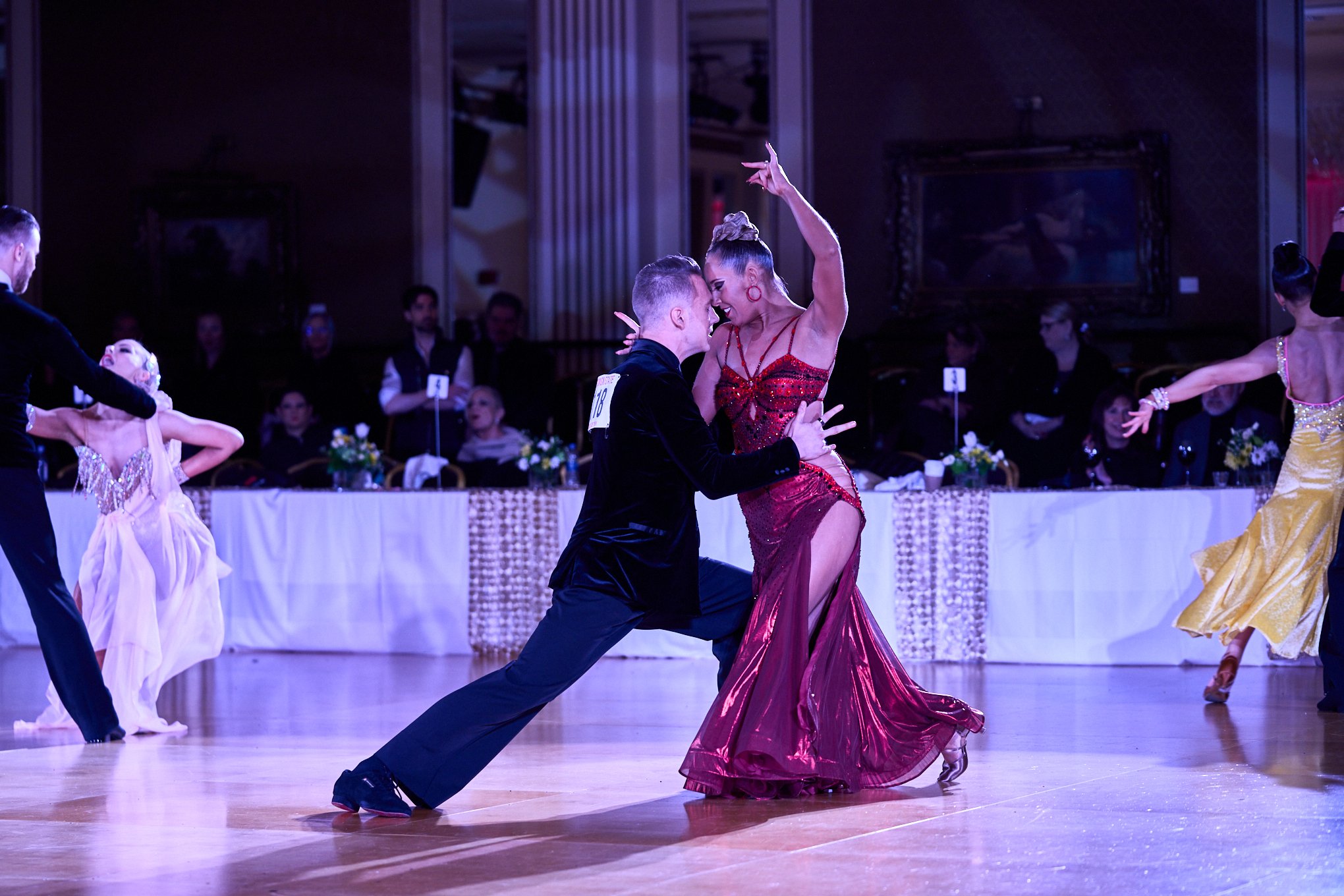
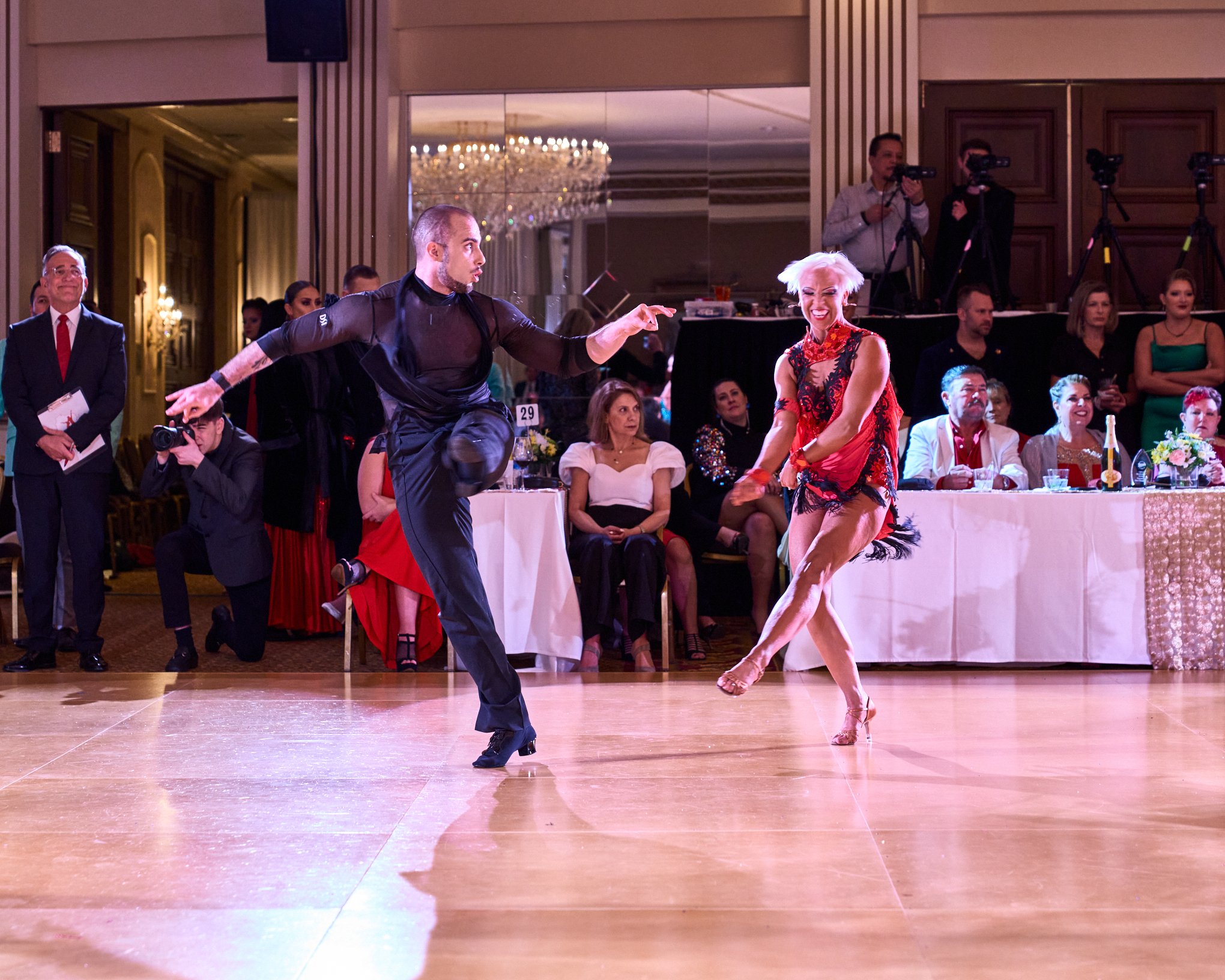
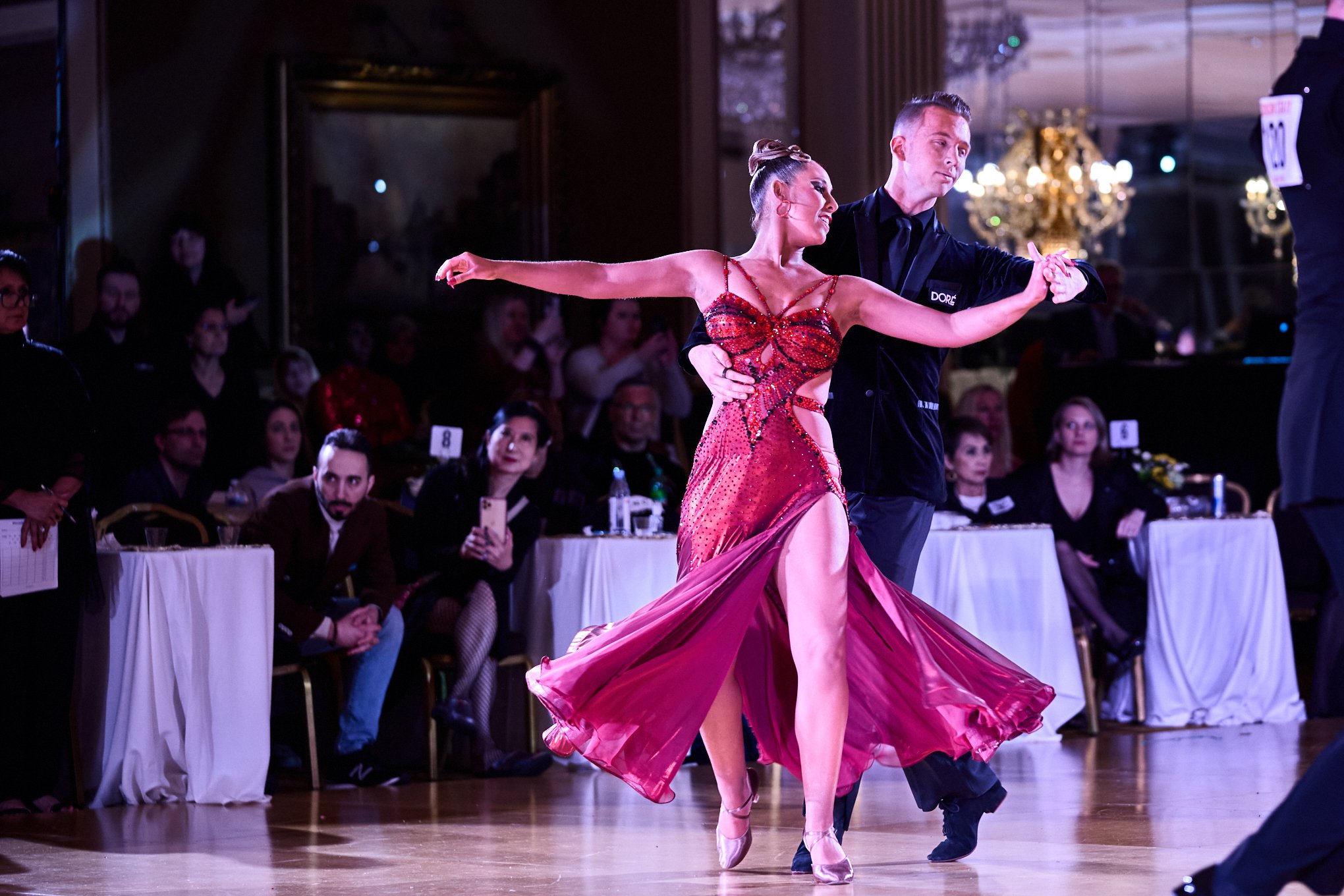
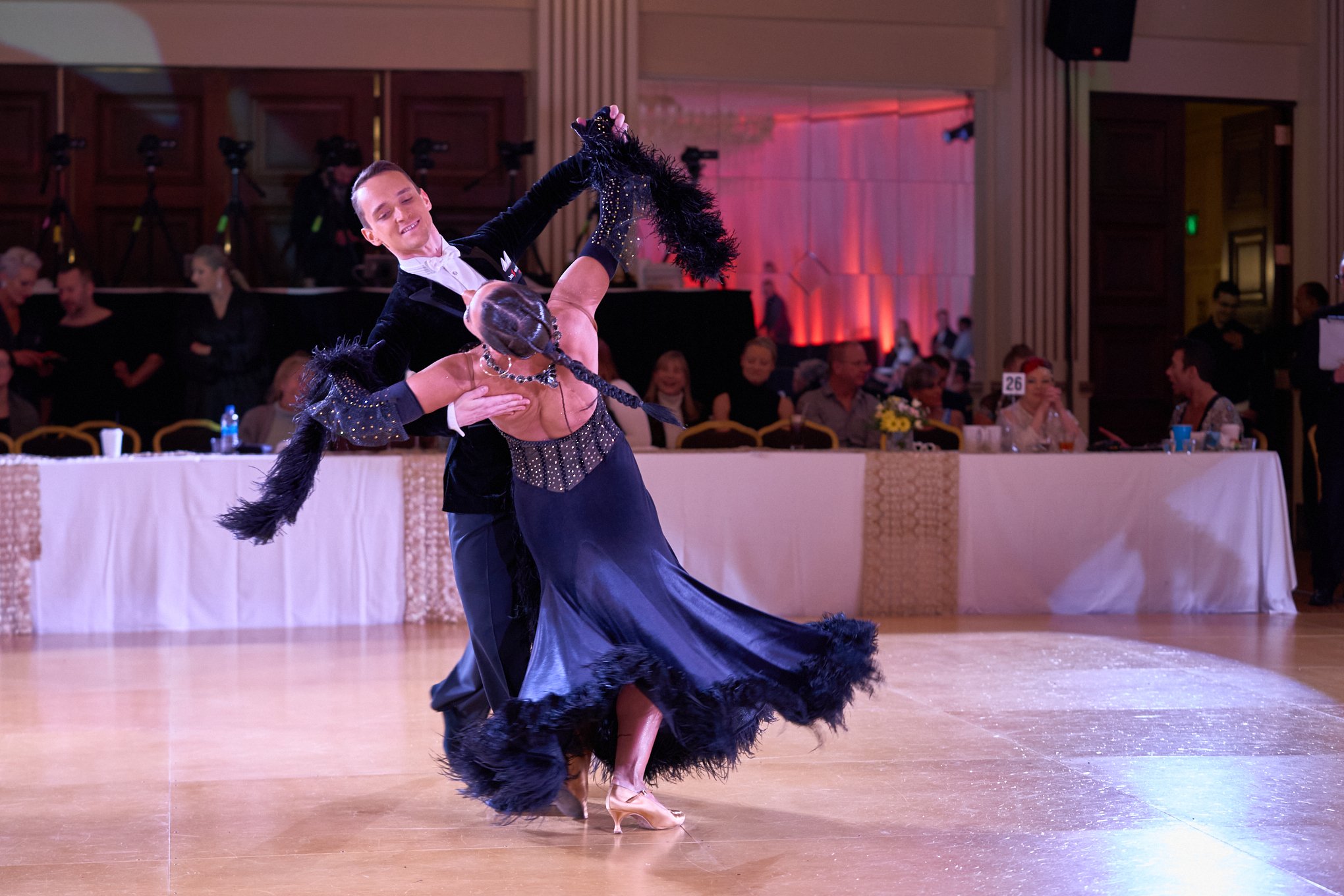
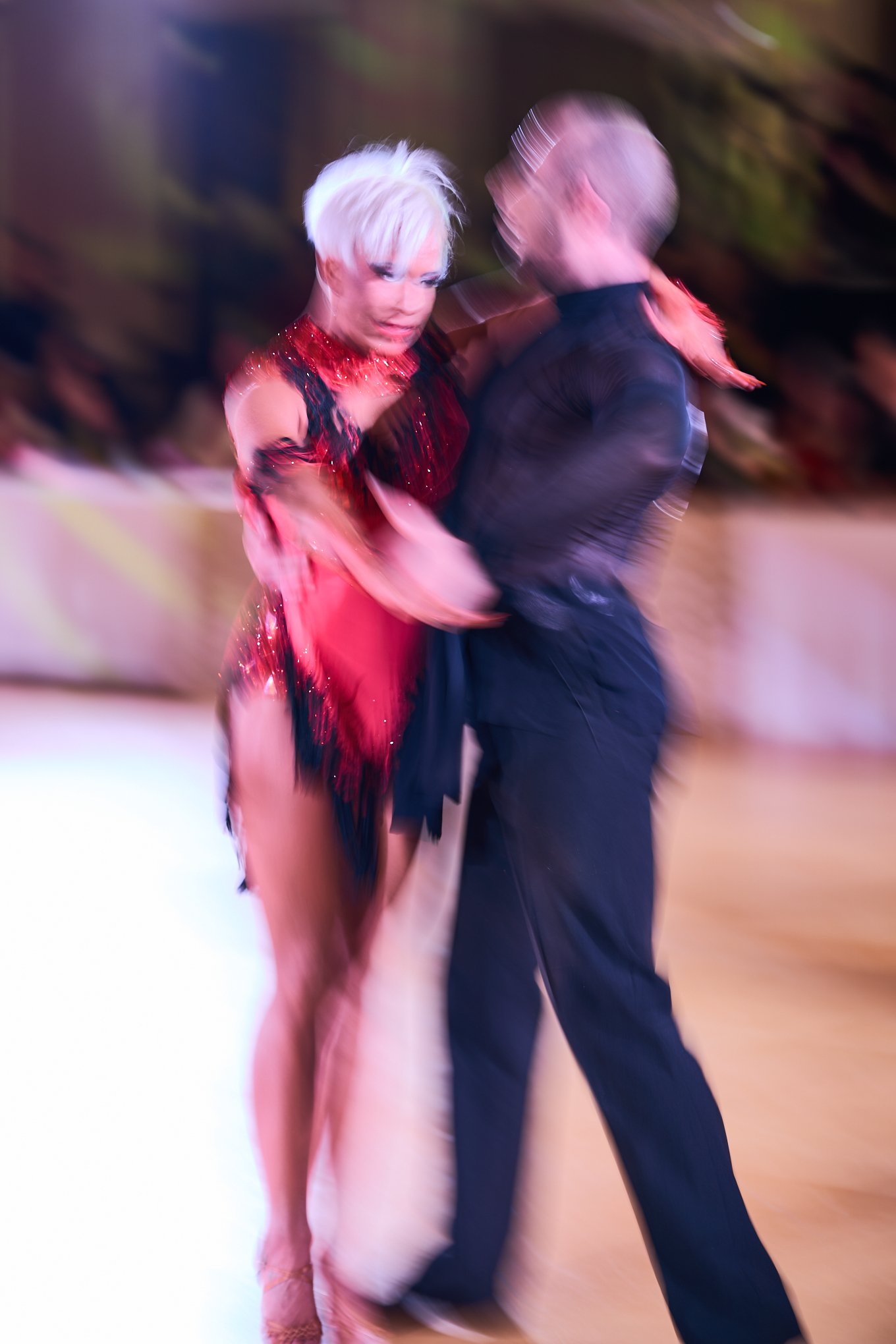
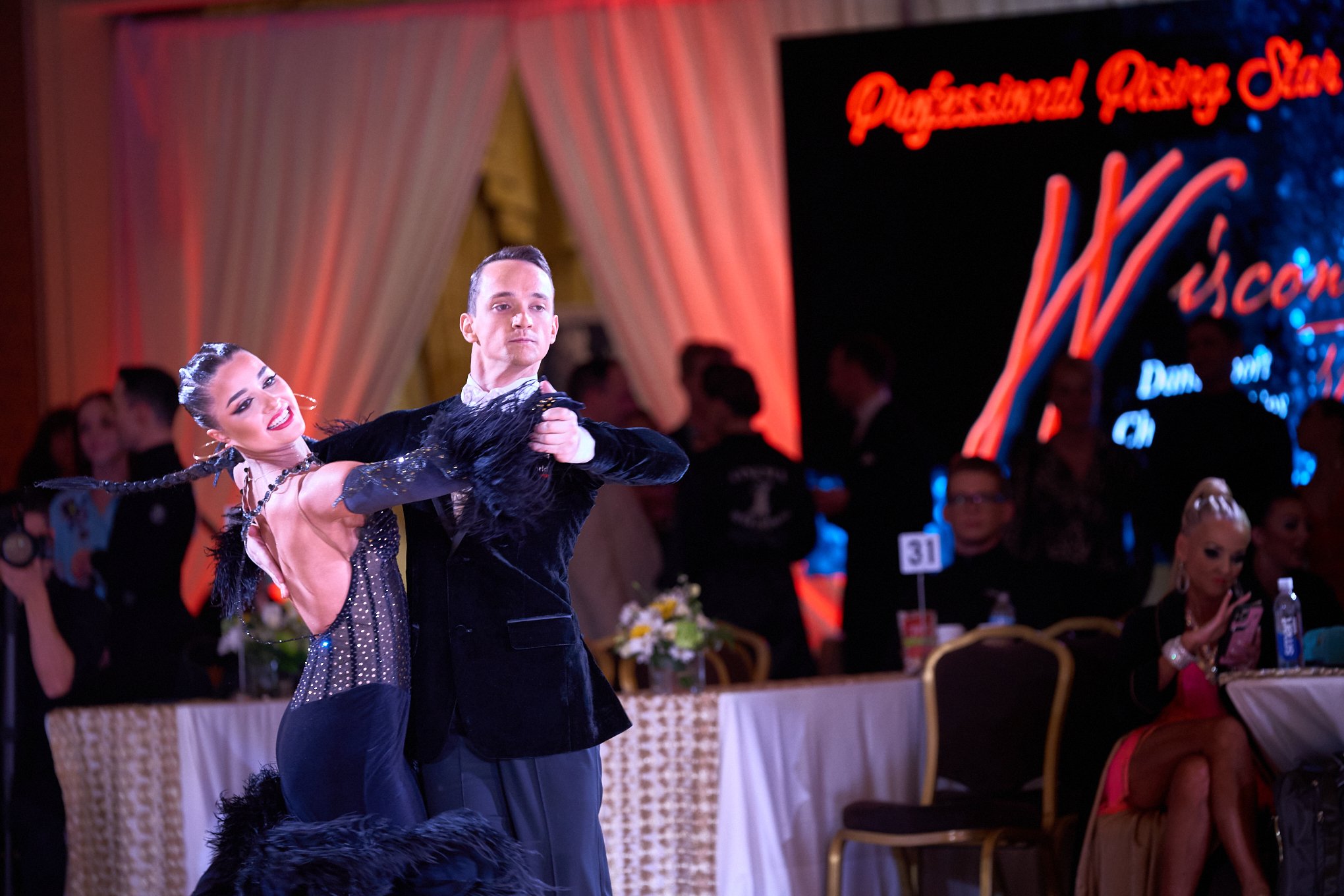
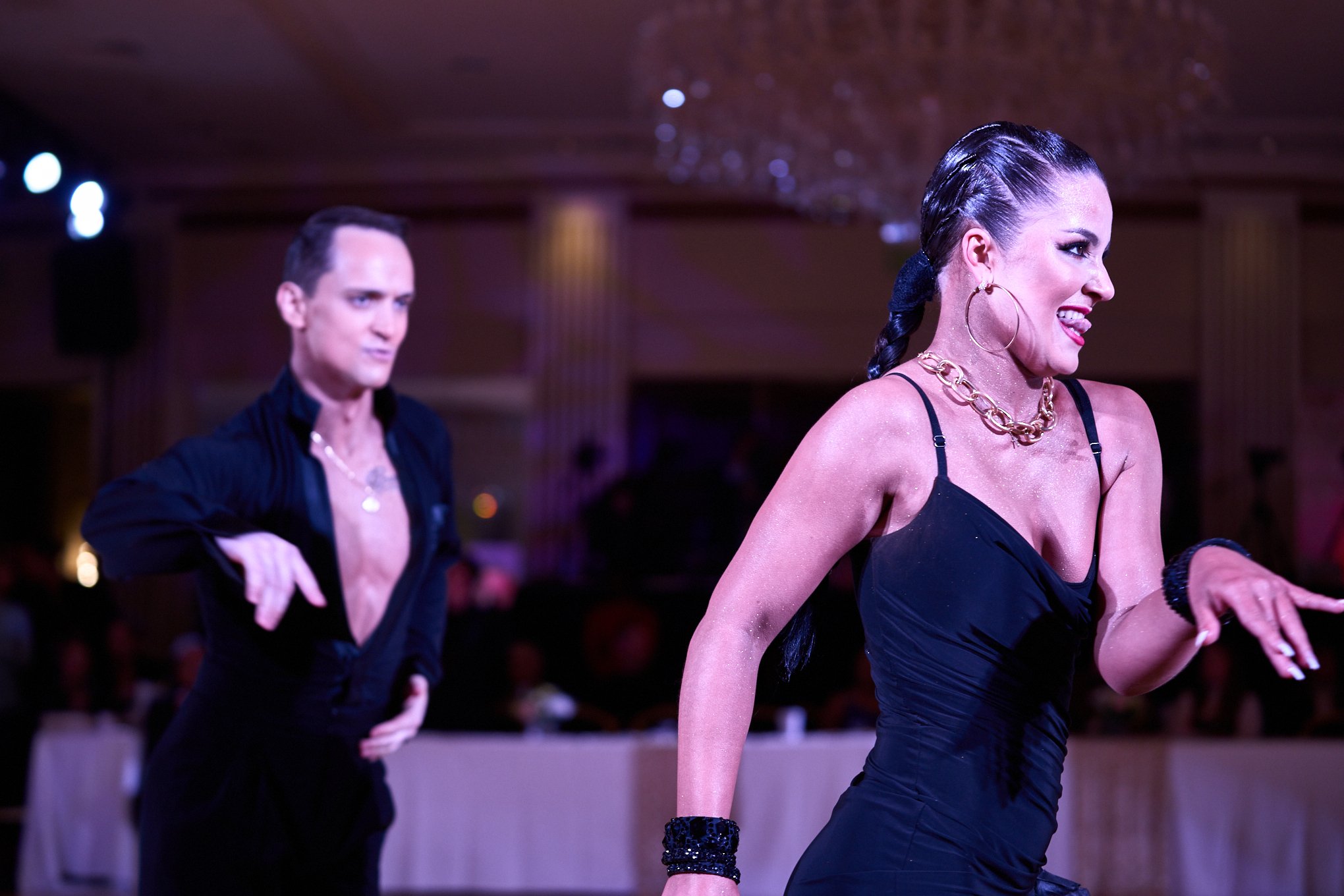
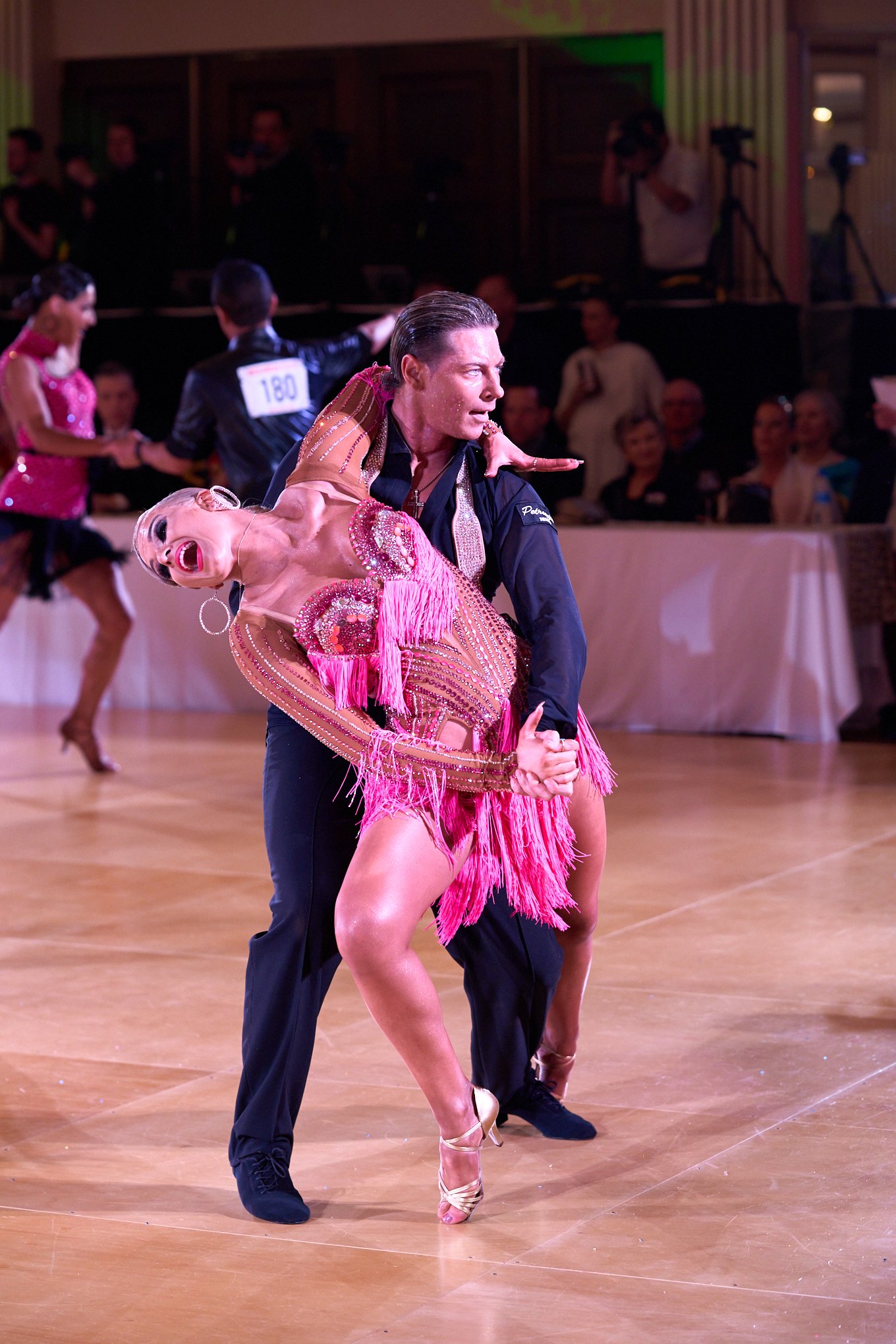
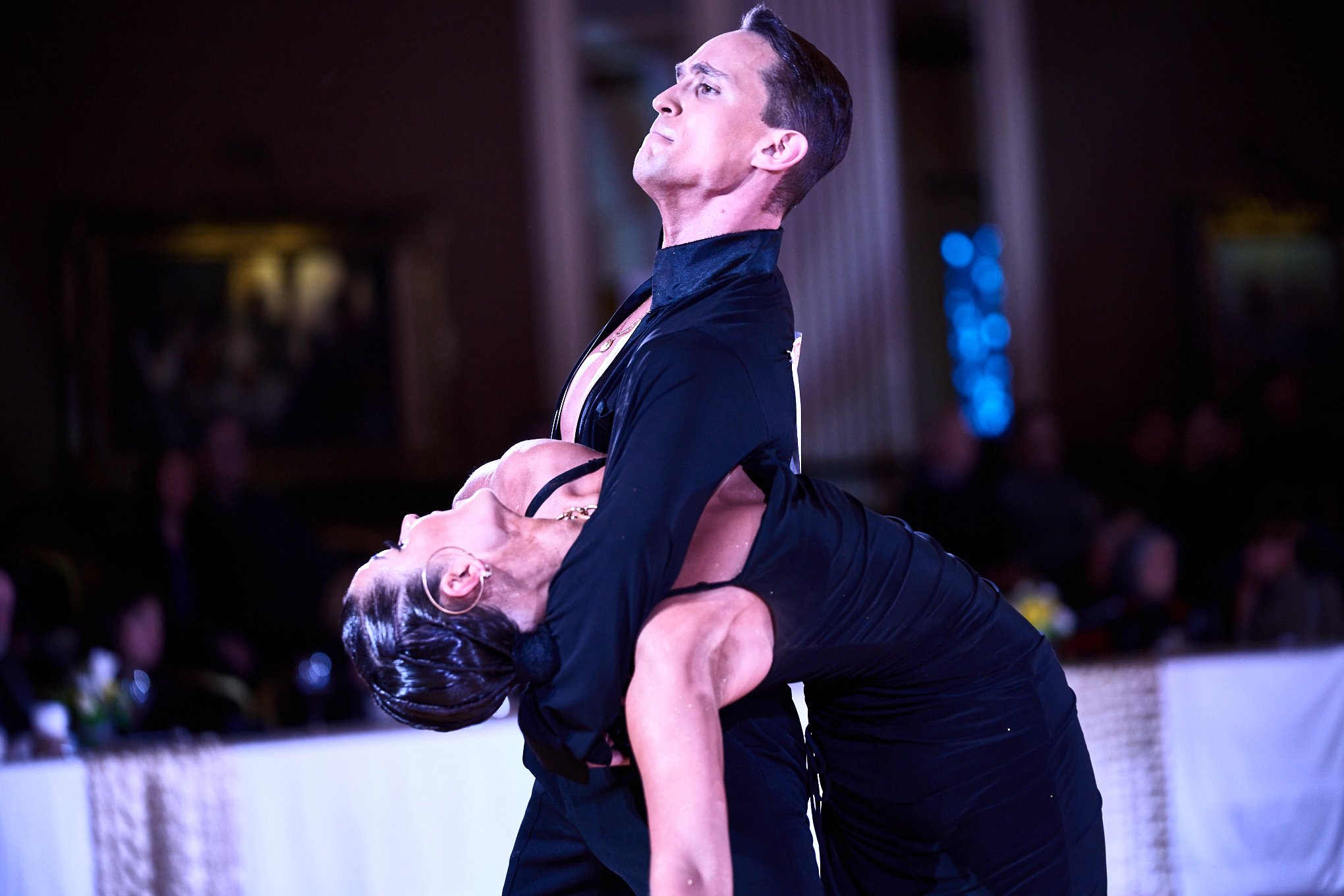
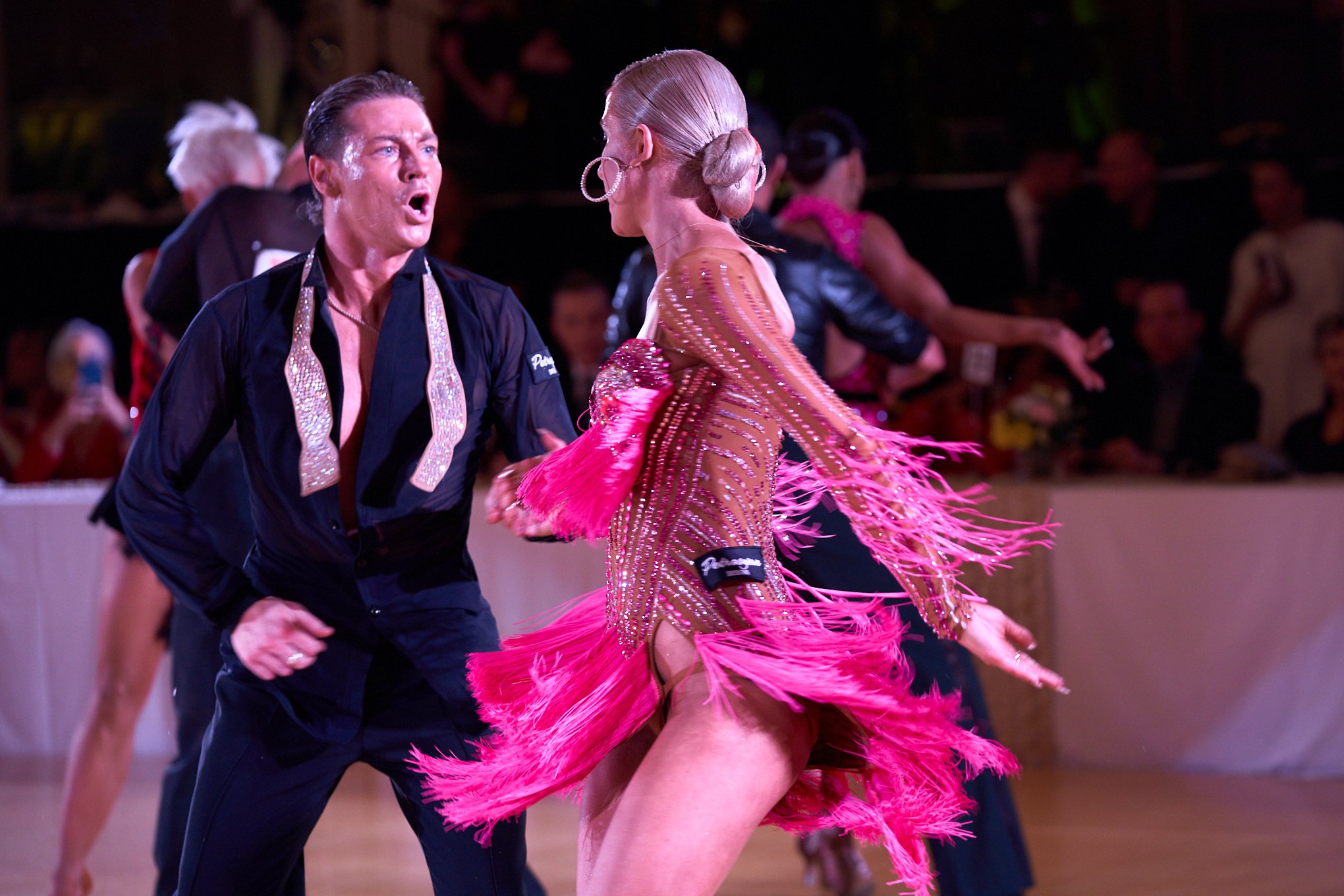
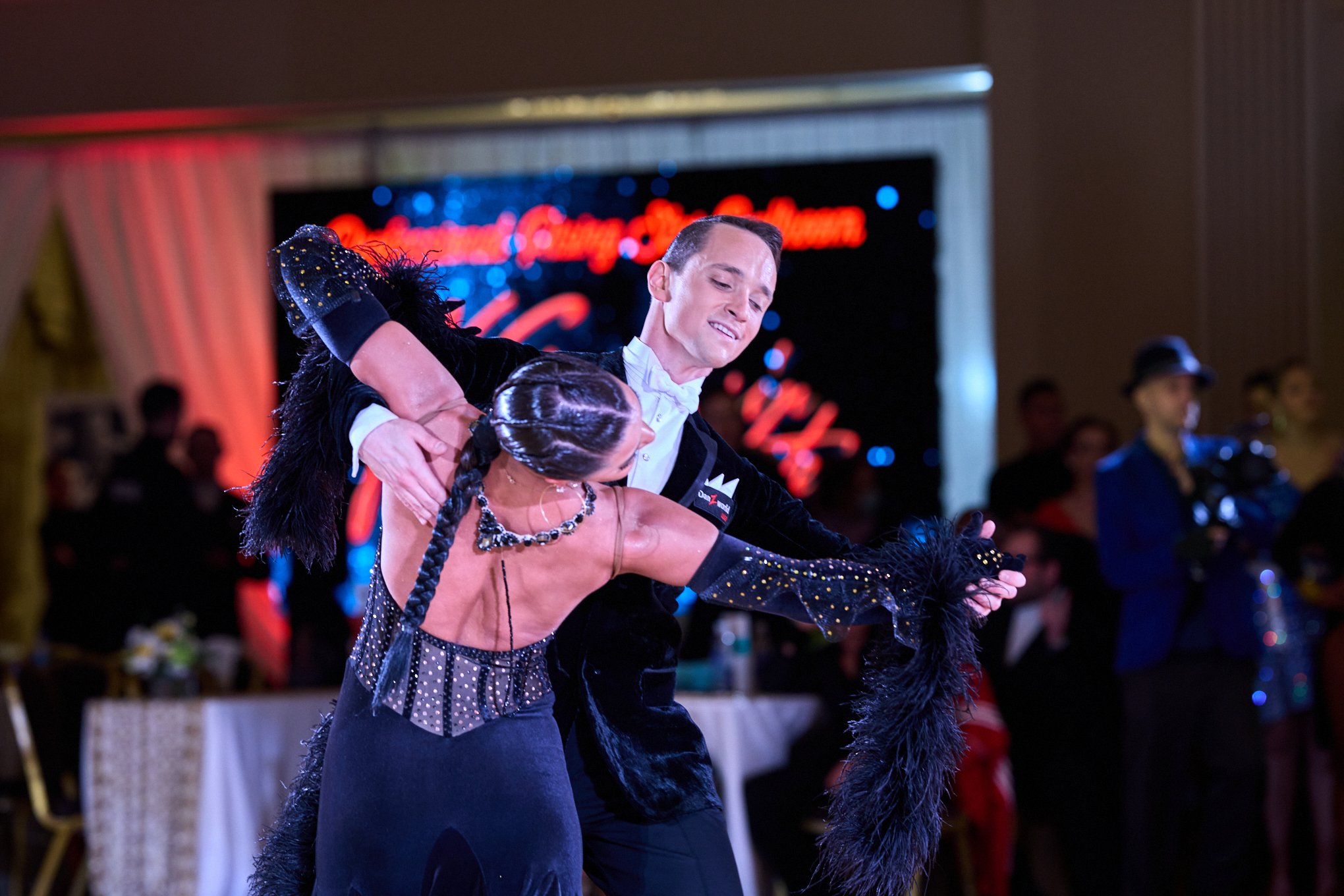


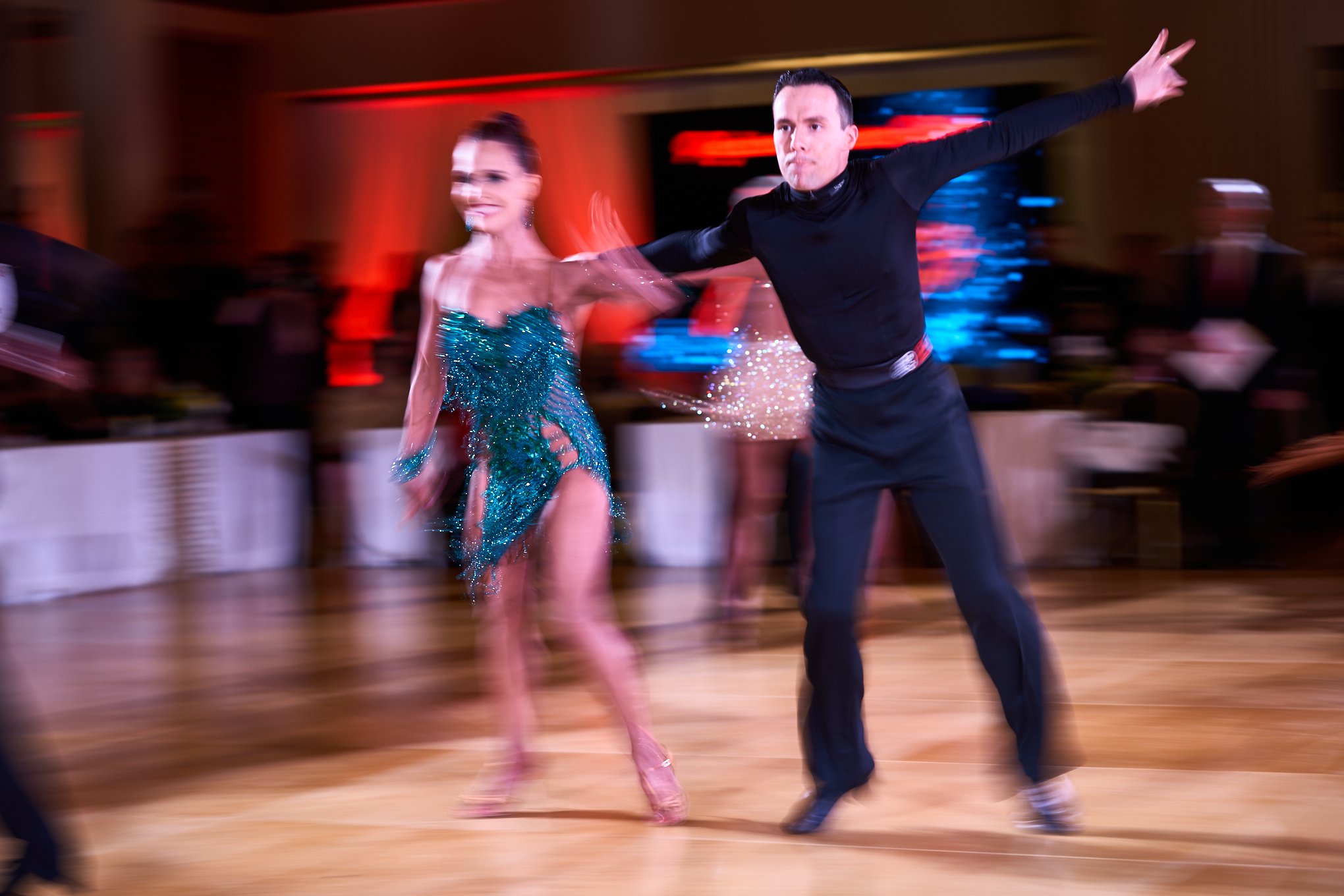
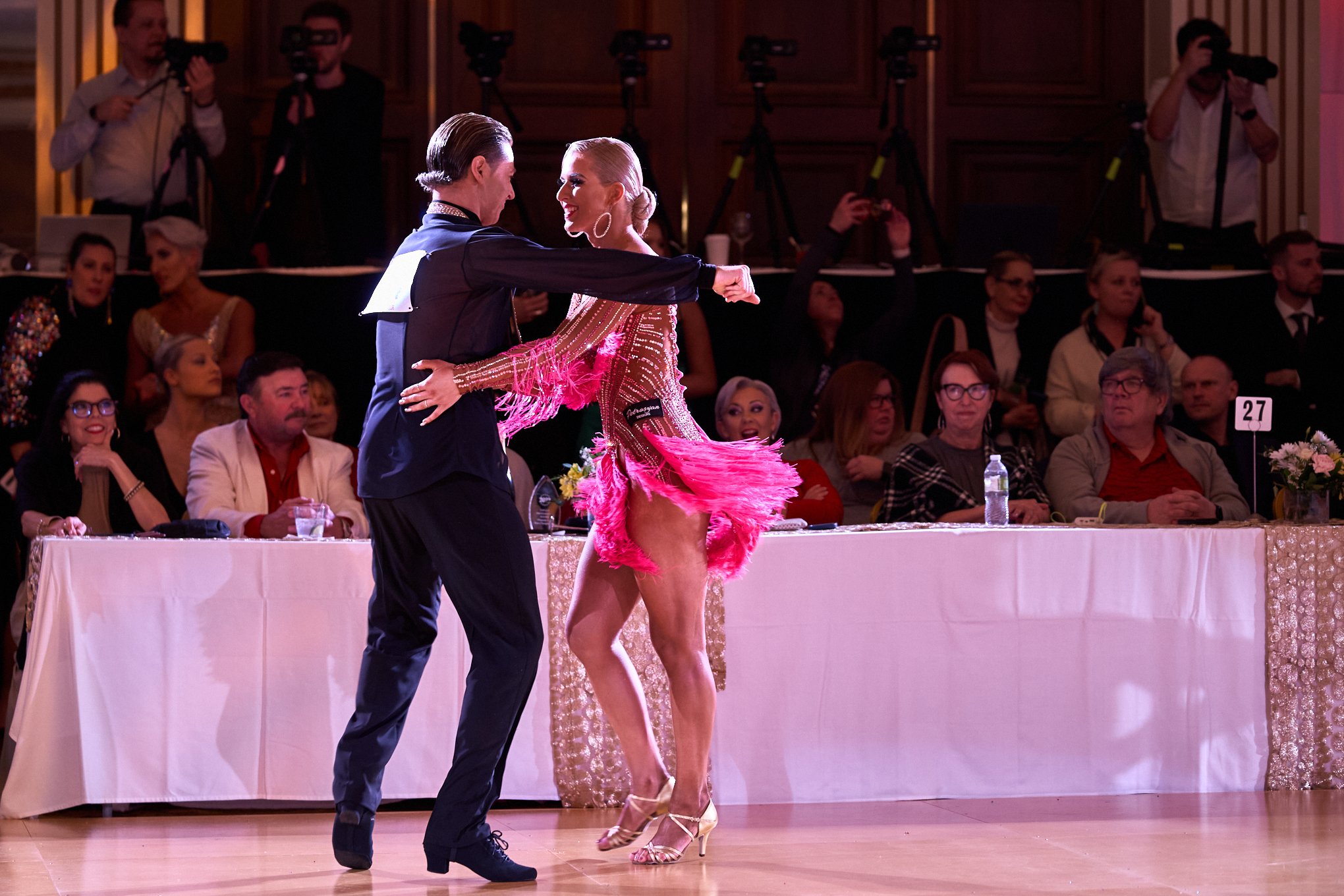
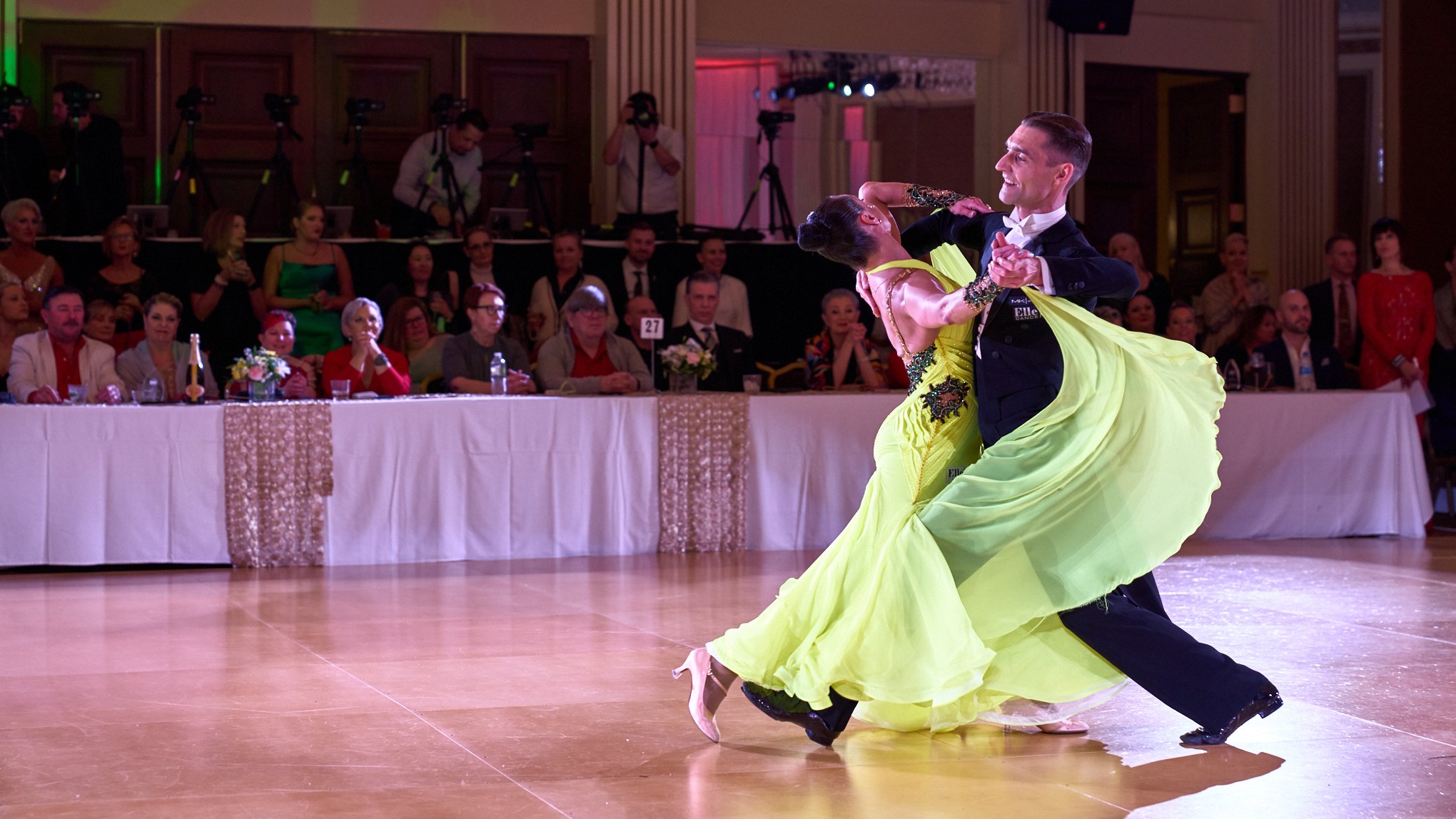
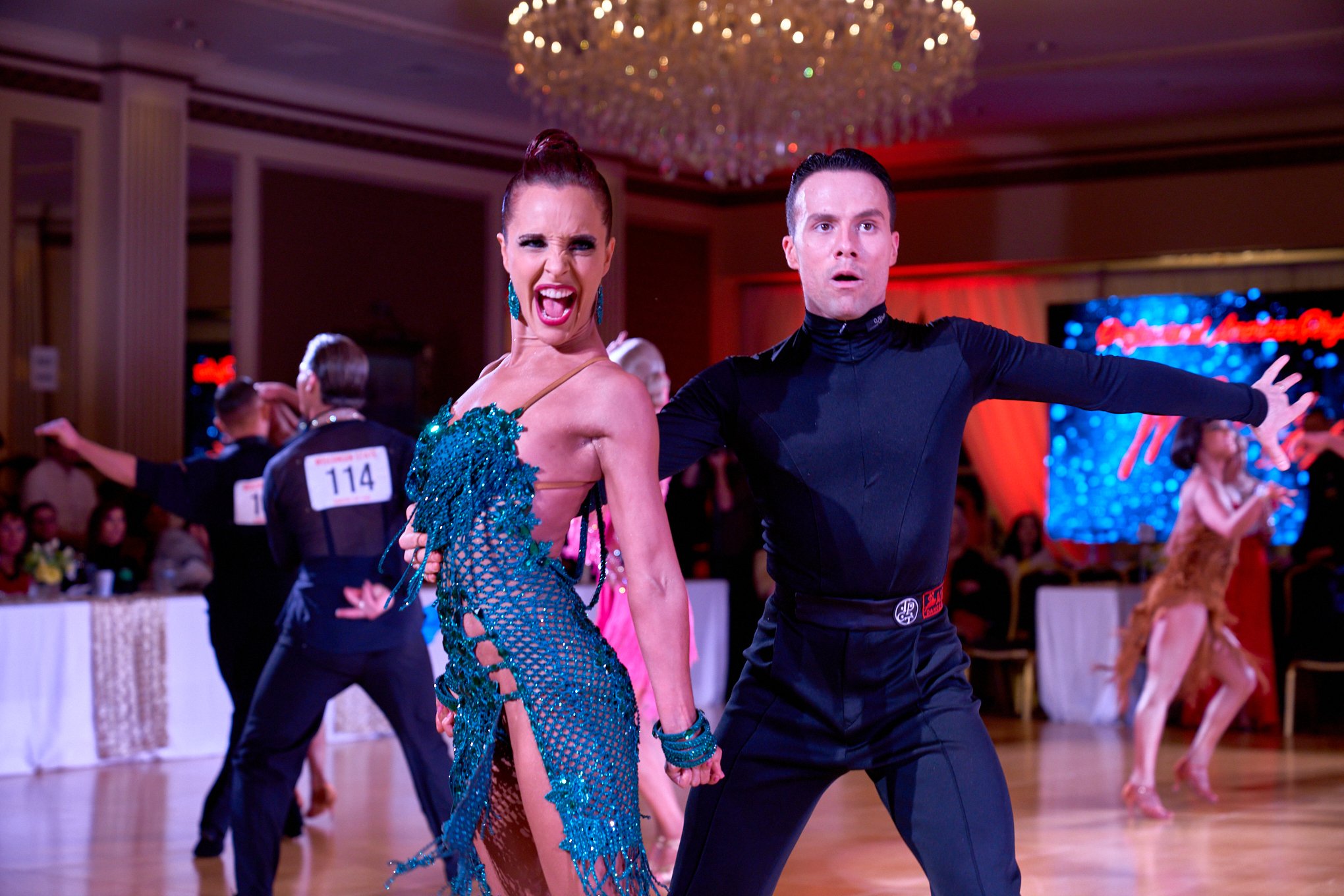
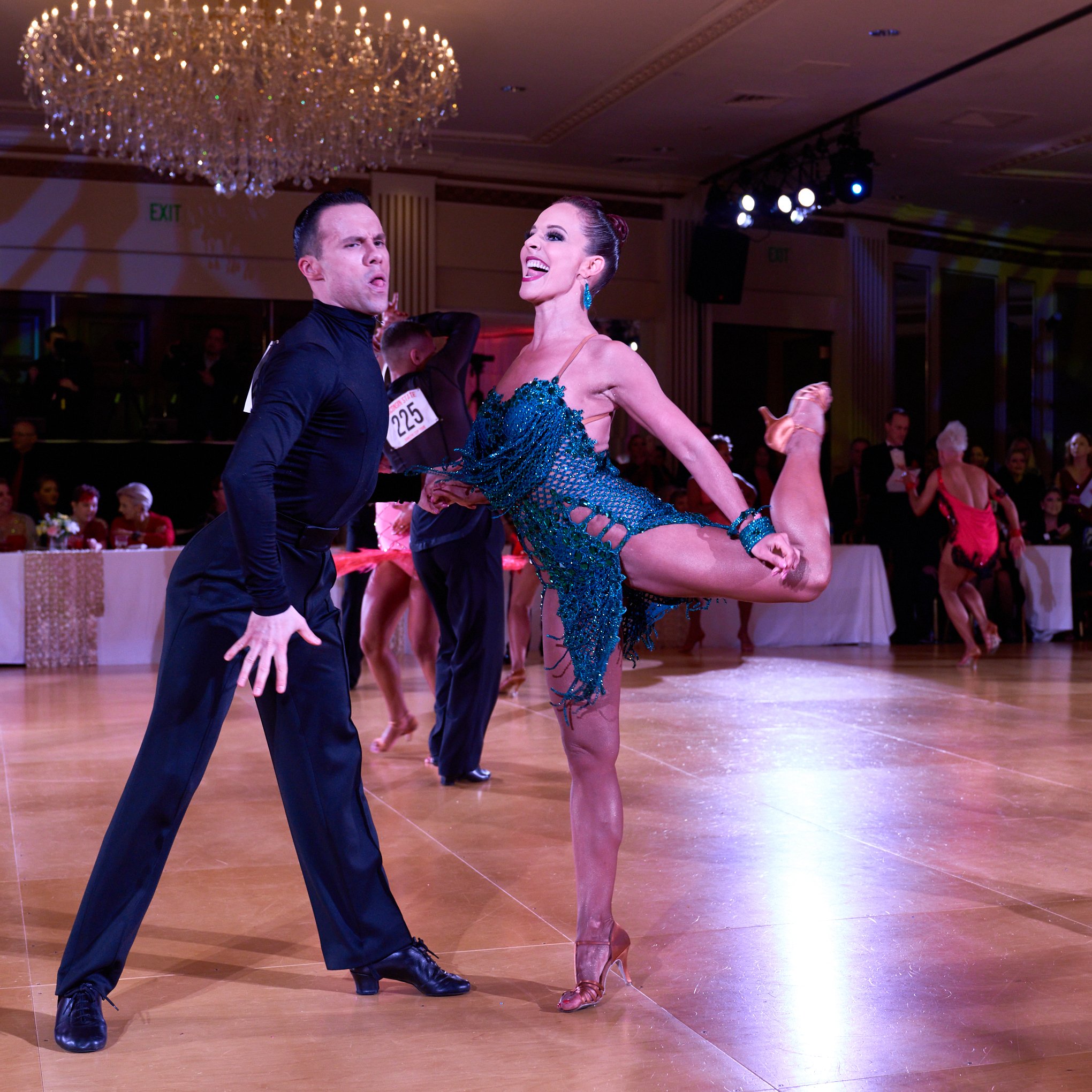
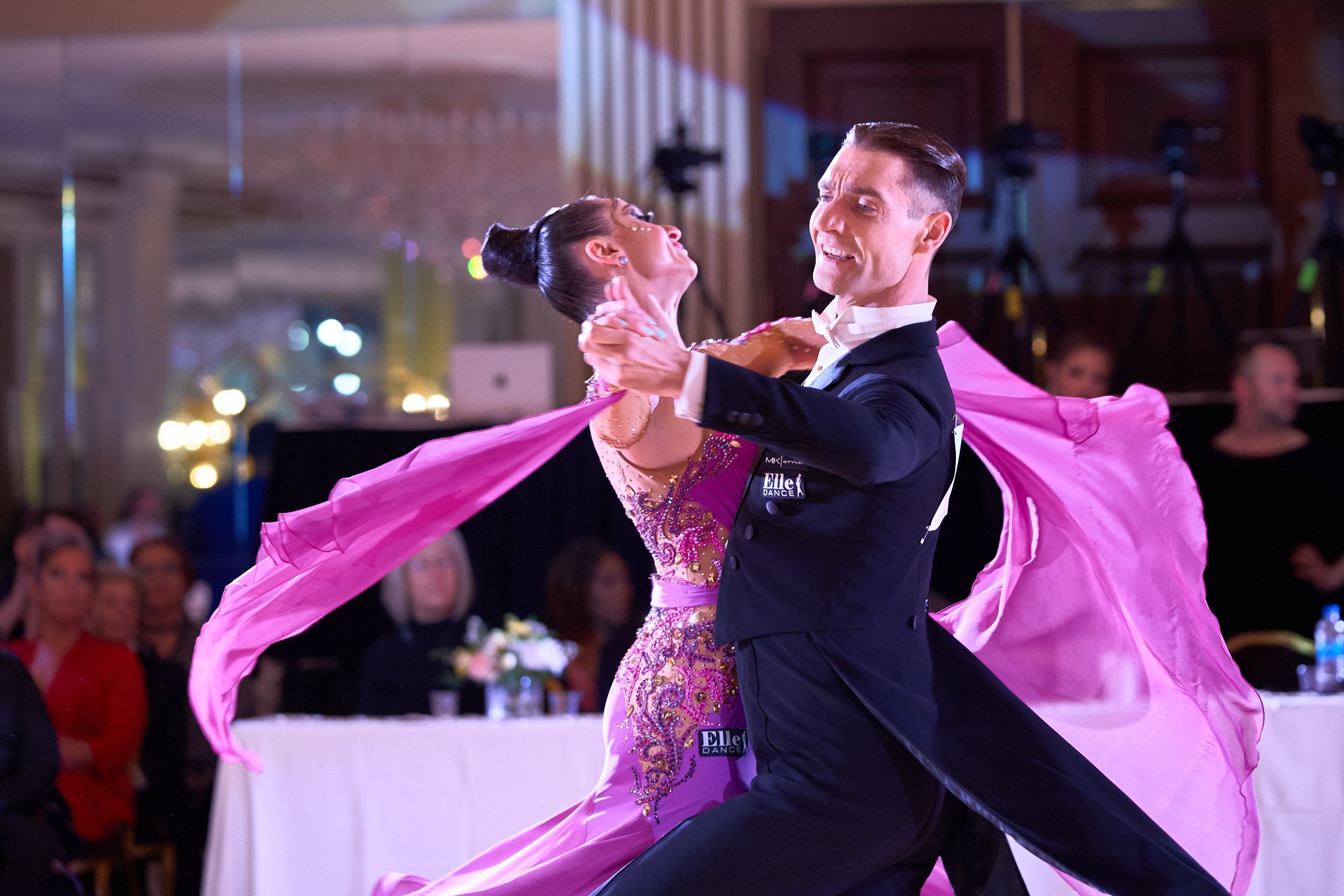
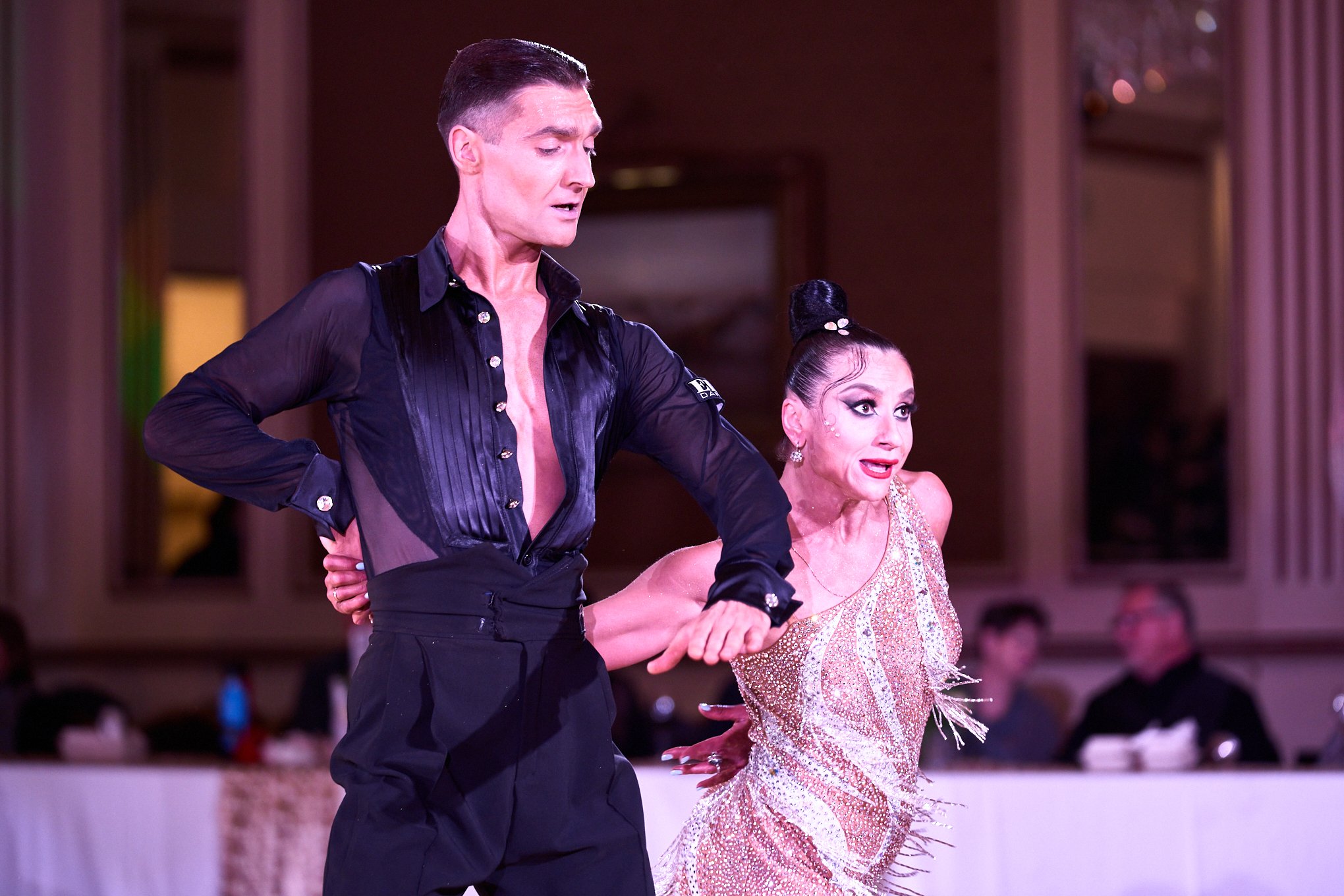
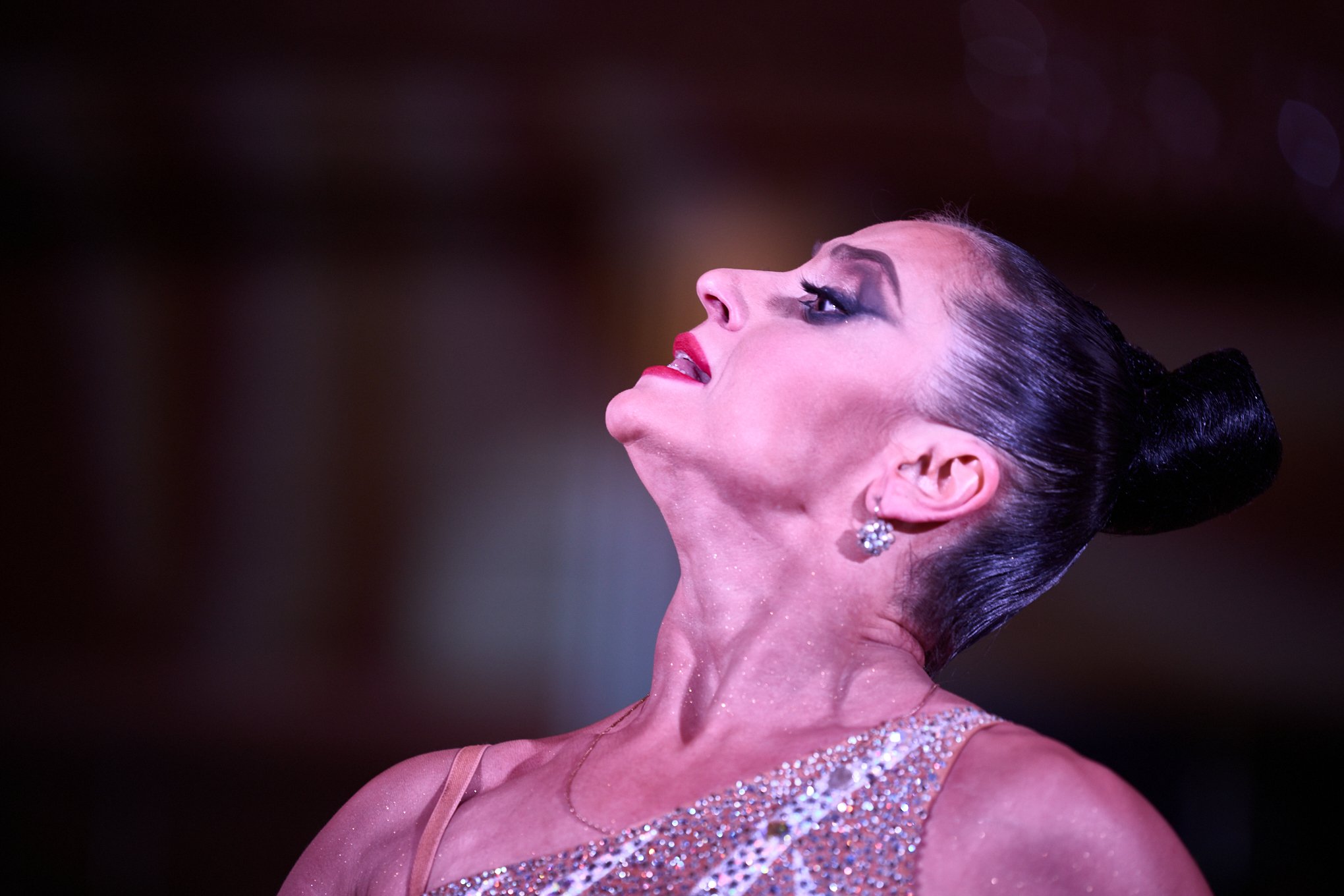

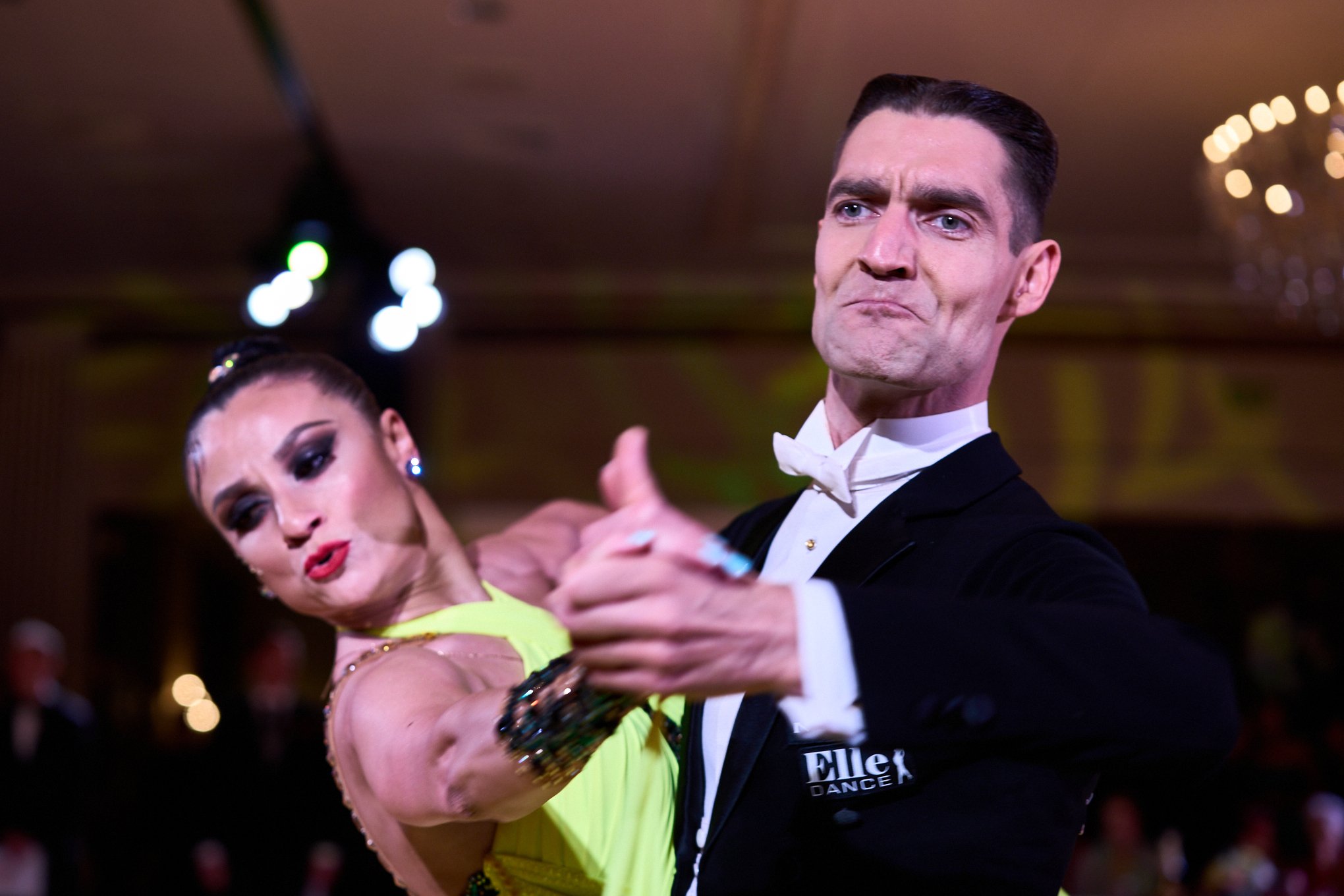

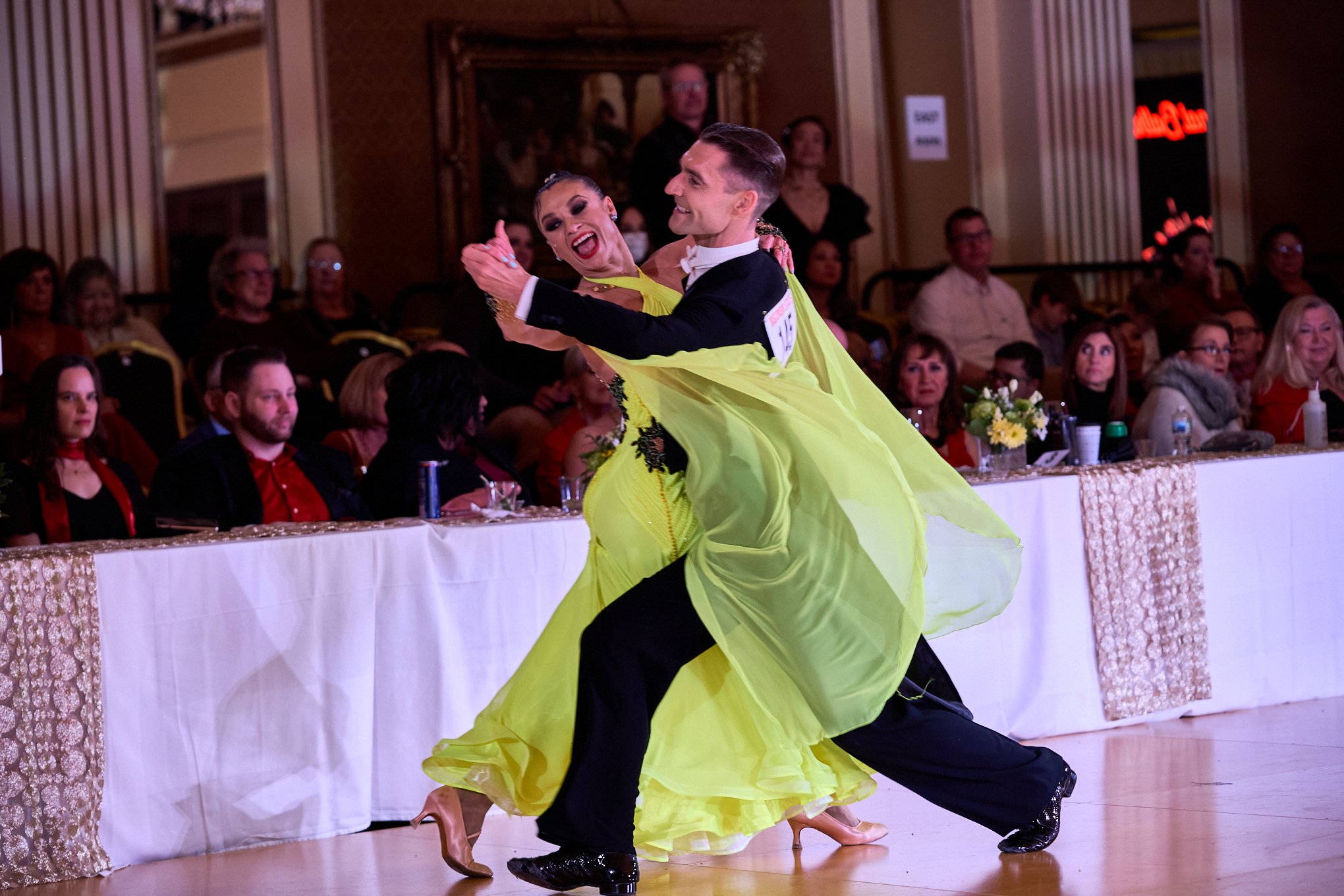
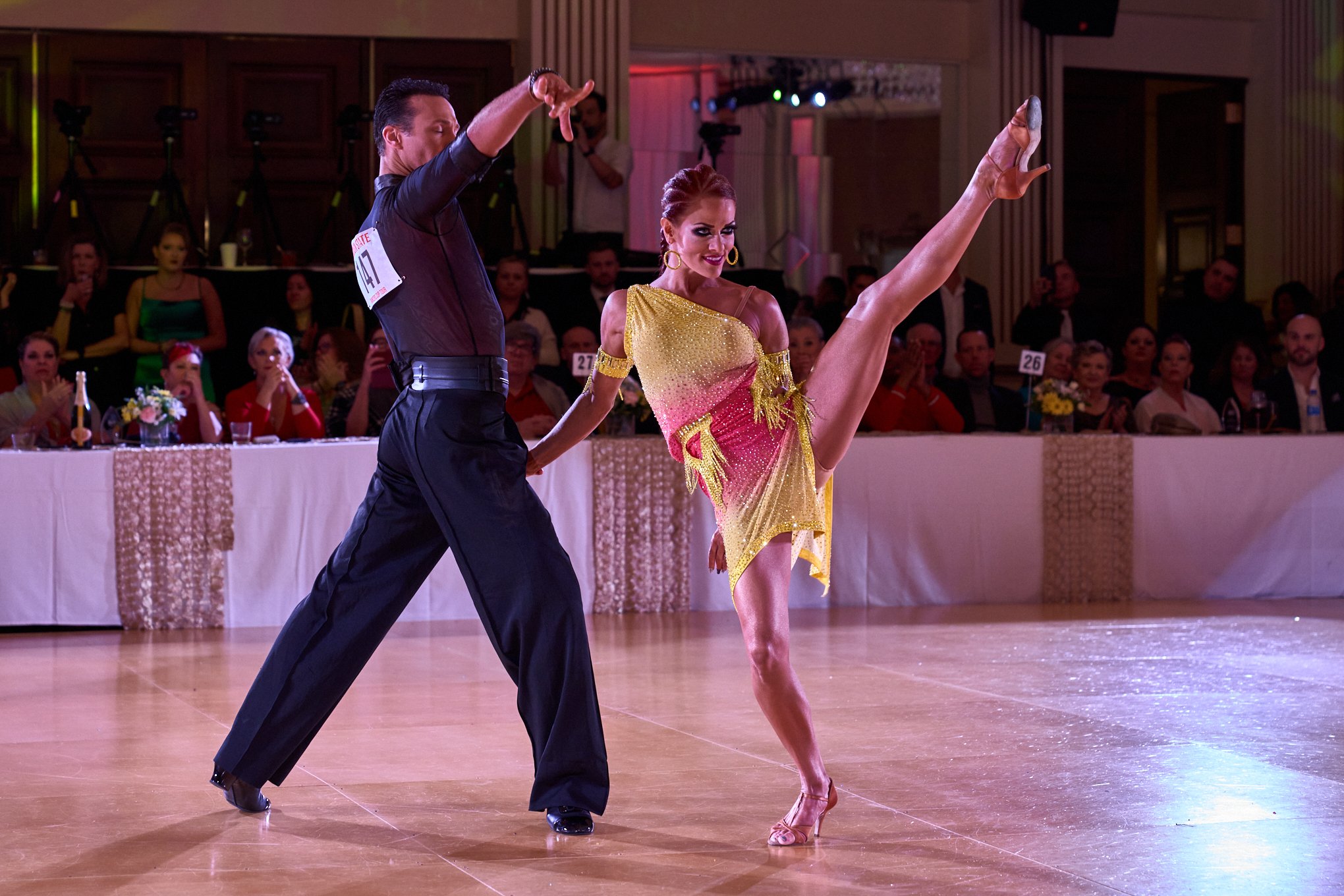
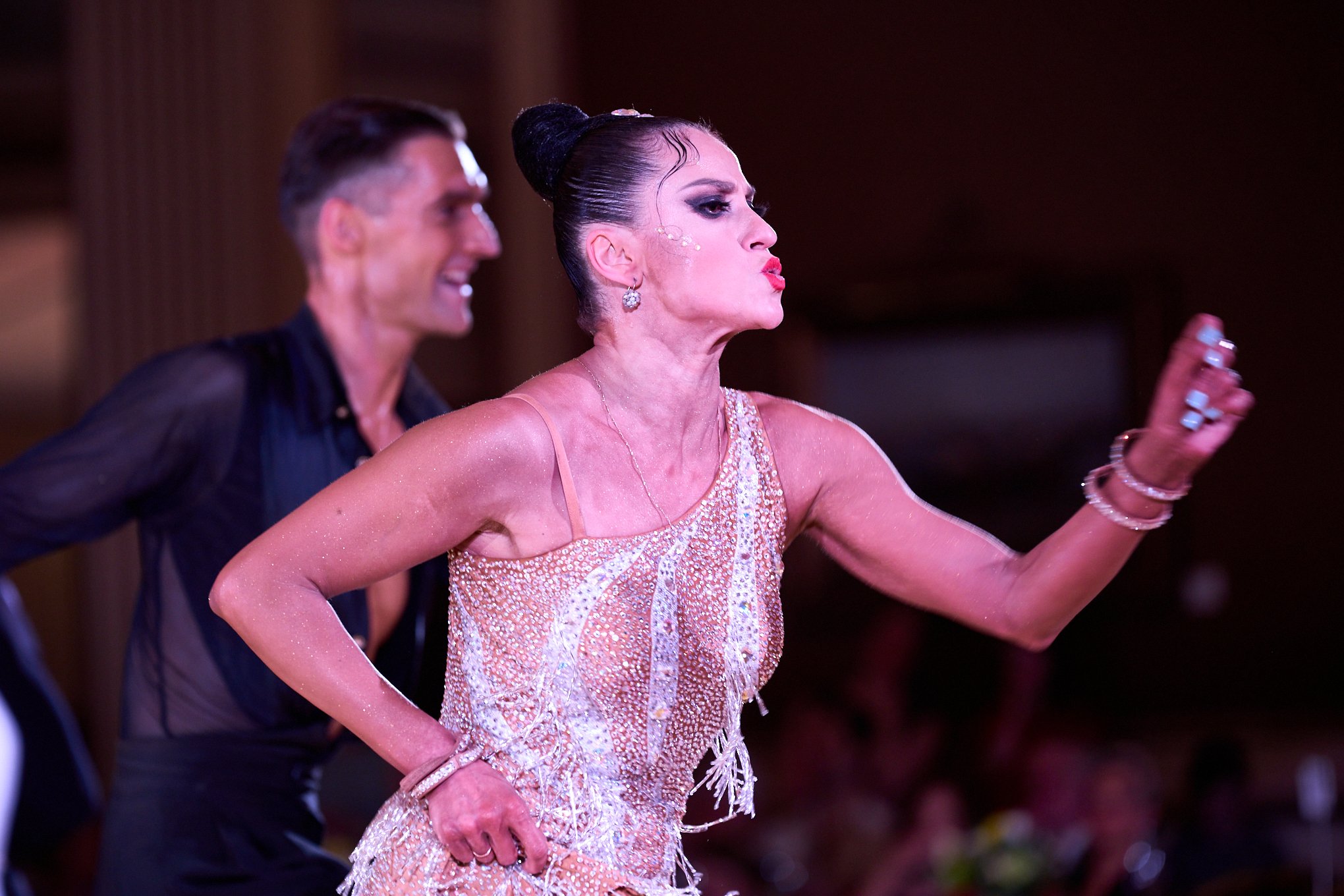
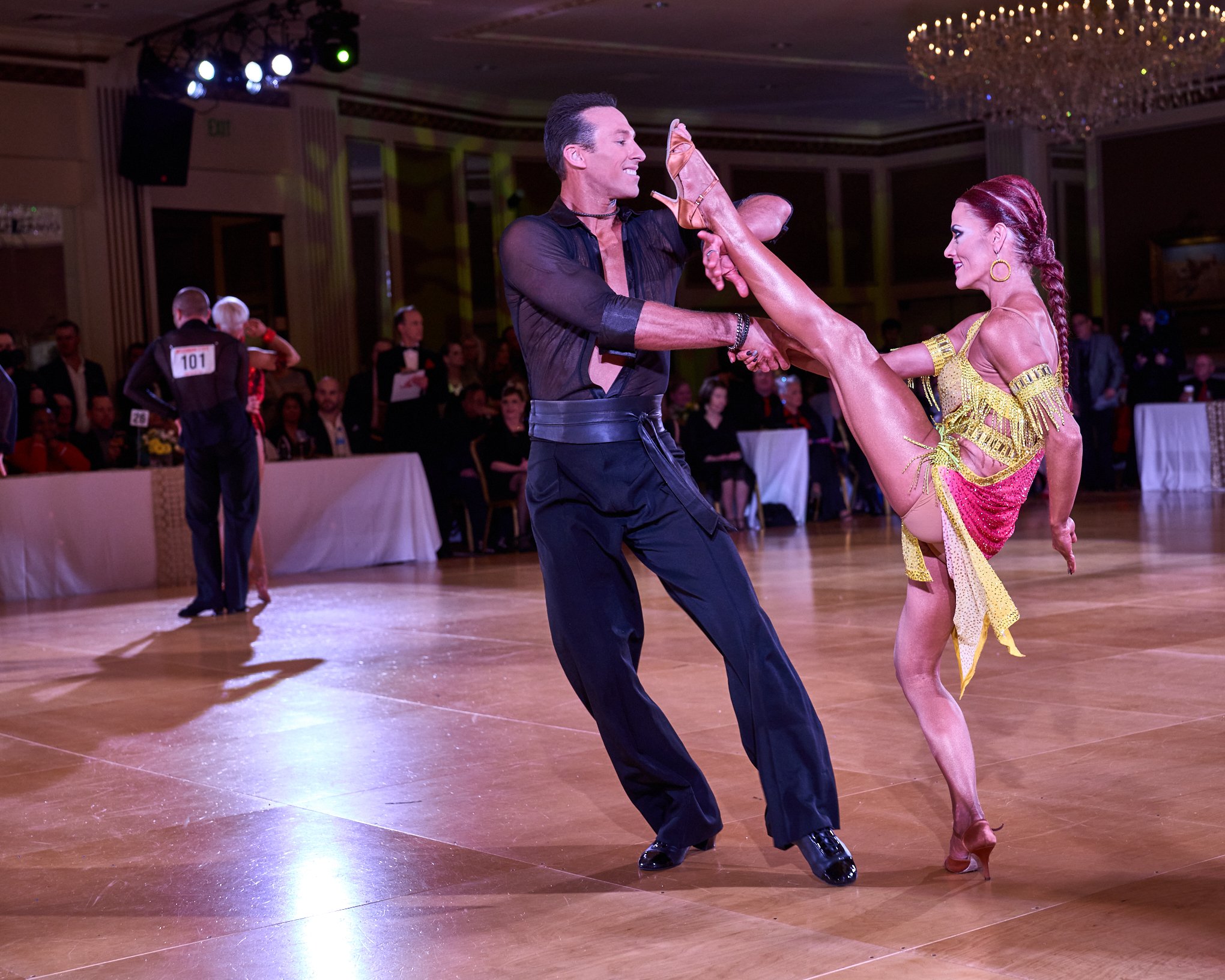
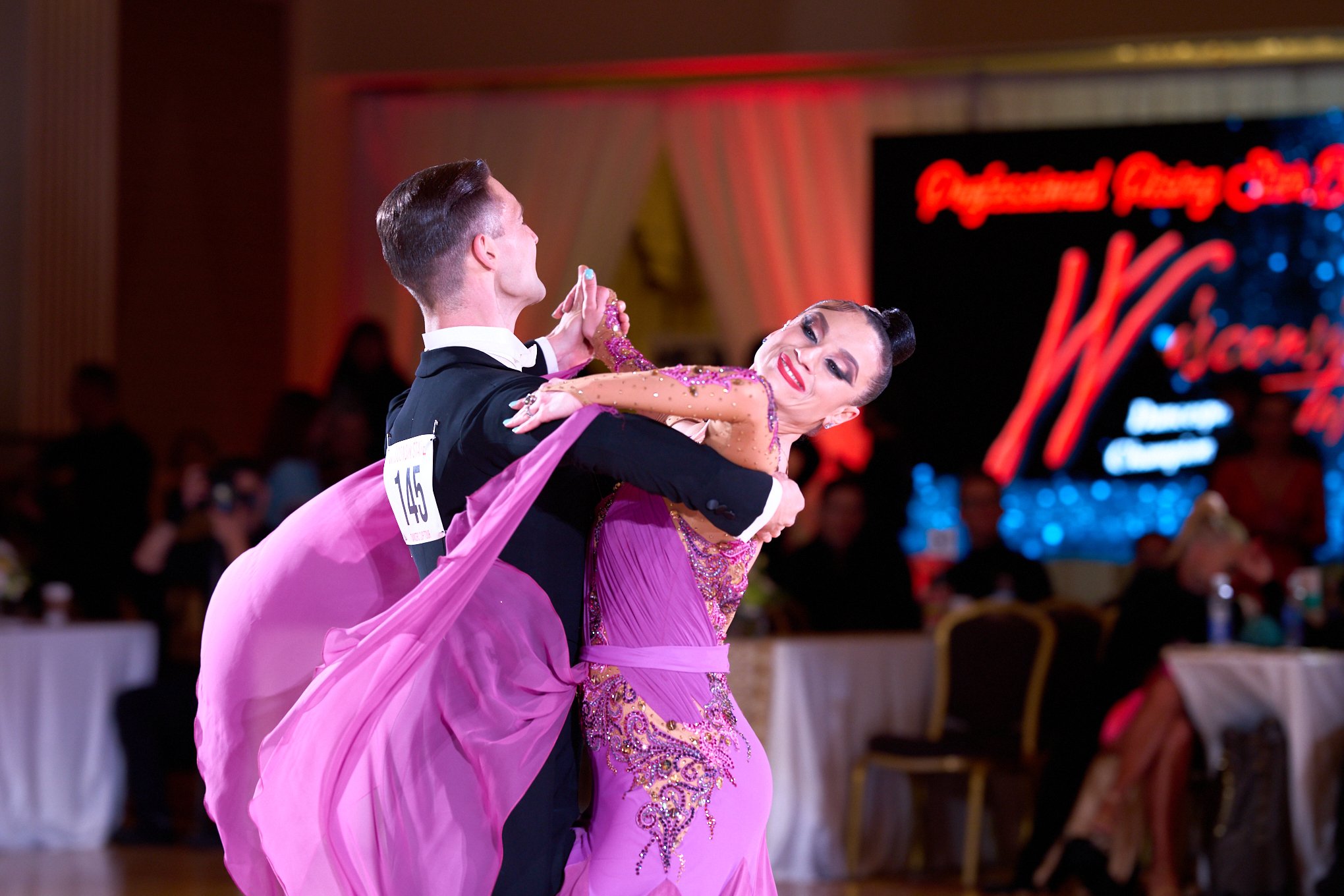
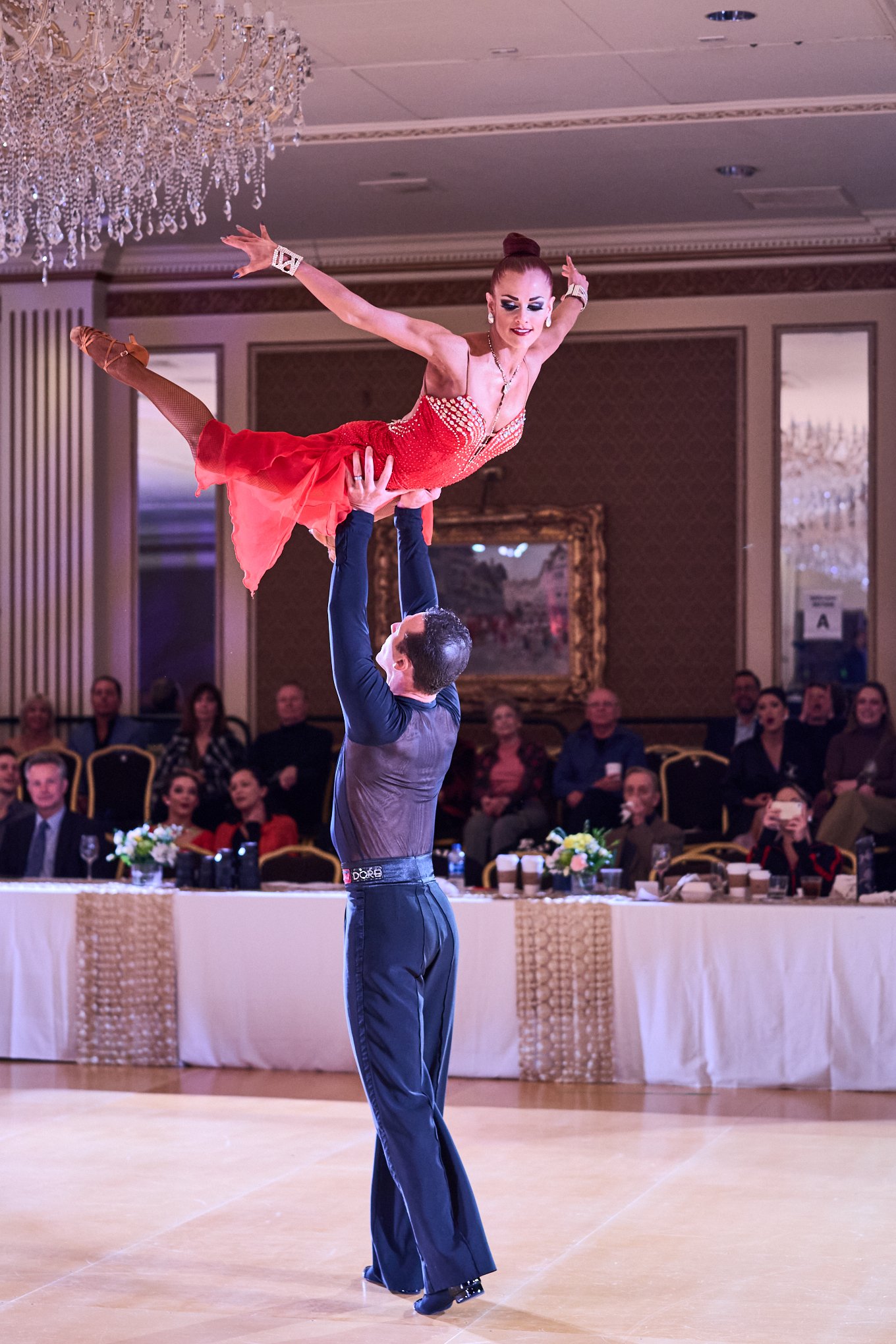
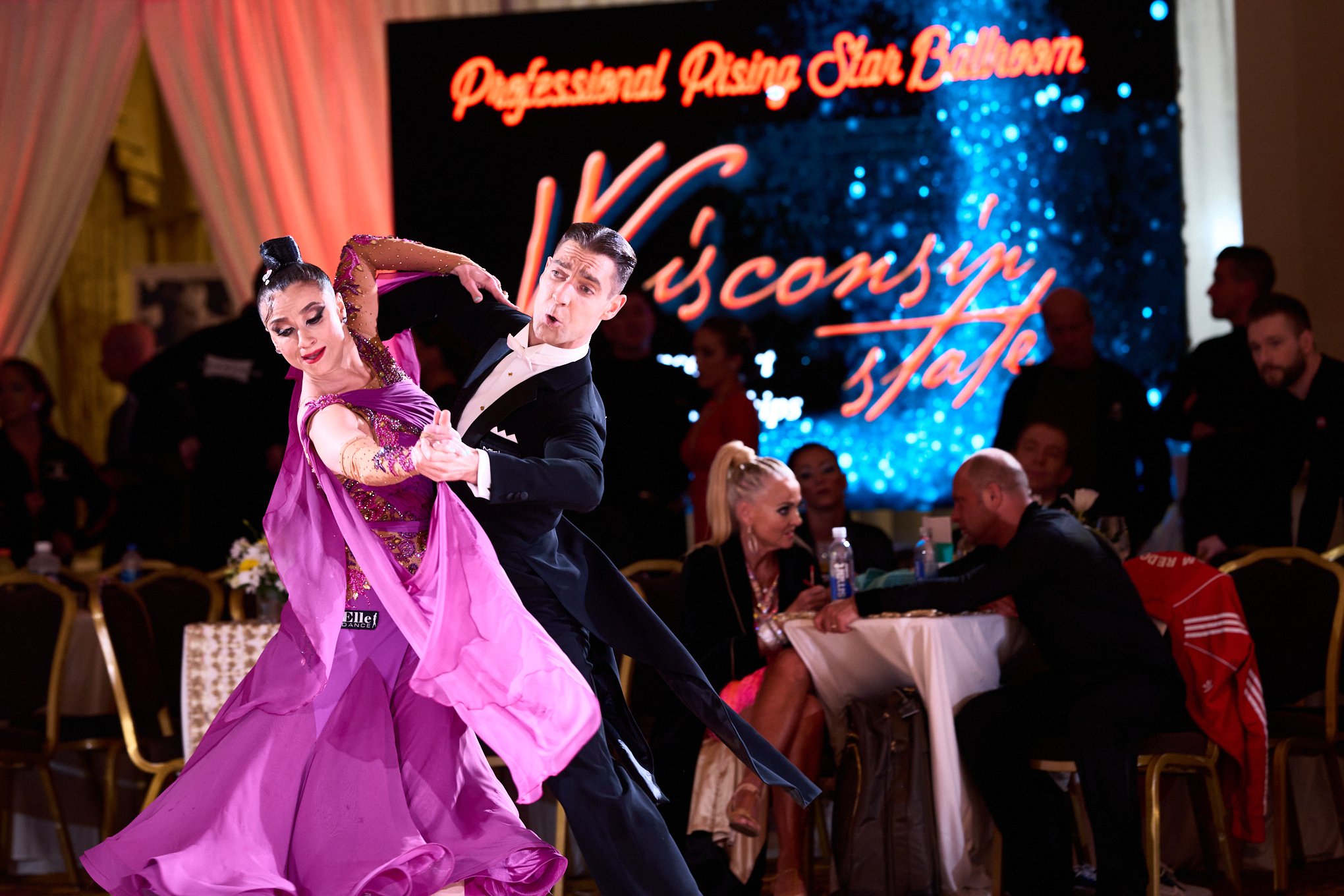
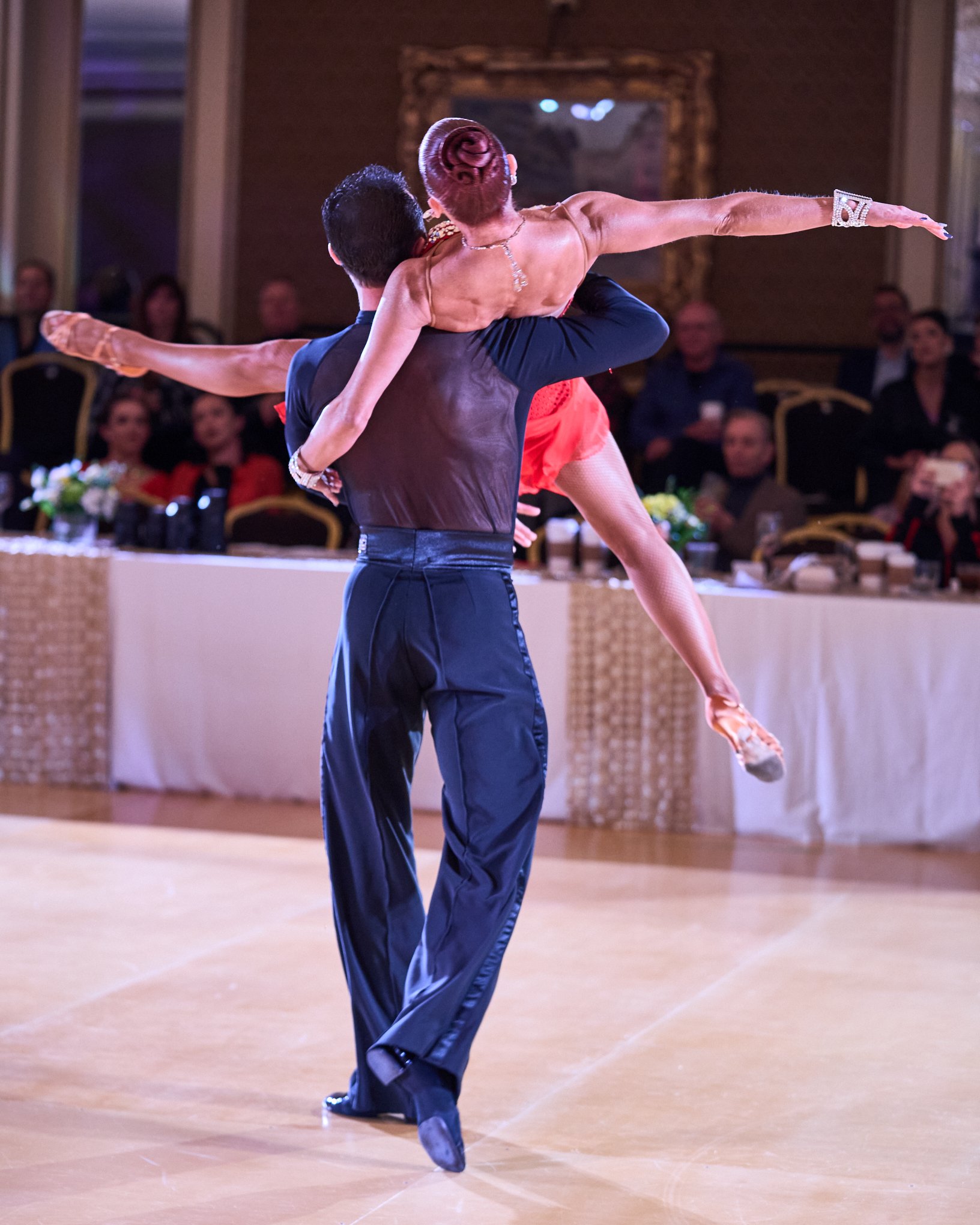

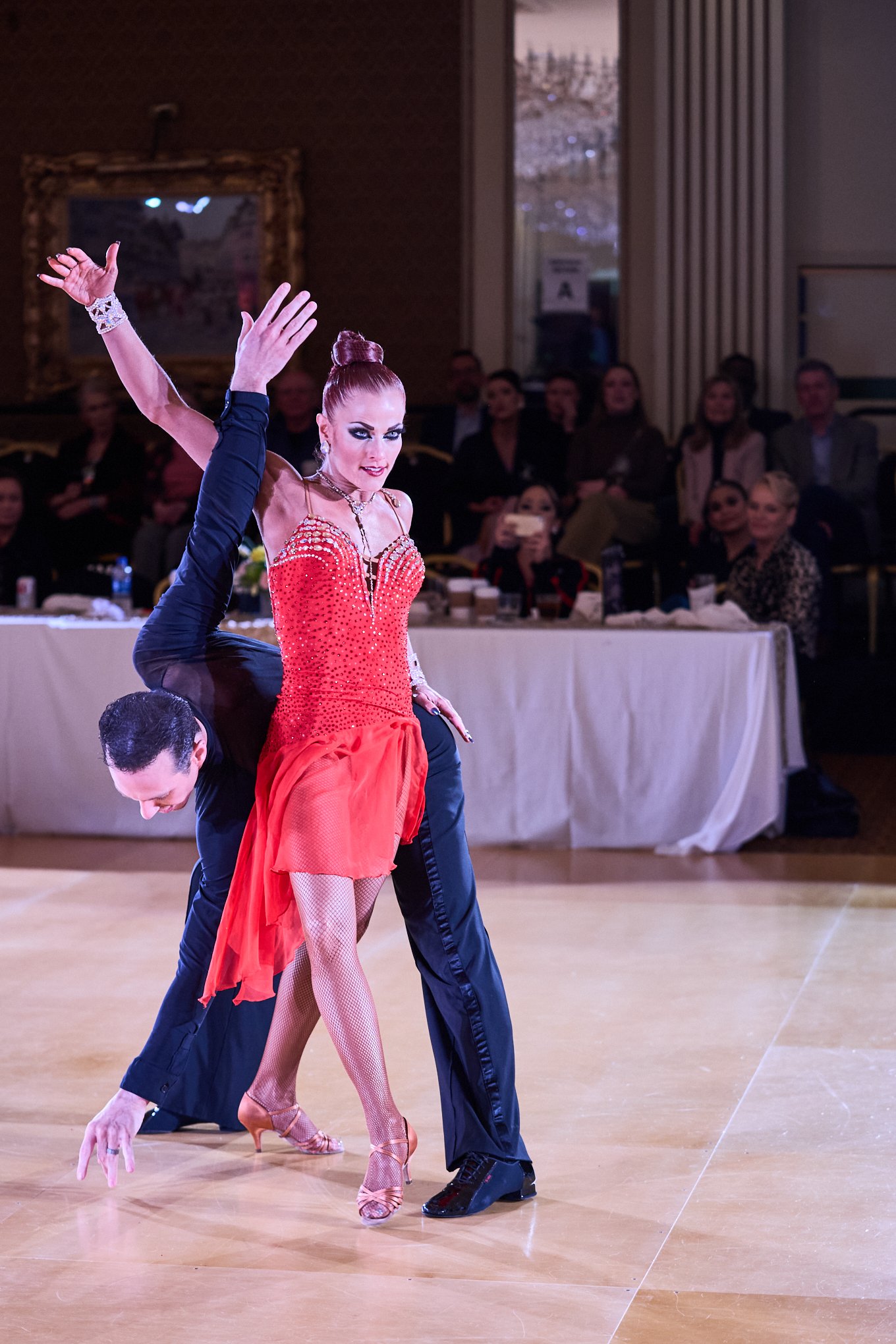
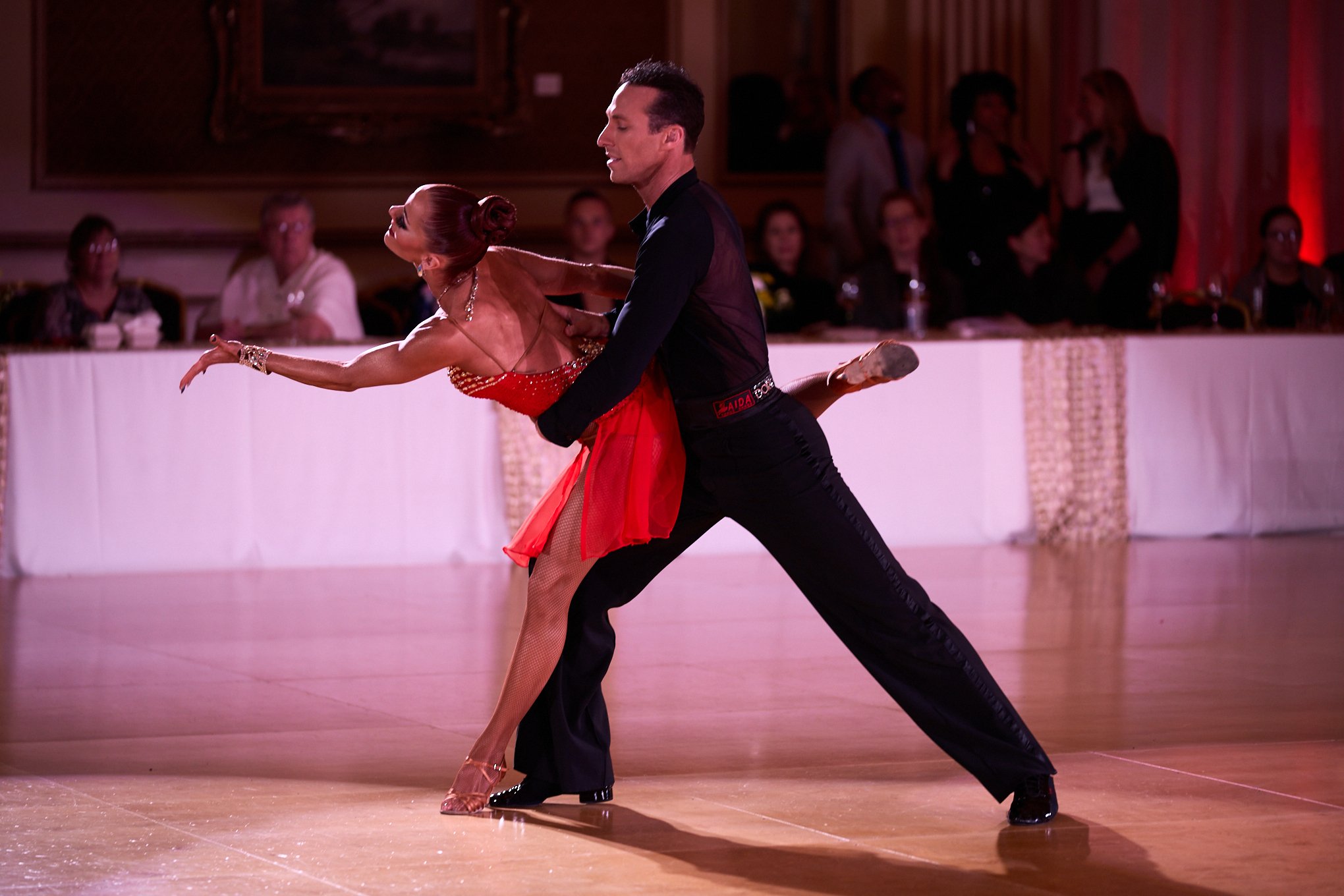
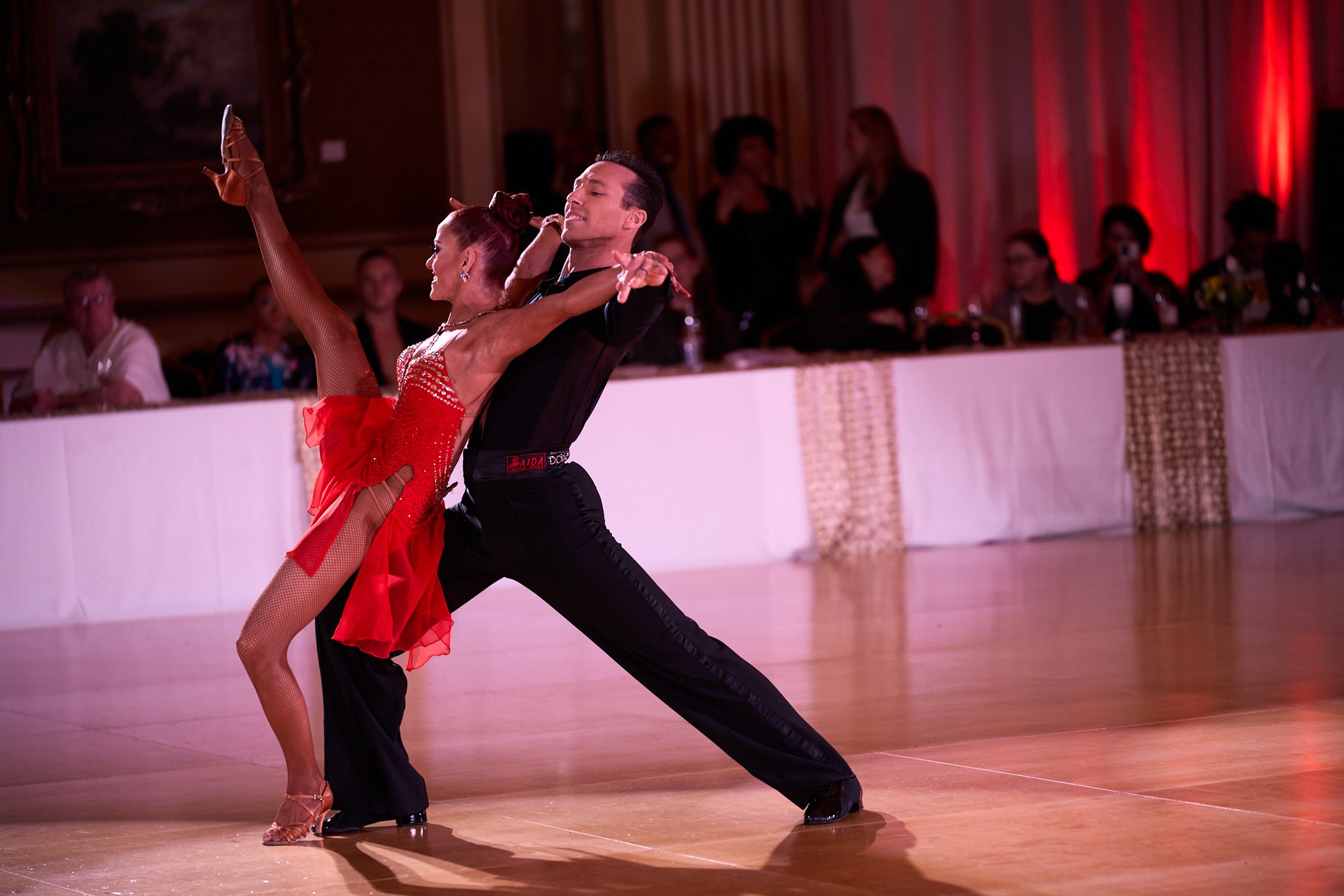
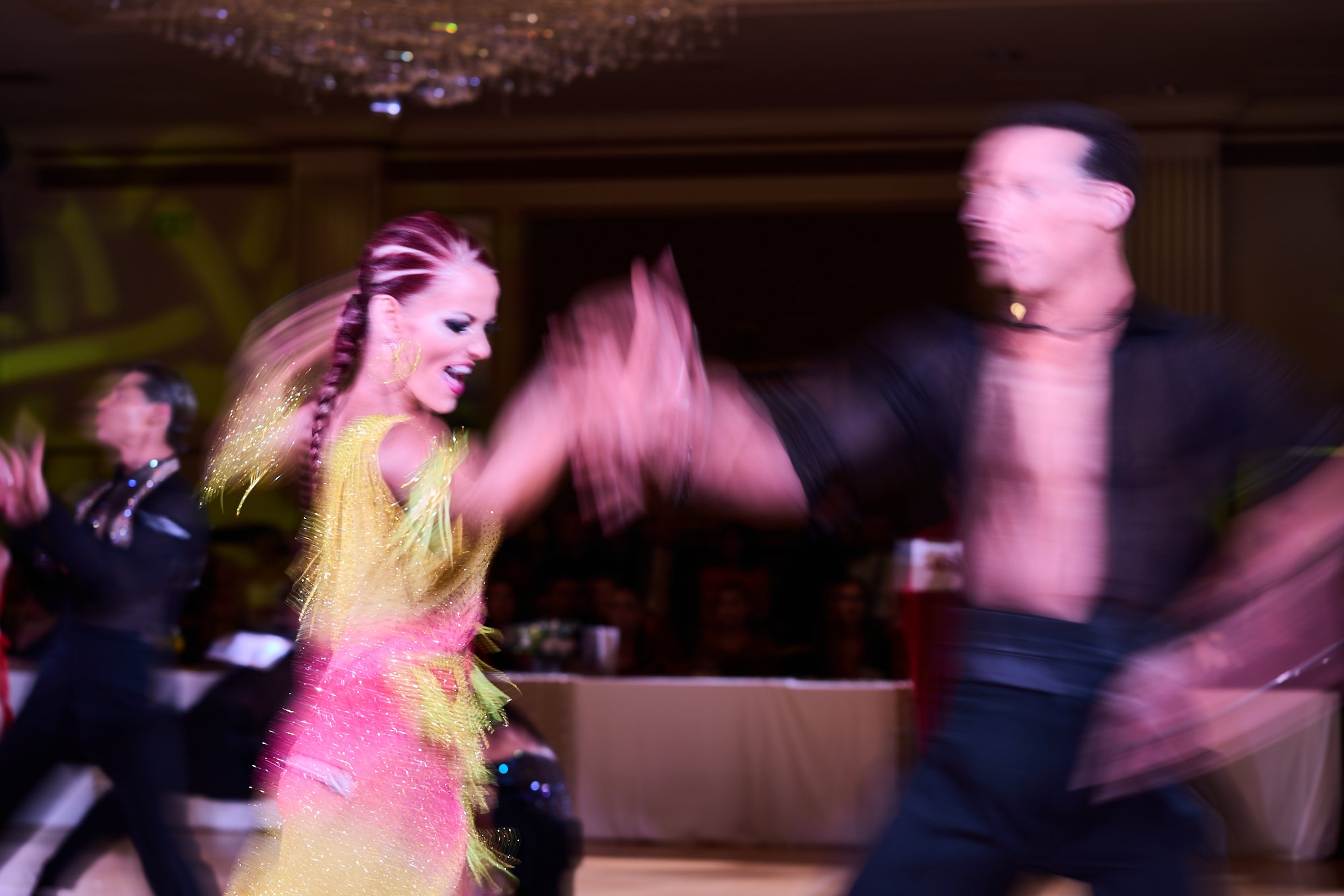
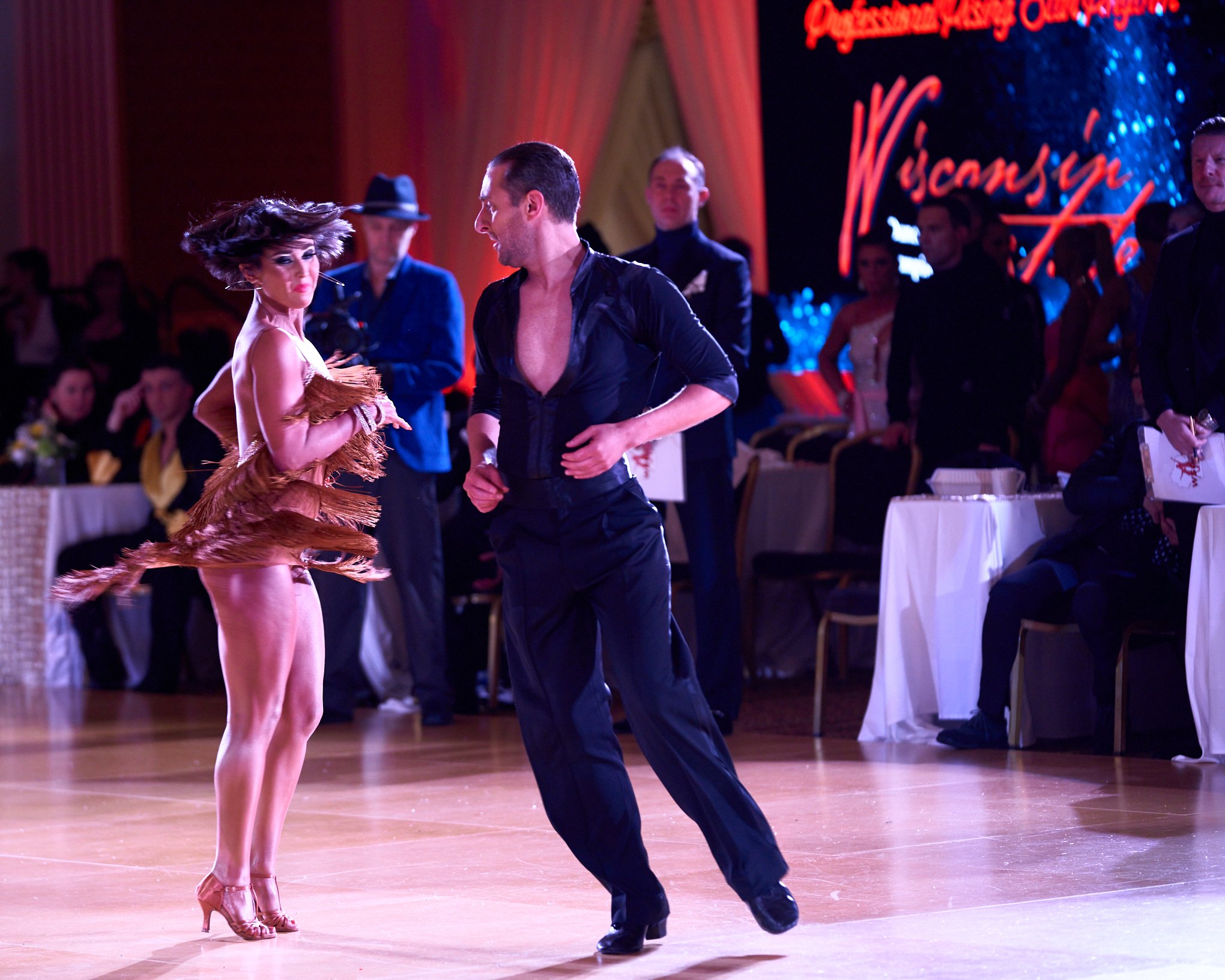
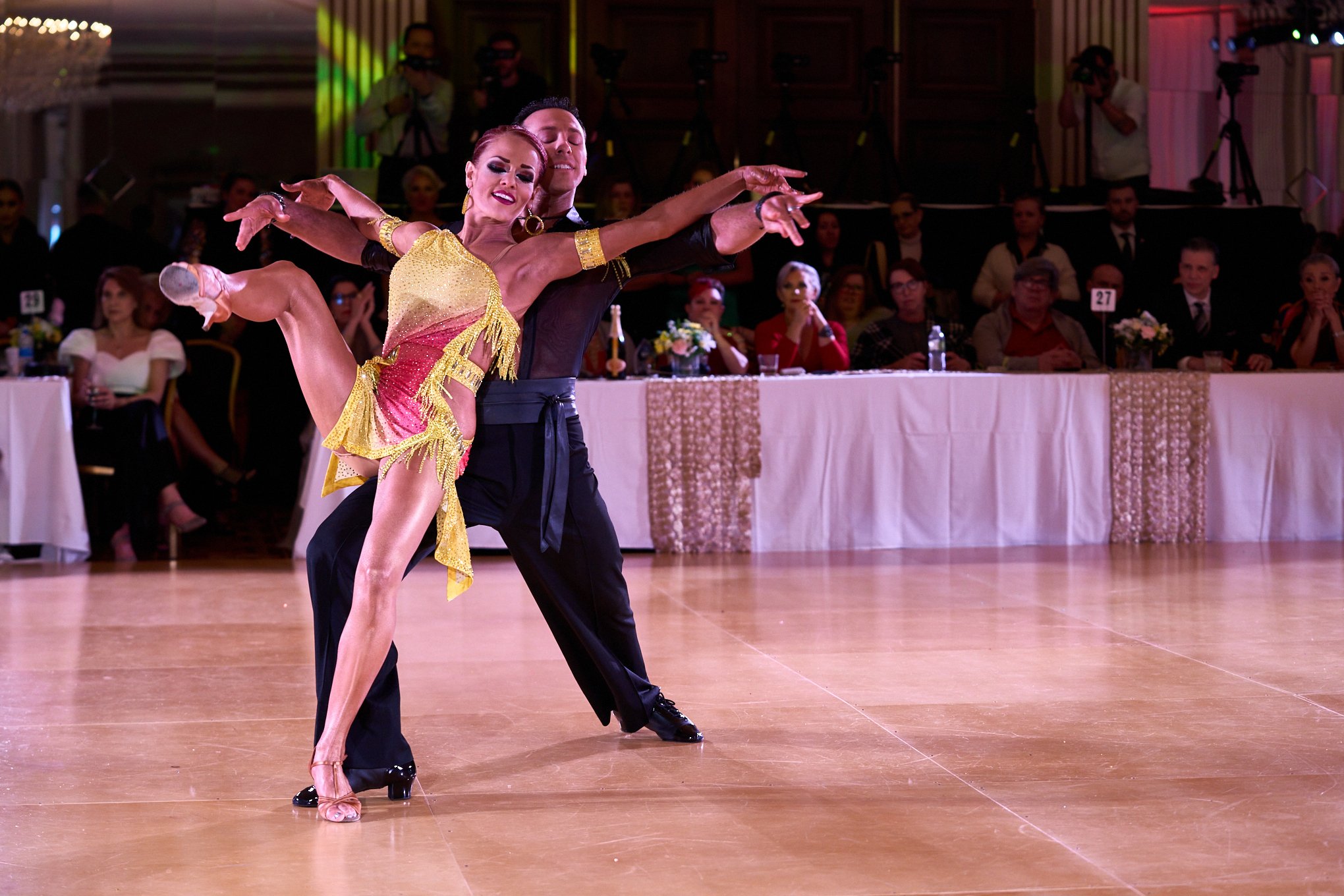


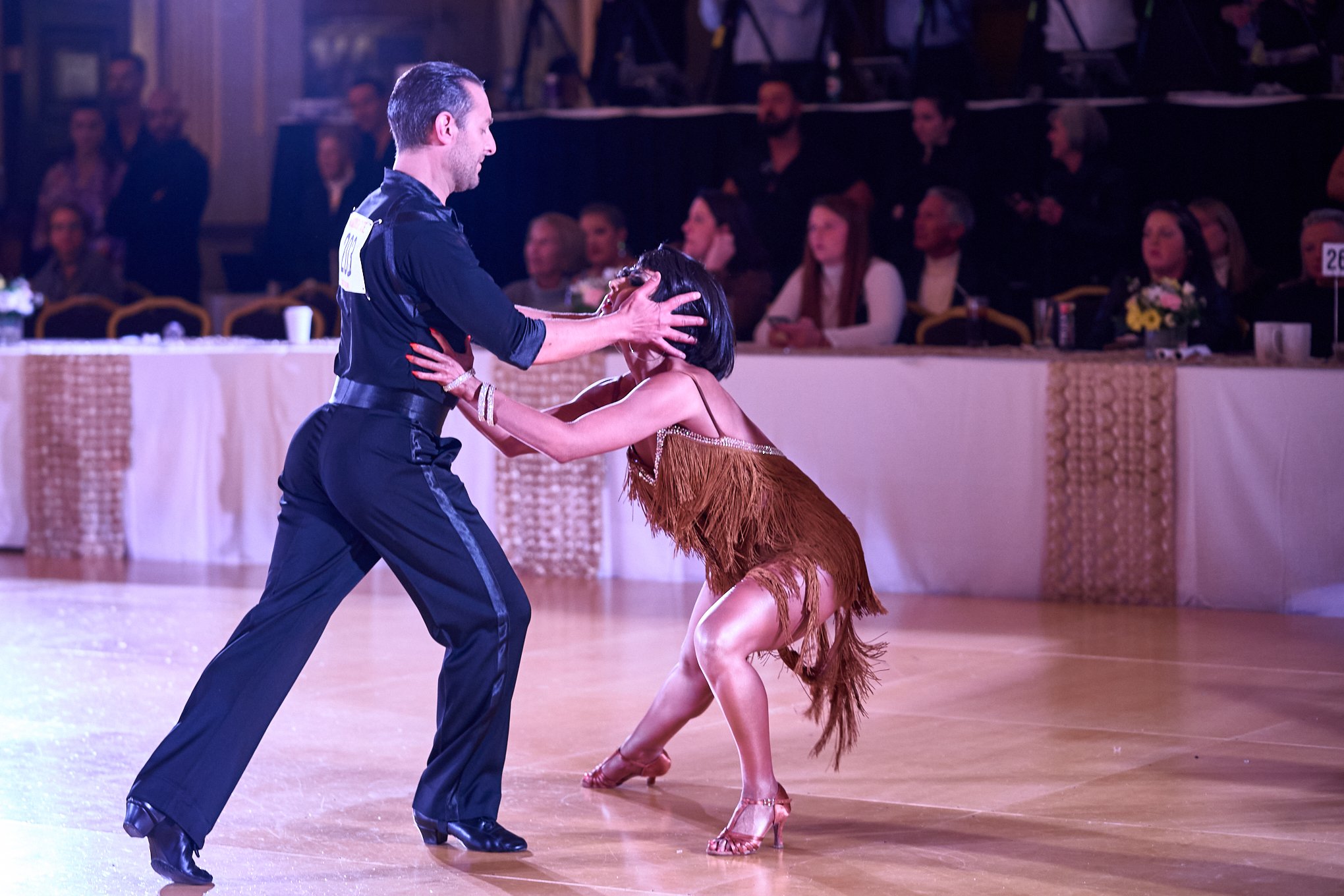
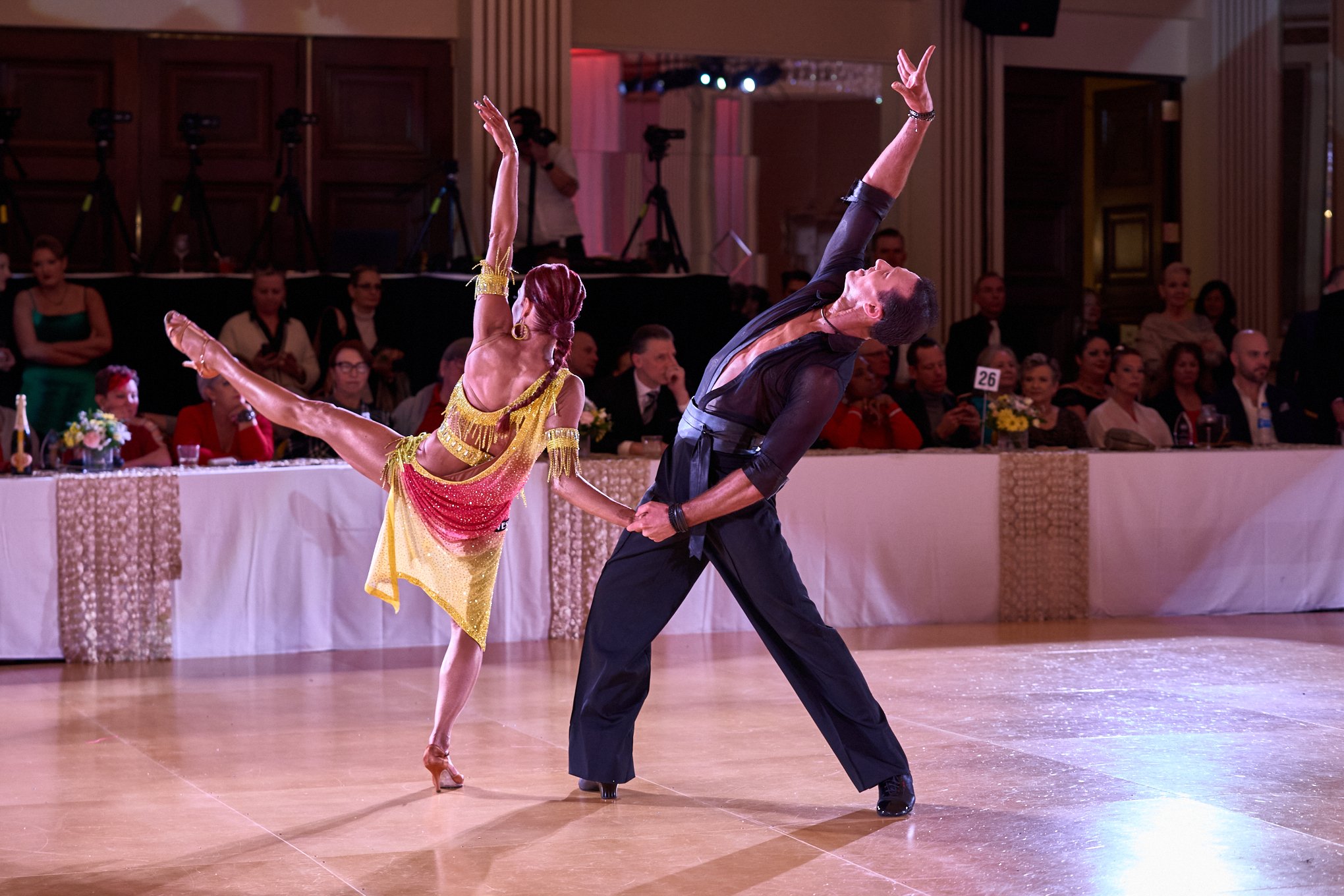
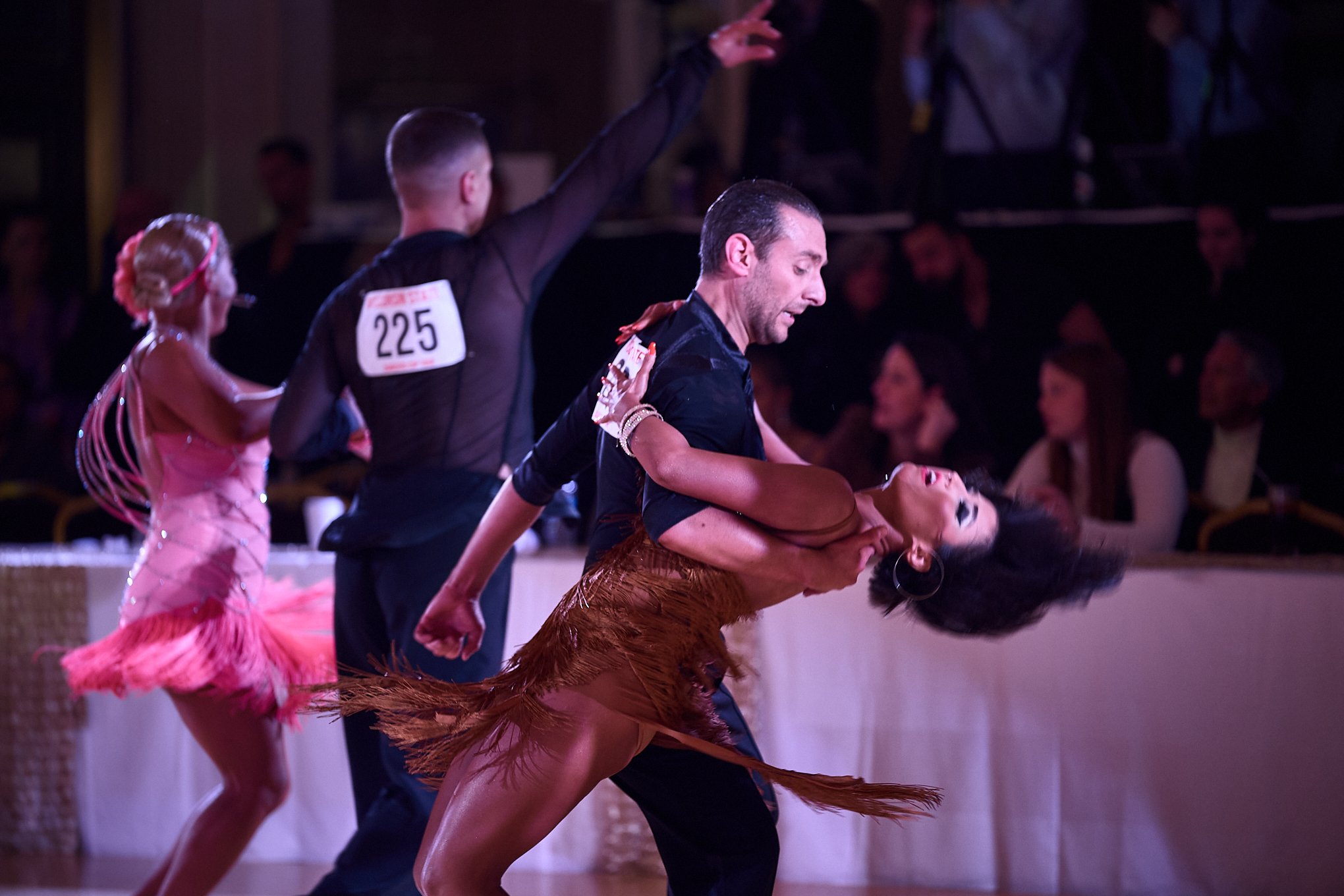
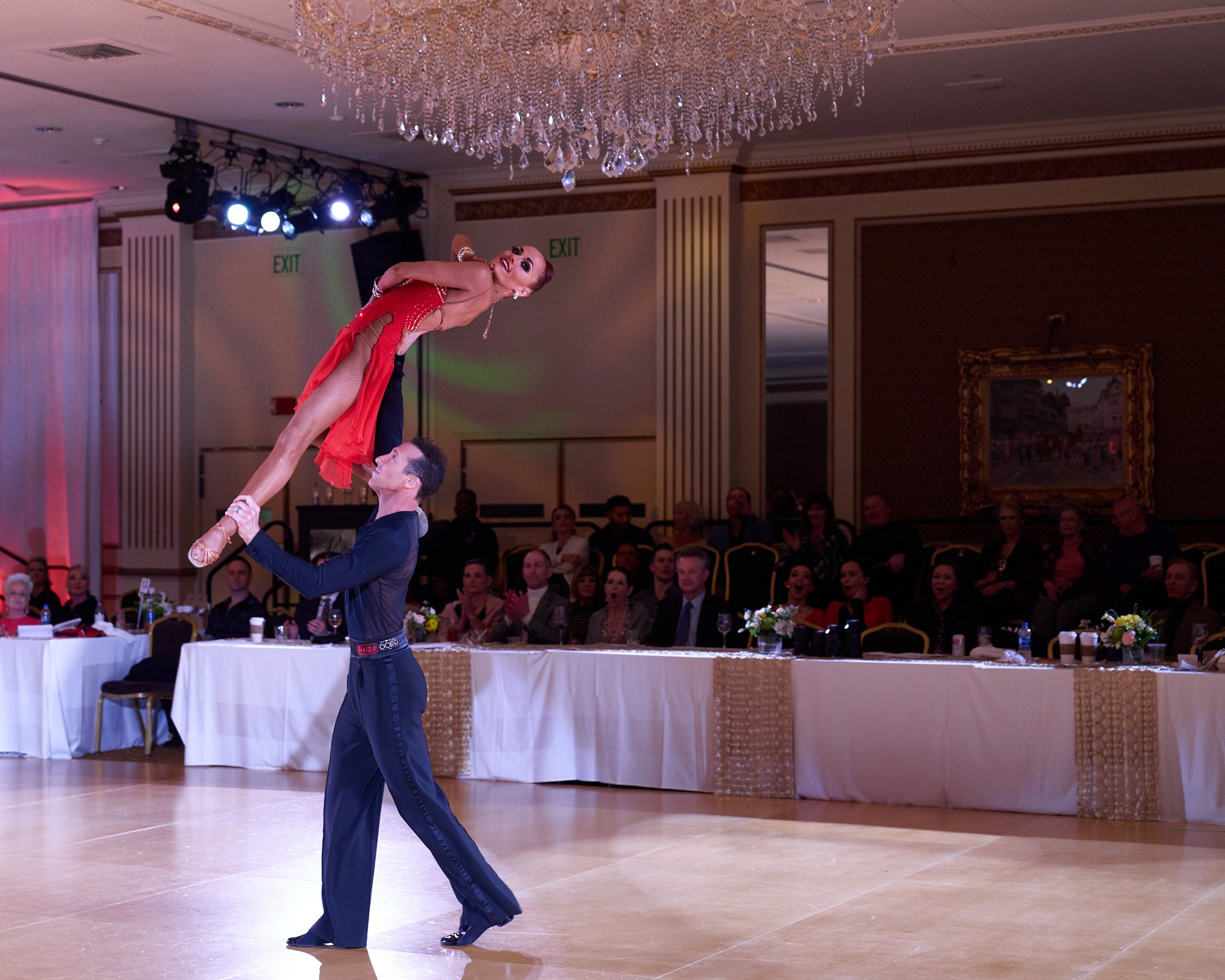
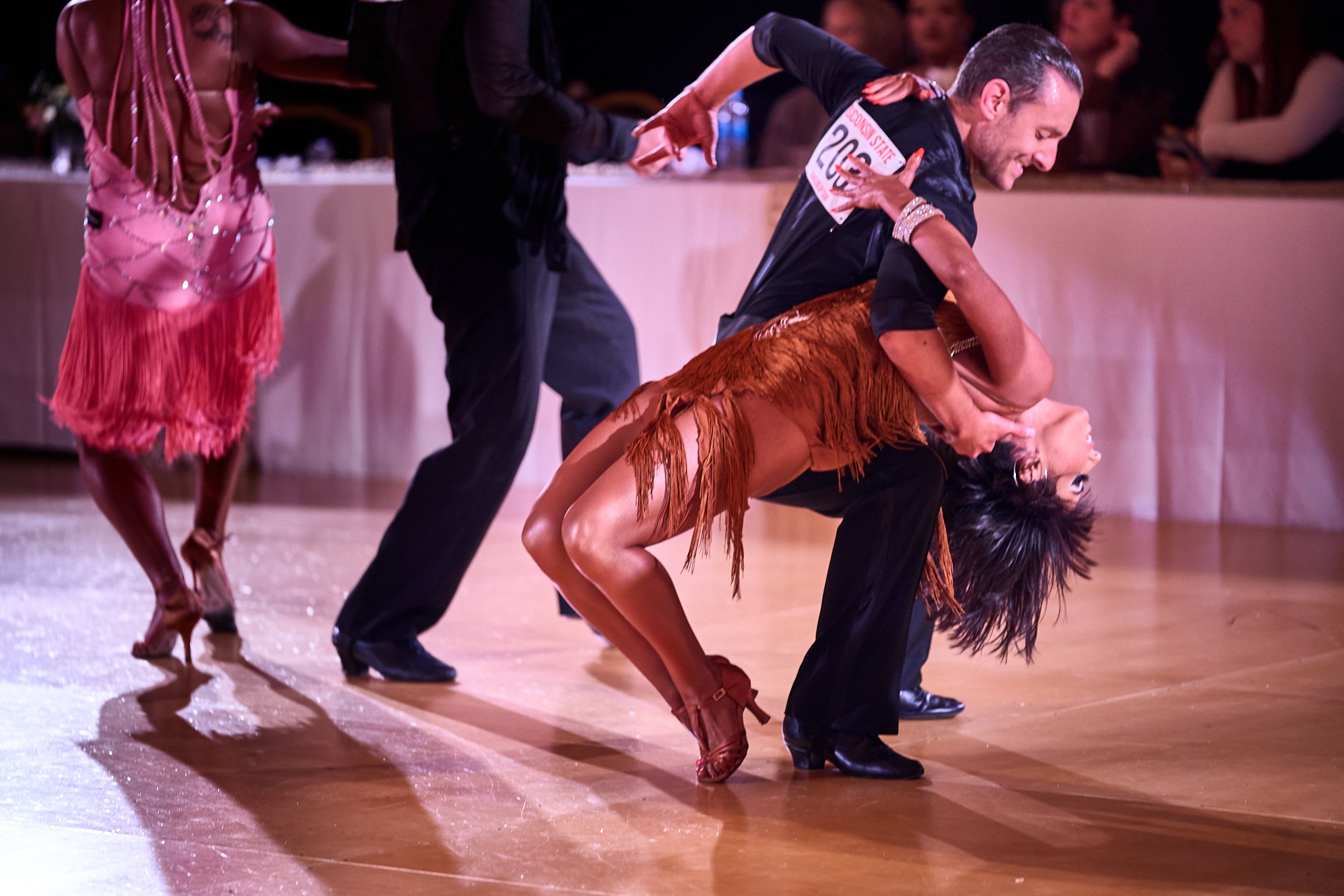
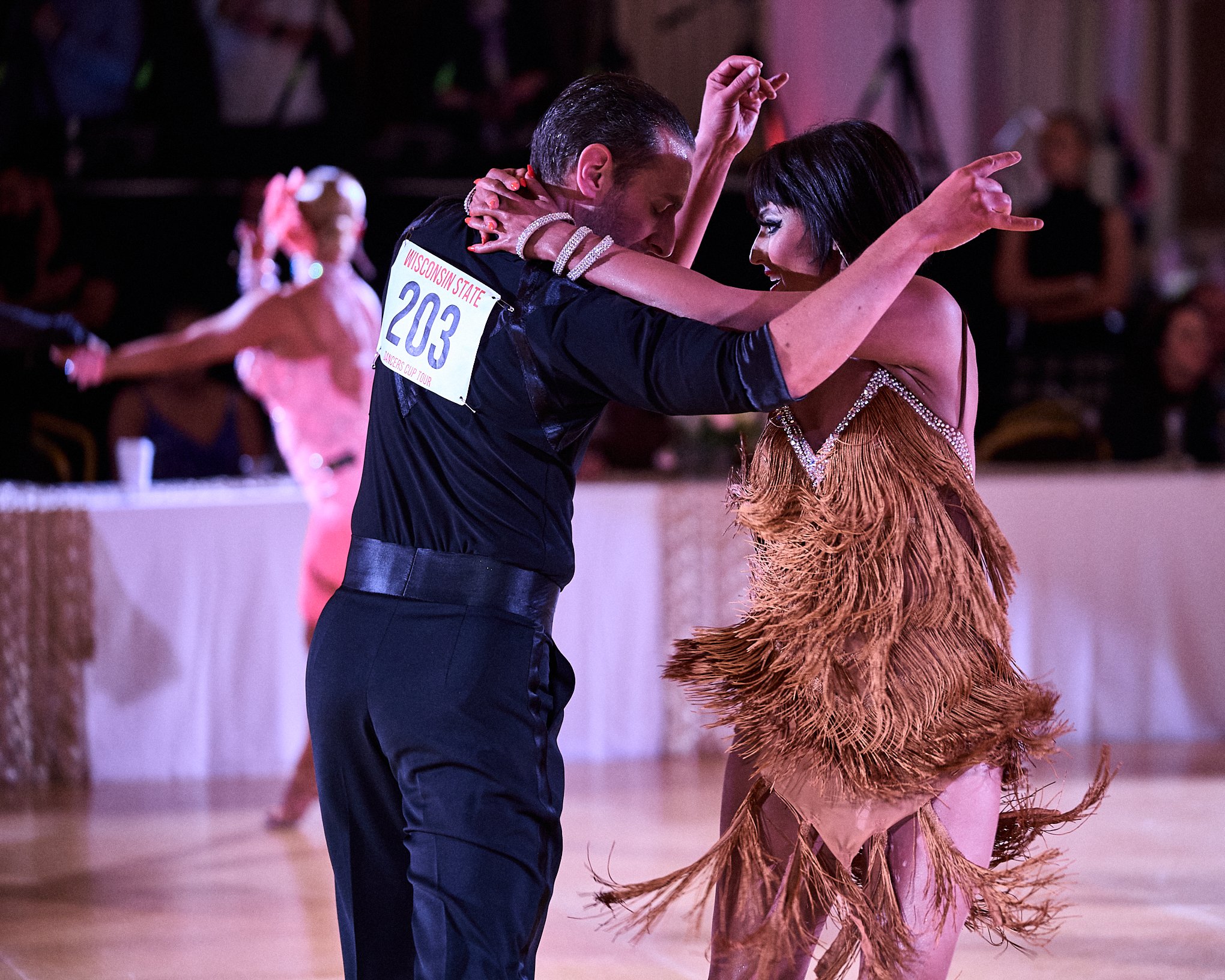
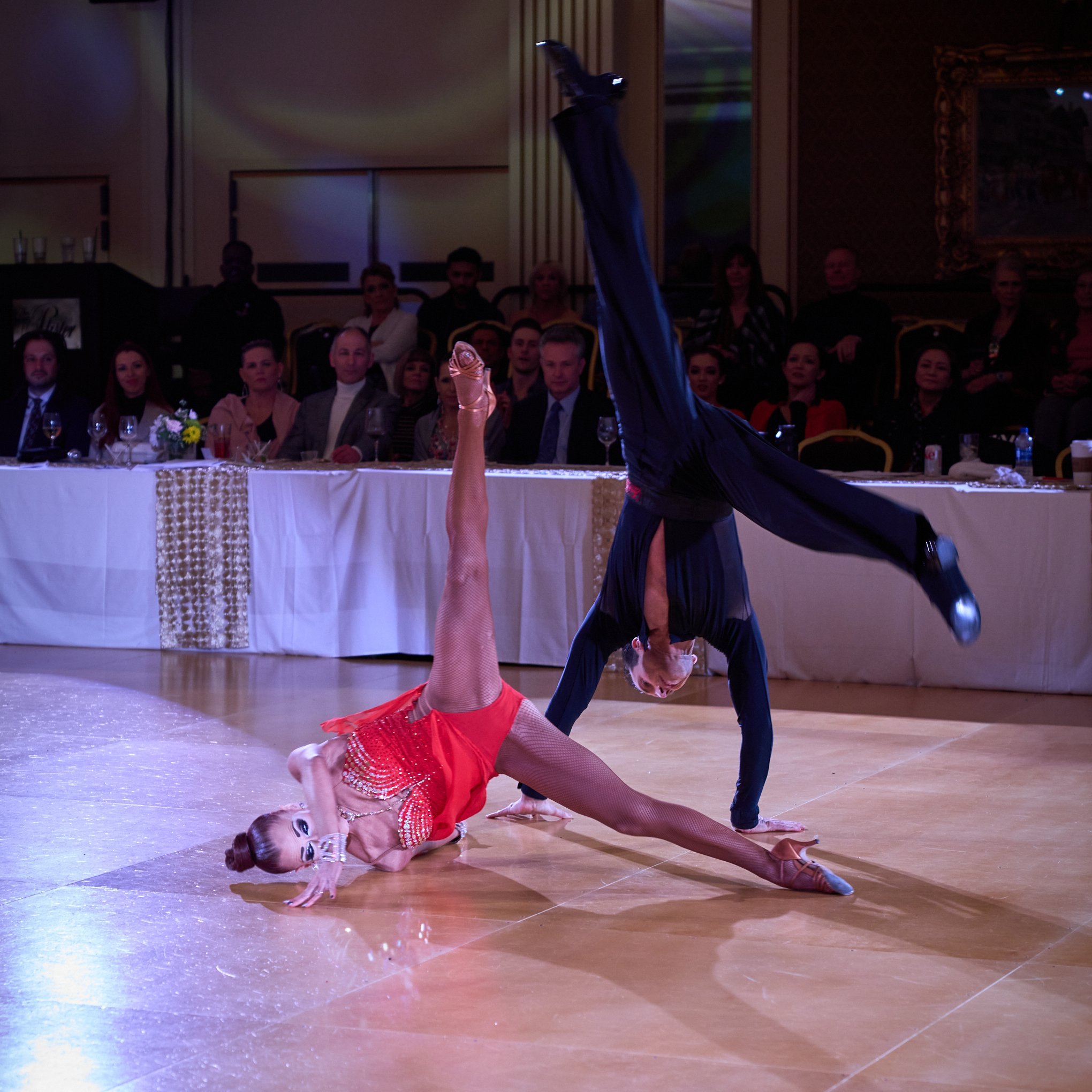
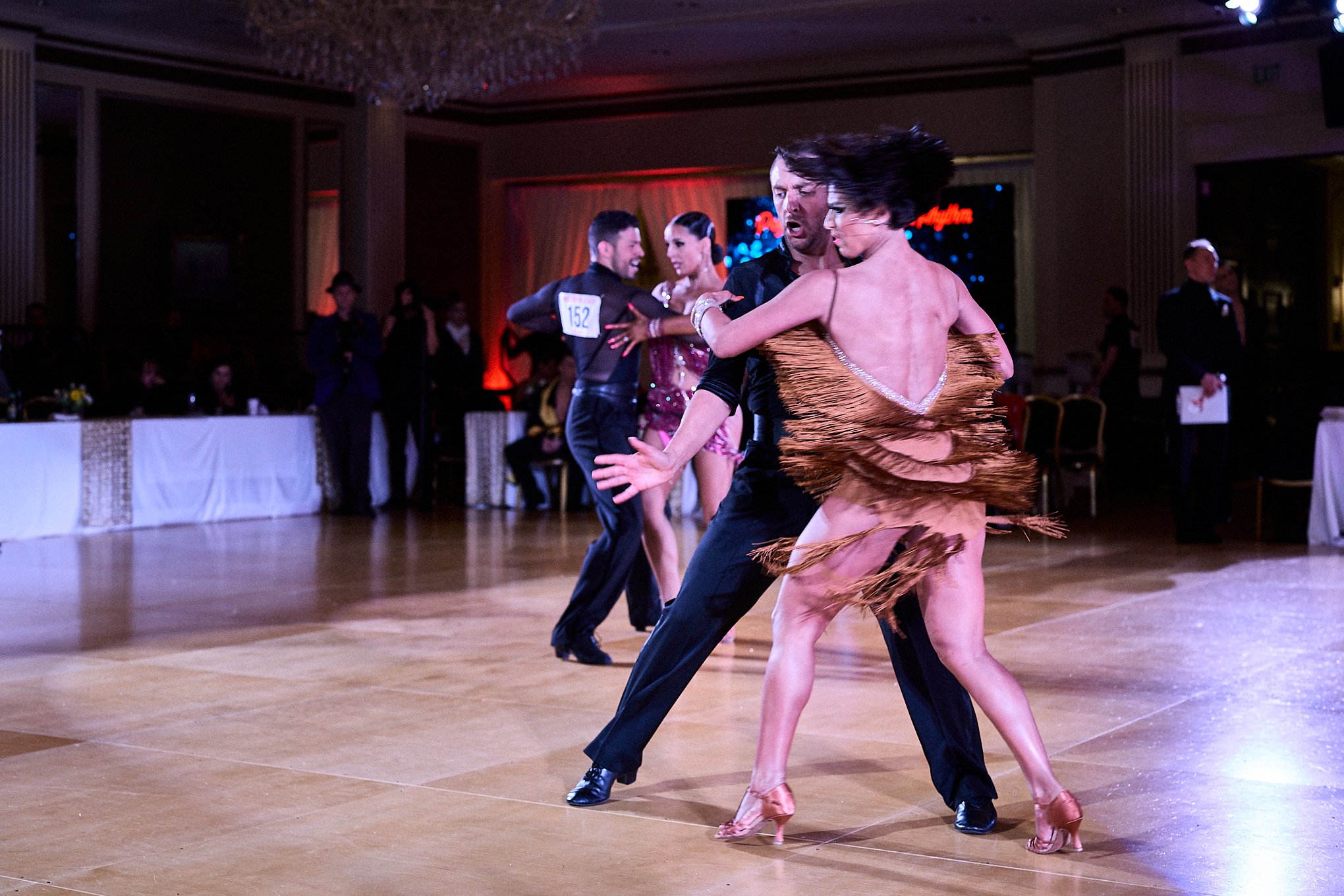
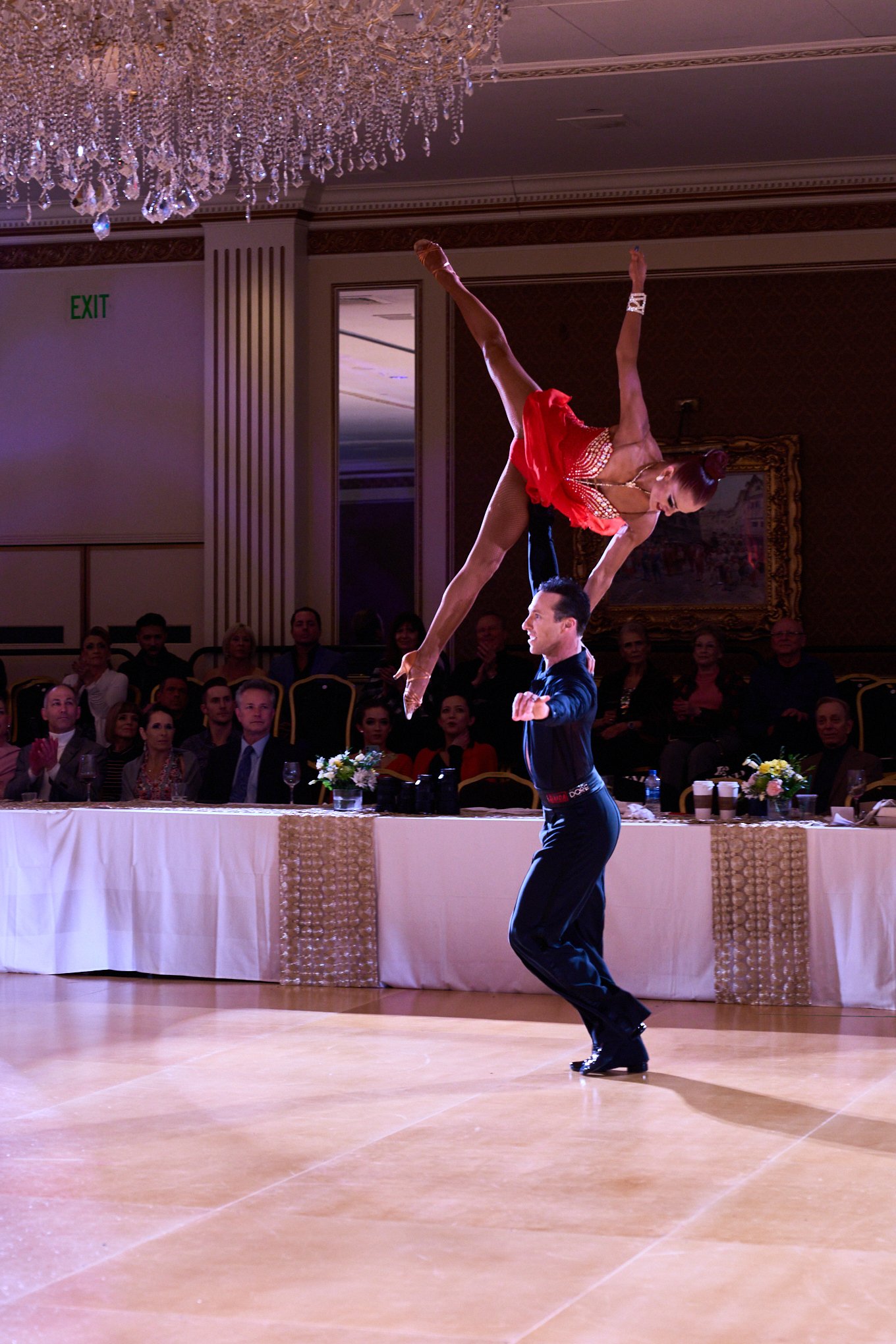

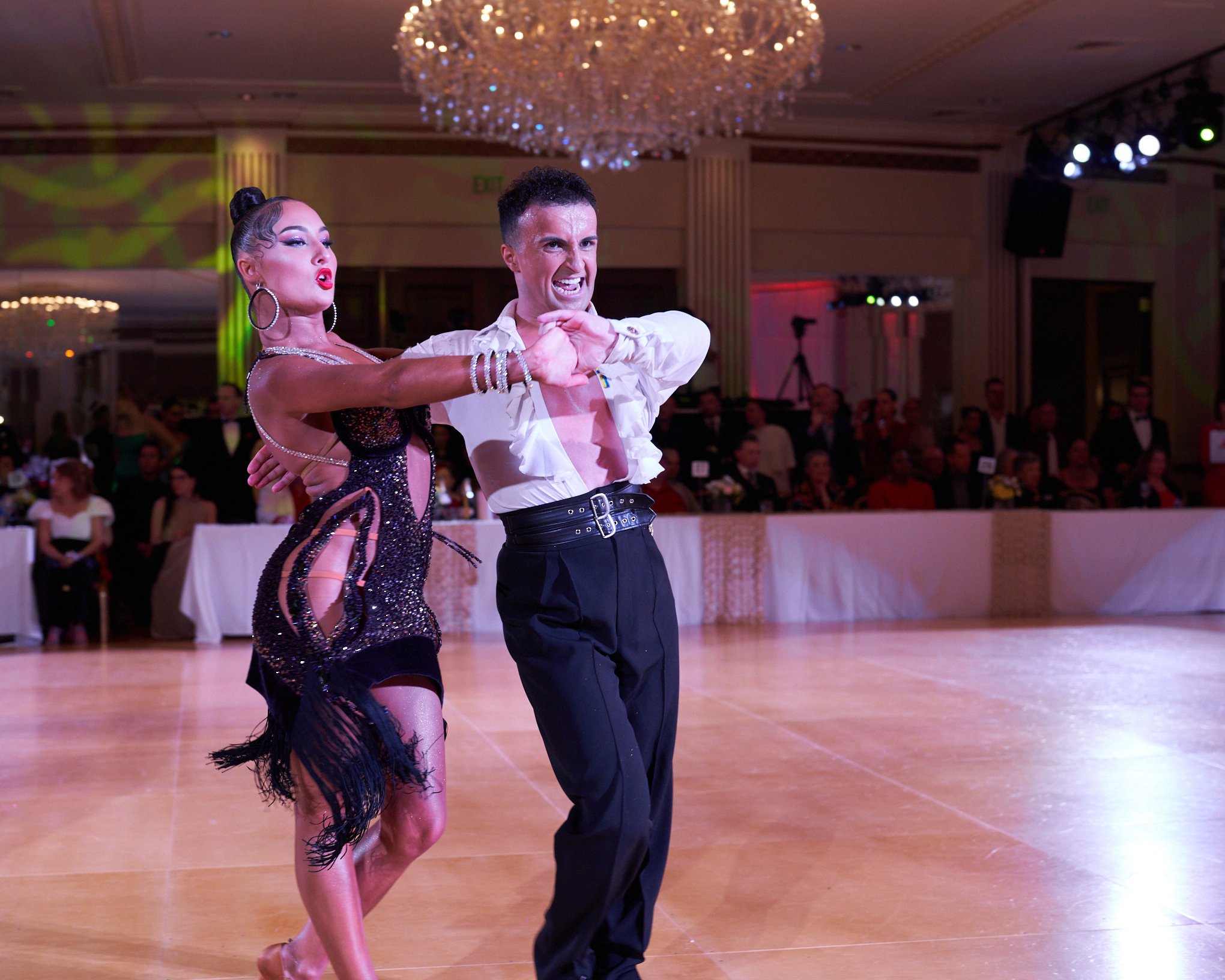
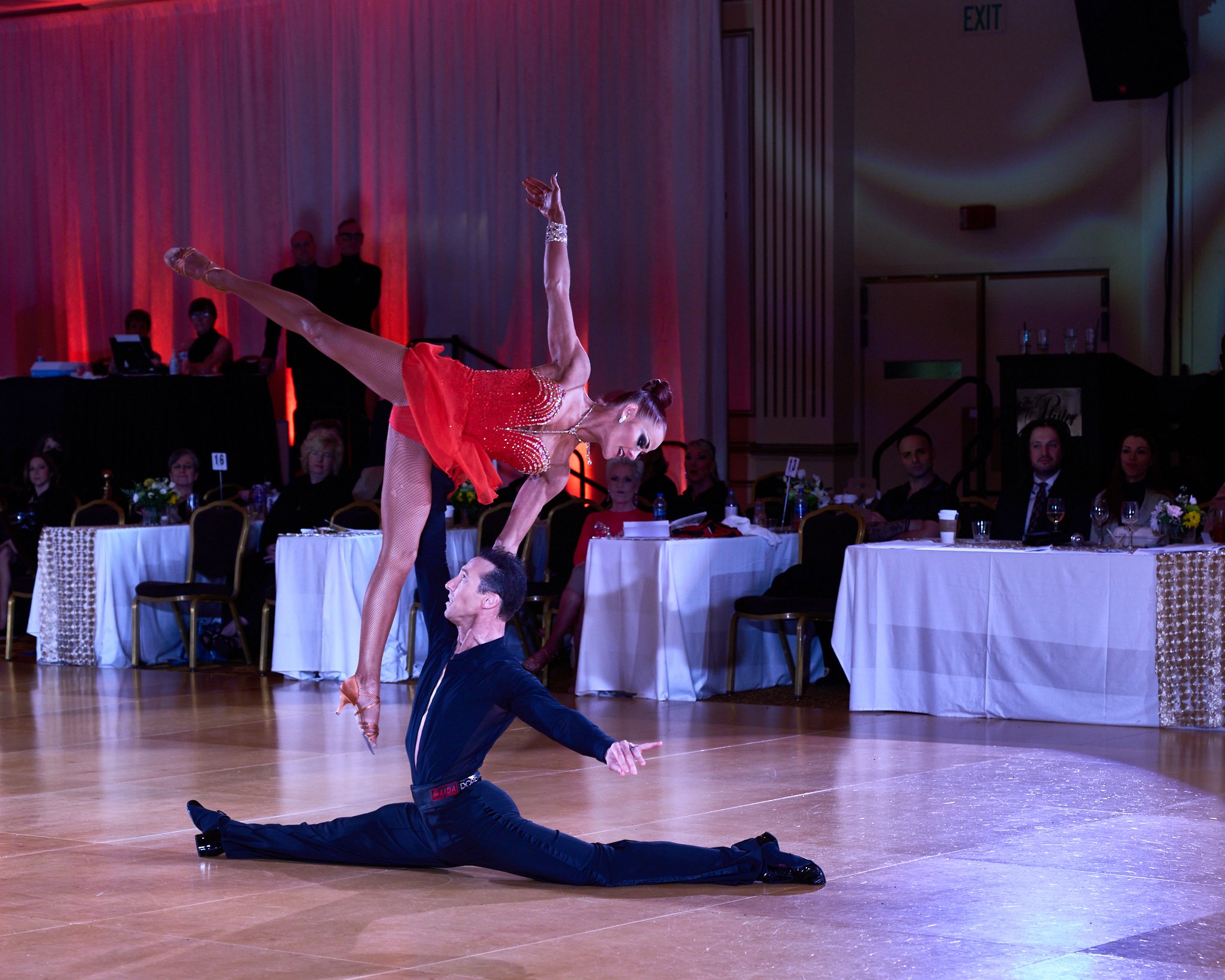
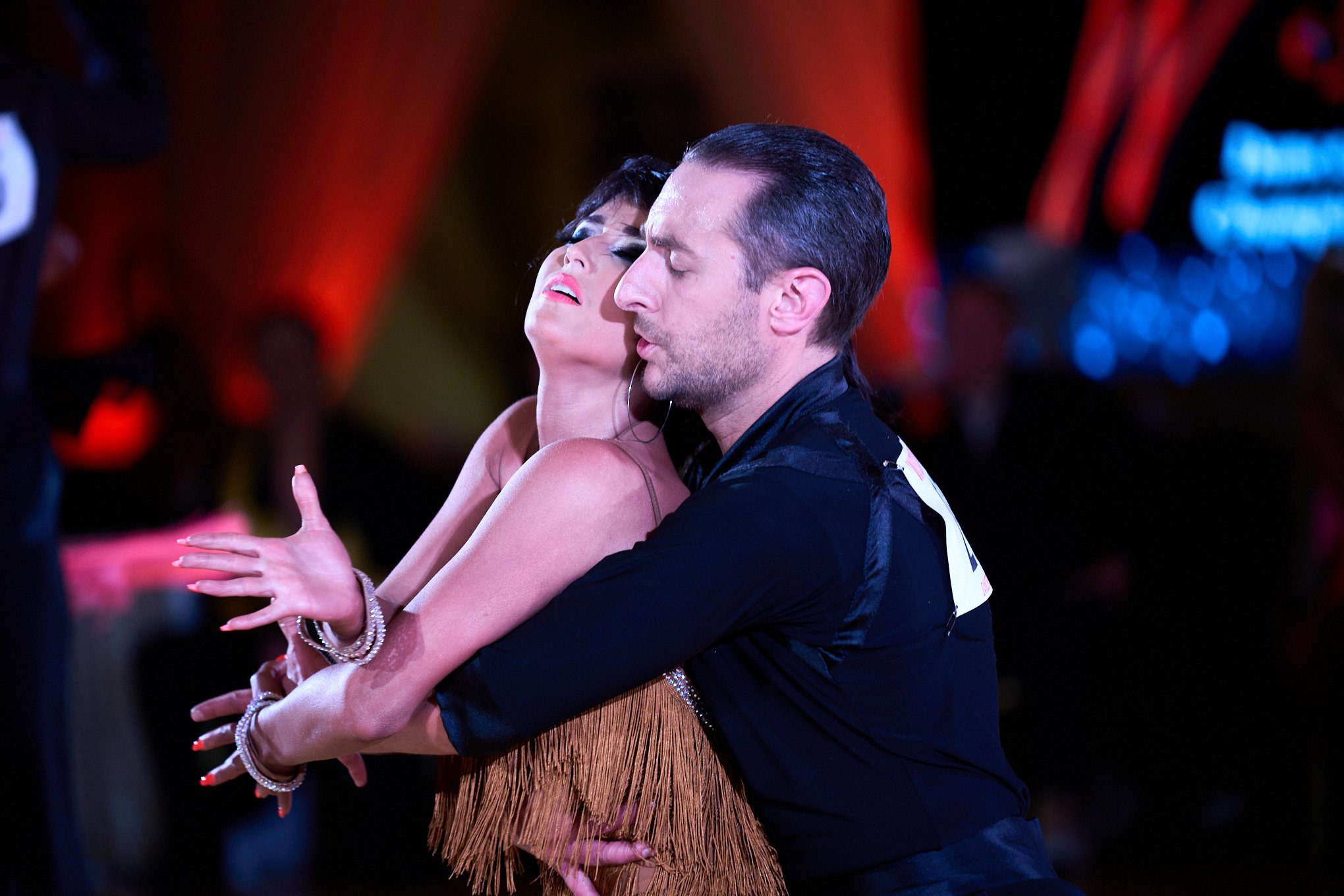
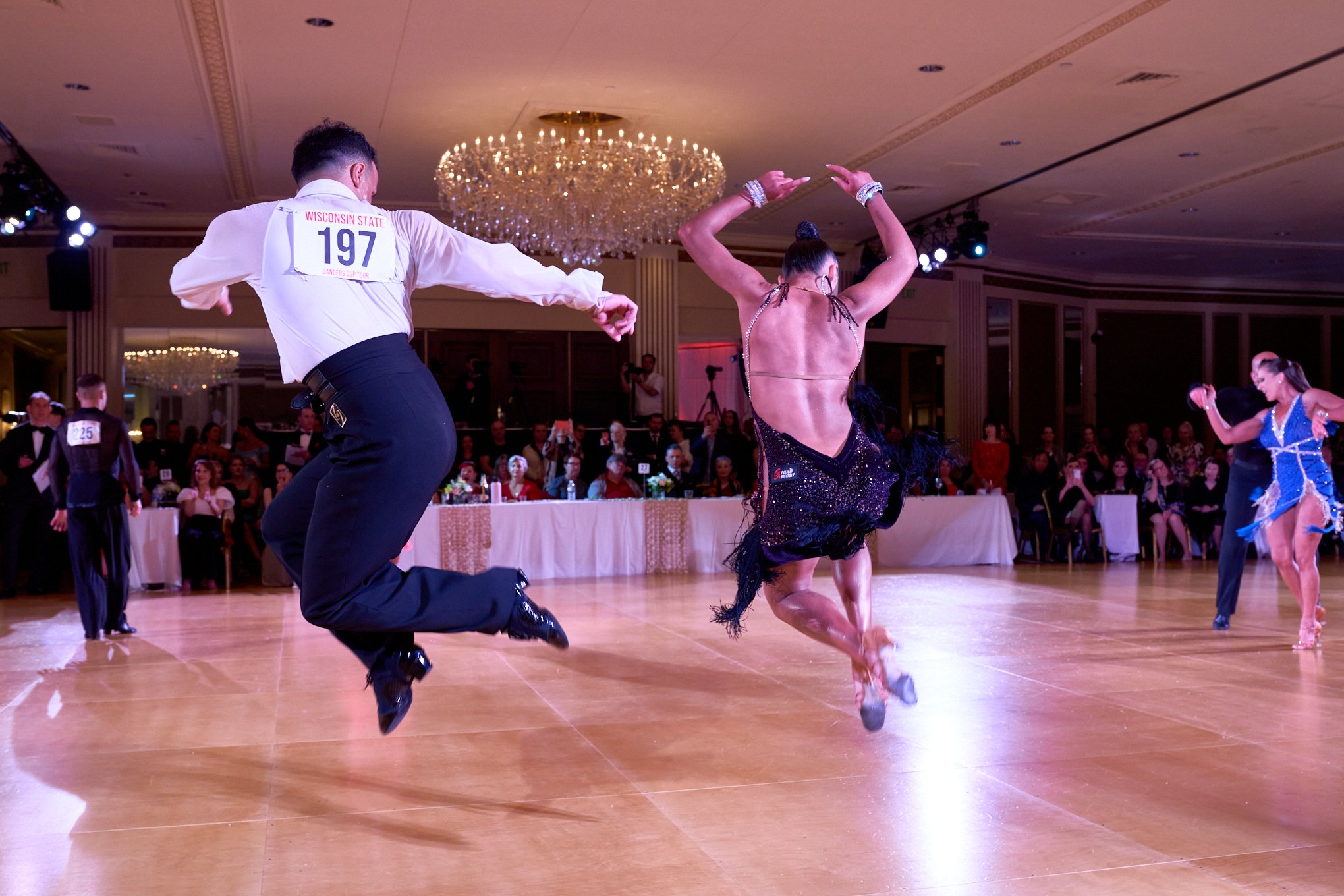


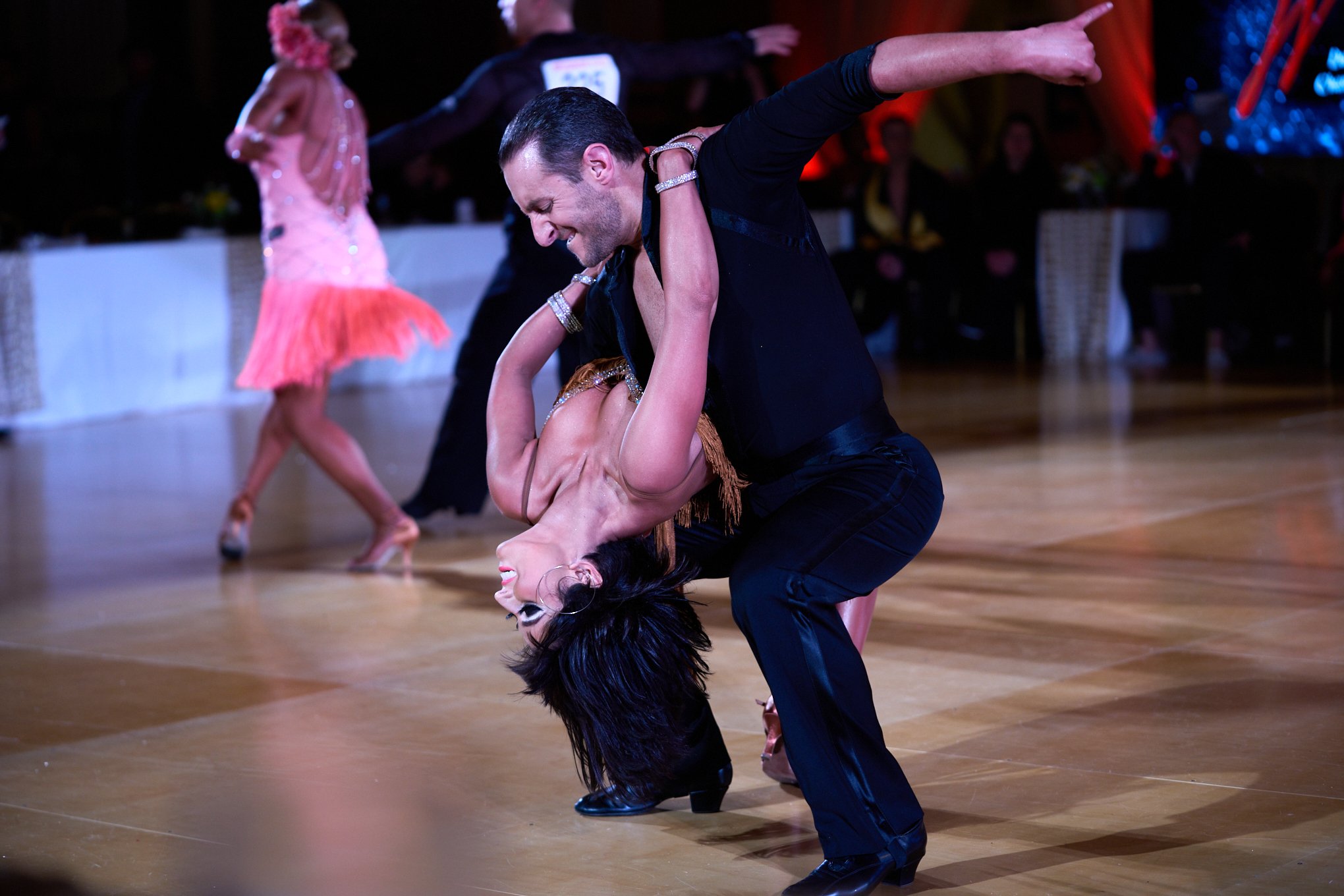
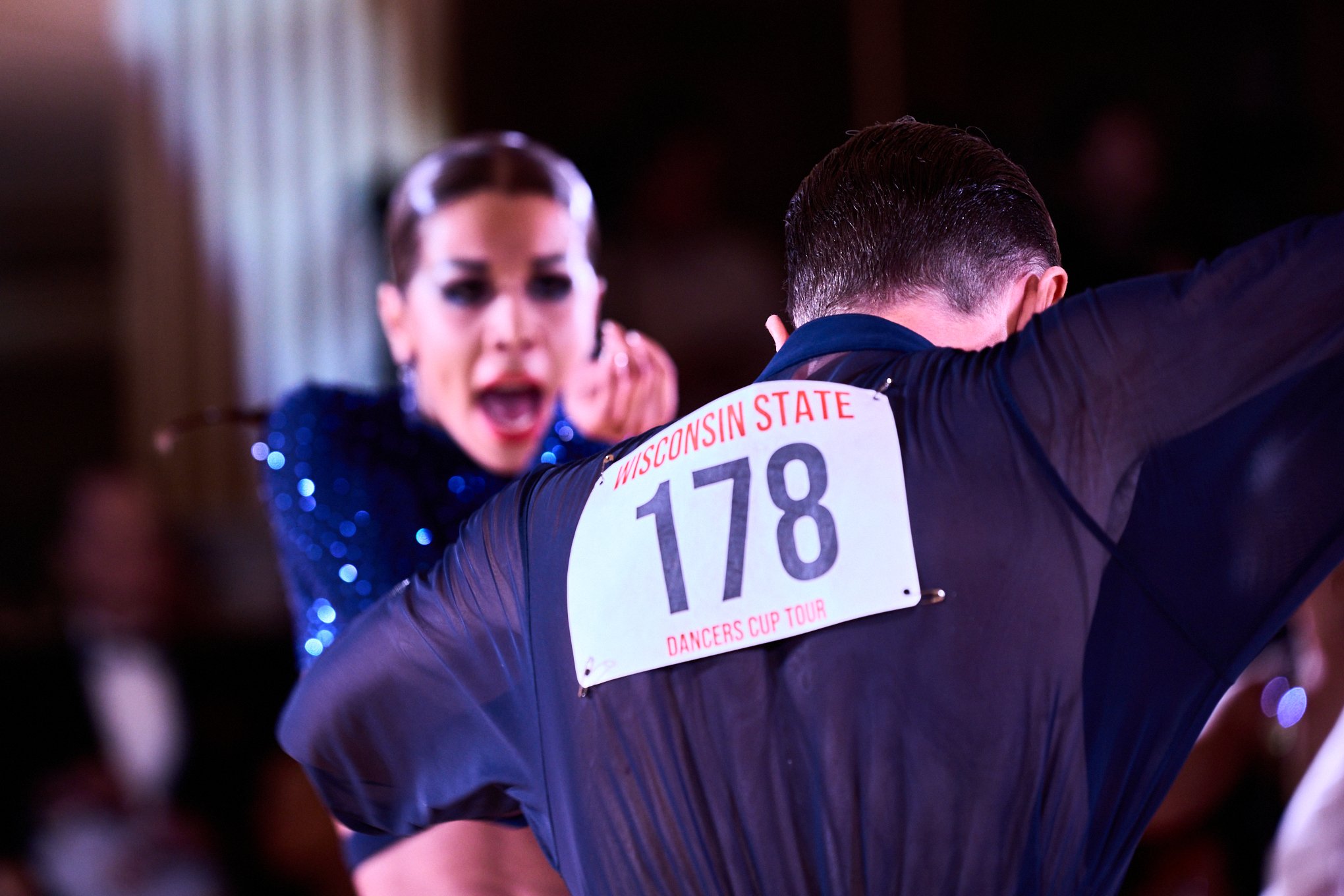
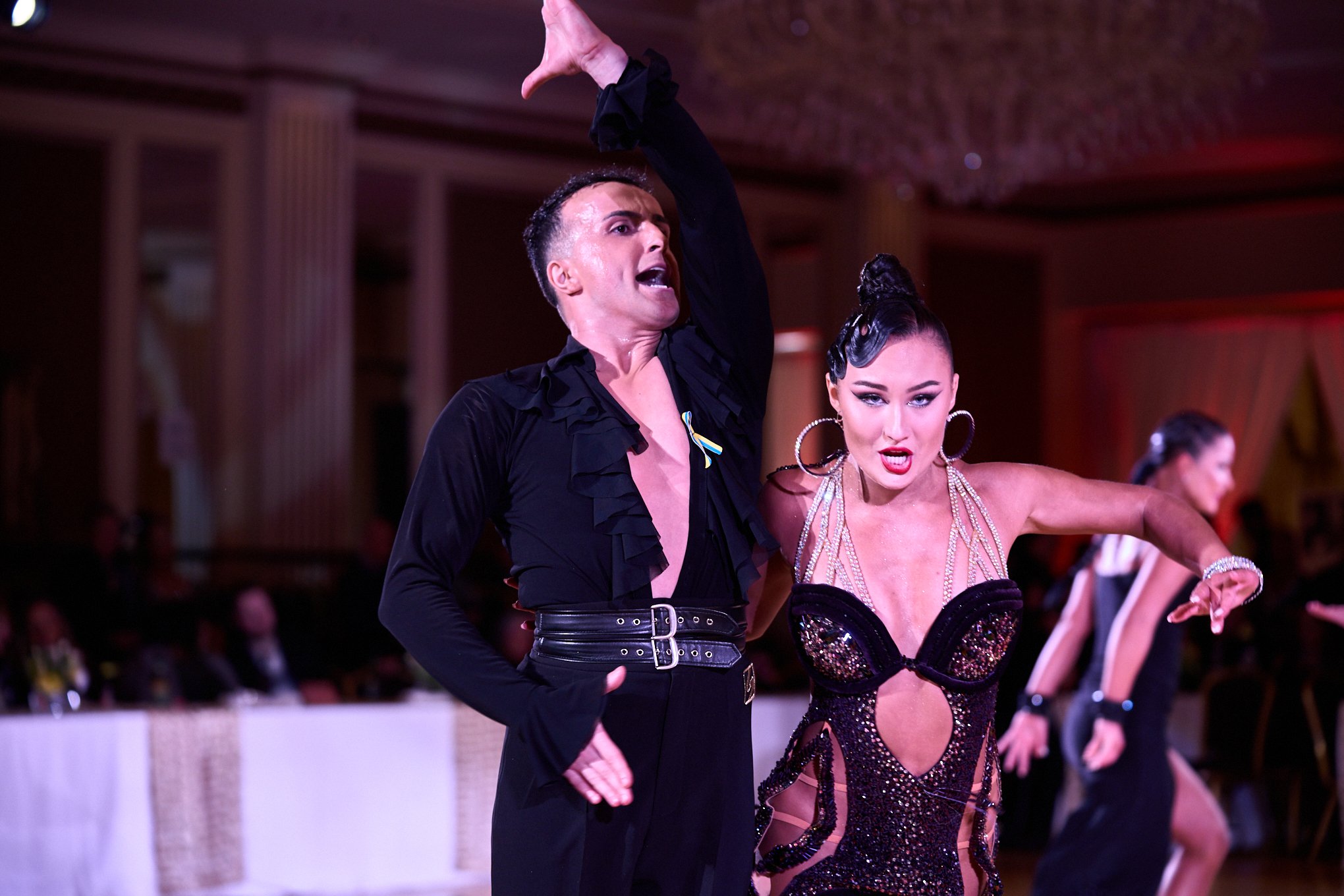
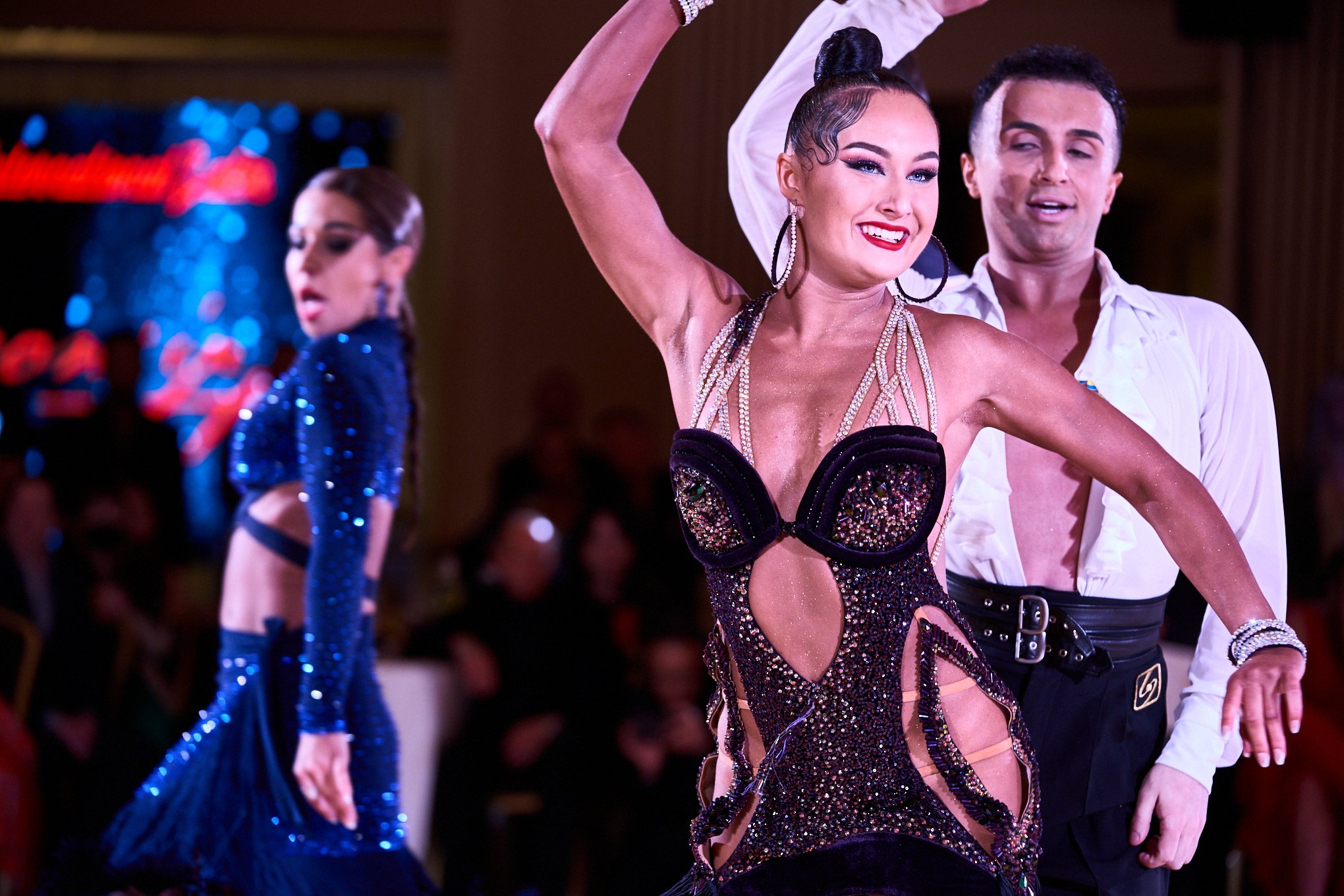
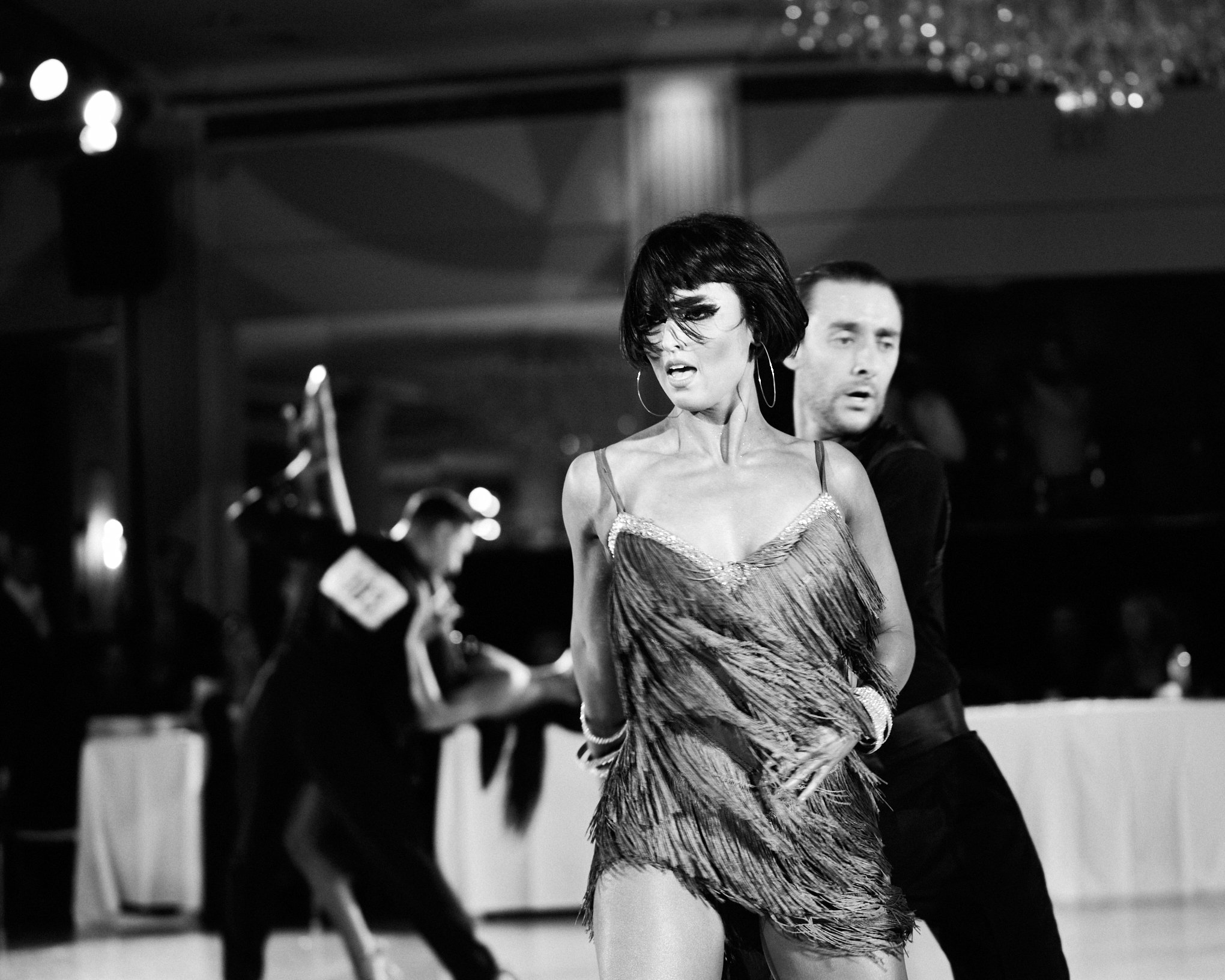

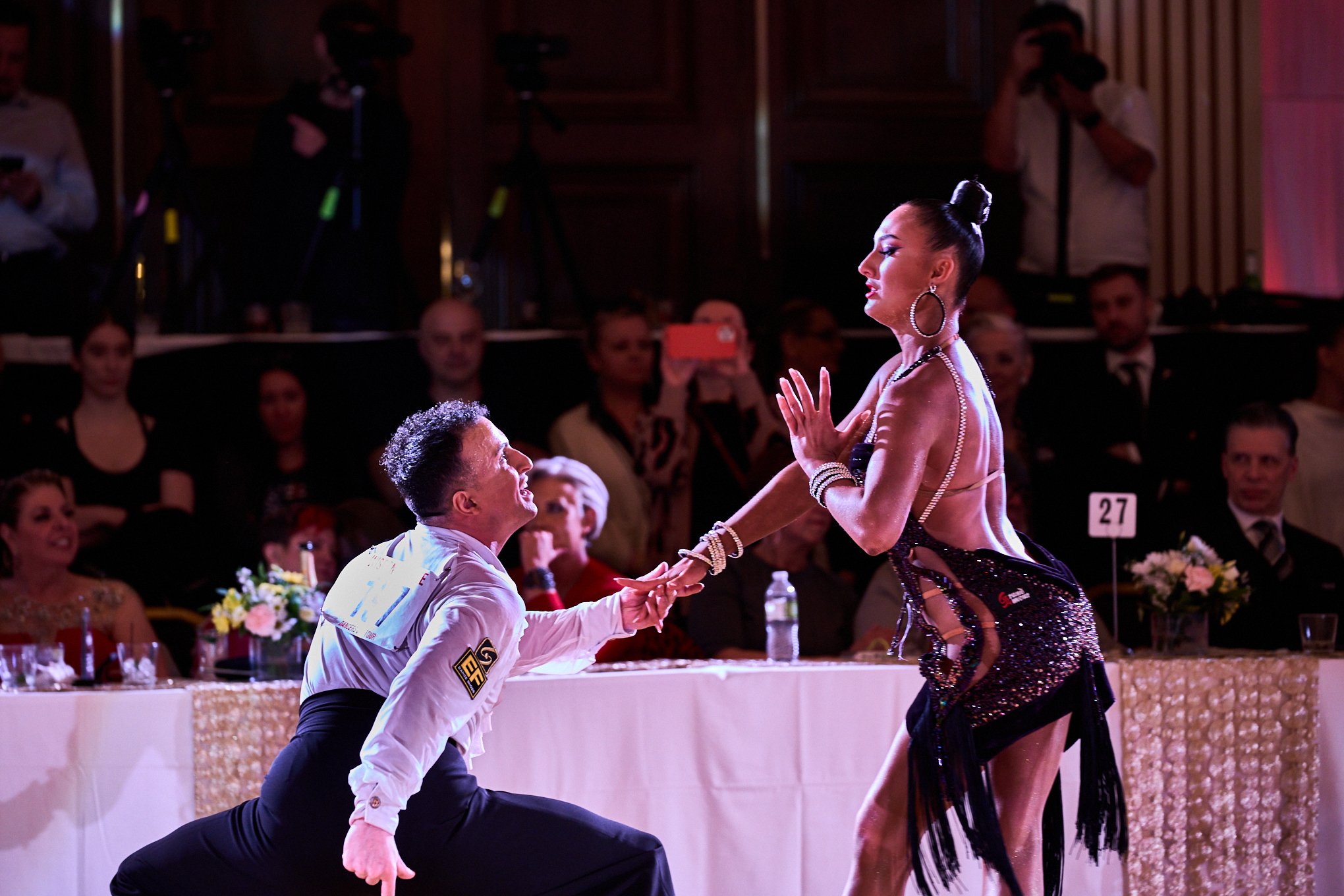
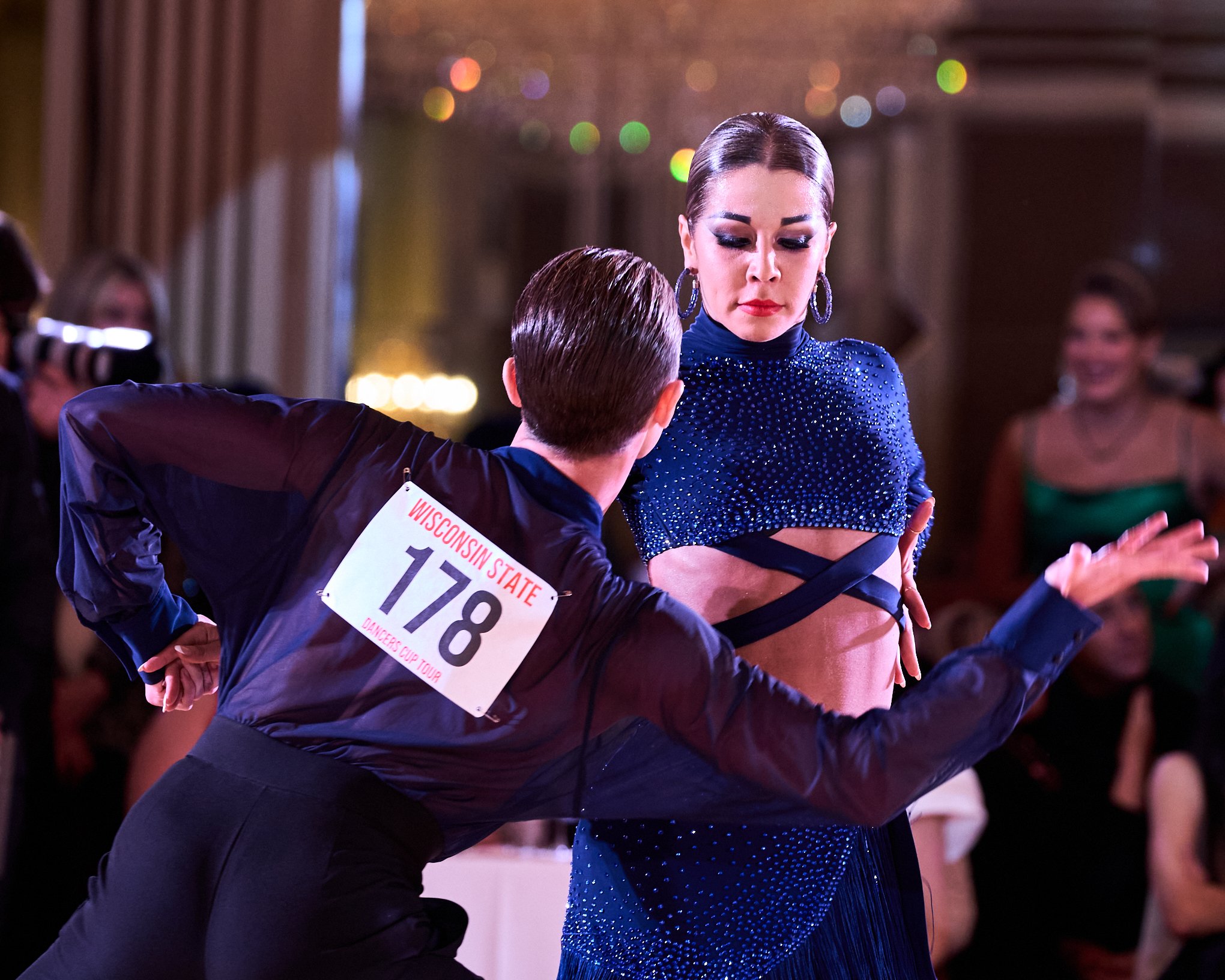

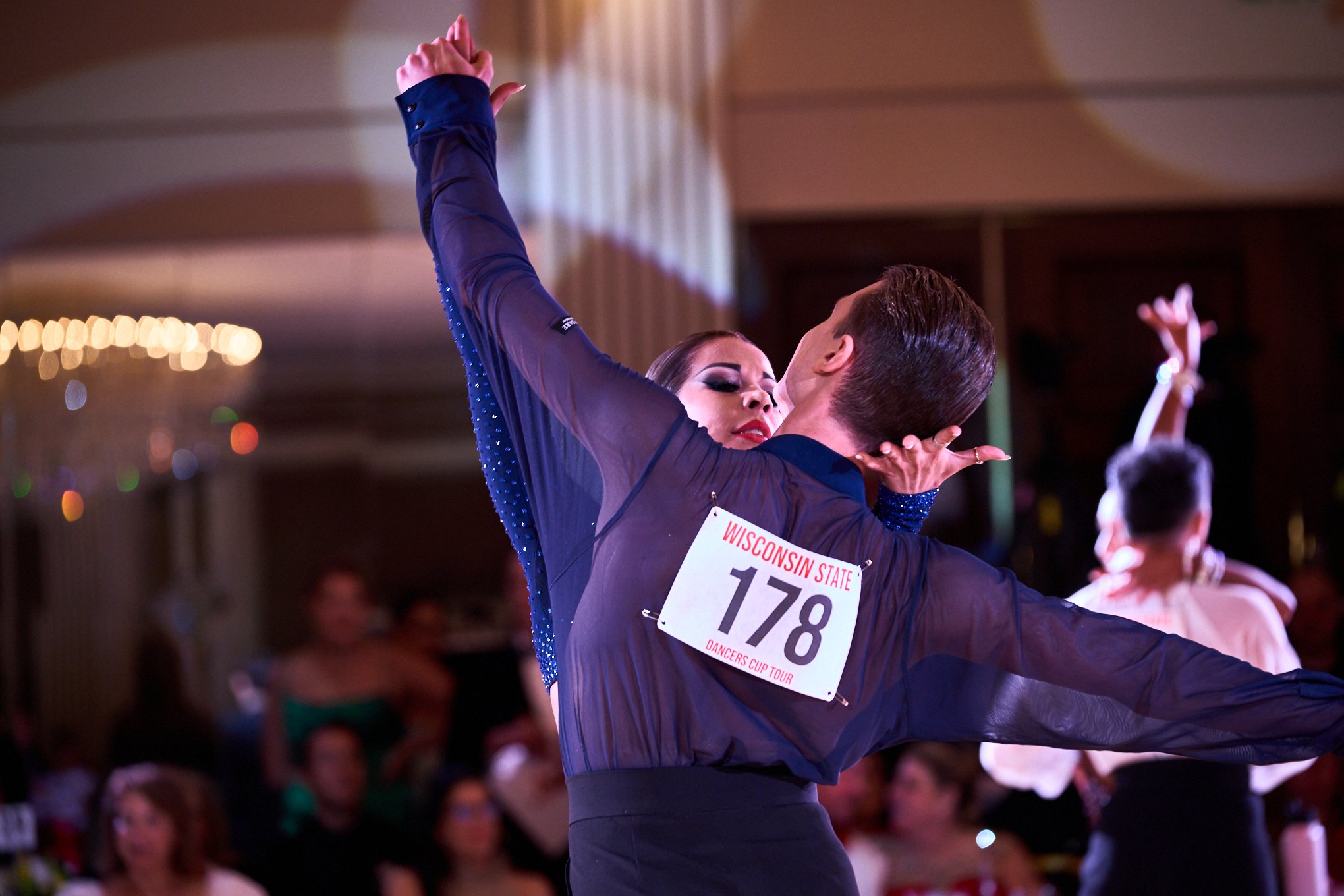
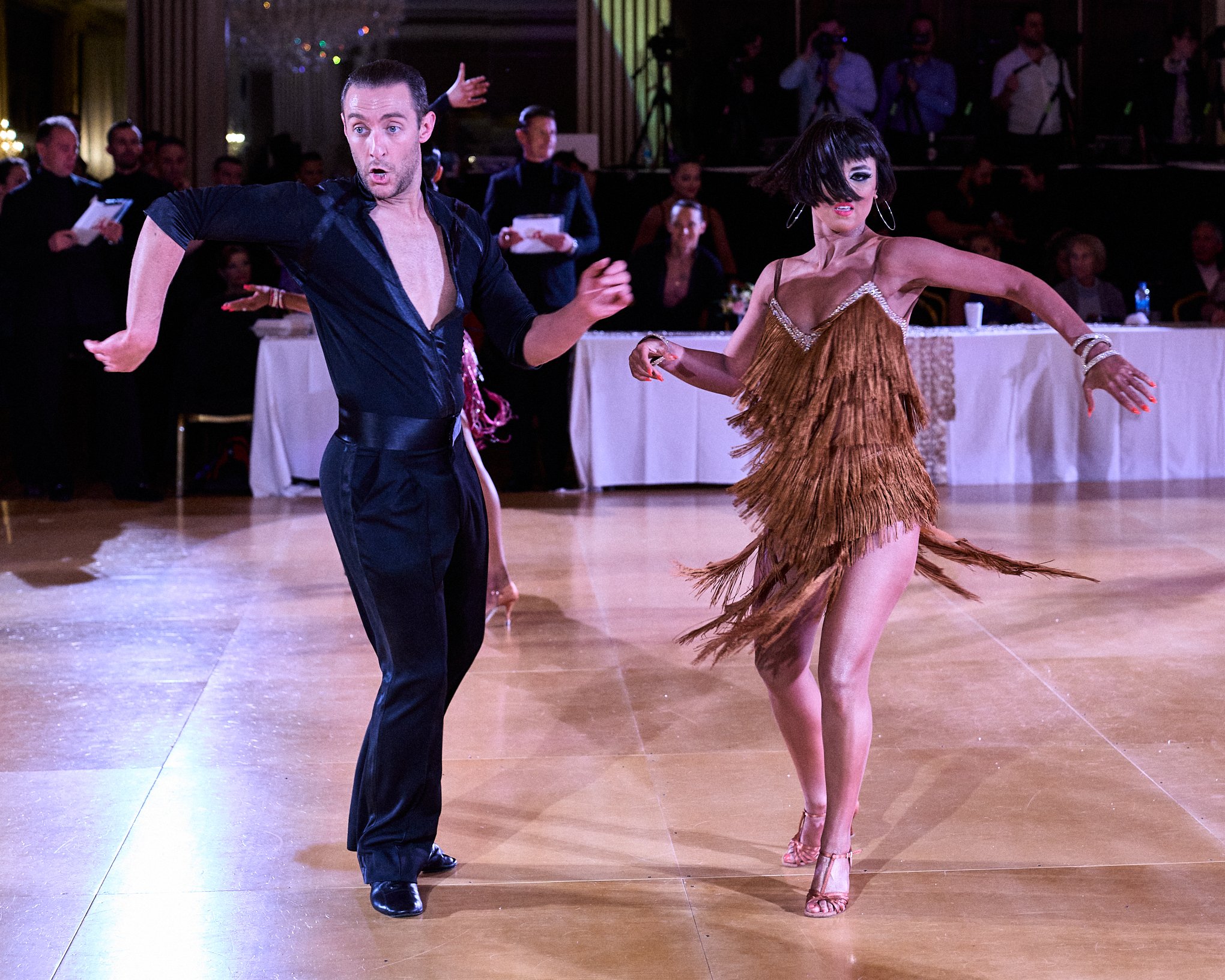

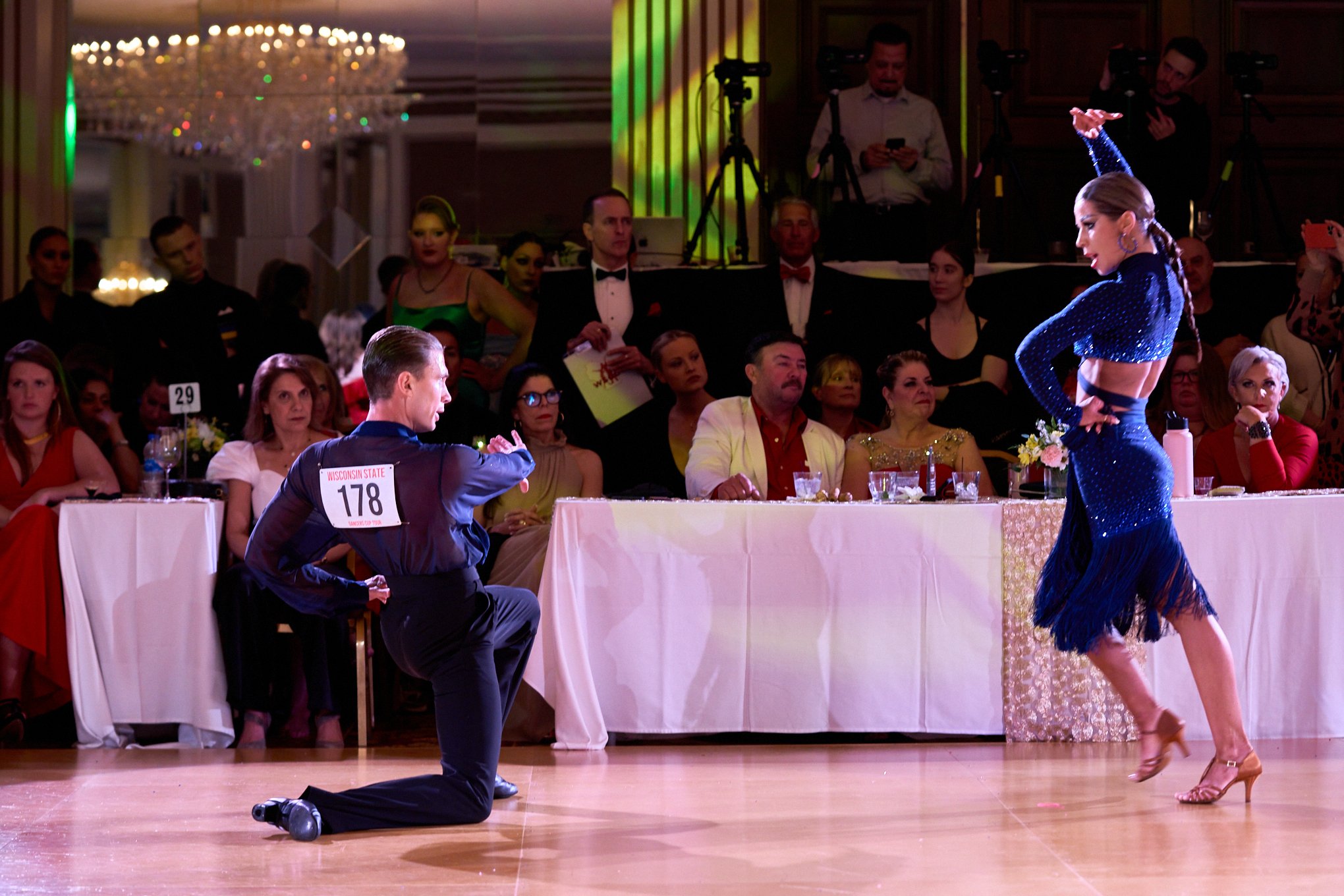
“Our first dance, the waltz…”
“It’s one thing to make a picture of what a person looks like, it’s another thing to make a portrait of who they are.” - Paul Caponigro
The Wisconsin State Dance Championships (WSDC) is just around the corner. After a two-year hiatus because of the COVID-19 pandemic, dancers from around the country will gather once again in the elegant Pfister Hotel in Milwaukee, and I will be among them both as a competitor and as a photographer. I have paid several thousand dollars for the privilege. Whether I make any of that back from my photography remains to be seen.
So why do I do this? In my lifetime I have been a half-way decent swimmer, surfer, skier, bicyclist and a reasonably competent martial artist. I added dance to my repertoire of physical activities in 2015, a year after the passing of my wife. All of these activities have one thing in common: Liberty. At their best, they offer moments of freedom from the internal dialog that steps between us and the experience of life in the moment.
Jean-Paul Sartre wrote in Being and Nothingness that consciousness was an inherently negative experience. That is, it’s always looking outward, discovering itself by what it is not. It seeks the immediate experiential awareness of a tree or a rock, which simply are. The closest humans get to that, he said, is in moments of ecstasy or extreme pain. Perhaps. But I think the activities I’ve participated in come close at times for those who pursue them with intensity. Competitive ballroom dancing certainly does. When done well, you merge with your partner and adapt on the fly to the changing competition floor, all in sync with the music. When the music stops the flood of endorphins washes over you like a riptide.
This is what I try to capture in my ballroom dance photography. Whether the dancers hit perfect form or not is of secondary consideration. I try to put the viewer inside the partnership. My work recently won three of 10 top spots in the prestigious Pas de Deux Photography Contest, performance division. I will be shooting the professional dancers competing at WSDC, which runs April 20-24 this year. I also am offering portraits, which has been described as the most challenging of photographic endeavors. The great photographer Paul Caponigro said, “It’s one thing to make a picture of what a person looks like, it’s another thing to make a portrait of who they are.”
Stay tuned to see how things turn out. But it will be a few weeks before I get things edited. I will be competing in the Emerald Ball Dancesport Championships in Los Angeles, which runs April 26-May 1. (I won’t be shooting the event.) I will take a brief vacation to visit with some family members and friends afterward. I expect to get the WSDC editing done upon my return to Minnesota, though I might rush some preliminary edits for those who need images right away.
A bit of news: I am exploring the expansion of my photography business to ballet schools and competitions in and around the Twin Cities. I’ll keep you posted on how that progresses. If you’re interested, please contact me.
Meantime, I remain available for portraits, marketing photos and headshots. Drop me a line if you’re looking for some professional images, shot on location or in the studio.
Movement is life
The most difficult thing for me is a portrait. You have to try and put your camera between the skin of a person and his shirt. — Henri Cartier-Bresson
In the span of 30 days I will have gone from the fabulous Pas de Deux Photography Conference in Austin, Texas, focusing primarily on ballet dancers, to the Gateway DanceSport Championships in St. Louis, focusing on professional international and American ballroom dancers, to the annual convention of the American Judo and Jujitsu Federation — held virtually this year because of the pandemic — focusing on traditional, mostly unarmed battlefield techniques, to the Wisconsin State Dancesport Championships, focusing again on professional ballroom dancers and on dancers who want their portraits made at the historic Pfister Hotel in Milwaukee.
I have taught Danzan Ryu jujutsu for several decades, and I have studied Aikido, a more refined derivative of jujutsu, for many years as well. Since 2015 I have studied ballroom dancing, with a dash of Argentine tango, salsa, swing and similar styles. These activities have more in common than you might suspect. They each involve moving energetically with a partner without compromising your balance. I am not suggesting that they are the same, however.
Martial arts generally involves gaining the upper hand over an opponent, while dance eliminates such one upmanship. Yet both aim for the same thing: Maintaining balance in one’s self and in relation to others. But that’s just technique. The purpose of that technique is to facilitate accurate communication with another.
When I photograph dancers and martial artists I look for intensity, poise and form. I recognize those characteristics because I have been there, if only briefly and occasionally.
My photography is up close and personal.
When I make a portrait I also look for that intensity, poise and form. It’s often evident in the subject’s eyes, or in their posture.
I am taking portrait appointments year-round in the Twin Cities and at the Wisconsin State Dancesport Championships, held April 20-24, in Milwaukee. My time at the competition will be limited, however, as I am also competing.
Contact me directly to reserve some time if you’d like a portrait.
Tango
Remember, it takes two to tango.
The world lost two great souls in the past week. Of course, it lost many more than that, but I’m referring to two people I know who built a legacy through character. One is the Rev. Zenko N. Okimura shihan, seventh dan. The other is Prof. Jane Carr, tenth dan. The terms “shihan” and “professor” in this case are synonymous honorifics, indicating a certain level of mastery in the martial arts. The term “dan” means step, and it refers to their ranks in their respective arts, Aikido and Danzan Ryu jujutsu.
The late Rev. Zenko N. Okimura shihan, 7th dan.
You might be wondering why I am writing about them in my photography blog. It’s because each of them left an impression on my life. I won’t list all of their accomplishments here or explain what they mean to me. It’s irrelevant to anyone other than myself. But with their passing I turned to my photo archives to find what images I might have of them. Shortly after they passed over the threshold to whatever lies beyond, I stepped through the photos, pulling up memories that connected me to their spirits. I am so grateful to have those photos, even the blurry ones.
Photography serves many purposes. It creates keepsakes, ranging from snapshots to portraits. It creates art, pointing behind the image itself to provoke reflection in the viewer. It offers documentary evidence of a time and place, a historical record, if you will. Best of all, it offers communion.
The late Prof. Jane Carr, tenth dan.
At the end of February I went to the Pas de Deux Photography Conference just outside of Austin, Texas. The name of the conference derives from a ballet term that refers to a dance duet. In this case, it refers to the interplay between the dancers and the photographers. The conference drew together some of the best dance photographers in the world with hand-selected dancers ranging from youth to adults. The masters of this genre shared their techniques with those of us who came to learn. They demonstrated their skills in live shoots and talked openly about their motivations, their goals, their failures and their successes. Dancers were paired with photographers for photo walks inside the hotel (it was freezing and wet outside). On the last day, when the sun finally broke out, we got some photo walks around the beautiful grounds of the Hyatt Regency Lost Pines Resort and Spa. I left the conference invigorated, feeling that I had tapped into a community of creators — dancers and photographers alike — who seek to explore the connection in the pas de deux that can make photography meaningful.
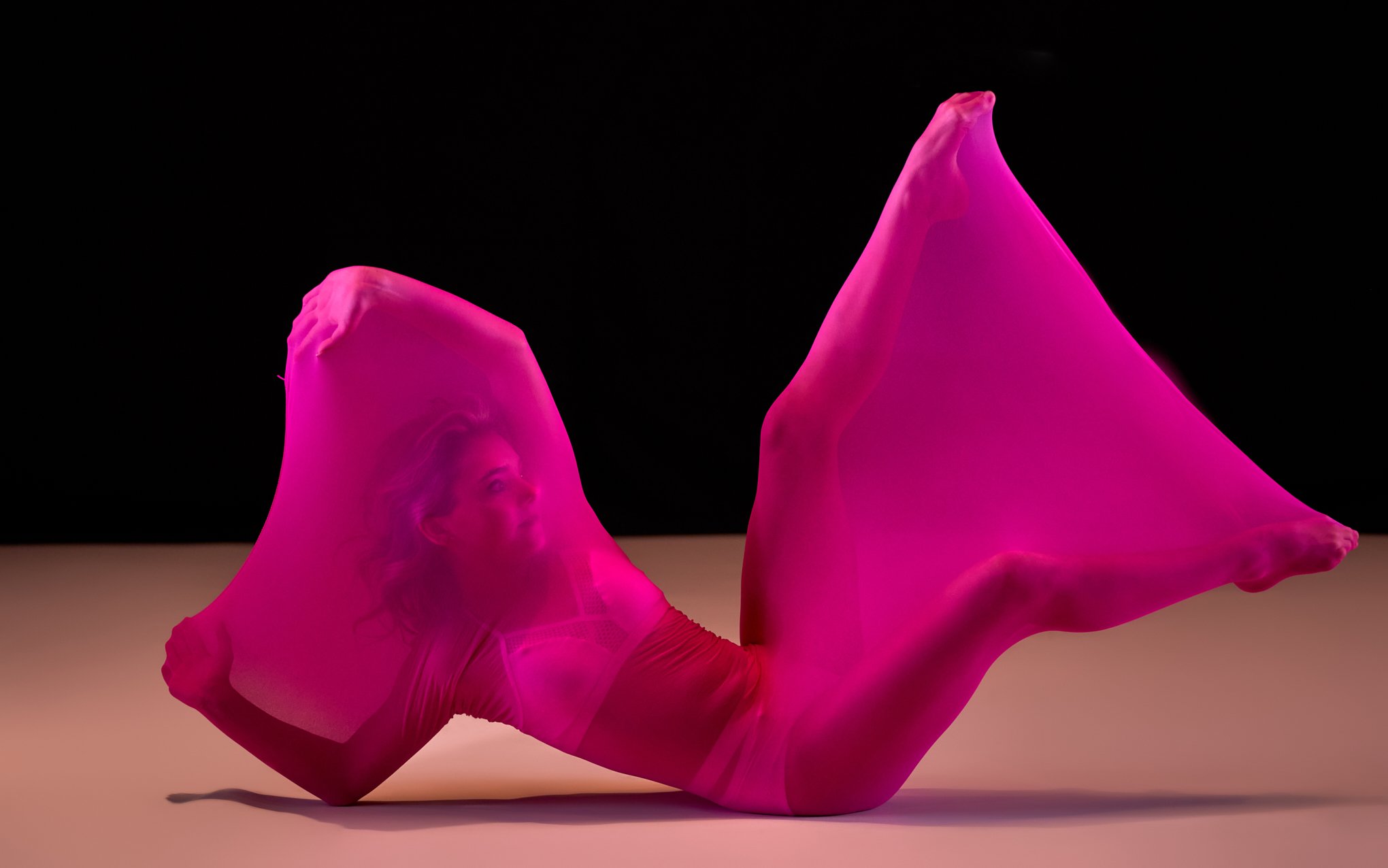
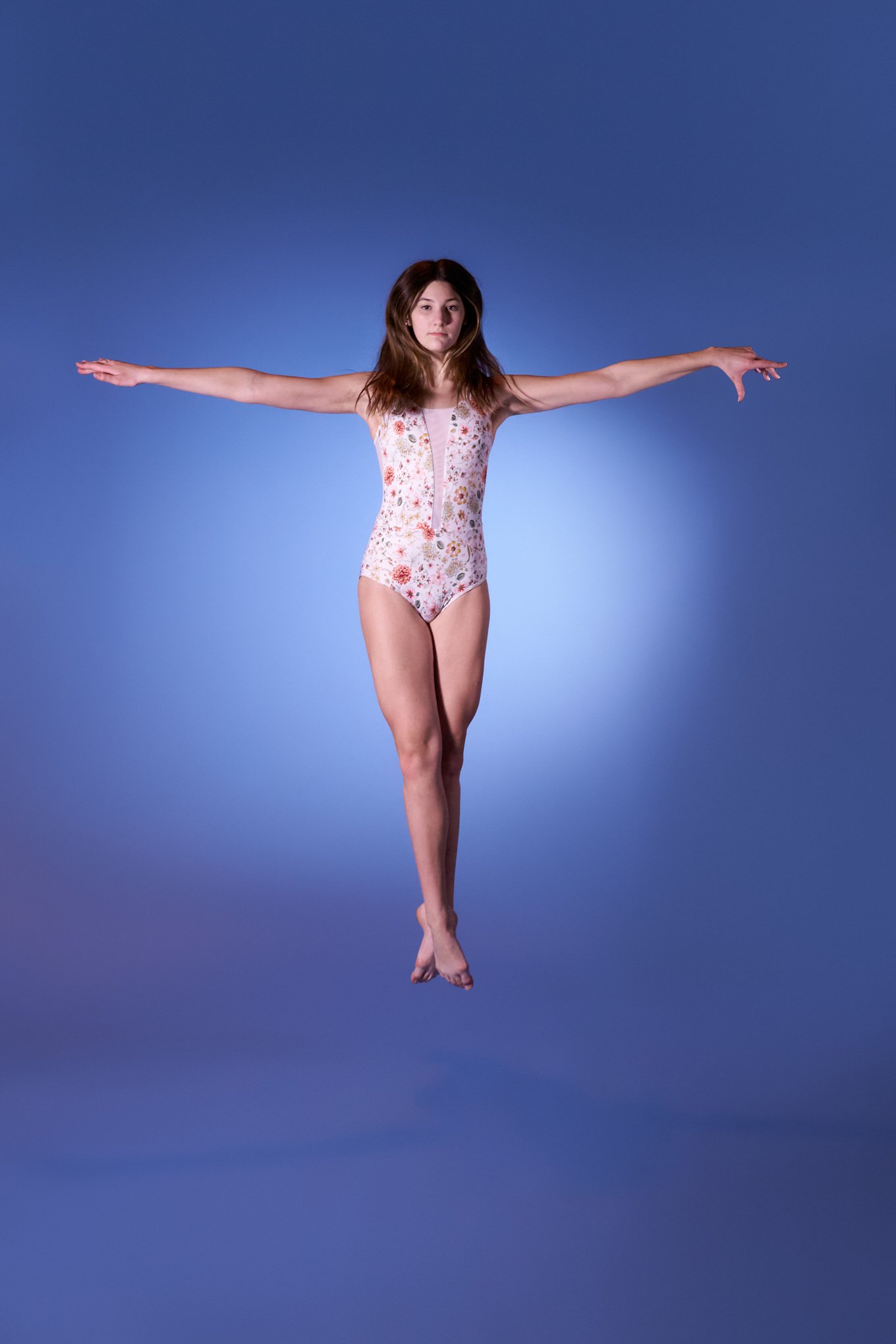
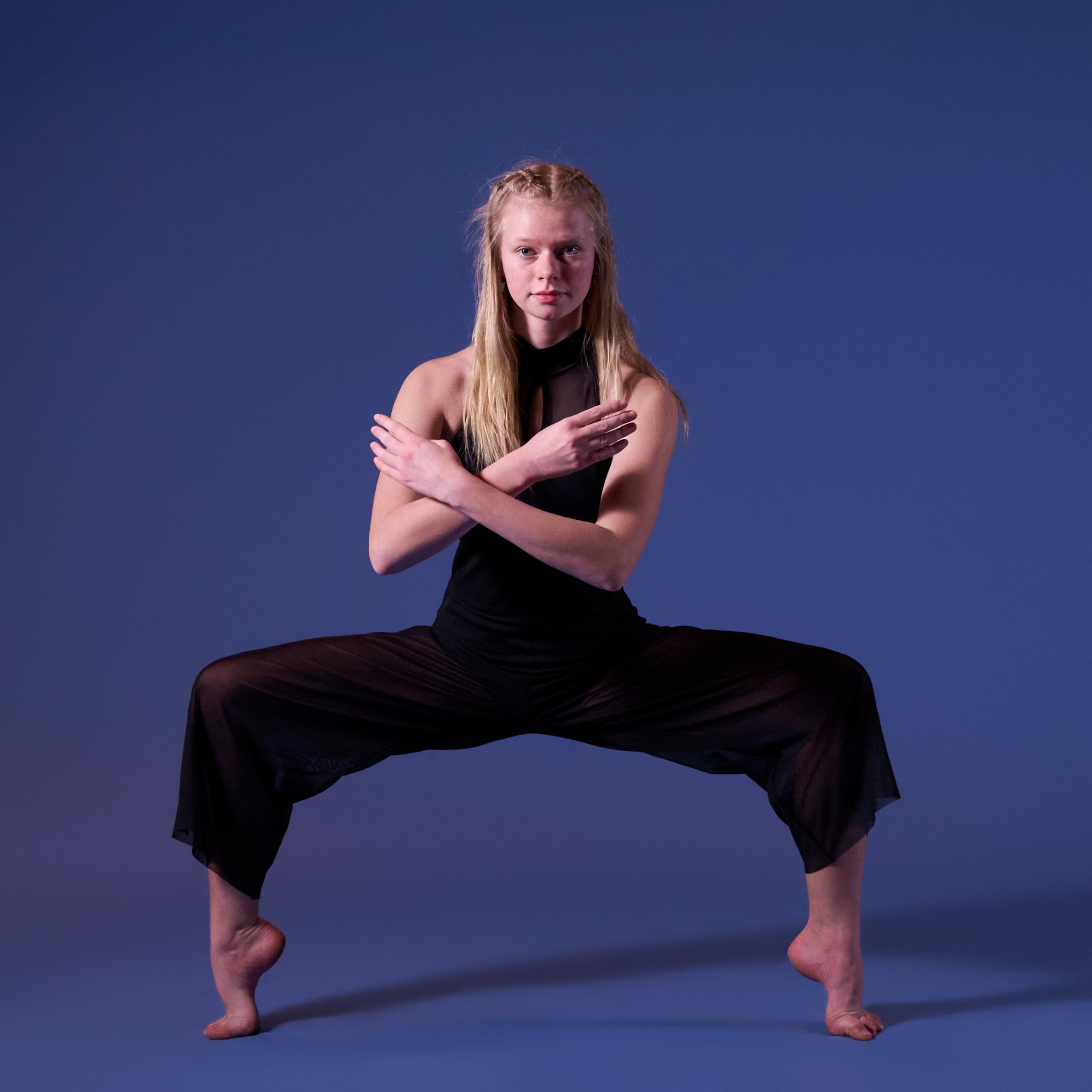

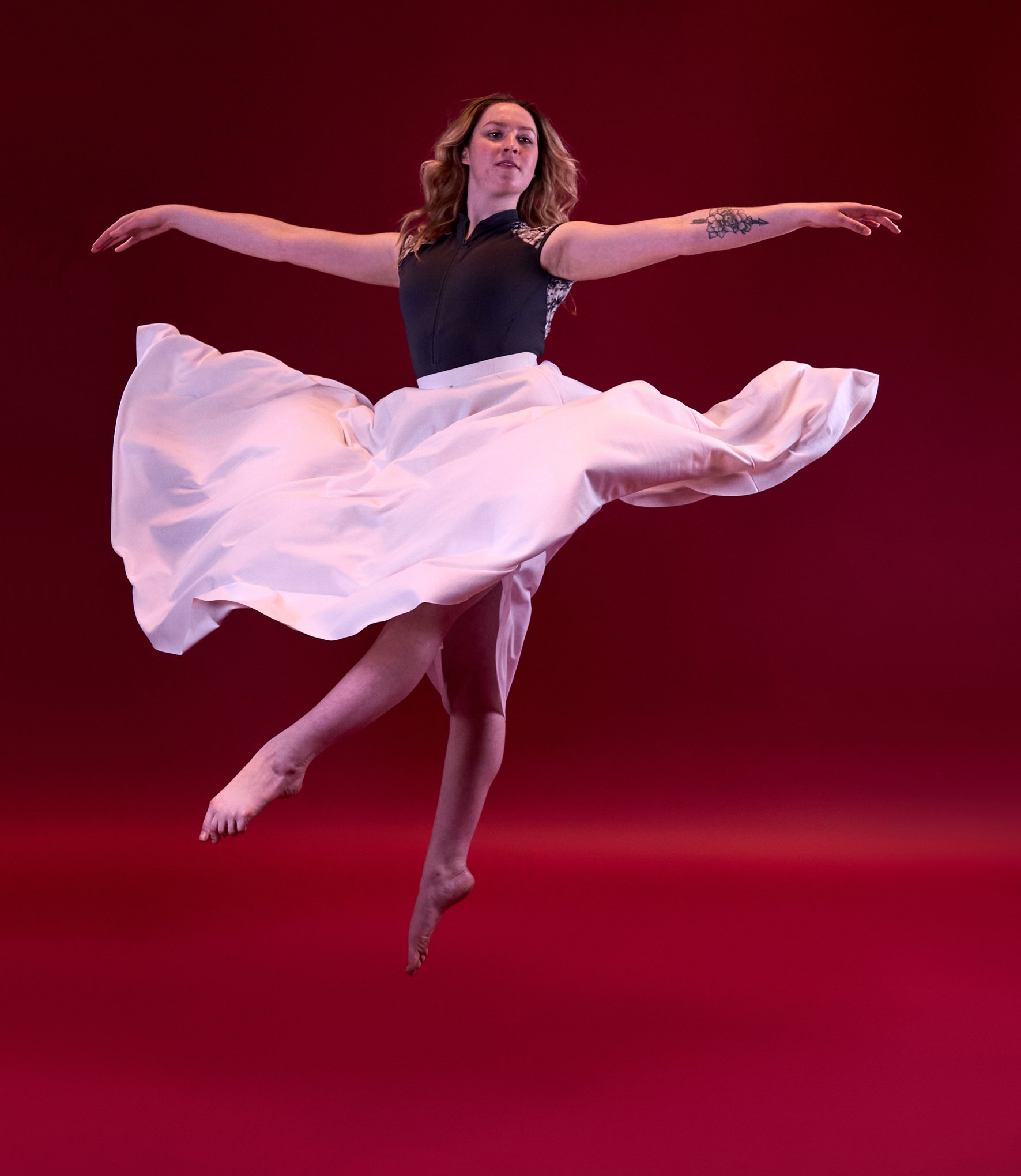
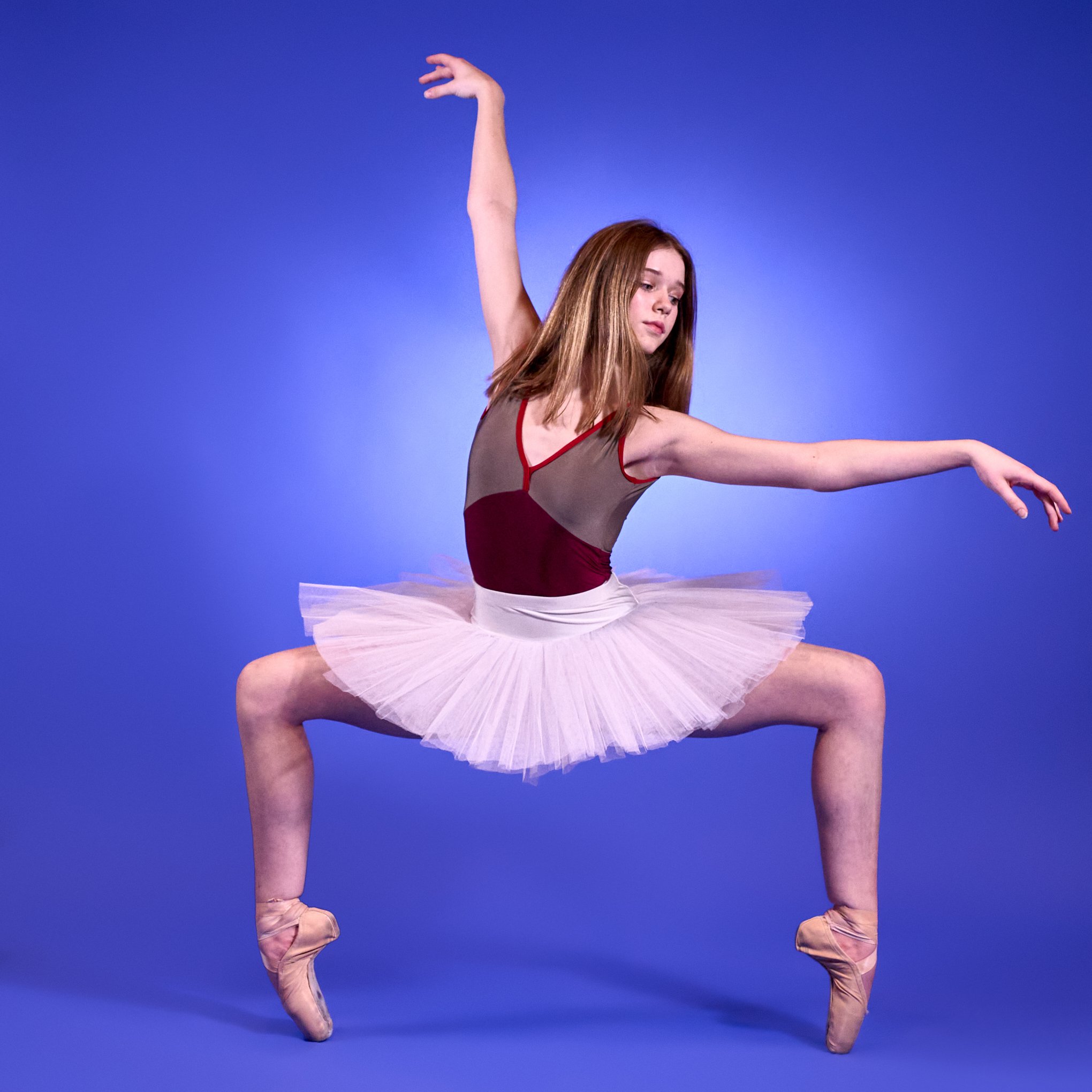
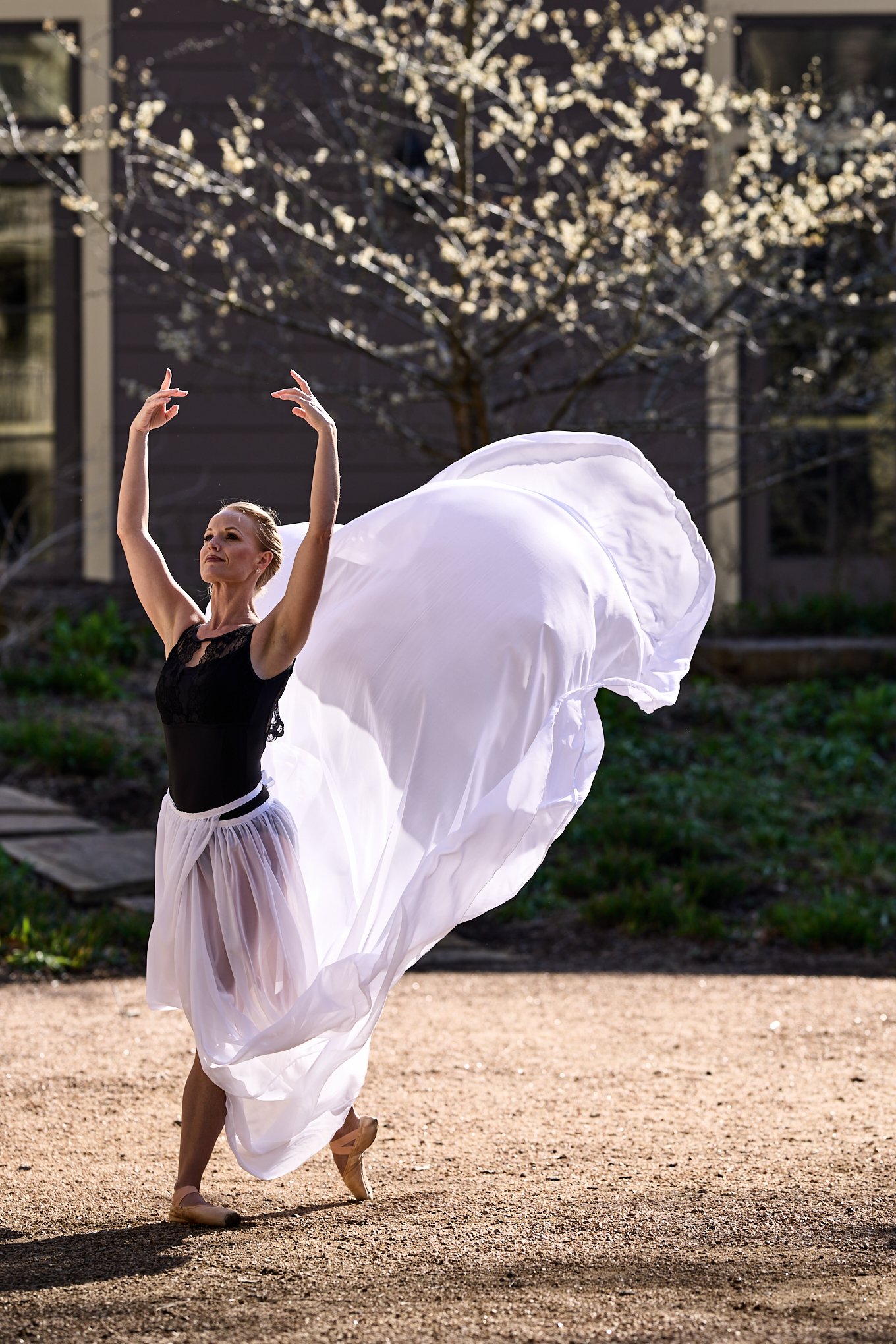
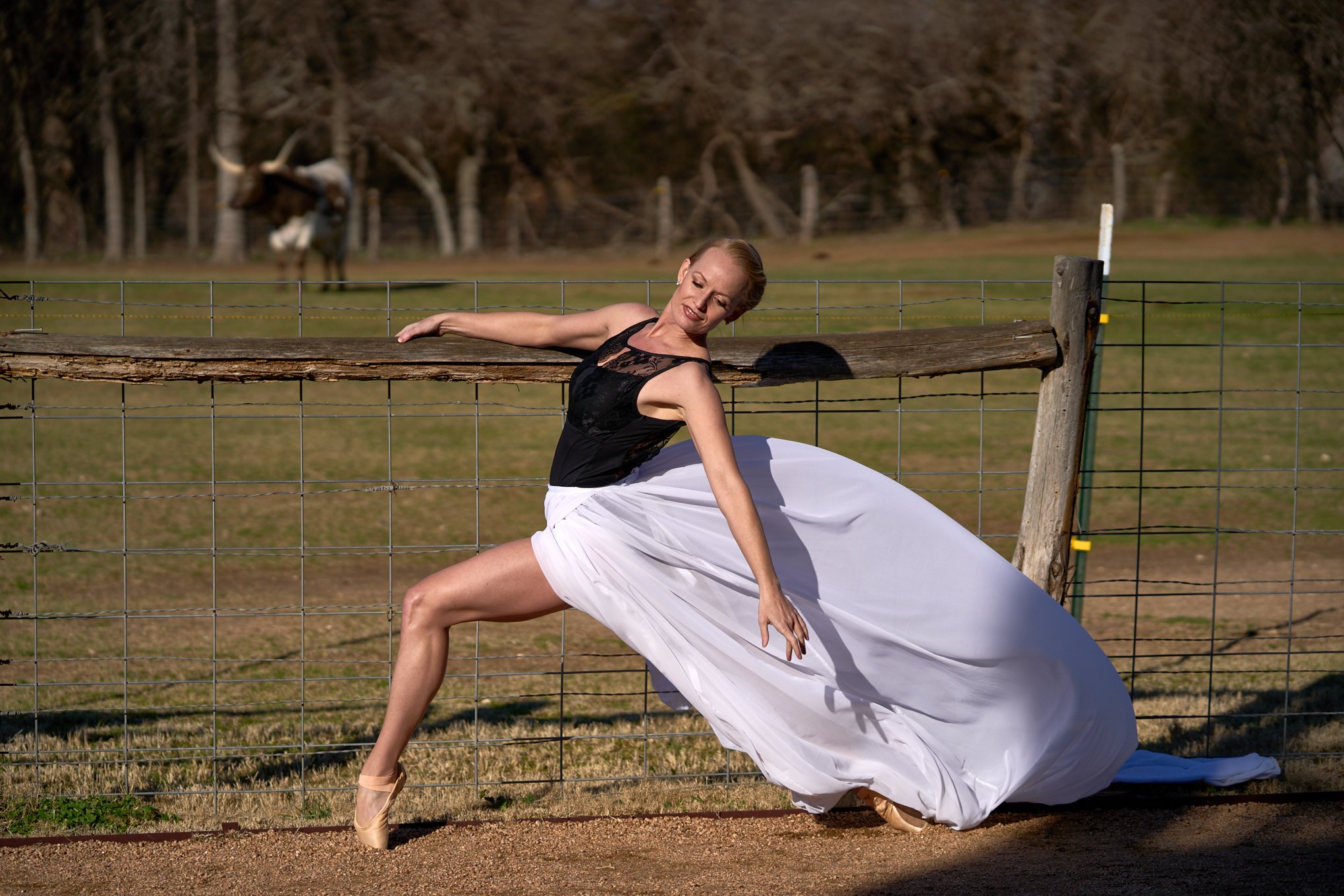
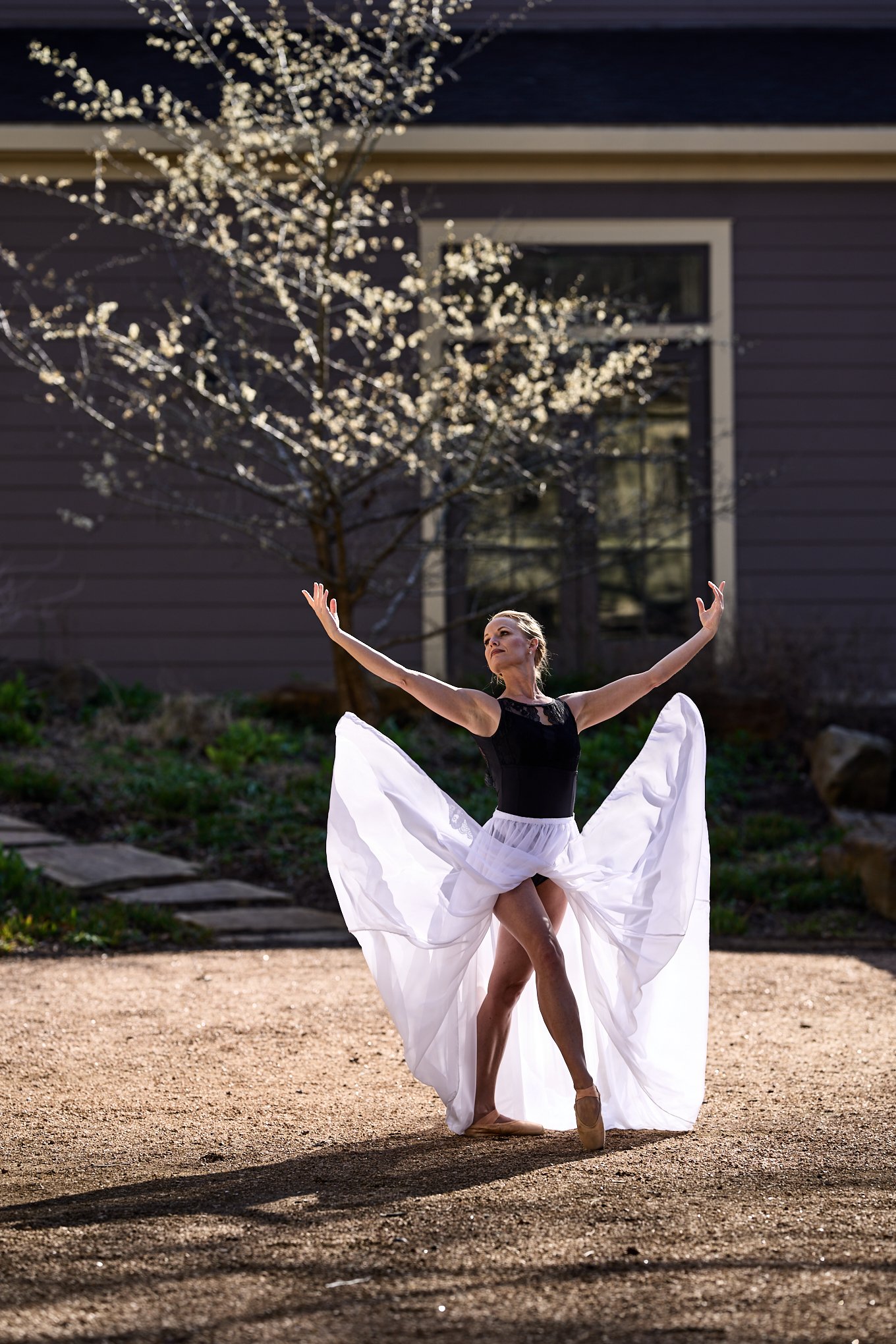
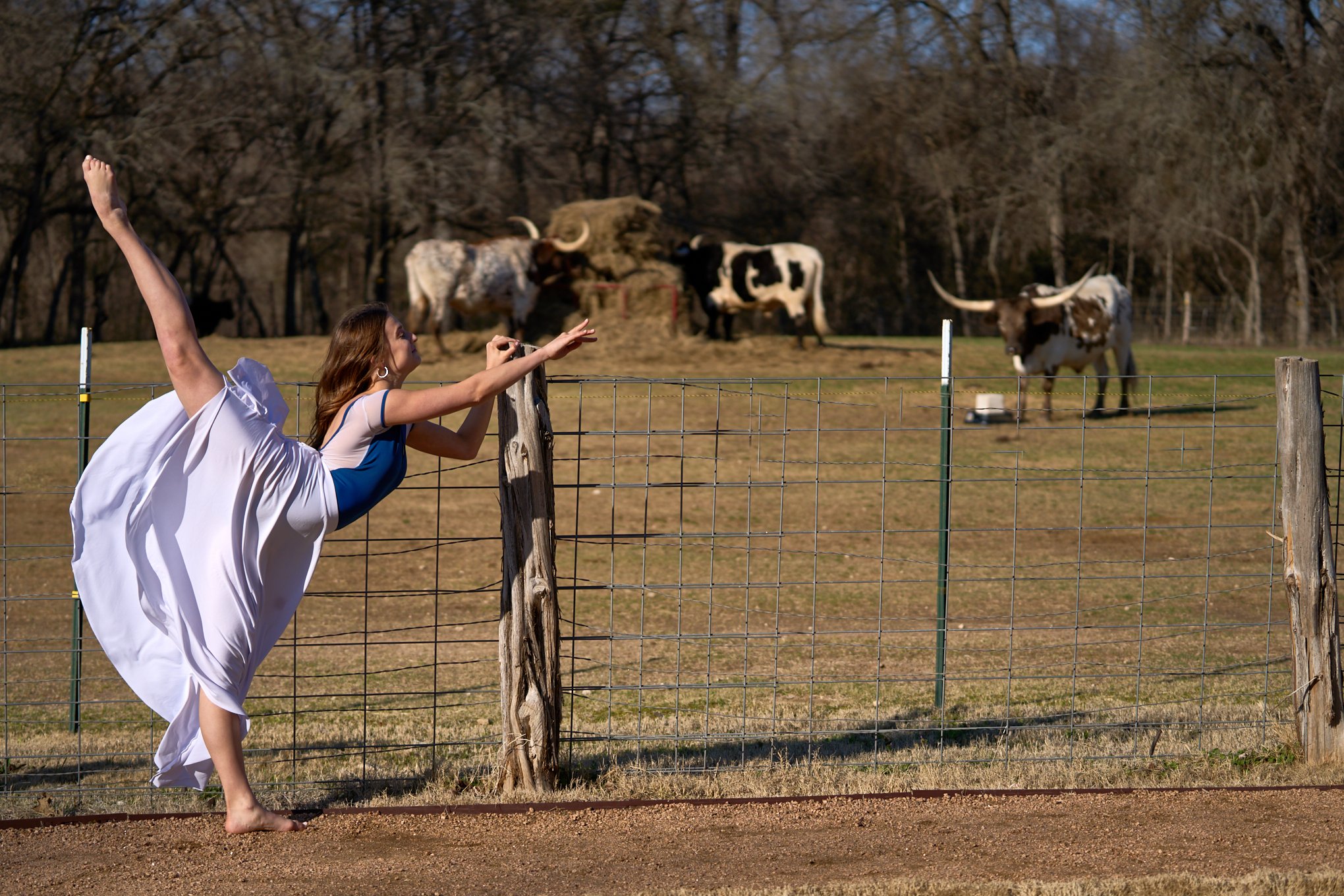
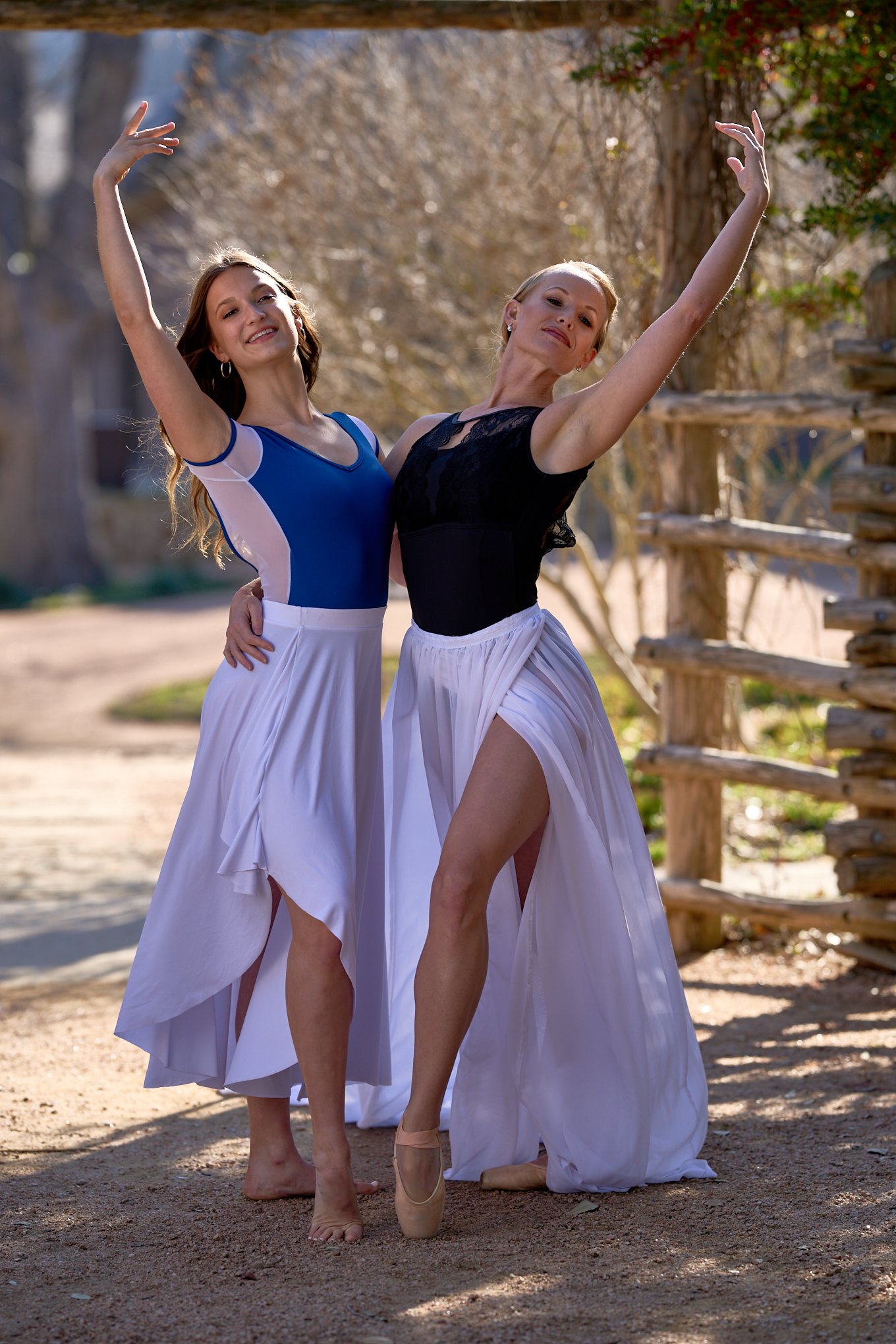
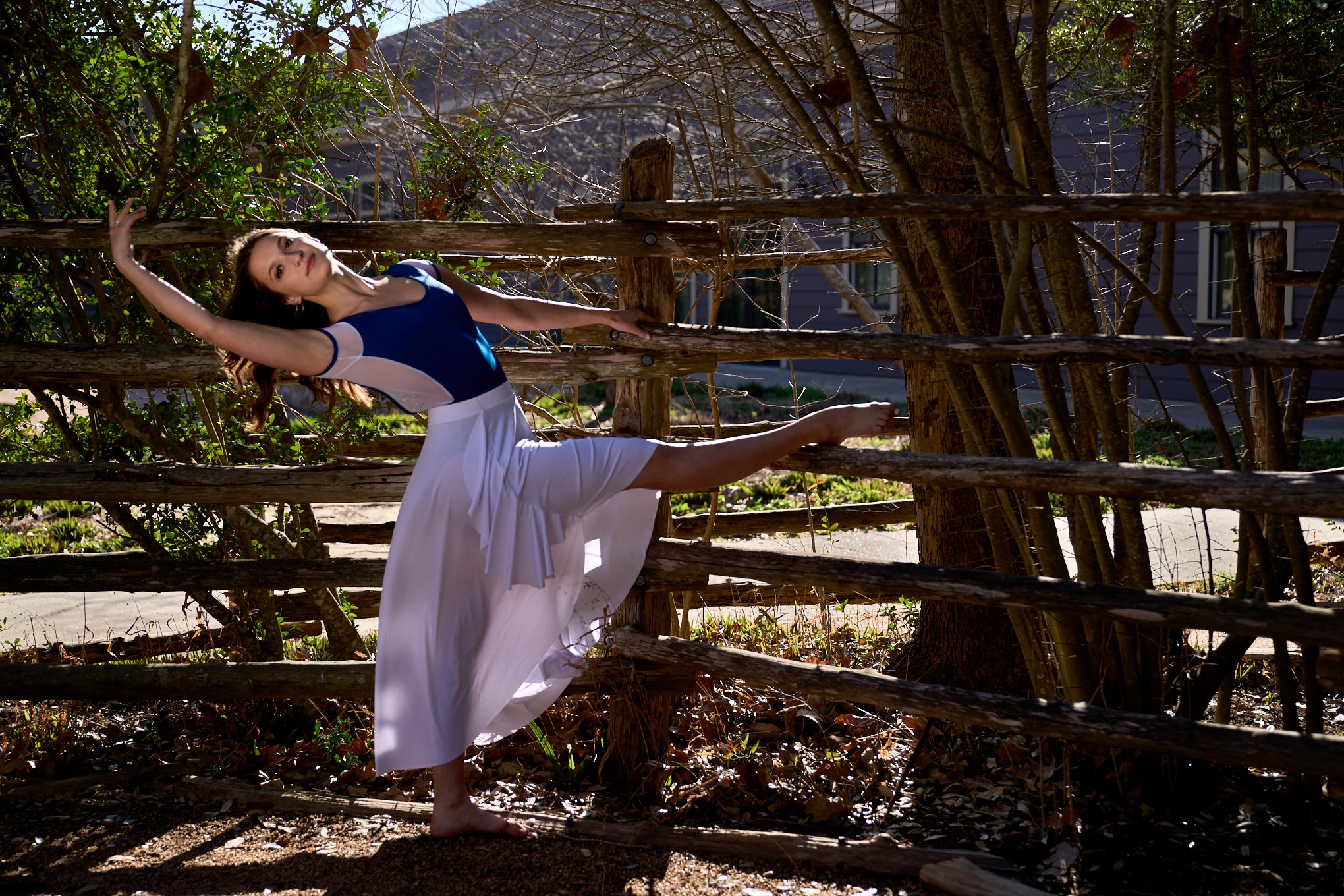
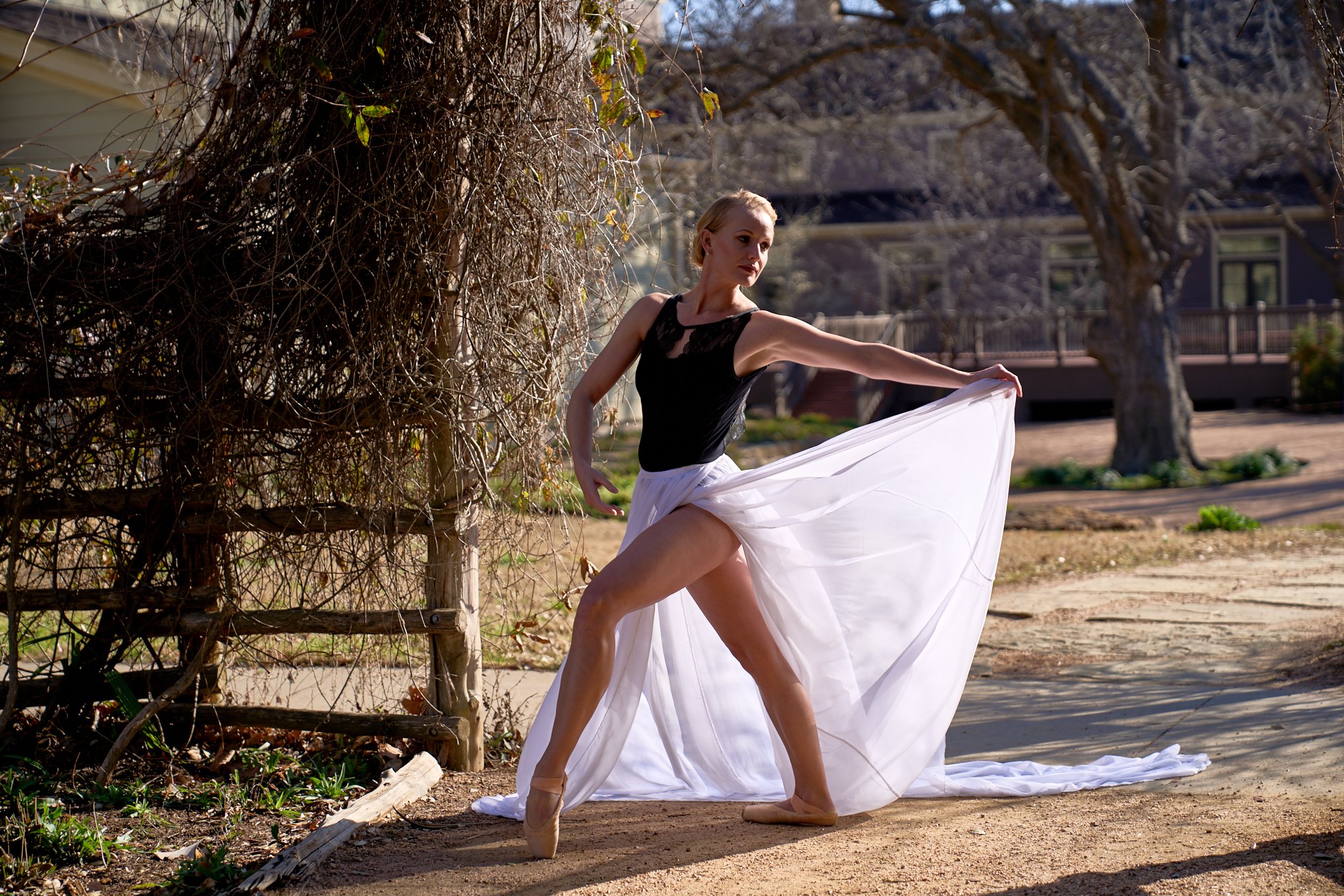

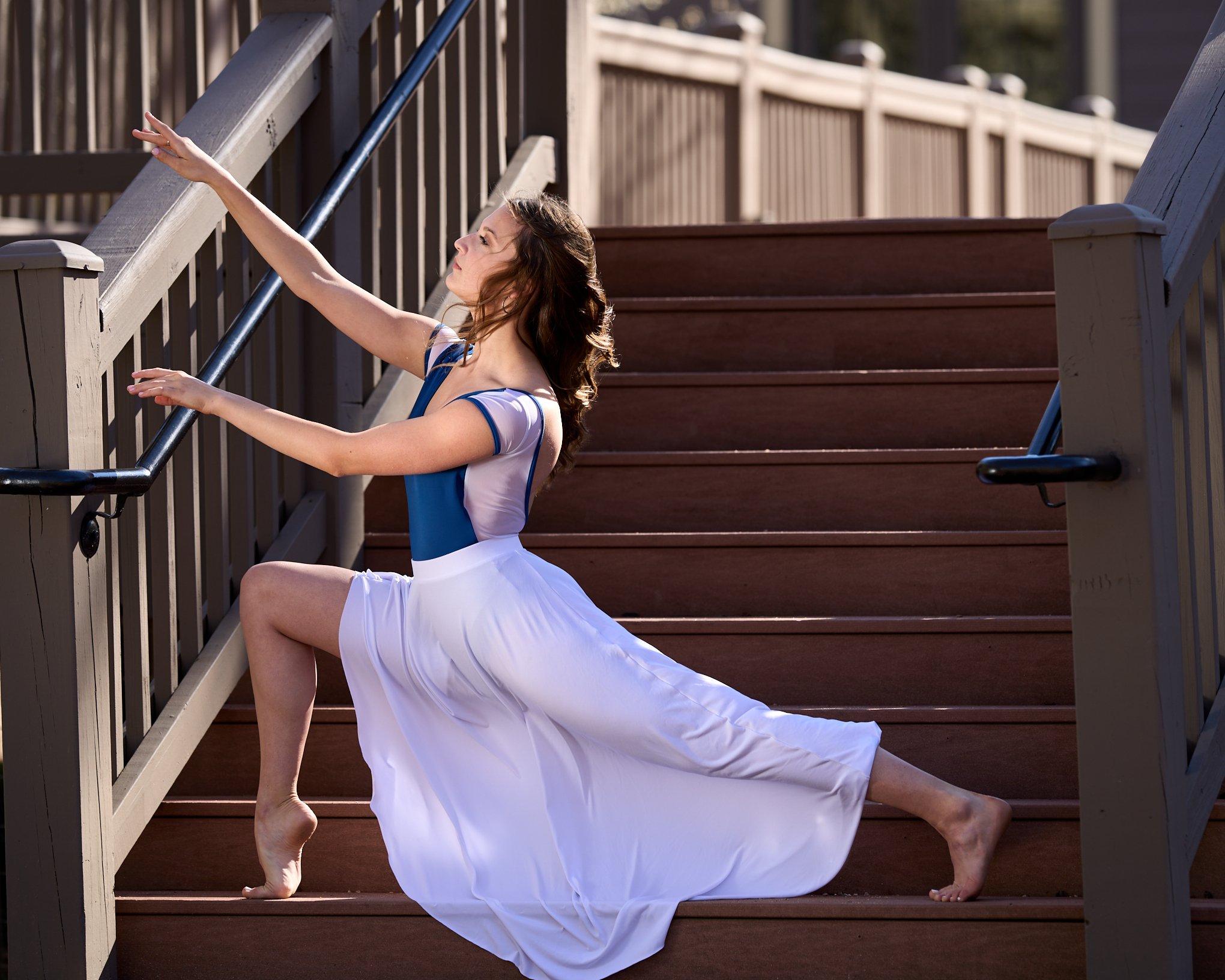
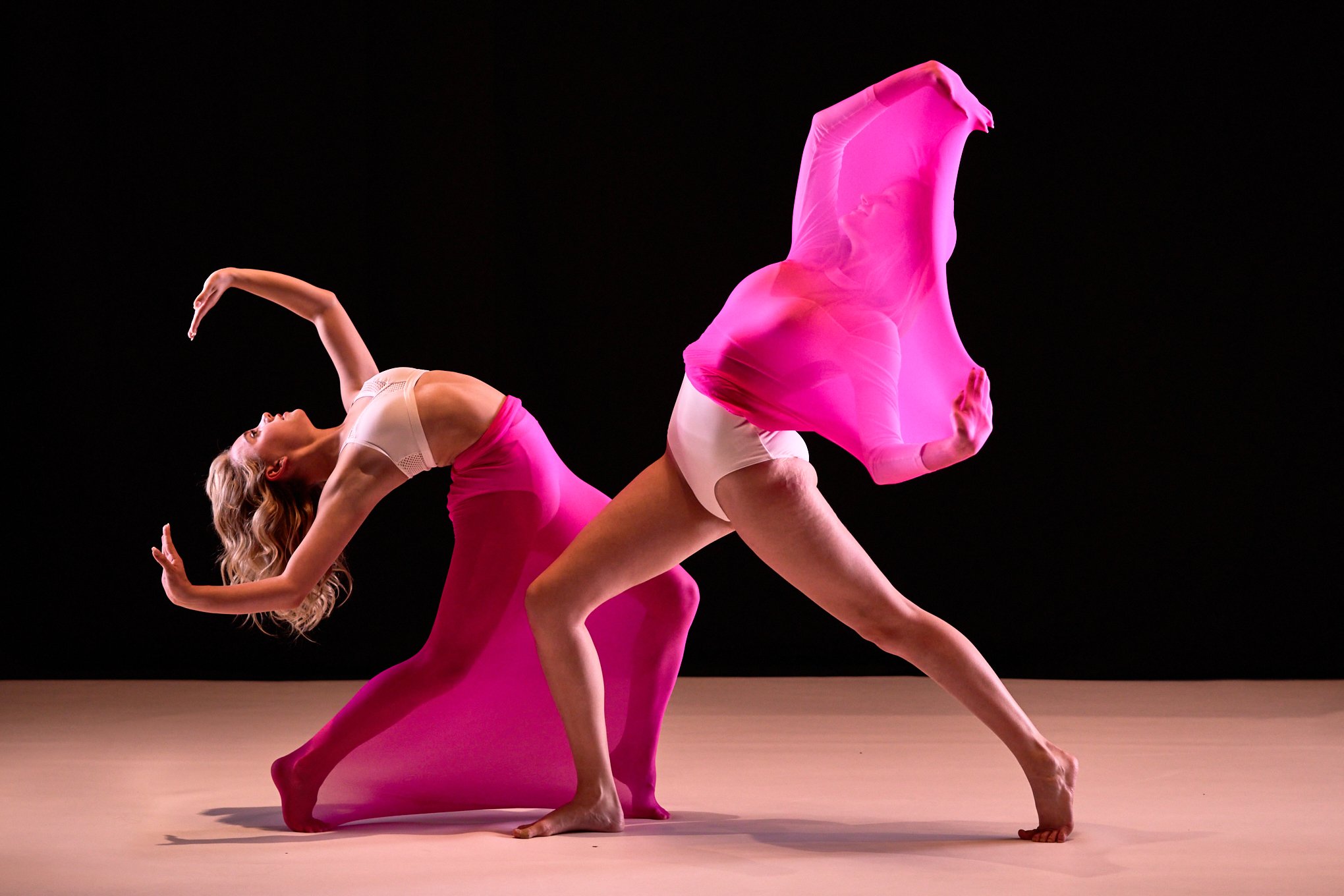
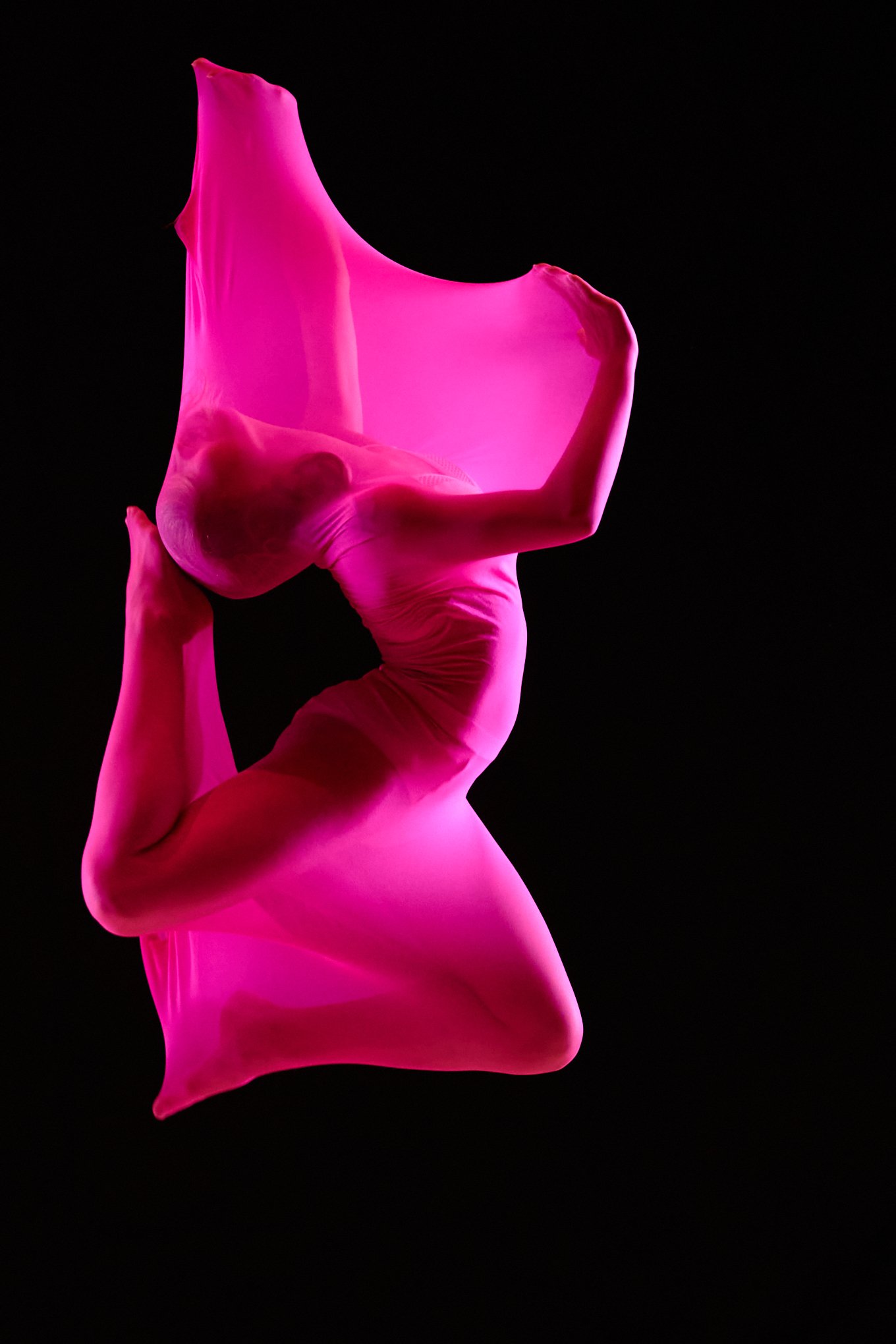
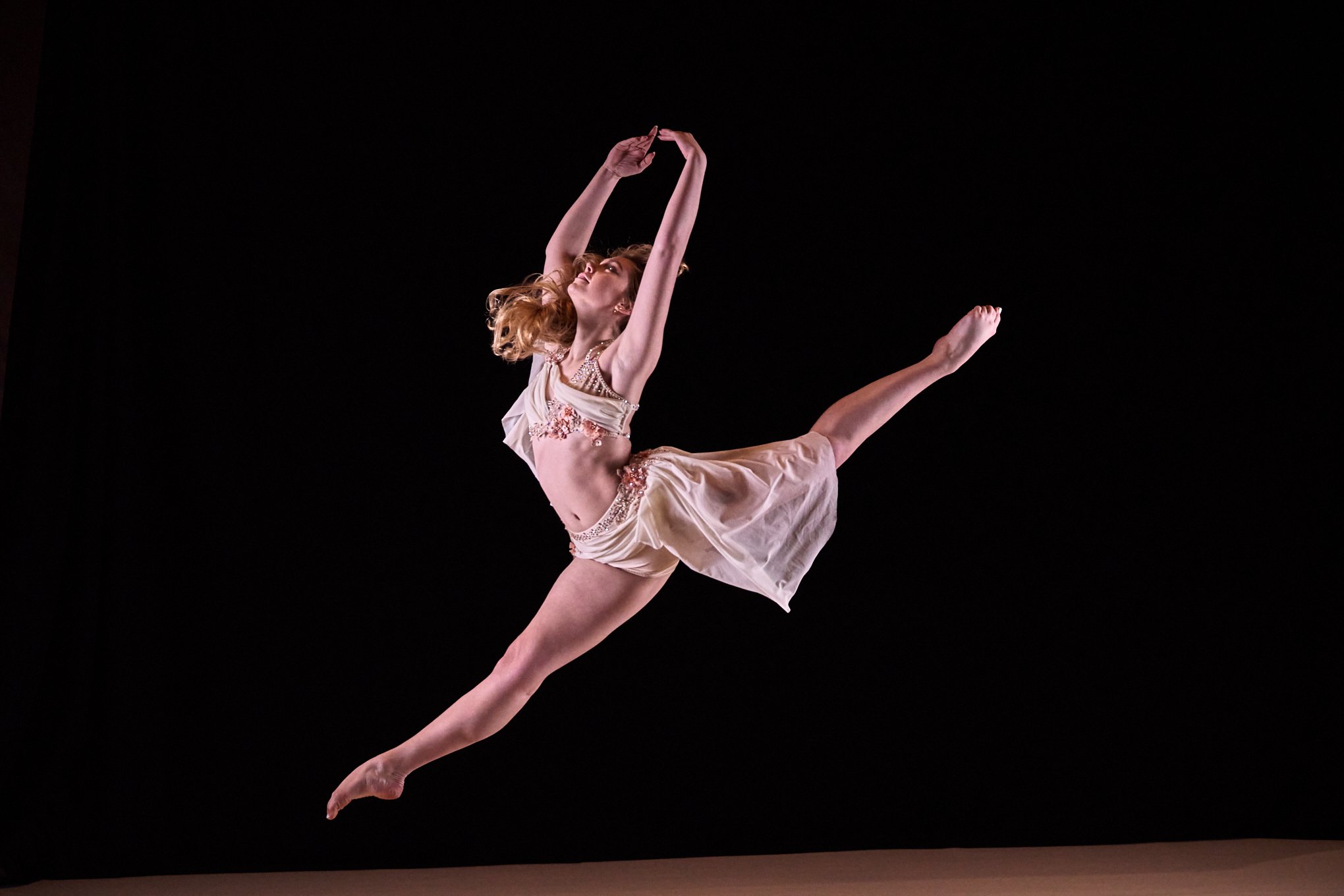
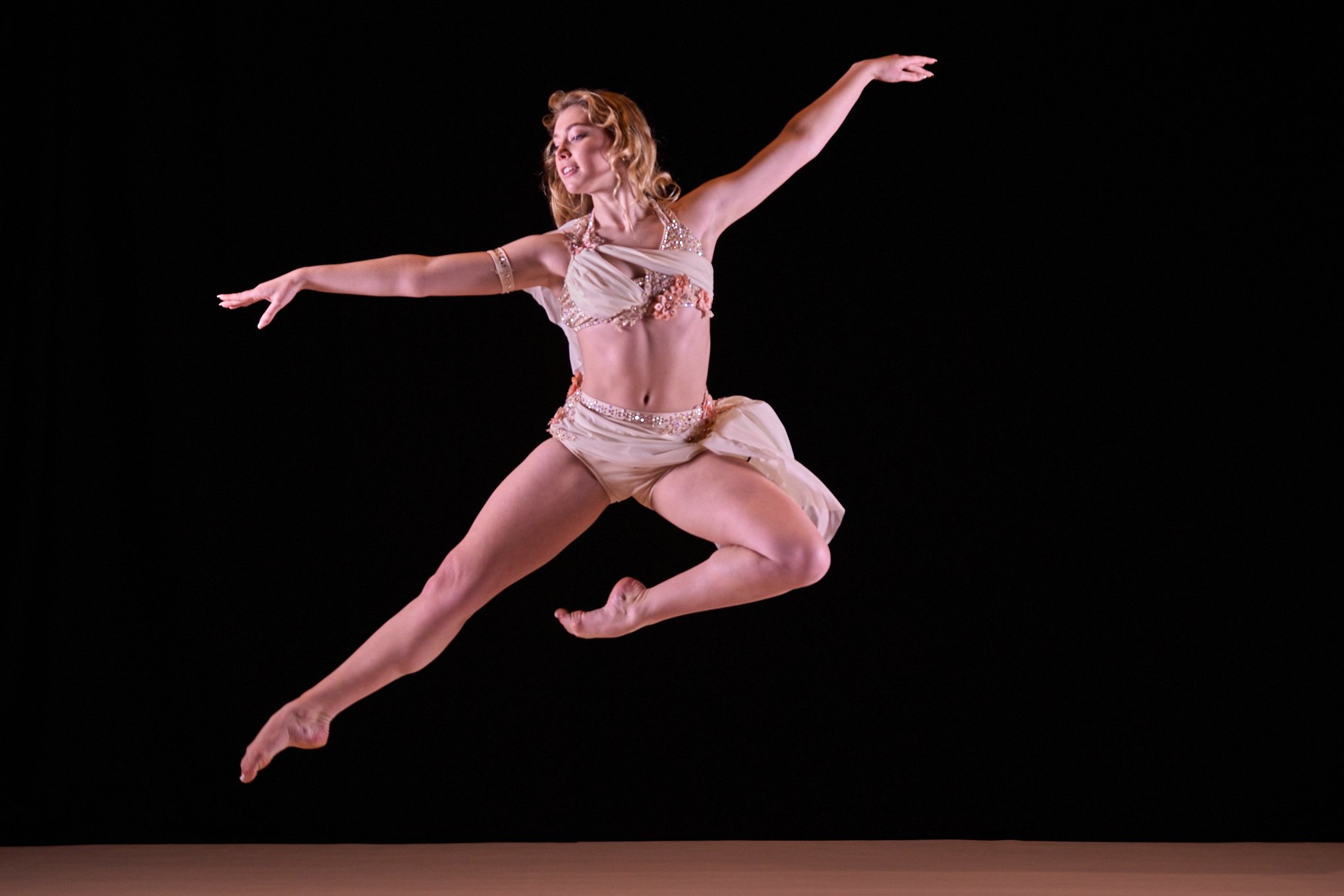
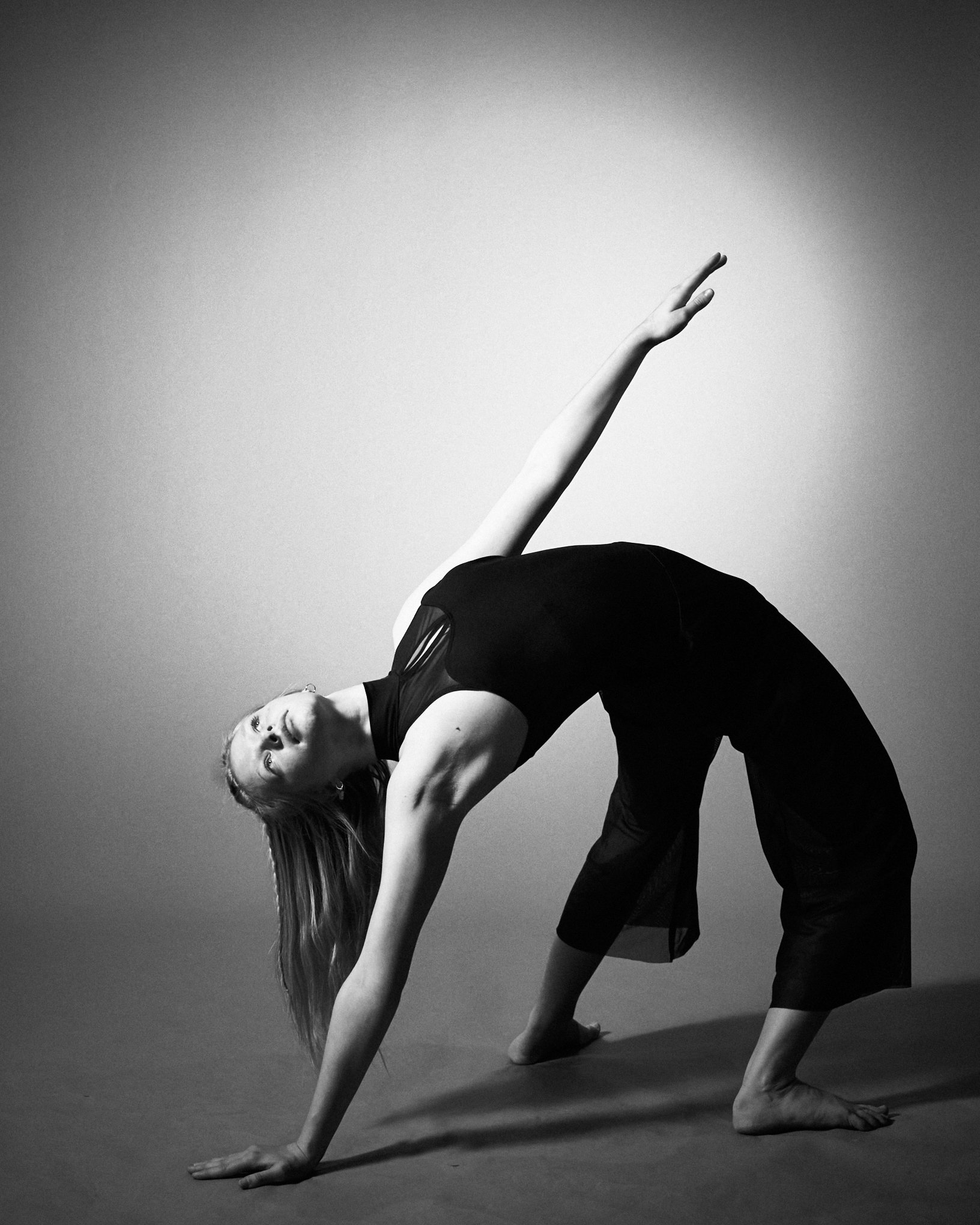
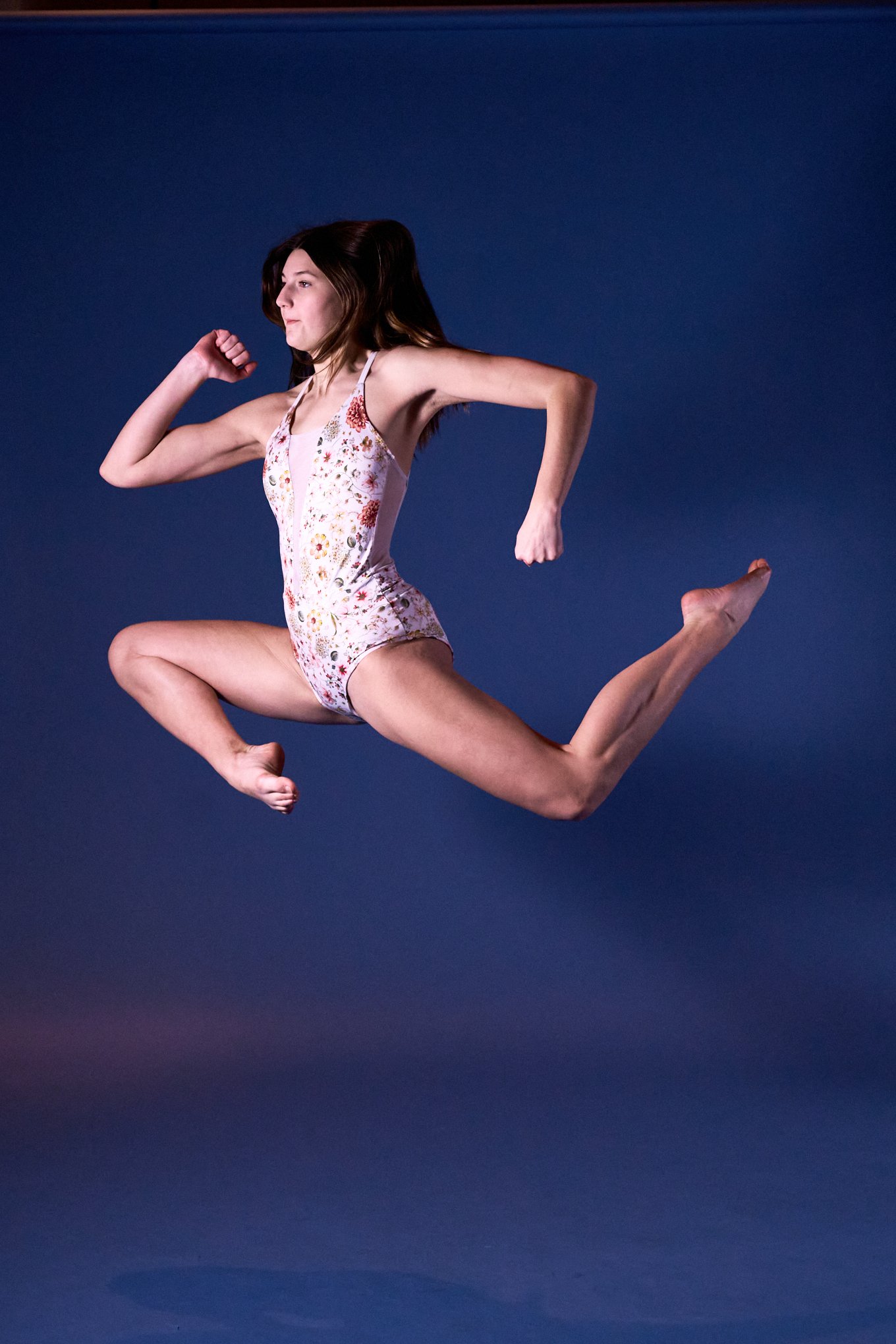
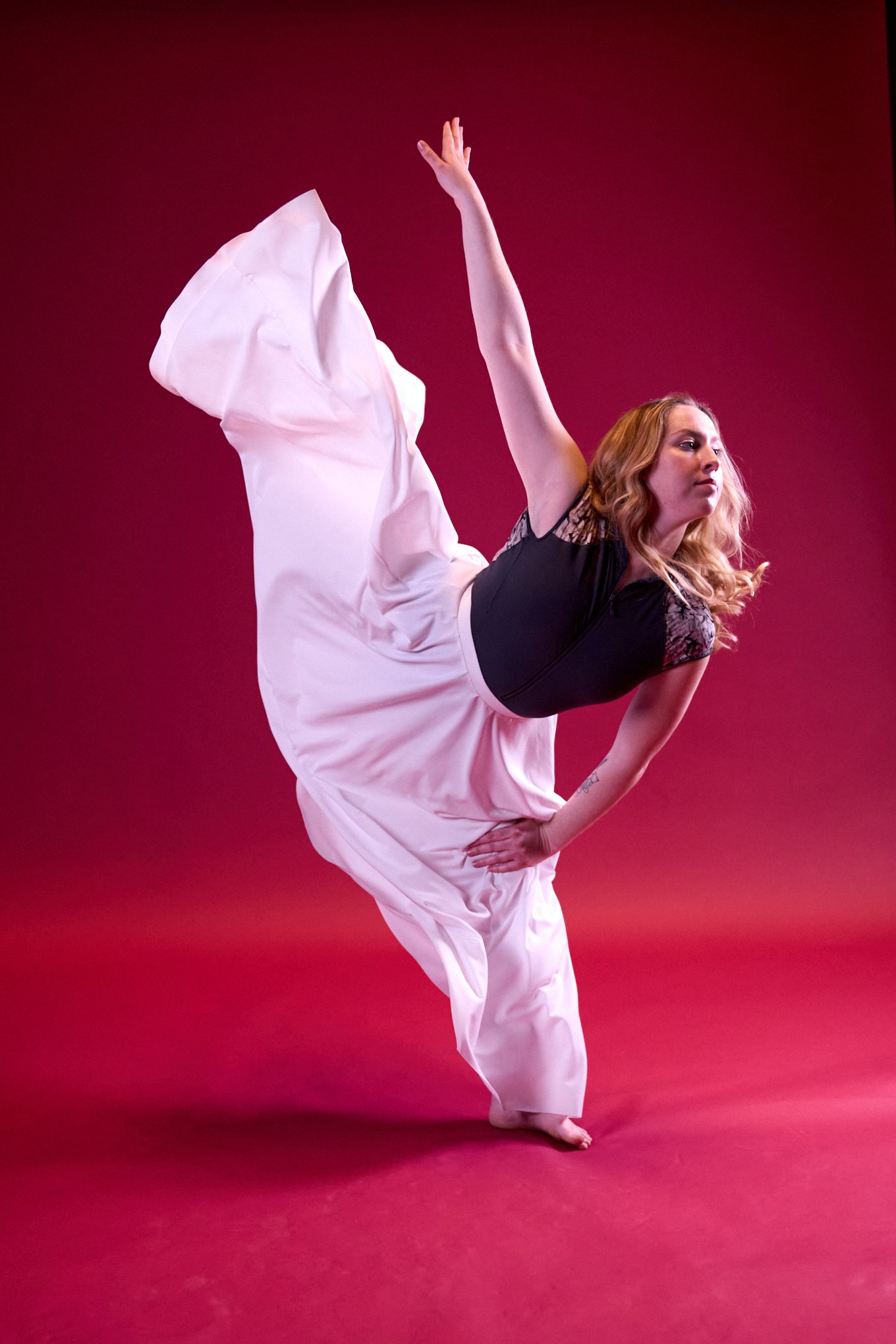

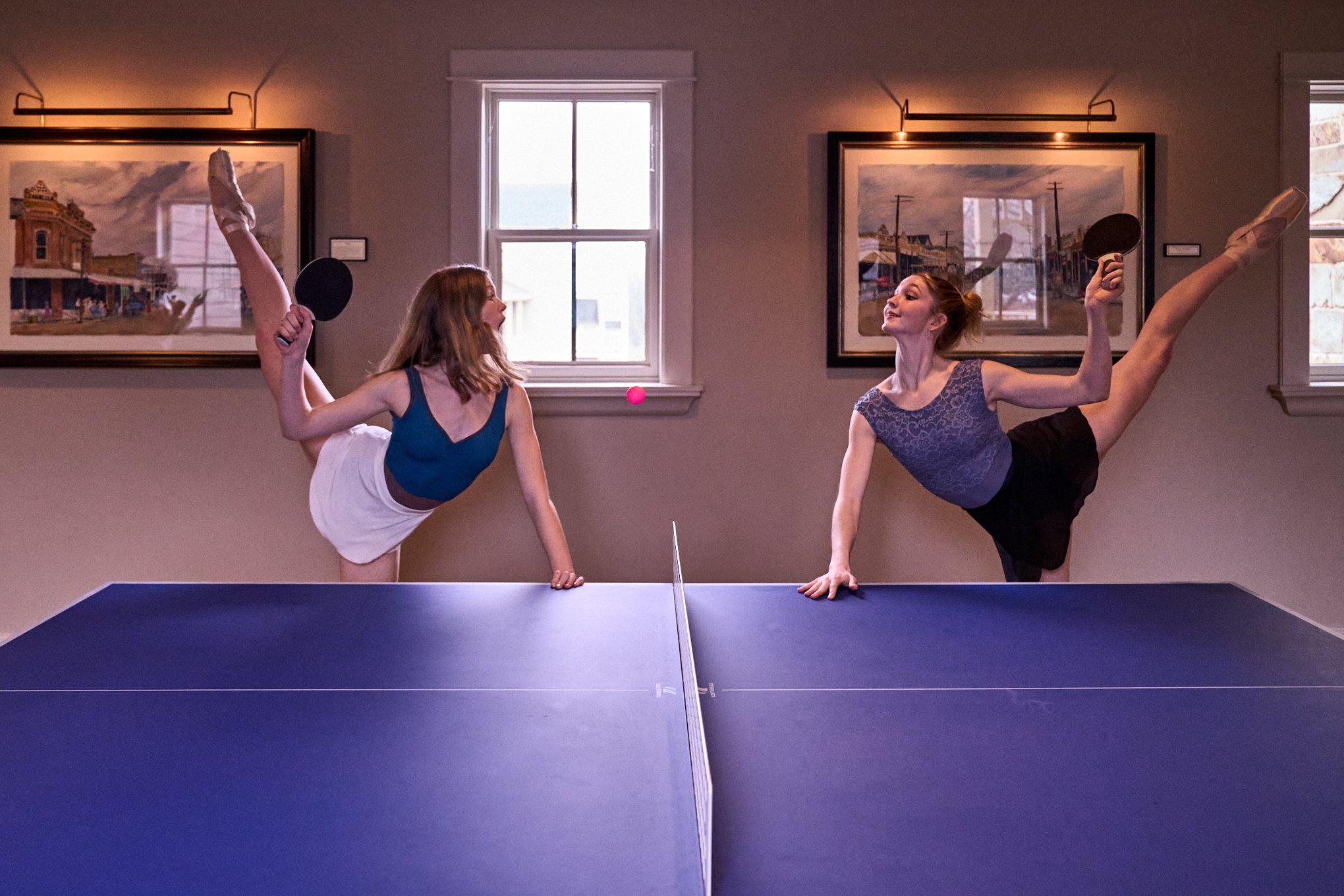
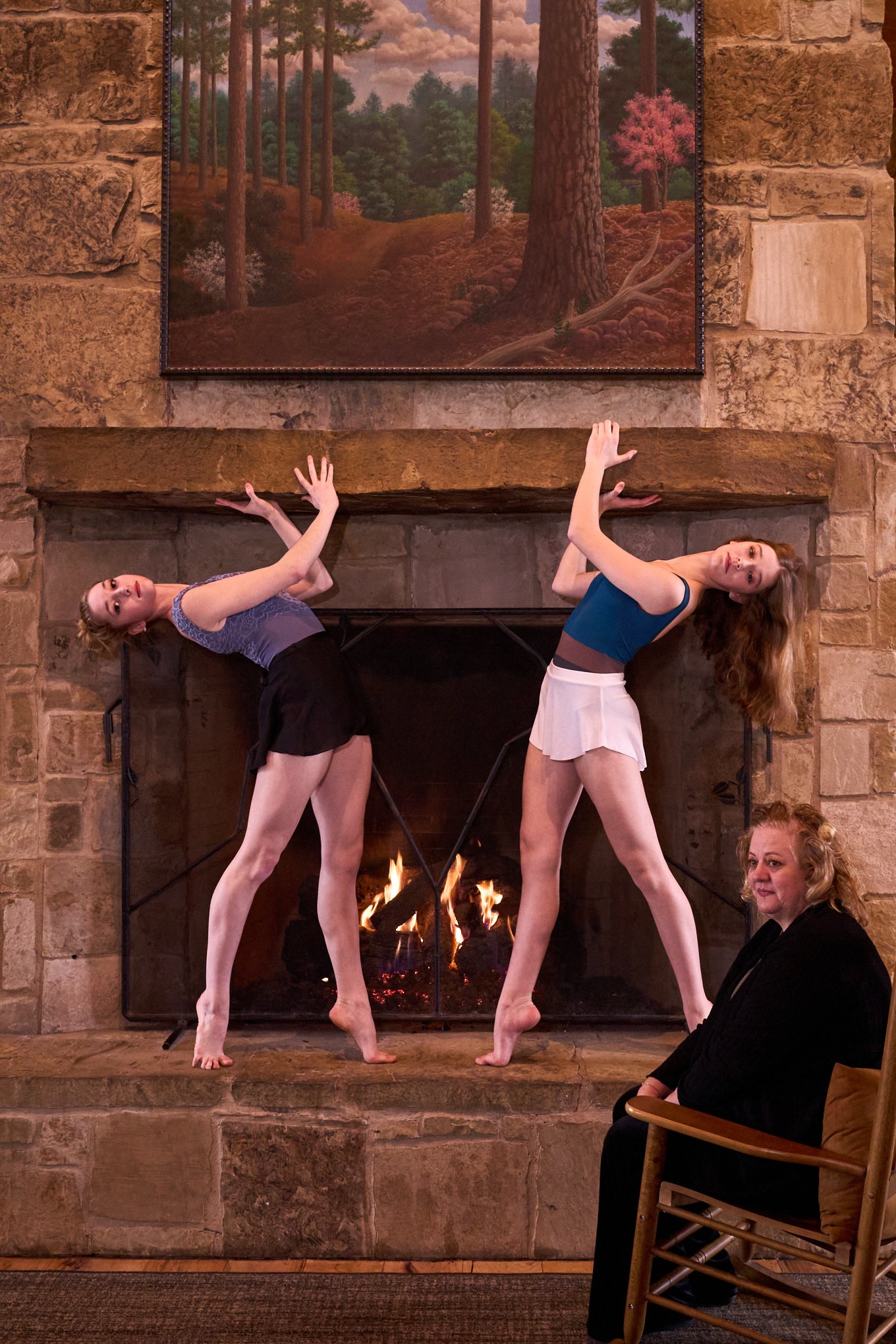
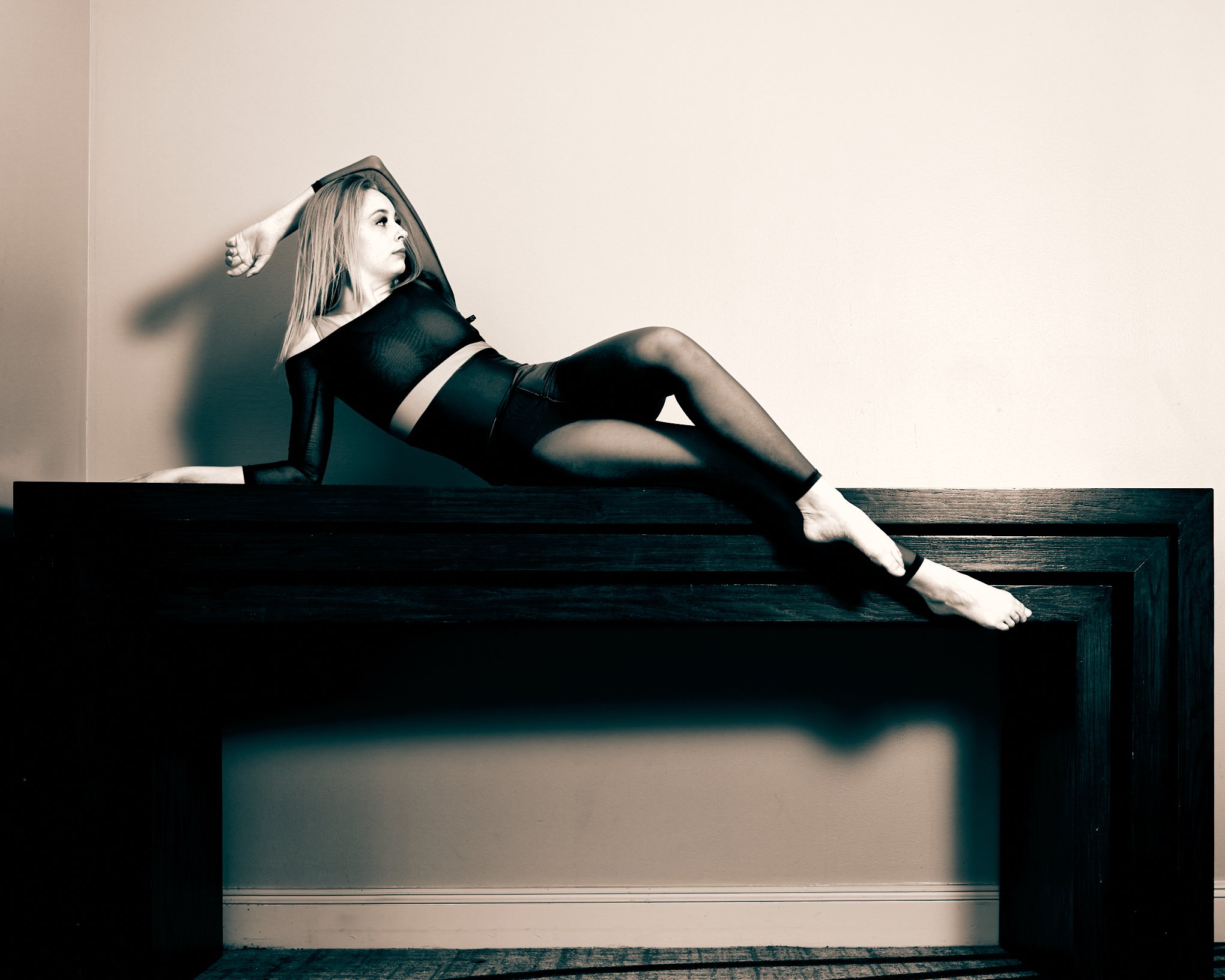
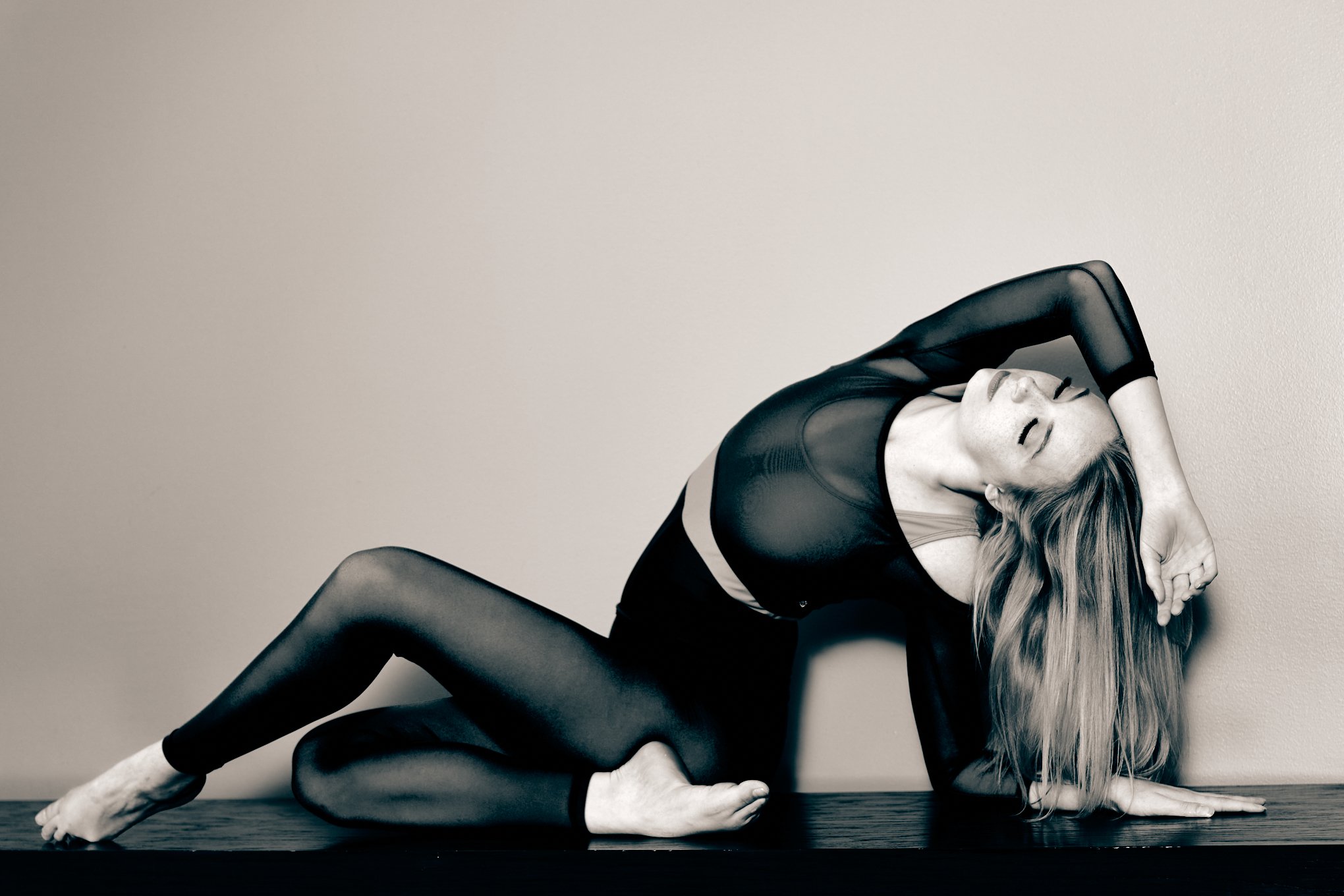
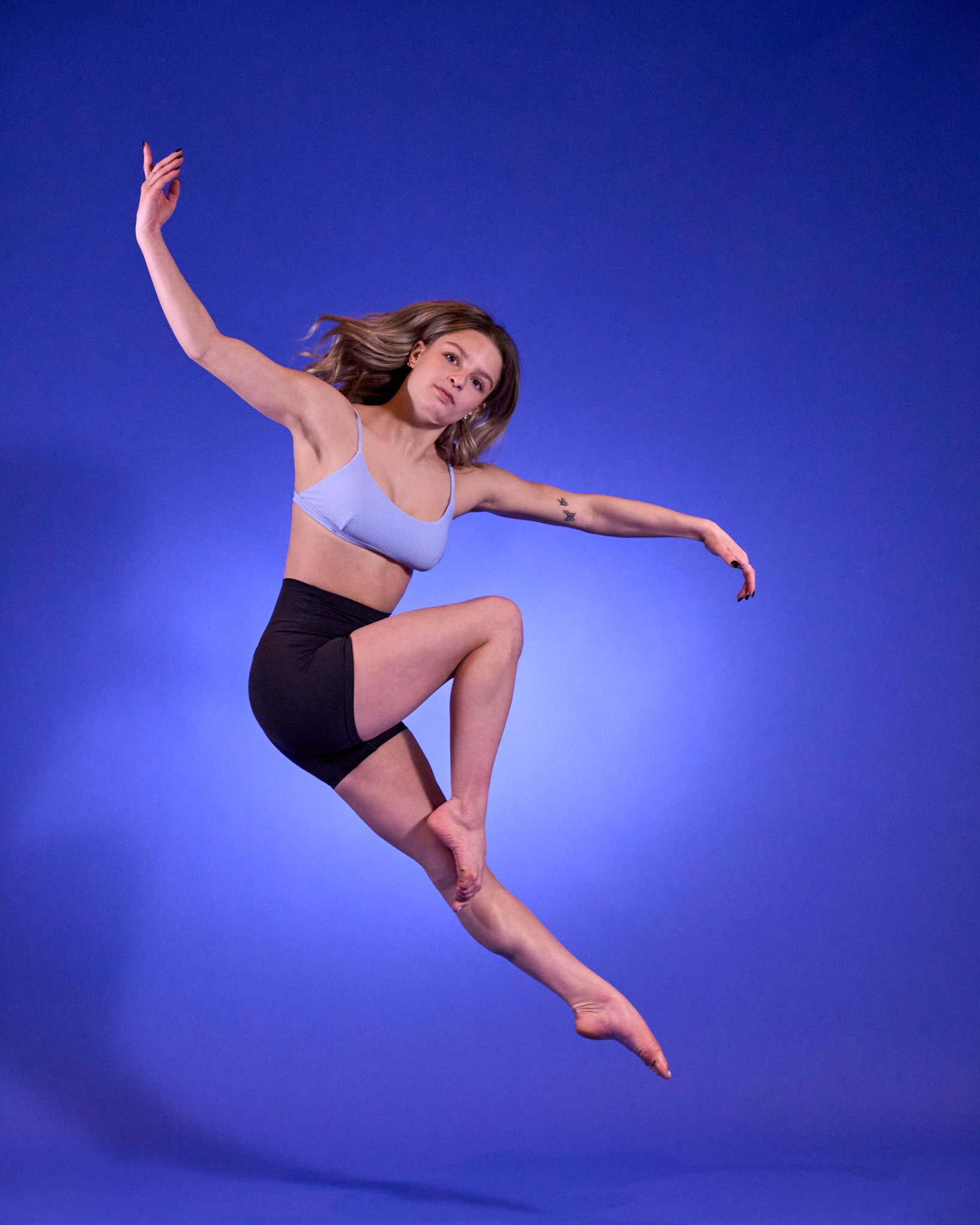
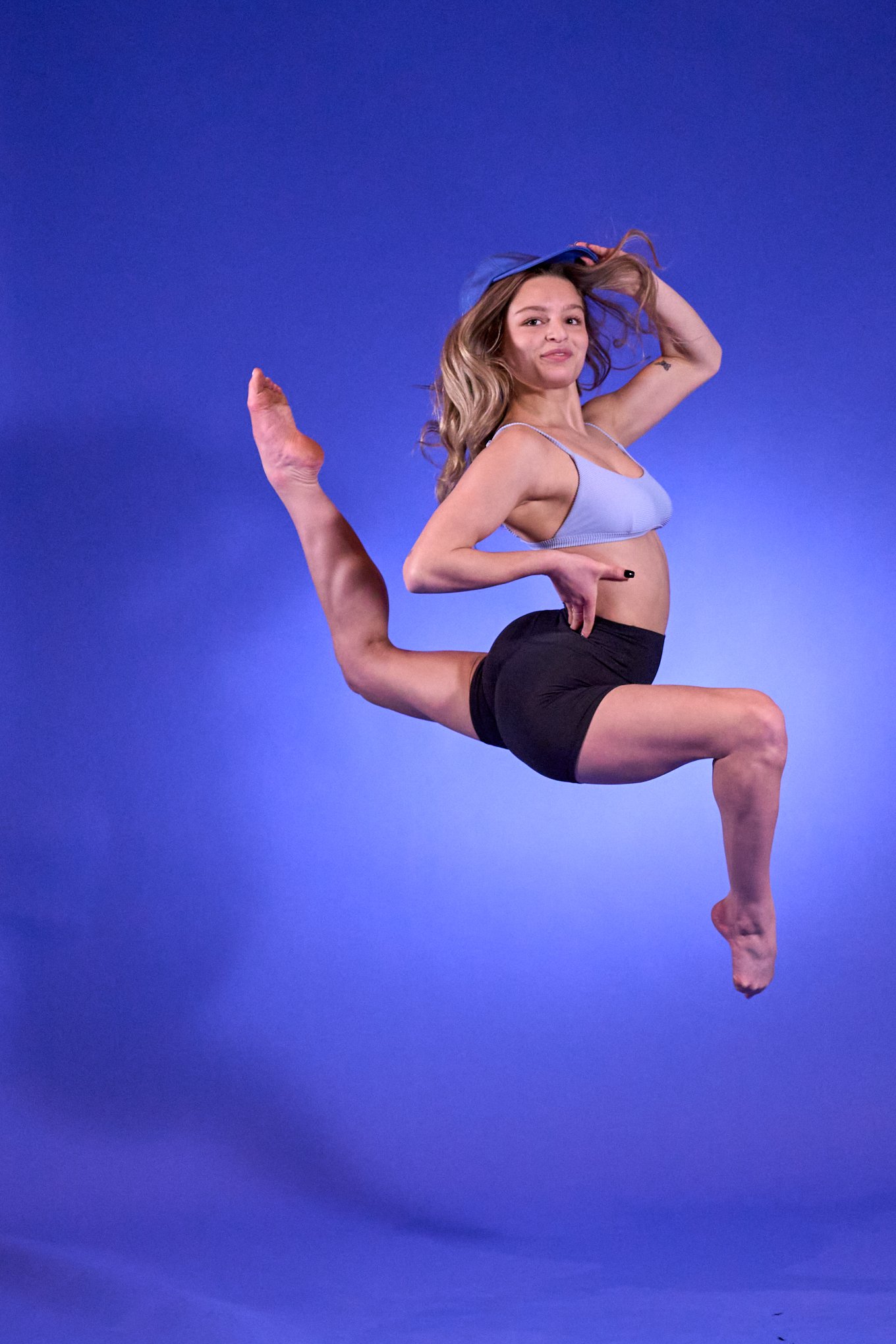
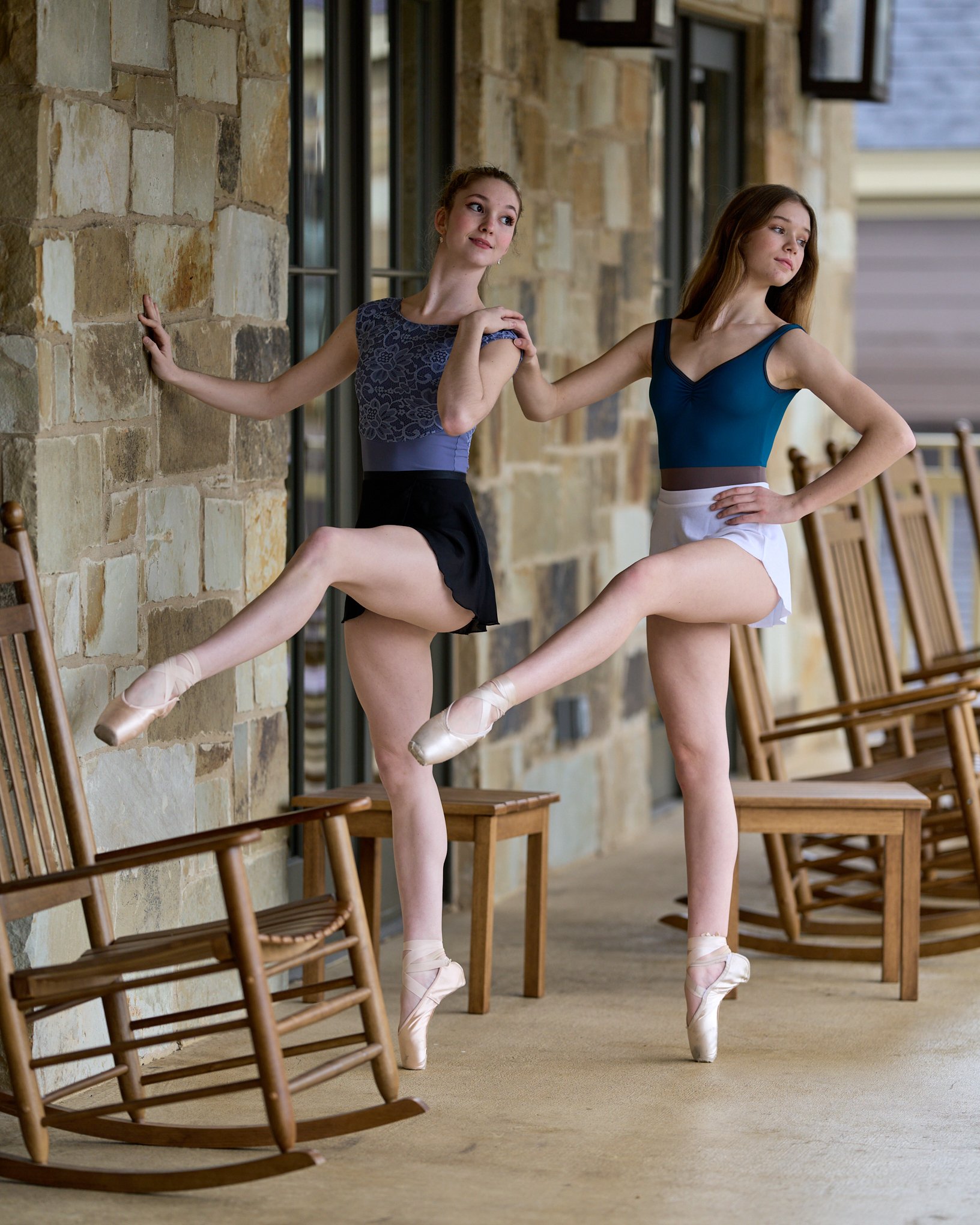

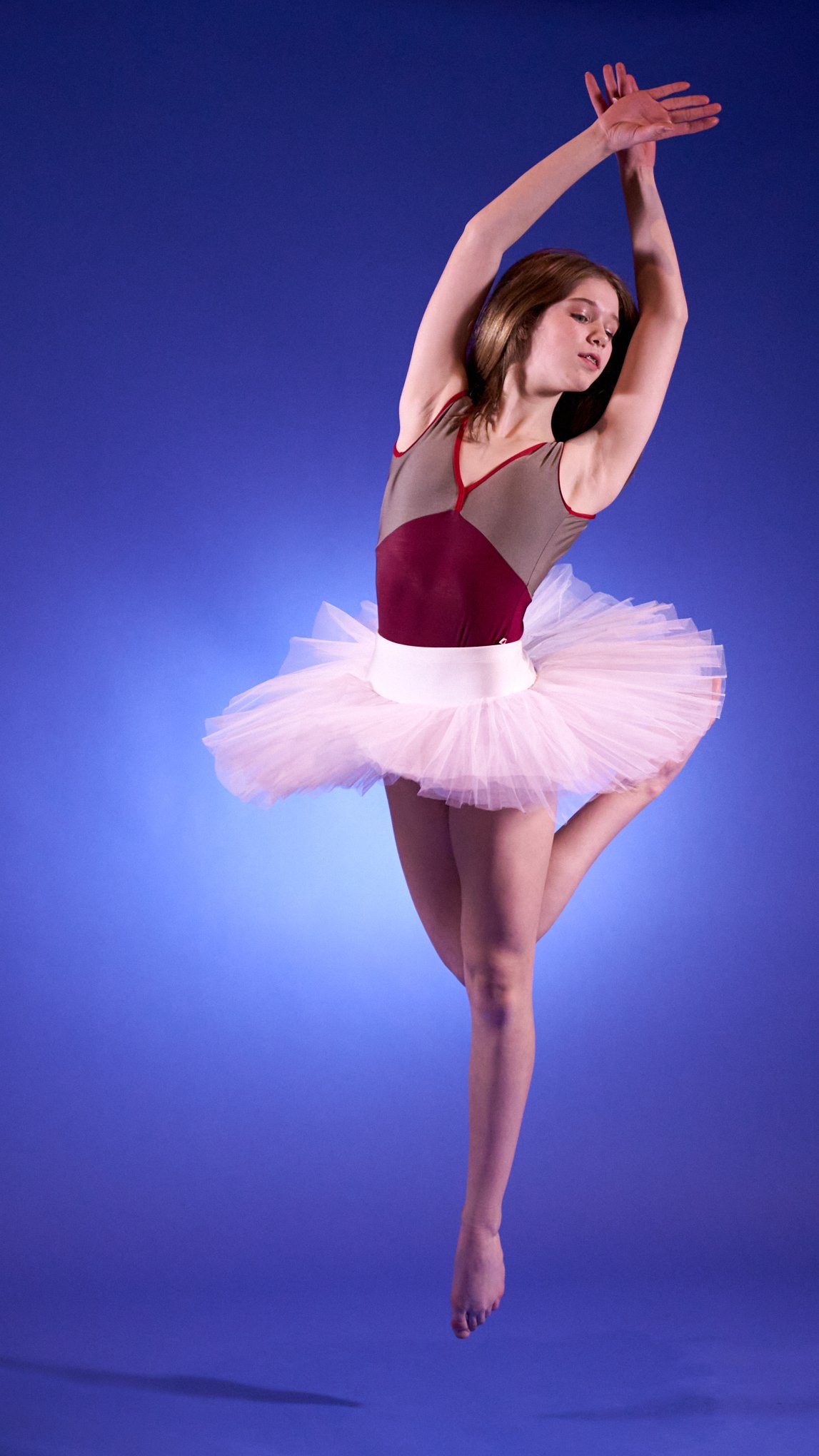
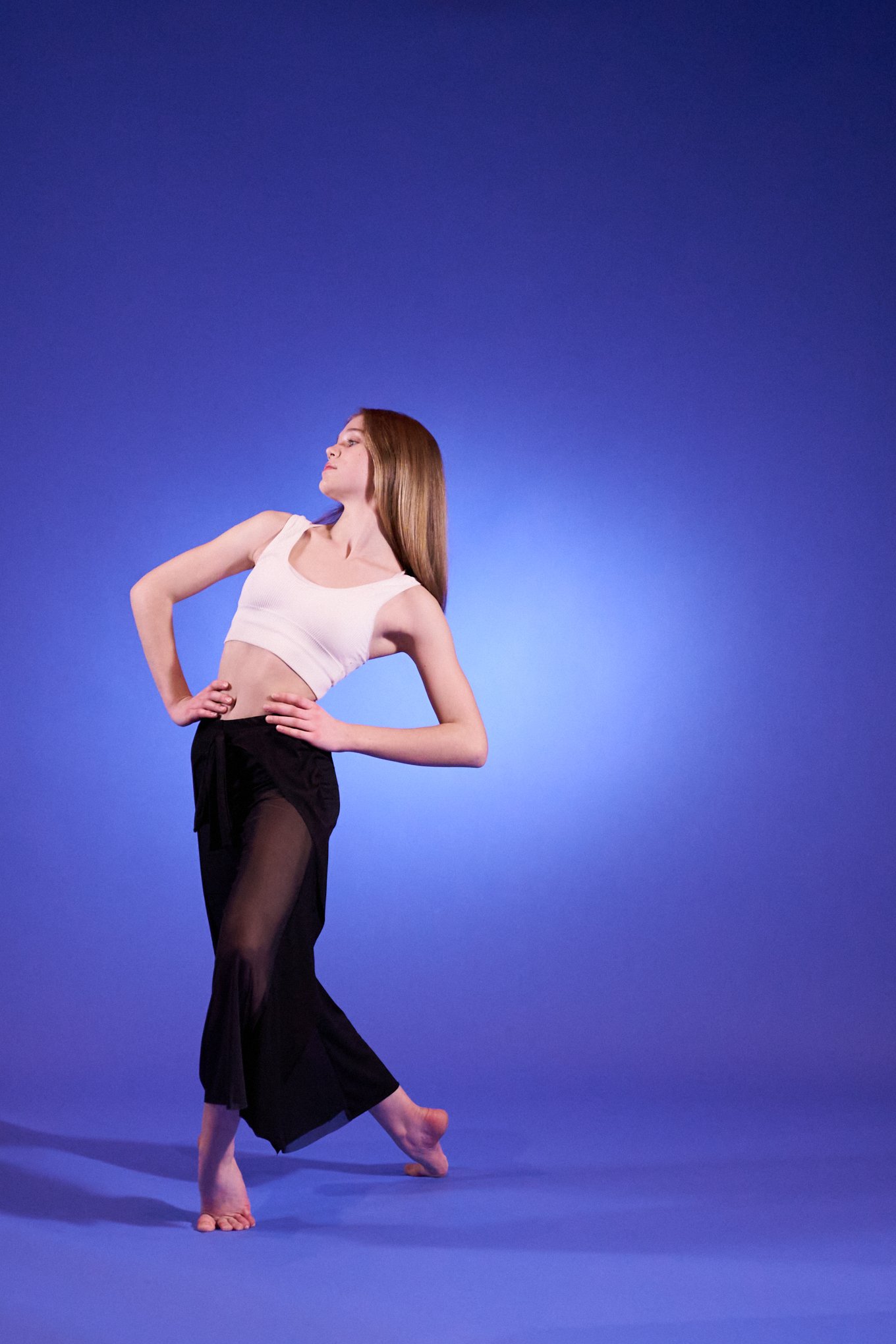
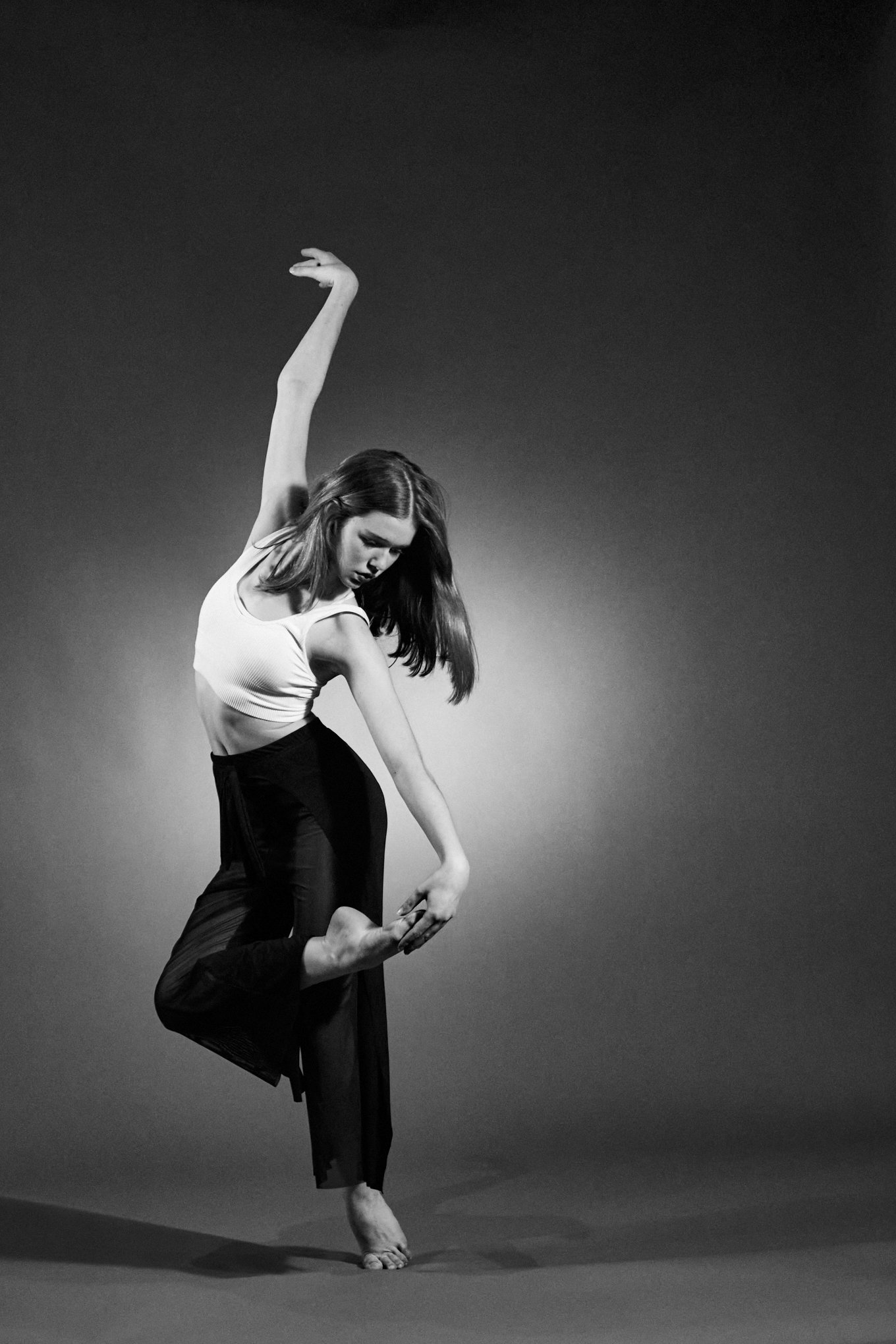
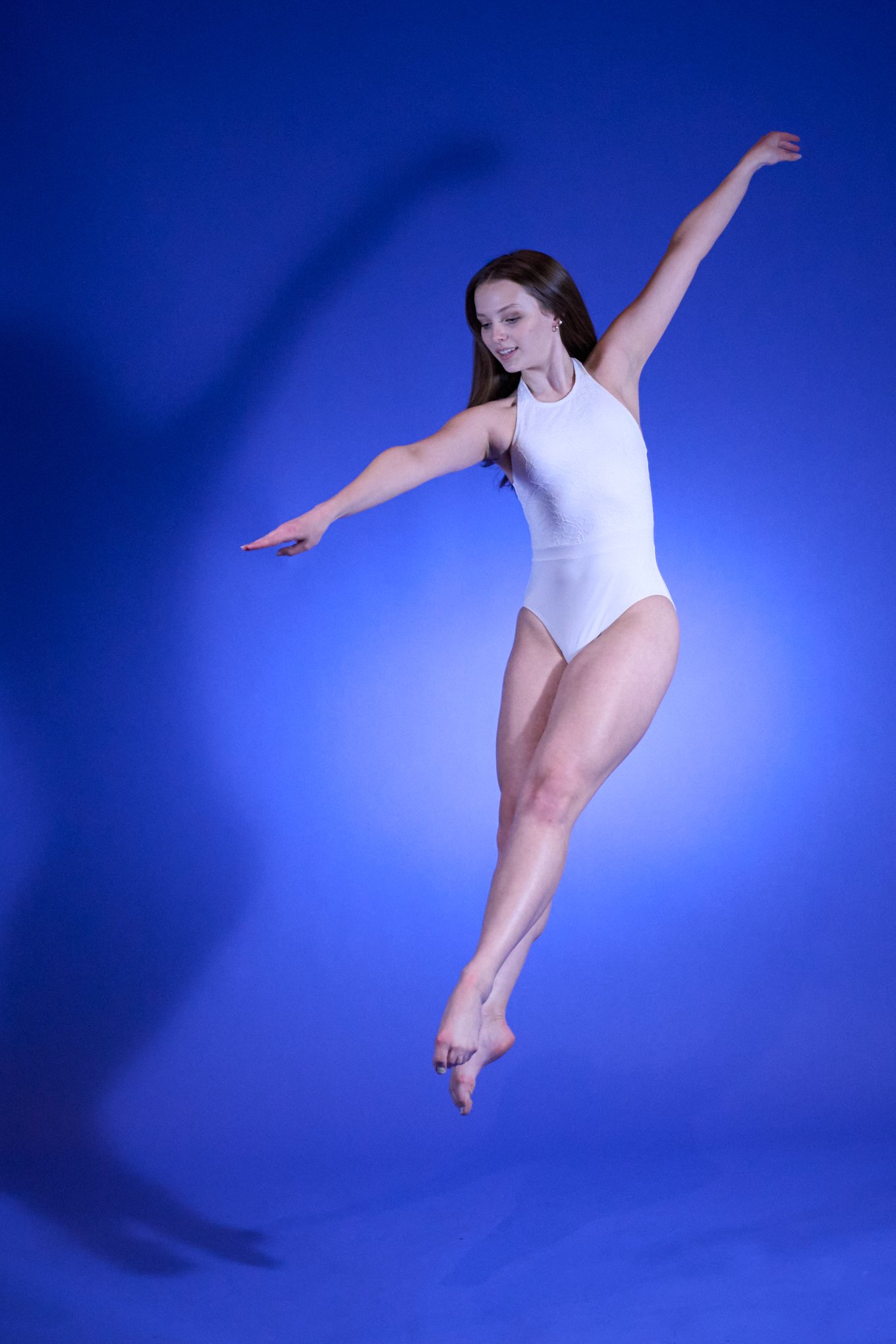
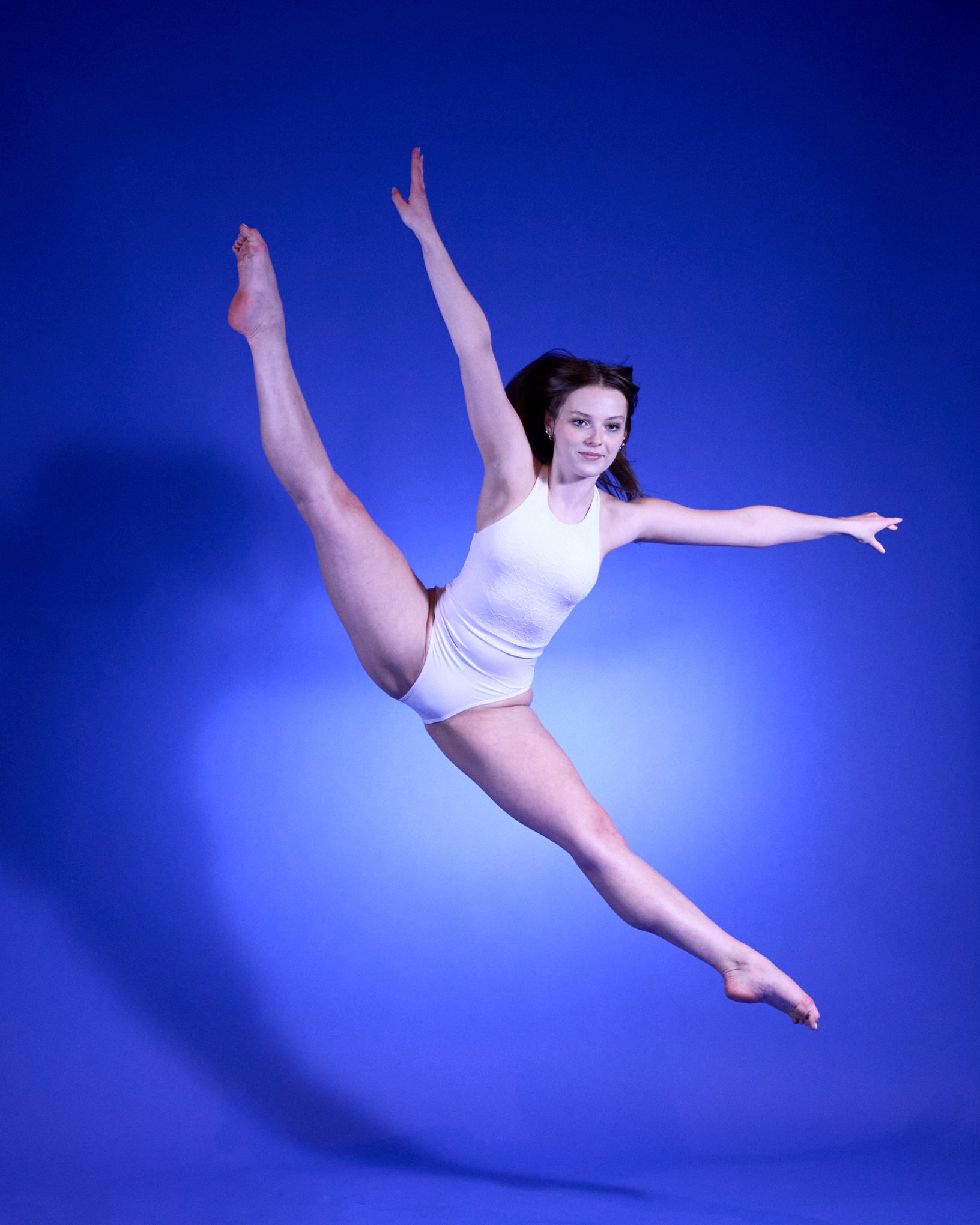
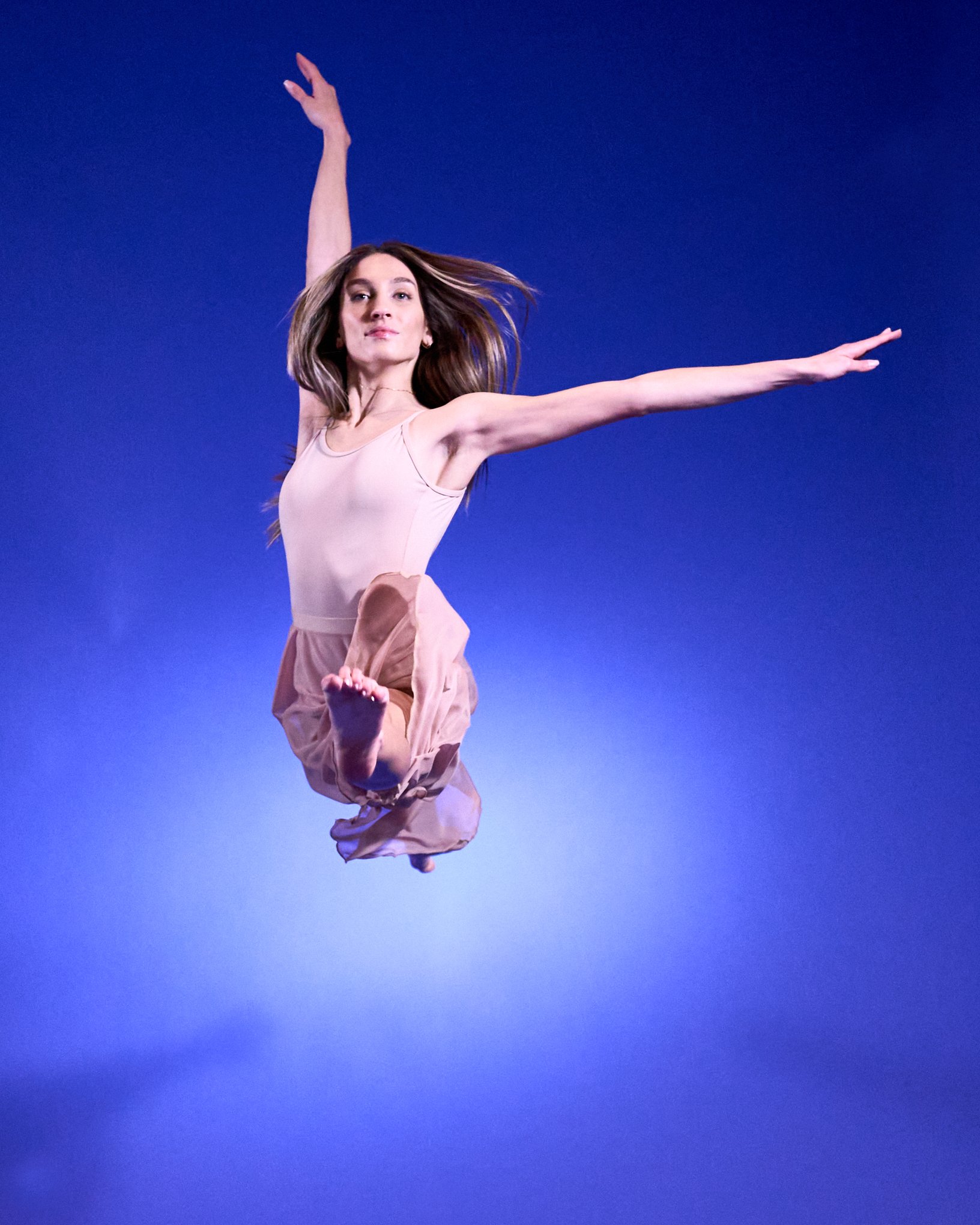
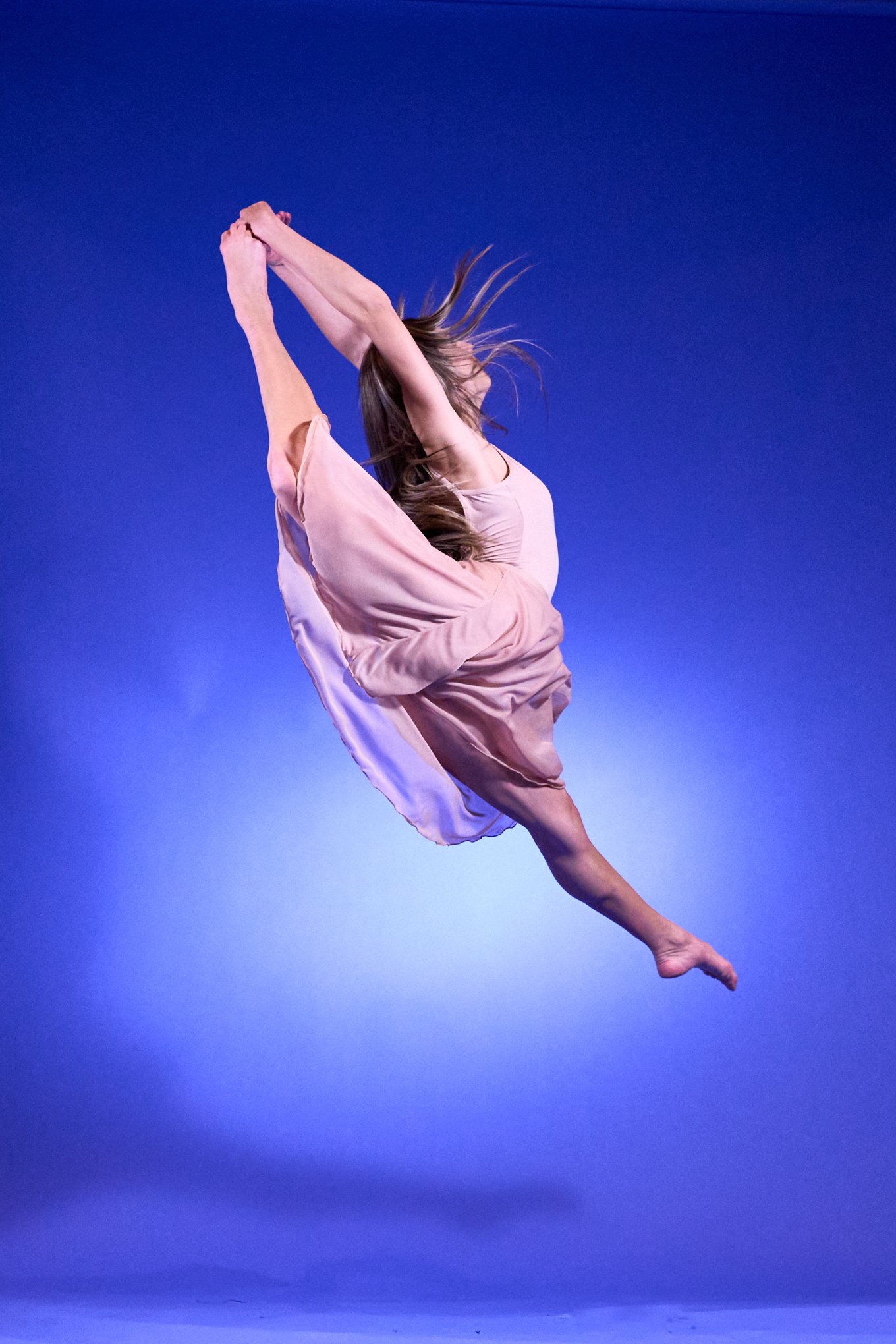
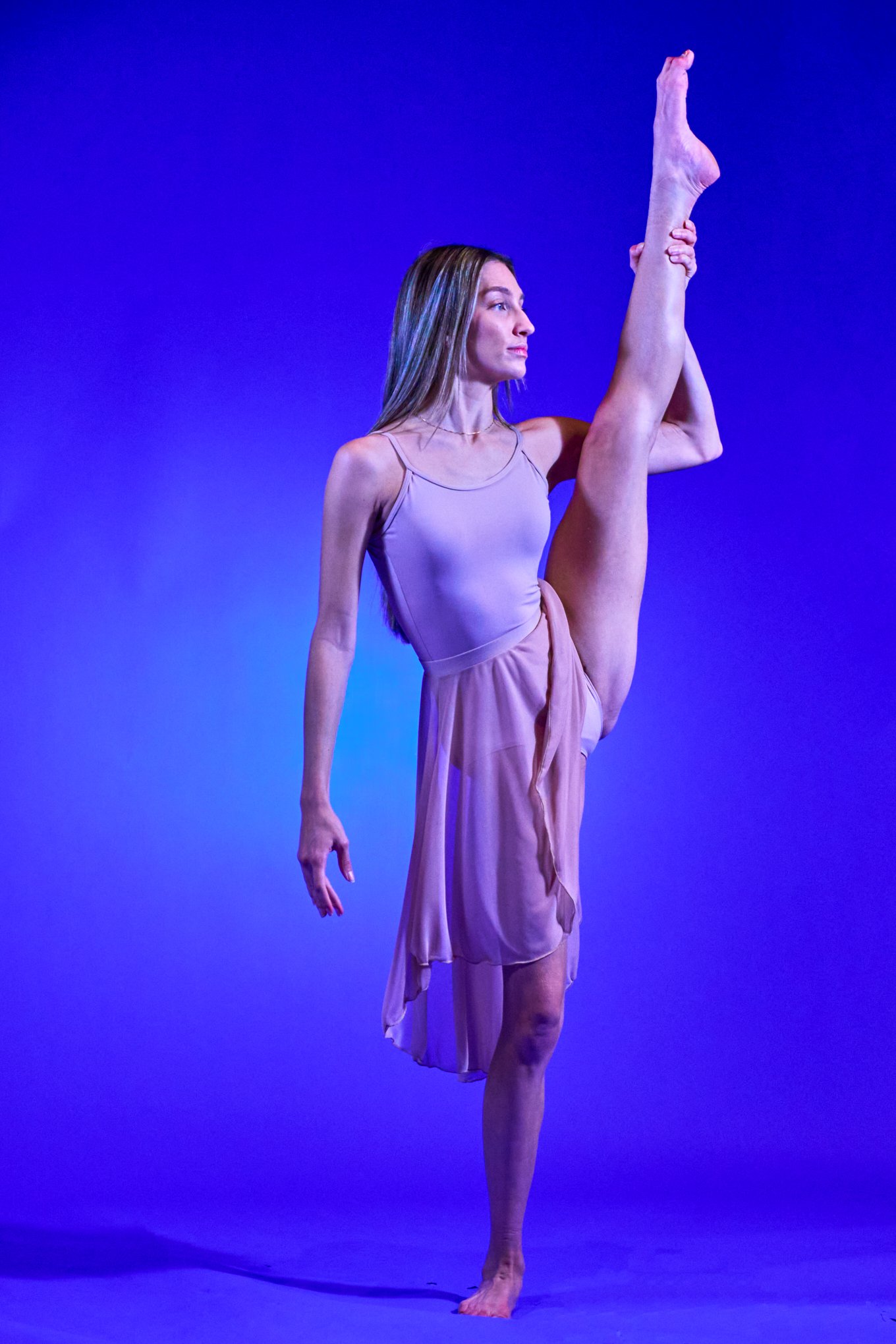
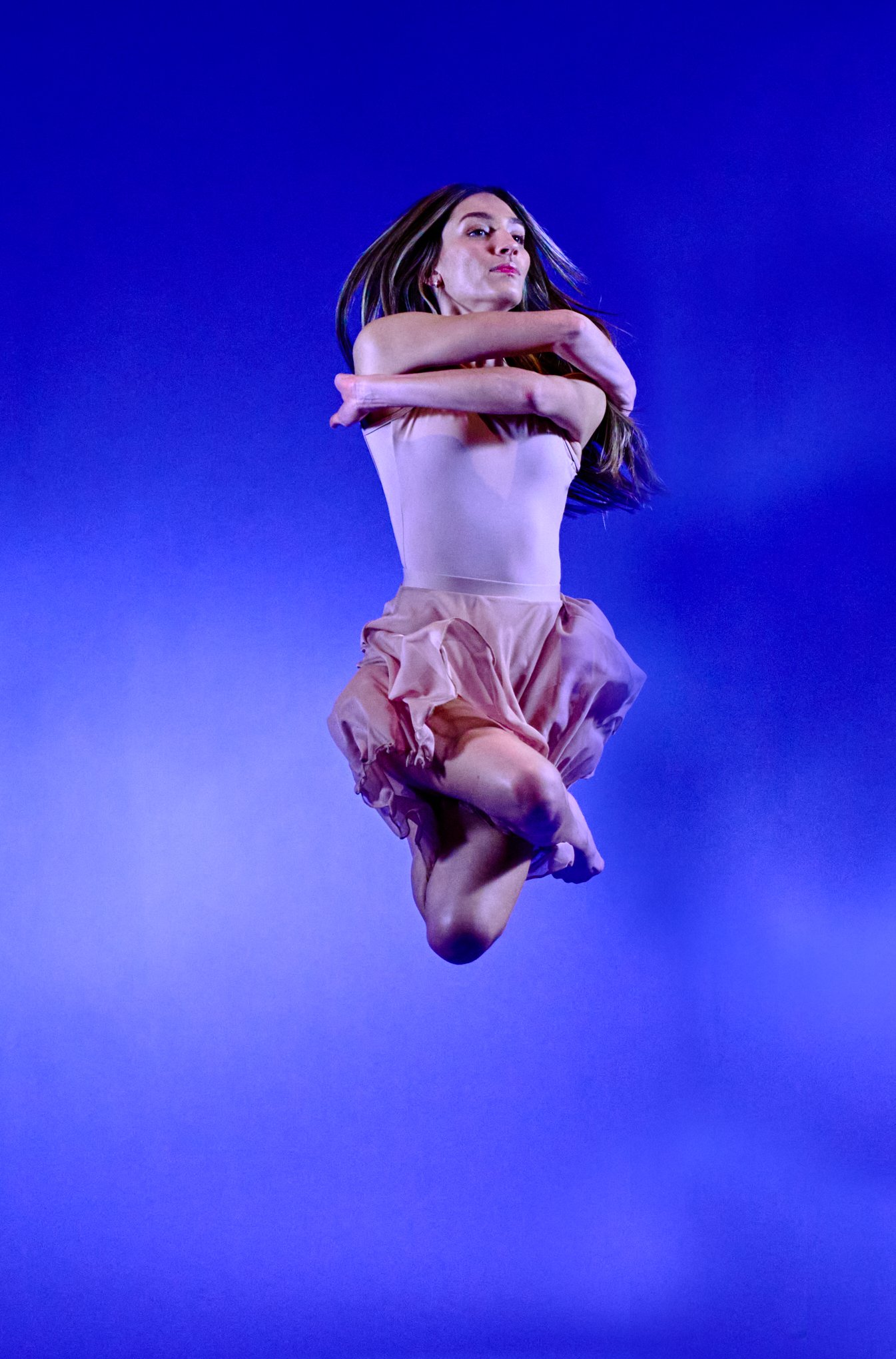

When you select a photographer for your portrait, look for that connection in their work. Did they capture the interaction between the subject and the viewer? If there was more than one subject in the image, did the photographer explore their connection or did they simply record a flat record of the shoot? Interview your prospective photographer. Ask what they are looking for in a portrait. Ask to see examples of images where they hit the mark, or came close to it. Leave time at the end of your shoot for the photographer to explore some creative ideas that may or may not work for you. Take some chances.
Remember, it takes two to tango. When the time comes to rummage through photos of you or your loved ones, you will be glad that you hired a professional photographer who took the time for a pas de deux. Savor the interaction.
Finding balance
“Fall down seven times, get up eight.” (Japanese proverb, Nana korobi ya oki).
@corynn.h
Enter when pulled; turn when pushed. This is how the great judo player Kyuzo Mifune summed up the essence of his art. If that advice was limited to judo contests it would be a tragedy.
Balance is the cornerstone of resilience in life. In judo, every throw requires that you break the balance or the posture of your opponent before executing a technique. So judo — the way of suppleness — is ultimately about maintaining that balance. I was reminded of this when I got an email this morning announcing that a family emergency would keep the great Joe McNally from attending a dance photography conference this week in Austin, Texas. I was scheduled to have Joe review my portfolio. He is a master of his craft and I have been looking forward to this for months. Of course, I hope that his family emergency resolves positively. My personal disappointment is nothing compared to whatever he and his family must be going through.
Now what? I will breathe deep and move on. The Pas de Deux photography conference is packed full of opportunities with great photographers. I will make good use of my time there, come what may.
Prof. Tom Hill throws Robert Kaufer with uki otoshi (floating drop).
Photography happens at the speed of light. Invariably, something goes wrong. Professional photography meets those challenges and resolves them. Of course, sometimes we fail. When that happens, the only thing to do is admit it, analyze what went wrong and try again. Fall down seven times, get up eight.
Nicole and Michelle Valencia
Yesterday I resolved one of those failures. I took family photos awhile back and they came out great. But we had limited time in a rental studio and we forgot to make a separate portrait of the mother and daughter. I told them I would be happy to shoot the two of them in my home studio at no charge. After they went through the images of the entire family and picked out those they wanted printed, we had a successful portrait session.
When you’re looking for a professional photographer you should be clear about your expectations. Ask what happens if things go wrong. No one can guarantee that you will like how you look in a photo. But if you like the photographer’s work, then chances are you will look great to those who know you. If disaster strikes — such as a family emergency, a technical catastrophe with the photographic equipment, forgetting a requested pose — you should expect a professional to make things right.
Grand jeté
When a body moves, it's the most revealing thing. Dance for a minute, and I'll tell you who you are.
― Mikhail Baryshnikov
The Encyclopedia Britannica defines a jeté as a ballet leap in which the weight of the dancer is transferred from one foot to the other. The grand jeté is a leap into an airborne “split.” It’s a fitting term for my latest activity as a photographer. Until now, I have trained my vision on ballroom dancing and its myriad forms. I recently decided to add ballet to my repetoire.
The paintings of ballerinas by Edgar Degas made a profound impression on me as an elementary school student when I began studying oil painting. Later, as a young adult, I attended some ballet performances and left utterly spellbound by the technique and the storytelling. Yet somehow I had never photographed a ballerina until recently.
Later this month I will attend the Pas de Deus photography conference in Austin, Texas. The organizers accept and encourage photographers of all types of dance. But it’s obvious that most of the instructors work primarily with ballerinas. Just check out the work on Instagram by Lois Greenfield, Rachel Neville, David Hofmann and Andrew Eccles, to name a few. Even Alexis Cuarezma and Joe McNally, who shoot a wide variety of subjects, have stunning photographs of ballerinas. So I figured I should try my hand at this genre before attending the conference. Then my daughter gave me a copy of The Art of Movement, a coffee table book with more than 300 photographs that took my breath away, and it kicked me into action.
I began by shooting a young ballerina and ballroom dancer I know personally. Her work ethic, technique and personality come through in everything she does. You can see my photographs of her on the ballet page of my recently updated web site. I am now reaching out to ballet schools in the Twin Cities to offer portraits, competition and performance photography. As a ballroom dancer and martial artist myself, I understand that my subjects don’t want to share photos of their “near misses.” A misplaced foot or funky arm position, while not obvious to casual viewers, would embarrass them. This seems especially true of ballet dancers. So I get approval of any ballet photos before I share them publicly.
Please contact me directly if you would like to set up a private, two-hour session. Minors must be accompanied by a legal guardian and someone who is experienced in ballet to help with the posing. I charge a non-refundable booking fee of $550 to reserve a two-hour time slot. That includes rental time at Image Studios in St. Paul, my $375 creative fee, all photographic gear used in the shoot and editing on up to five photos, to be delivered digitally. Additional photos are $150 for one, $275 for two, with a third photo free. Other packages, including prints, buttons, books, mugs, etc., are available as well. Please note, rental fees at other photo studios in Minnesota, Wisconsin and the Dakotas may result in additional charges, to be agreed upon in advance. Sessions shot on location in parks, monuments, ballet studios and personal residences also are available but may result in costs associated with required permits or fees, plus travel expenses outside of a 20 mile radius from my home.
Isn’t it time to create a keepsake that you will treasure and share forever?
A clean, well-lighted place
“I am of those who like to stay late at the café," the older waiter said. "With all those who do not want to go to bed. With all those who need a light for the night." —Ernest Hemingway
Prof. Lamar Fisher looks on as Dan Browning kicks a heavy bag, circa 1977, at the old Nibukikan dojo. Photographer unknown.
When I was a young man I wandered into a martial arts dojo called Nibukikan in Chico, California. I had been taking a “judo” class at the local state university and wanted more. I remember filling out the paperwork to join the dojo and the sensei, Prof. Lamar Fisher, looking me over skeptically.
“Why do you want to take jujutsu?” he asked.
”Self-defense,” I answered. I could see he was hesitating.
“And personal development,” I added.
He mulled over his response.
”Well, I guess we’ll give you a try,” he said finally.
Prof. Tom Hill throwing Bob Kaufer (my lawyer) at a recent clinic in St. Paul. Photo by Dan Browning/Danzante Photography LLC.
Back then, to accept a student for martial arts training was not just a business proposition. You understood that it meant accepting the karma of your student. If the student turned out to be a bad apple, it would have consequences for your karmic ledger.
At the time, I was a Religious Studies major focusing on Zen Buddhism and the philosophy of religion. My plan was to go on to a doctorate program to teach comparative religions, or possibly to law school. I also wanted to write novels, along the lines of Henry Miller and Ernest Hemingway. In other words, I had no real idea about what I wanted to do. I only knew that I was seeking a meaningful life. And if life held no meaning other than living, then I wanted to experience it fully. I eventually landed in graduate school at the University of Oregon in Eugene, where I studied journalism and took elective courses in the English literature program. One course was on the works of Hemingway as an existentialist. I remember in particular his short story titled, A Clean, Well-Lighted Place.
Everything you do in your life affects its trajectory. That story returned to me other day as I enjoyed a cup of coffee at Dunn Bros. coffee shop on Grand Avenue in St. Paul, Minnesota. It draws a steady and regular clientele. And the when the sun strikes its dusty windows it guilds the characters sitting inside. I was reading The Real Deal: Field Notes from the Life of a Working Photographer, the latest autobiographical work by Joe McNally. I had my camera with me. As I a took a break to sip my coffee, I noticed the light wrapping around some men, likely from East Africa, speaking energetically by the window. I snapped a few frames. An older gentleman soon entered the cafe, walking unsteadily with a cane. He sat across from me and set about reading a John Sanford novel, Winter Prey. I remarked that it was the first book I read after moving to St. Paul from St. Louis in 1994. We talked about Sanford, the pen name for John Camp, a former reporter at the St. Paul Pioneer Press who went on to an extraordinarily successful career as a novelist. The man with the cane lamented the depleted state of the once-fine newspaper, which he had delivered as a boy and where I had worked for five years. It was a brief but nourishing conversation, and we each returned to our respective reading.
A John Sanford fan, identity unknown, entering Dunn Bros. coffee shop.
If you made it this far you might be wondering what this column has to do with photography. I would say, everything. When you hire a photographer to make your portrait, you’re buying into their vision as well as their technical skills. Look them up and down, like my old jujutsu instructor. Do you want this person in your karmic journey? If not, move on. The light fades fast.
Hiring a professional photographer is an investment. Have a conversation in a Clean, Well-Lighted Place. Get to know the person you’ve hired to expose you.
Stepping forward…
We can never catch time.
@corynn_h, @olive_moon_dancewear
The Moving Finger writes; and, having writ, Moves on: nor all thy Piety nor Wit Shall lure it back to cancel half a Line, Nor all thy Tears wash out a Word of it. ― Omar Khayyám
My father would quote this passage from the Rubiyat from time to time but let me discover its meaning on my own. As I head into a new year with new challenges and opportunities, I am grateful to carry these words with me.
Photographs freeze time but they cannot stop it. The stream of seasons moves on, chipping away at us until the life force yields to it. Photography provides a window to contemplate its transitory beauty. But an image is a pale representation of the miracle that manifests for an instant then continues on its journey.
We can never catch time.
The New Year is starting out with promise. I will dance in a ballroom competition next week. Then I will travel to Colorado to see an old friend I have not seen since 1982. Then February will bring the Pas de Deux photography clinic in Austin, Texas. Or will it? What will the COVID virus do? Will it close the shutters on these plans, as it shut down restaurants, concerts, parties and other public gatherings on New Year’s Eve? Will it claim the lives of friends, or family? Will it finally catch me? And while we’re worrying about it, will we miss the other dangers coming for us?
I lost my friend Len Ferrington last year, a person I so admired that I once dressed up as him for Halloween. Len made the best of life but spent countless months isolated during the initial COVID lockdown. When the danger subsided he resumed his dancing and his plans for an extended environmental research project in Finland. Then, while riding a bike with his wife, a heart attack killed him without warning. I mourned his death but also the time he spent locked away from the things and many of the people he loved.
There is a very real sword over our heads. We can let it paralyze us with fear or we can move out of its way and try to disarm the warrior wielding it.
I completed my first shoot of a ballerina recently. As she leaped repeatedly into the air, correcting her knee position in one jump, her foot in another, I tried to capture the moment, the sense of weightlessness that carried her upward toward the light and the gravity that brought her home again. Her mother scrutinized her technique, encouraging her and making suggestions. My assistant, Laine Torres Bartley, scrutinized the images as they streamed into my laptop. She searched for flaws in the backdrop and suggested ways to alter the pattern of light and shadows. It was a team effort and the results were stronger for the collaboration. We had just two hours, including setup and teardown, to get things right. I am happy with the results but want to do it again. And again. And again. I want more.
Can we ever get enough? I suppose there may come a time when that happens. There is wisdom to be found in stillness. But for now, I choose movement. If one is to stop time, even for a split second, then one has to move with it.
Transitions
“In family life, love is the oil that eases friction, the cement that binds closer together and the music that brings harmony.” — Friedrich Nietzsche
Time to take stock, and to set some goals going forward.
Looking back, 2021 was a year of healing and emergence, in fits and starts, from the COVID isolation. I started the year recovering from rotator cuff surgery. It wasn’t long before dancing resumed at Cinema Ballroom, gradually moving from no-touch practice and group classes to partner dancing. As my shoulder healed, I was gradually able to heft a camera and to maintain a decent dance frame. (Not at the same time.) I entered some DanceSport competitions and in June began offering my photographic services at several competitions. In May, I took a part-time job selling camera equipment at the National Camera Exchange in Golden Valley, Minnesota. And in late summer, I began teaching jujutsu one day a week at Shinzen Kai dojo. As the year drew to a close I got some headshot, portrait, senior photo, quinceañera and live performance clients. I edited some wedding photos, taken by another photographer, at the request of a friend. She said her daughter, the bride, cried with joy, saying I had saved her wedding photos so that she could now share them. Now, I am lining up a couple of studio dance shots for personal projects.
In short, my three passions — dance, photography and martial arts — have emerged from their COVID-enforced meditation period and are stretching toward 2022.
Looking forward, I plan to begin the year by performing at a dance competition in Bloomington, Minnesota. Then I head to Colorado to catch up with a friend I haven’t seen since 1982. In February, I will travel to Austin, Texas for the Pas de Deux symposium on dance photography. It features some of the best dance photographers in the country. I hope to shoot some ballroom competitions and other live performances throughout the year, and I’m eager to do more studio and location portraits.
I want to briefly talk about my last two photo shoots. I had the good fortune to photograph three generations of a family in a studio session. It presented some challenges, as two of the subjects are disabled, and we had to shoot in an unfamiliar studio. Even so, I think it was successful. I captured the deep, abiding love in this family amid the occasional chaotic interactions.
In the second session, I photographed a couple in their beautiful custom home. I was particularly nervous about this session because I admire both of them and wanted to do them justice. I brought a ton of equipment and used nearly all of it. The location presented some challenges. I wanted to show the couple next to a bank of windows overlooking their yard, but it was especially difficult to get the lighting correct without the lights reflecting in the shot. I remembered photographer Daniel Norton saying in his YouTube training videos that the “angle of incidence is equal to the angle of reflection,” and with some juggling, I was able to get some satisfying images. I am grateful for the trust put in me by those who hired me for their family portraits. they risked their egos, money and time to do so.
This will be my last blog entry for 2021. I wish you all a prosperous, healthy and joyous new year!
Studio time
Don’t underestimate the power of professional headshots to build your personal brand.
Jon Zimmermann
Minnesota offers many great locations for outdoor photography, but when the season turns toward winter, it’s time to pack up and move indoors. That’s no problem for me. I love working with clients in the studio. There are fewer distractions. I can shape the lighting to draw out unique physical features (or to hide them). And the lighting penetrates those windows to the soul.
It’s nonsense to claim that a photograph “captures the essence” of a person. It simply records, in the blink of the shutter, a moment in time. There may be sadness or joy, timidity or anger. But it’s here and gone in flash. It’s the interaction between the subject and the photographer that reveals the moment.
I recently completed a headshot session with Jon Zimmermann. He’s a bank executive and software engineer. I got to know him through ballroom dancing. But I got to know him even better in the hour or so that we spent making his headshot. It’s always hard for me say enough; we’ve got the shot. In fact, we will get several shots worth keeping. Even so, I don’t want to forgo what might happen if we stay just a bit longer. Portrait photographers might sculpt the lighting to emphasize a client’s physical features or to minimize them. Great portrait photographers work to draw out a client’s expressions, using light and shadow to add texture. Every session leaves me wanting more. That said, I respect my clients’ time and energy. Sometimes they might have just a few minutes. Other times, a few hours. I generally like to shoot for about two hours unless I’m doing a plain vanilla headshot.
I am scheduled to shoot a family portrait tomorrow. For me, these are always the most difficult portraits to manage. There are so many variables. Lighting. Personalities. Location. Because of a cold snap, we wanted to find an indoor location where everyone could be comfortable. A couple of the family members have special needs that require consideration. Alas, few indoor public spaces in the Twin Cities allow the use of tripods or lighting stands. One space we liked was booked for a wedding. My small home studio, which is in the basement, won’t work for this group. So we scrambled to find a rental studio. There are a number of them in the Twin Cities at prices ranging from $50 an hour to several hundred dollars an hour. We selected one through an online service called Peerspace, and I believe it will meet our needs. Today I will prepare my equipment and my mind. Will it be enough? Stay tuned.
Meantime, consider booking your own portrait. They make great gifts for the upcoming holidays, and terrific displays for your walls. Don’t underestimate the power of professional headshots to build your personal brand. You can reach me at dan@danzantephotography.com, or by calling 612-655-5020.
Evolution
My work forces me to live in the moment, making the most of whatever experience may present itself at any give time. — Dan Winters, in Road to Seeing.
I recently discovered a photographer named Dan Winters. I am embarrassed that I did not know of him earlier. I consider myself reasonably well educated about the history of photography and I try to keep up with standout photographers. Yet somehow, I had never heard of Winters. I came across him in a YouTube video on The Photographic Eye channel. I bought his book, Road to Seeing, on Kindle, and consumed it in a few days. I found him to be a kindred spirit. We were both raised in southern California in an era when love was rumored to be free and ambition included satori, the Zen term for enlightenment. Reading Winters, I saw what might have been had I ignored my father’s advice to choose print journalism over photojournalism in graduate school. I am glad I have lived long enough to explore both print and photography.
I recently returned from the Paragon Open DanceSport Championships in Stamford, Connecticut. I went as a dancer, not as a photographer. But I brought along a small photo kit and amused myself in the down times by shooting keepsakes for a few fellow pro-am dancers and shooting some random images of the professional competitors. The results were pleasing, and helped to prepare me for a paid gig shooting theatrical dance upon my return to Minnesota.
Live performances demand good timing and technical skills. The lighting changes constantly, both in color and intensity. So it’s impossible to pick a white balance that will work across all scenes. Fortunately, the “average white balance” setting on modern cameras can serve as a good starting point. And if you shoot in the raw format, as I do, you will be able to readjust the color to suit your vision.
With ballroom competitions, I found it best to set the camera’s electronic sensor sensitivity, called ISO, to between 1600-3200. For theatrical dance productions, I set my camera to “auto-ISO” with a maximum sensitivity of 8,000. I used the higher setting because theatrical dance often involves several characters on stage in different distances from the lens, so a smaller aperture is required to keep the performers within the depth of field (i.e., in focus). In live performances, one must remember to expose for the highlights. The intense white stage lights can easily get blown out, making it impossible to pull out any details, whereas shadows generally can be raised a bit in post-production. Doing so will increase the electronic “noise,” or graininess, however, which can ruin a photograph. One way to deal with this is to render the image in high-contrast black and white, possibly even adding “grain” to simulate film photography. This is appropriate — even desirable — for dramatic scenes. But it can feel misplaced for scenes like romantic interludes. What all of this means is a lot of time in post-production. The results are worth the extra work, however.
As I head into winter I am looking forward to shooting more environmental and studio portraits and headshots, where I can precisely control the lighting. I am drawing on insights from master craftsmen and craftswomen who have generously shared their experience and vision. In February, I will fly to Austin, Texas for the Pas de Deux dance photography conference, which is bringing together some of the best in the business. I want to try my hand at ballet photography. If you’re an aspiring dancer, please give me a call. Maybe we can swap some posing time for photographs. I also look forward to shooting more dance competitions next year as I prepare for my own entry in the U.S. Dance Championship next September in Florida before my knees give out.
And I am proud to say I will be the official photographer for the American Judo & Jujitsu Federation’s annual convention in Charlotte, N.C. April 8-10.
Perhaps I’ll see you in the viewfinder.
Senior moment
Give me six hours to chop down a tree and I will spend the first four sharpening the axe. — Abraham Lincoln
Kathy Combs prepares for her production performance at Cinema Ballroom with pro Spencer Baloga Loufek.
I got an urgent message from a client recently who needed a senior photo of her son, pronto. It would just take an hour, she said. She wanted shots by Minnehaha Falls in Minneapolis. I agreed to do it. I normally charge an extra fee for rush orders but I waived it this time. My “one-hour” fee would have to cover an hour of shooting, 50 minutes of round-trip travel and three hours of editing and retouching.
I enjoyed the shoot. It was a beautiful day and a great way to wrap up the weekend after my shift at National Camera Exchange in Golden Valley, Minnesota. The young man I shot was quite pleasant. I’ve known him for about six years but haven’t seen him in some time, and I was pleased to see how he has matured. I shot his sister’s quinceañera recently so I was happy to be trusted by the family for repeat business.
I edited the photos quickly, retouching most of the best ones. Then it occurred to me that the short deadline might be because these are intended for the yearbook. My client had neglected to tell me that, or to send me the yearbook photo requirements until after I called to ask about this. Generally, school districts insist on a uniform, plain dark background for yearbook photos. This ensures uniformity in the look of the page. I offered a quick studio shot at no charge. However, some districts allow photos taken outdoors, and that was the case for this young man. So it worked out. That was a relief, because I had another big job in the wings.
I shot tech rehearsals for a two-day dance production at my ballroom studio. Another photographer who’d been asked to photograph the performances later turned down the job, so I stepped in at the last minute. The performances are short skits based on a theme. This year, they were interpreting movies. My own skit interpreted Terminator 2. Because I was dancing, I had my daughter shoot my skit, plus a couple of others while I changed. She also shot for the fun it from time to time when I was working. I was honored to be shooting side-by-side with this talented young woman. But that’s another story.
We were shooting on silent mode because we were next to a video camera and so as not to disturb the audience. This makes it hard to gauge how many shots you’re taking. When I wrapped up the two-day shoot, I had about 9,000 photos, including those from the rehearsals that I shot on spec. My contract called for delivery of (minimally) edited photographs within a week. I worked night and day until I was cross-eyed, but finished the job just in time. The ballroom will upload them to a site that lets the dancers choose copies (digital or print). I cannot share these photos without permission of the ballroom, which is selling them. Eventually, I may post some to my web page and other locations to promote my photography business.
When you hire a photographer, please try to remember that your money covers more than just the creative services fee. It takes time to prep the gear, plan the shoot, upload the images for editing, back up the images, edit the images and then transfer them to the client or get them printed and delivered. A professional will do whatever it takes to produce the best images for you. Planning ahead helps everyone get the best experience.
Martin Pickering, a professional ballroom dancer, rehearses with Aimee Neumann for their interpretation of Moulin Rouge.
If you’re interested in family photos for holiday cards, senior photos, calendars or special events coverage, give me a call and we can start a conversation.
Starbucks enlightenment
Wherever You Go, There You Are. — Jon Kabat-Zinn
Shinzen Kai and Aikido of Minnesota dojo
Many years ago I was in a Starbucks outlet getting my daily caffeine reinforcement when I noticed a book titled, Wherever You Go, There You Are. It was written by Jon Kabat-Zinn and subtitled, Mindfulness Meditation in Everyday Life. The simplicity of that title appealed to me. I didn’t find it necessary to read the book; I got the message. It’s one I have drawn on and shared many times since that morning.
A couple of weeks ago I was on a lunch break from my job at National Camera & Video. I noticed a black and white poster featuring Wilma Rudolph, once known as the fastest woman in the world. The photographer was Brian Lanker, a name that struck a chord. I looked him up later that day and realized that he had been at the Eugene Register-Guard when I was getting my master’s degree in journalism at the University of Oregon. I went through Lanker’s website and saw that he’d published a book on dance photography titled, Shall We Dance. Maya Angelou wrote the forward. I ordered a copy and spent the next few days savoring both the text and the images. I noted that Lanker (who died in 2011), sometimes chose photos that were blurred, or with skewed horizons, to great effect. Would I have made those choices? I wondered.
Wherever I go, there I am.
If I had not taken a part-time job, I would not have seen Lanker’s poster, which had been cast aside under a TV stand. I would not have purchased his book. I would not be writing this now. But none of that matters. Wherever I go, there I am.
I ponder this as I pose the question, what is my photographic style?
Close. Dramatic. Layered.
My style is both rooted yet evolving. It builds up and wears away like desert sand. Over time, the land appears to shift. What seems like a cataclysmic change — say, after a flood — gets subsumed in the blanket of time. Even so, the essence of the material remains the same. Hard stones remain hard; soft stones remain soft.
Keep your eyes open, and your mind free.
Cowboy waltz
Never take life too seriously. — @coolbeaners (click the link at the end and you’ll get it.)
Len and Deborah Ferrington. (Provided photo)
I got some terrible news a couple of days ago. A friend I have known for six years, Len Ferrington, died unexpectedly from a heart attack while bicycling with his wife. I posted some photos on Facebook of our times together from various ballroom dance events. Others did the same. It’s clear from the accompanying comments that Len was universally loved and respected. He spent his days researching insects. At 72, he had no immediate plans to retire from his job at the University of Minnesota. He was preparing to go to Scandinavia for a rural research project, and studying the mandolin. He was learning choreography for a couple of dances in an upcoming live performance. He was seemingly always in good spirits. He said his wife, Deborah, was a finalist for a job in California that he believed would result in a career-capping promotion. He was excited for her, but said he would stay in Minnesota if she got the job. They had managed such temporary separations before and he had no doubt they would work it out again.
Len during on of his research projects on midges in southeast Minnesota. (Provided photo)
Len, wearing a cap from one of the annual Snow Ball dance competitions. (Provided photo)
Len’s death surprised us all because he was fit and easy going. If he had any health concerns they were well concealed. As I poured through my photos of Len it occurred to me that many of my friends in the ballroom world were growing older, and few are in as good physical condition as was Len — myself included. I thought, I am glad I relentlessly take pictures at our dance events. The images help us reflect on good times. They are evidence that we were here and times were good. Then I thought, am I going to go through this process again and again, as my friends pass? If I’m around, of course, I will.
Angela Chirpich. (Photo by Dan Browning/Danzante Photography LLC)
Len’s death serves as a counterpoint to a quinceañera celebration that I shot last month. Angela, the young lady turning fifteen, had a retinue of friends helping her move about in a hoop skirt reminiscent of Gone with the Wind. Her parents wanted keepsakes from the event and hired me to memorialize it. I was deeply honored. Angela and her mom went through the photos together at my house about the time that Len set out on his last bike ride. They loved the photos and relived the event as they tried to narrow their selections for retouching and prints.
Len Ferrington with Grace Peterson. Photo by Dan Browning/Danzante Photography LLC.
One life was getting started as another was coming to a close, or perhaps a transition. Our lives are brief, and fade like morning mist. But those memories will carry on, encapsulated in photographs with the power to awaken them from time to time. When times are tough, photographs can remind us that they also have been good, and promise to be good again. Len got that, and celebrated photos of himself dancing, especially the Argentine tango.
In 2018, Len lost a nephew who died at age 46 from multiple myeloma, leaving a young family. He wrote, “We are working on creating a positive vision for the future. Much concern about the immediate family and their current needs.” He lost his father and mother-in-law in 2019. He acknowledged the losses, but did not dwell on them. He always looked to the light, and often sent a link to one of his favorite songs or videos or jokes. Here’s one he sent me in 2019.
A time to reap
‘For everything there is a season, … a time to grieve and a time to dance.’ -Ecclesiastes 3:1-8
In August I attended the Heart of America DanceSport Championships in Kansas City, Missouri. It was a fantastic opportunity, both for my photography and for my dancing. The event hosts were unable to find a stills photographer to do the traditional floor shots. This involves several grueling 15-hour days, where the photographer must shoot every dancer with the hope that the work will be good enough to generate enough sales to cover expenses and to eke out a reasonable profit. For the dancers, the photographs are not cheap, and they range widely in quality because of the circumstances under which they are shot. I wouldn’t mind being a second-shooter in such circumstances but I wouldn’t want to do this kind of photography for a living. The absence of a regular “floor photographer” presented me an opportunity to showcase my own style of “bespoke” photography, however.
I offered to shoot just one couple per “round,” which consists of three to five different dances, for a flat fee. I guaranteed my clients at least 15 photos from which they could choose three to be edited and retouched. Of course, they could choose more for an additional charge. As usual, I over delivered — exponentially. My clients said they were happy with the results and preferred them over the traditional floor photography, where it’s catch as catch can.
When I wasn’t hired to cover a particular couple or round, I shot on spec, and also for myself. The event hosts also tapped me to shoot the lineups of the scholarship winners and other special presentations (when I wasn’t dancing myself). I also took some candid shots to help the hosts tell the story of Heart of America in their promotional materials next year. Finally, I shot the professional competitions, as much for me as for the hosts. You can see some of the photos on my gallery page from the event.
Even after attending numerous competitions and competing in them myself, I still find them breathtakingly beautiful. I don’t think my custom photography service will replace the traditional floor photographer model. But I do believe it can be offered to benefit both the dancers and the event hosts. Photographers who do the traditional floor service may fear that this would encroach on their sales, but that is easy to resolve. We can work together as a unit, with a percentage of sales from my concierge service going to the floor photographer to offset any potential losses, thereby providing a guaranteed sale. I would be happy to discuss this add-on service with event hosts and floor photographers. I believe it’s in everyone’s interest. Give me a call!
My photography at Heart of America was limited somewhat by my own dancing. I consistently hit the top of my form, which offset the anxiety that swamped me as I faced a series of computer failures. I have heard my colleagues say that the mark of a professional photographer is that they get the job done, regardless of the problems they encounter. I am proud to say I measured up this time. Now, I must prepare for a quinceañera assignment with looming predictions of thunderstorms. More to come.
Balance
“You have to support your art until your art supports you.” — Liz Cummings Browning (1961-2014)
Jessie Kleitz
When I had tendonitis in my left ankle several years ago, I went to a physical therapist who specializes in dancers. She was a short, squat woman who also teaches ballet. I don’t do ballet, but ballroom dancing shares some of its terminology. I wavered as I rose into relevé. She slapped me on my left butt cheek and snapped, “Tighten it up. Tighten it up! You must use your butt to help stabilize the ankle.” Her advice and some gua sha had me pain free and stabile within a few weeks.
So what does that have to do with photography?
Life is a balancing act. Lamar Fisher, my first jujutsu instructor, taught that we have 24 hours in a day: 8 for work, 8 for sleep, and 8 for family, recreation, study, health care, commuting, etc. One can borrow from one category to benefit another, but it’s important to pay that back to keep life balanced. That’s easy for me to forget. I have obsessive tendencies, and various parts of my life suffer for it. I go too far, until a health crisis or personal crisis demands attention. Hence, the tendonitis.
Jim Maffei
Patti Maffei
I’ve been juggling dance, photography, health care, home maintenance, dating and other activities for the past few months. It feels like I’ve been dropping some of those balls. I’ve had some minor health challenges for the past couple of months, and I started a new part-time job in May at the National Camera Exchange in Golden Valley, Minnesota. I also have ramped up my ballroom dancing to prepare for the Twin Cities Open competition in July and the Heart of America Dancesport Championships in Kansas City, Aug. 12-14. As a result, I have not done nearly enough photography in recent weeks. I convinced my sister Patti and her husband Jim to sit for some headshots during a recent visit. And I’m scheduled to shoot a family portrait in a few days. But I’ve been aching for more. That should change in Kansas City.
I have a client scheduled for my “personal photographer” services on the first day of the competition. After that, I will be dancing more than usual, but I also have some photography duties at the comp, and will be offering portraits as well. (Note: I will not be the official floor photographer for the competition; I will be dancing too much myself.) Upon my return to the Twin Cities, I have a portrait session scheduled with dance-pro Georgie Anderson to experiment with some lighting techniques. Not all of these are paid gigs, but I remember the sage advice of my late wife, Liz Cummings Browning, a talented singer-songwriter and keyboard player: “You have to support your art until your art supports you.”
I think my physical therapist would agree.
With fall approaching, I’m now bookings sessions for portraits, headshots, sports, family gatherings and some commercial work. Drop me a line if you’re interested: dan@danzantephotography.com.
Heart of America
The Heart of America Dancesport competition draws top talent from both the pro-am and professional dance classes.
Shane and Shannon Jensen draw the attention of the audience at Heart of America in 2019.
Attention ballroom dancers: I will be competing in, and offering portraits at the annual Heart of America DanceSport competition in Kansas City, Missouri Aug. 12-14. I will be dancing a fair amount so if you’re interested in a portrait, please contact me so that we can arrange a time. Perhaps you saw my photographs at the Twin Cities Open competition in Minneapolis or the Savannah Dance Classic in Georgia. Now is your chance to be featured in one.
The portraits I’m offering go well beyond snapshots you take after competing, though those are fun keepsakes. The portraits I make with you will result in fine art prints suitable for display in your home or office. They are conversation starters and will help your friends and family understand your passion for dance.
The Heart of America competition, hosted by Michelle and Eric Hudson of Cinema Ballroom in St. Paul, Minnesota, always draws top talent in both the pro-am and professional classes. I hope to see you there, whether you’re dancing or supporting those who are.
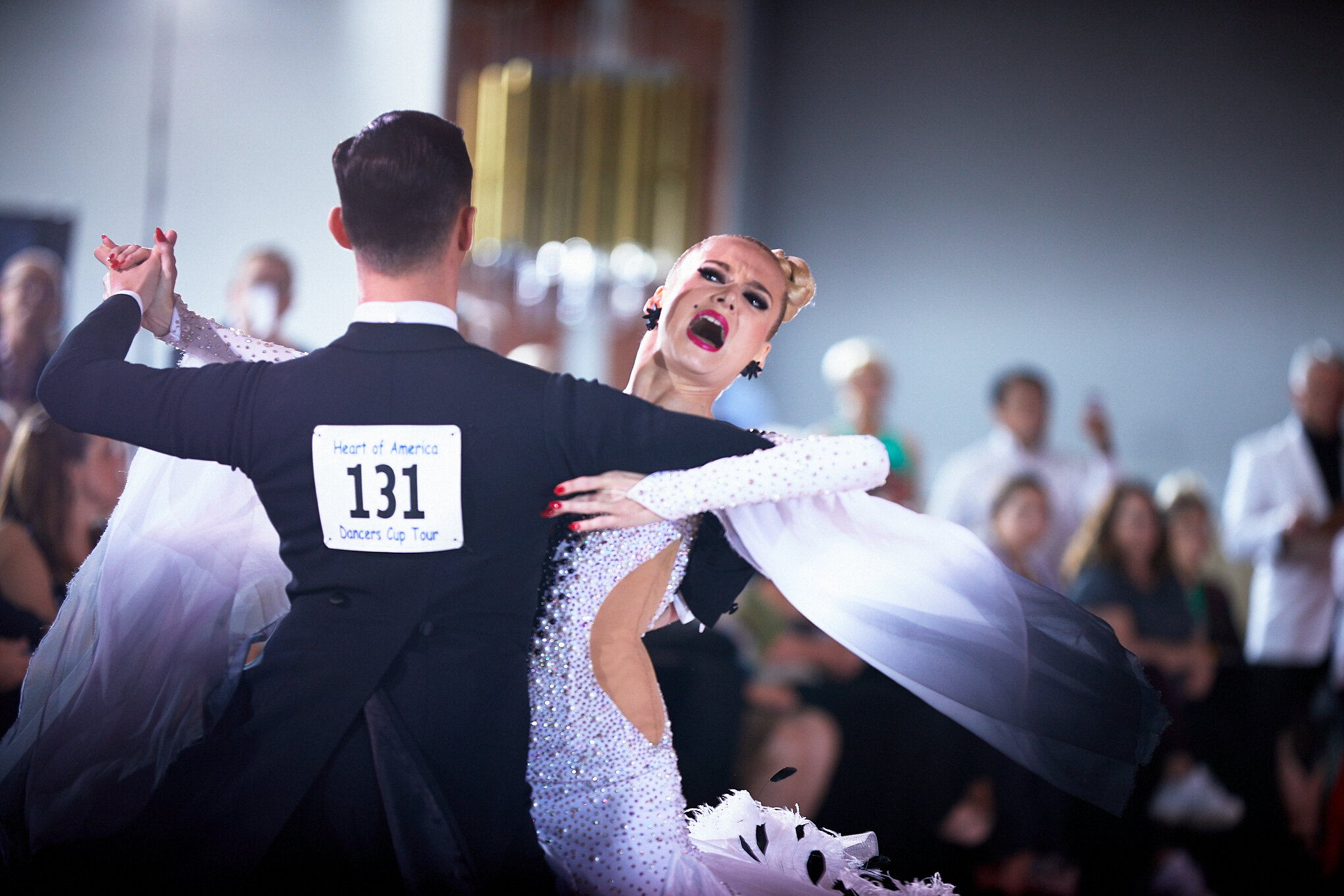
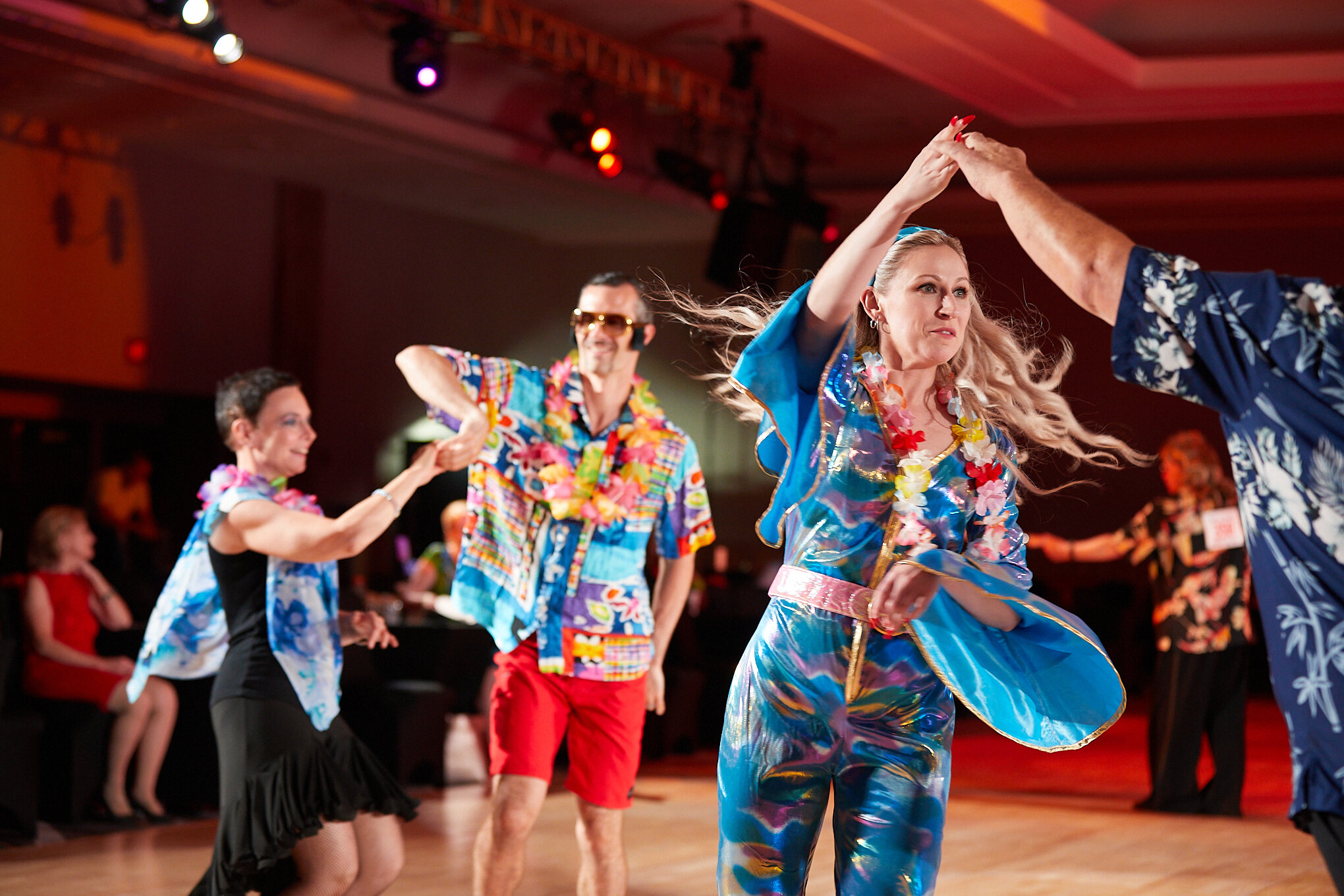

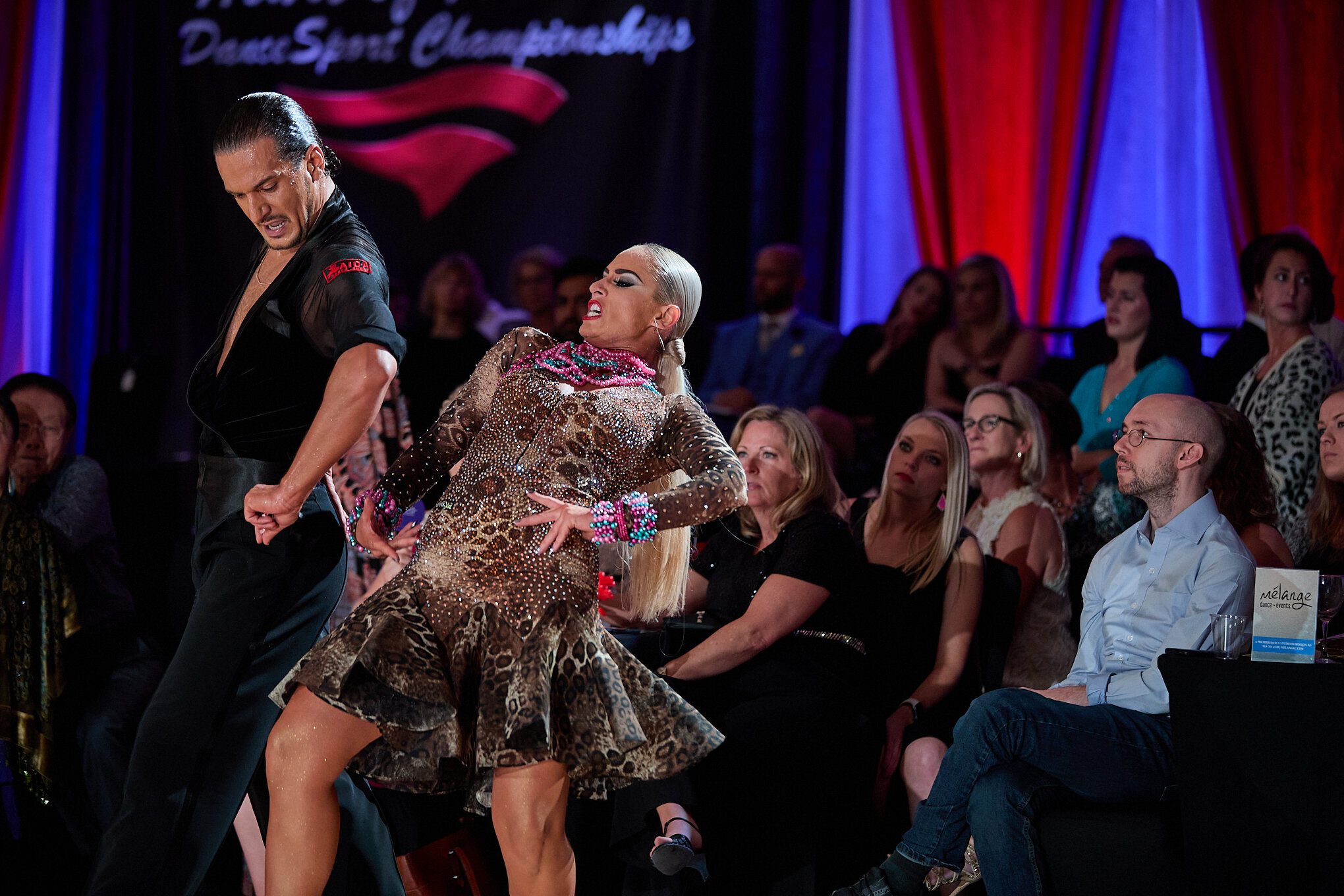
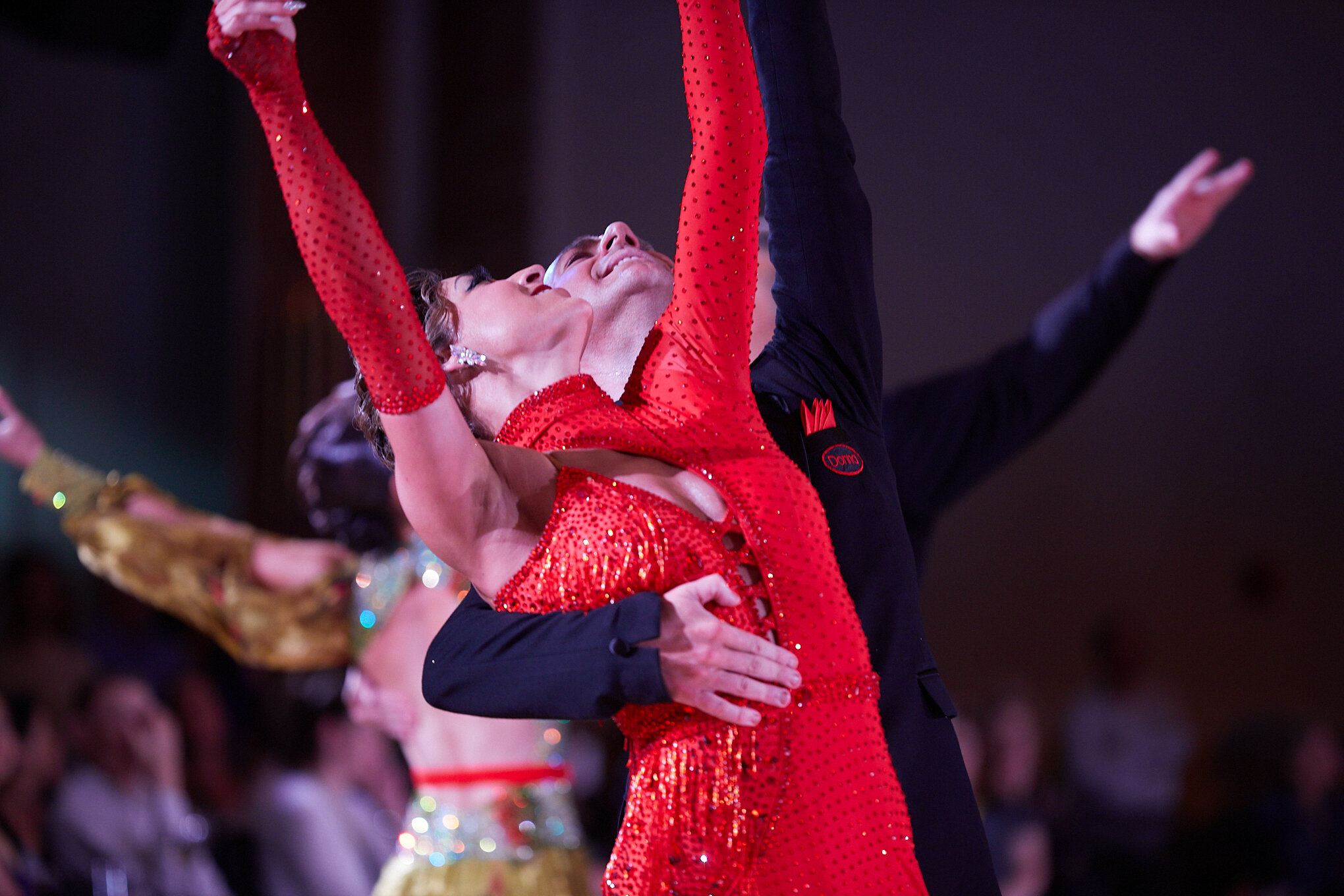
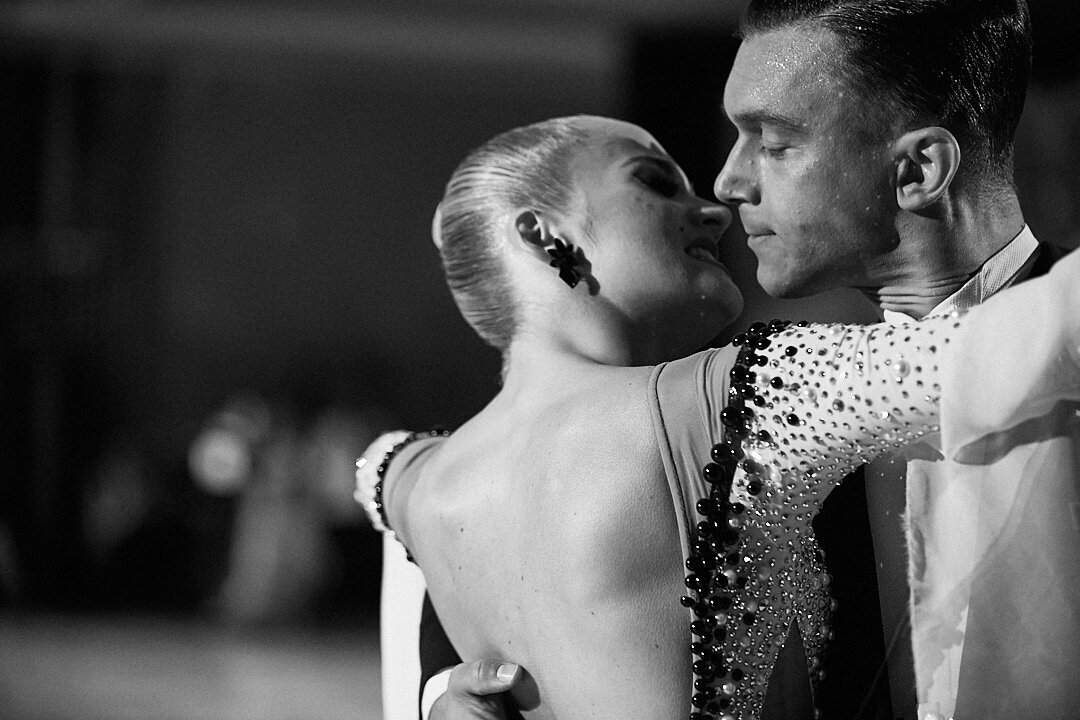
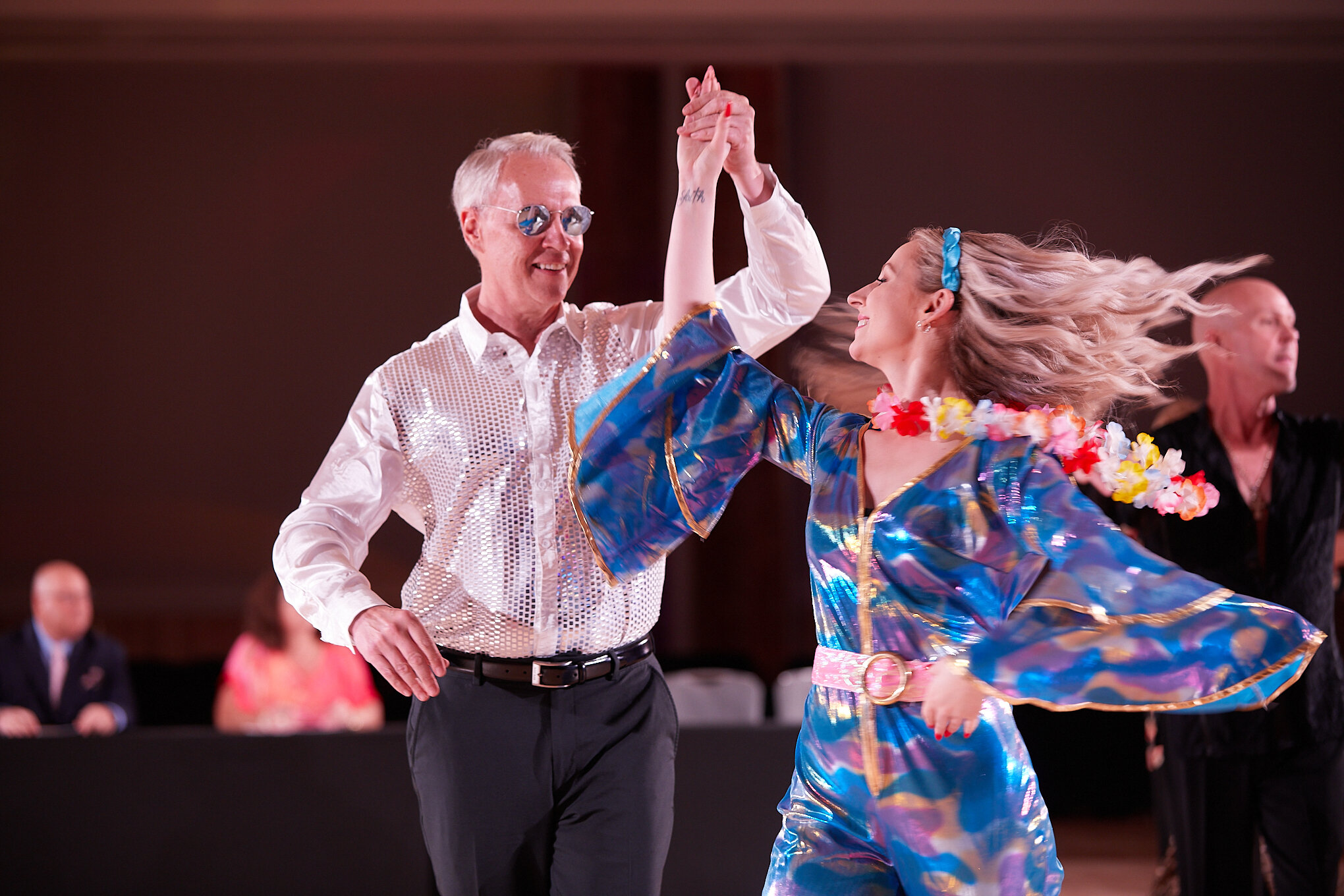
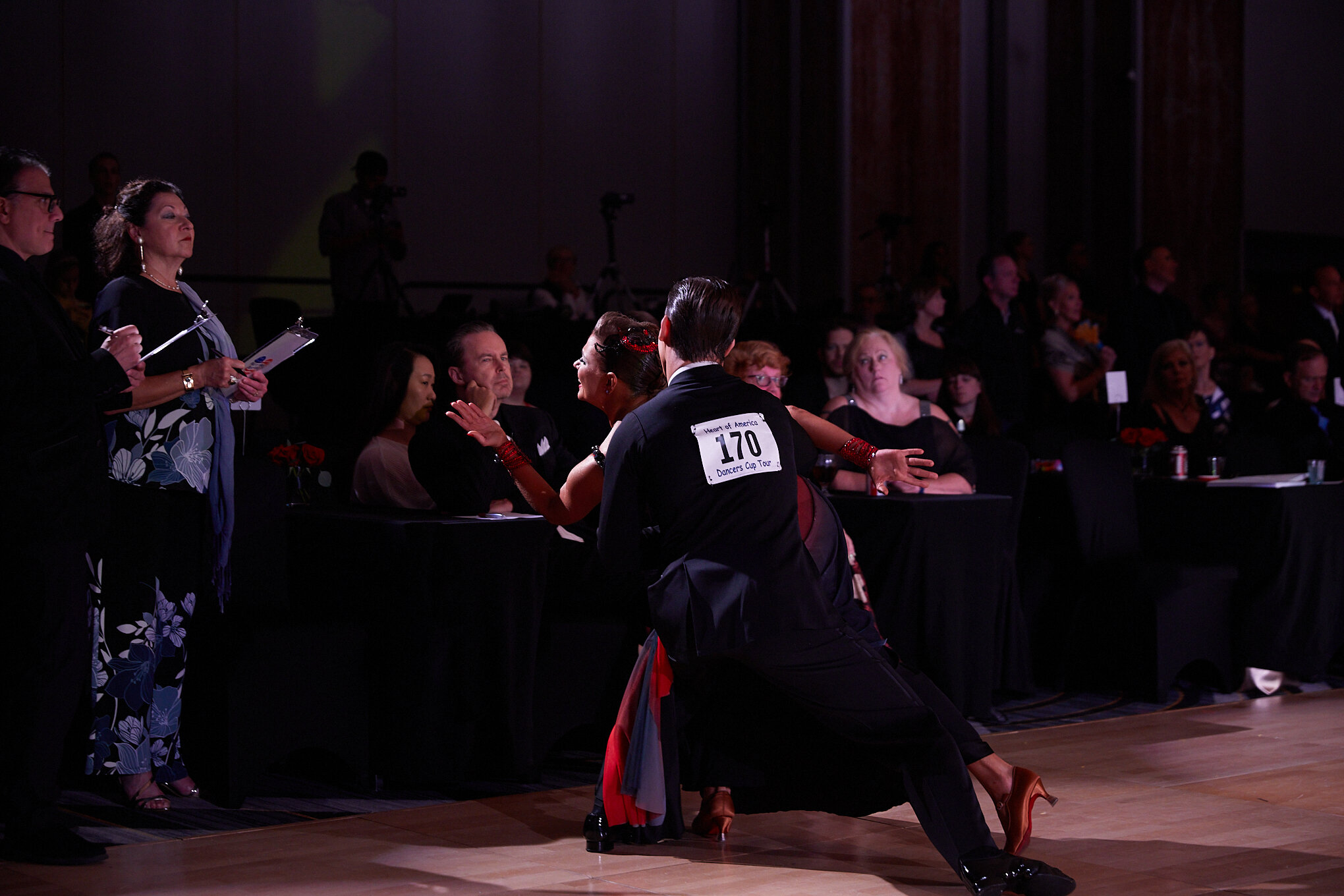
Twin Cities Open…
Ballroom dance competitions are “something akin to a combination of ballet and hockey.”
Amateur dancer Zoe Kaplan at TCO in 2019.
Happy Fourth of July!
It’s a fitting celebration to mark the beginning of a week that ends in the annual Twin Cities Open ballroom dance competition at the Hyatt Regency Downtown Minneapolis. This competition has been run continuously by Amy and Scott Anderson for more than 30 years. It draws some of the nation’s top ballroom dancers.
I will be among those competing this year. Instructor Grace Peterson and I plan to perform a solo dance to the Ahn Trio’s rendition of Prince’s song, “Purple Rain.” (Our choreography was crafted by Tony Meredith.) We also will be competing in the silver divisions of American Ballroom and International Standard styles.
Dan Browning performing a solo titled “Purple Reign” with instructor Grace Peterson.
When I’m not dancing, I will be offering two types of portraits this year. I will have a backdrop set up outside the competition floor for dancers who want a studio-style portrait, either alone or with their instructor. And I will offer location portraits, either in the hotel or nearby in the community, for those seeking something more elaborate. Both types of portraits will come with up to five edited jpgs. The studio-style shot will come with an 8x10 or 8x12 print. And the location portraits will come with a 16x20 or 16x24 fine art print on styrene backing. Other sizes and media are available as well, of course. Note: I won’t be shooting on the dance floor at this competition, due to contractual conflicts.
Whether you’re interested in a portrait or not, please drop by and say hello. And if you’ve never been to a ballroom dance competition, consider attending either Friday or Saturday night for the professional categories. They are something akin to a combination of ballet and hockey.
Meantime, here are a couple of shots I took at a recent dance recital, called a “showcase”, at Cinema Ballroom in St. Paul. Enjoy!
Cinema Ballroom pros Eric Hudson with Grace Peterson.
Instructor Grace Peterson dancing jive with Keith Vasilakes.
Patience
All things come to those who wait, the proverb says.
I have been ahead of the beat much of my life. In dance, that is simply off time. It makes one look frantic. To be late, we dancers are taught, is to be “musical.” The dancer who is just behind the beat appears to relish the moment, and the observer can savor it as well. No need to hurry. The dancer and the audience become absorbed in the interlude.
This is a lesson I was taught many years ago by the late Bud Estes, a 10th-degree black belt in Danzan Ryu jujutsu. Move ahead of a knife thrust or a punch and your attacker will have the time and opportunity to redirect the attack to the trajectory of your new line. Wait a split second longer and the commitment of the attack can be countered.
Dance and martial arts, these are the wellsprings I draw upon to understand life. I thought of this the other day when my son ate a banana that he thought was going bad. He generally likes his bananas slightly green, with no visible dark spots on the skin. But as he was about to discard what he thought was an over-ripened banana, he took a bite. To his great surprise, he found the flavor even more delicious. He caught it at its peak.
Henri Cartier-Bresson (1980-1904), a French photographer considered to be the progenitor of street photography and modern photojournalism, published a book in 1952 titled, Images à la sauvette, or “Images on the sly.” The English title was The decisive moment, and it described the elusive goal of most photographers: Release the shutter the instant a composition is fully ripened.
“All things come to those who wait,” an old proverb says. But the second half of that saying counsels that while they come, they often come too late. So we get anxious and strike early, missing the decisive moment.
I bring this up because I just bought a new camera, the Sony Alpha 1. It can shoot up to 30 frames a second. Many photographers obsess over frame rate as a way to hit that decisive moment. And this camera, no doubt, might help. Or not. It shoots large files. The “spray and pray” method of photography will quickly fill up memory cards, decreasing the photographer’s opportunity to get the best shot as they fumble around for a new card. Richard Tsong-Taatarii, a talented photojournalist at the Star Tribune newspaper, once chuckled as he saw me snapping a lens cap on my lens.
“Do you know what we call lens caps?” he asked.
I didn’t.
“Too-late filters,” he said.
Lesson learned. There is no substitute for timing, and you cannot get the shot if you’re not prepared.
I recently returned from Savannah, Georgia, where I competed in a ballroom dance competition. I also had set up vendor table and solicited clients for my photography business. I was hoping to get some contracts for portraits. Alas, I got none, though dancers did stop to admire my work. Some took my business cards and promotional fliers. I didn’t want to return to Minneapolis empty-handed, so I decided to shoot some photos of a friend with our professional dance instructor.
Then I was asked by the parents of two other professional dancers if I had any images of their sons. I did, but I wanted more. So I shot the professional competition that evening. I was happy with the results and a couple of modest sales followed.
When I returned home and tallied my expenses and pending income from the trip, I realized that this was not a sustainable business model. But then I caught a couple of YouTube videos from some of my favorite photographers who counseled patience. Success in this business won’t come in one or two years, they said. It’s not unusual to spend a decade building a photography business to profitability. I remembered my dad telling me the story of the inventor who made a soda-pop. He tried 1-Up, 2-Up, 3-Up, 4-Up, 5-Up and 6-Up, then threw in the towel. The next guy, of course, invented 7-Up.
My next dance competition will be at the Twin Cities Open in Minneapolis July 8-11. I will have a vendor table outside the ballroom and will be offering portraits to dancers on location. (I won’t be shooting on the dance floor this time due to contractual issues.) Please stop by and say hello, even if you’re not ready to be photographed. All things in due time.
On the road again…
Nothing behind me, everything ahead of me, as is ever so on the road. ― Jack Kerouac, On the Road
Dance instructor Grace Peterson with one of her students, Patrick Moriarity, at the City Lights Open competition in 2017.
I can’t claim to be a huge Willie Nelson fan, but his “On the road again” song comes to mind now. After 15 months of being tied down by the coronavirus pandemic, I’m about to travel again. I’m heading to Georgia next week, where I will be competing in a ballroom dance competition and offering portraits and personal photographer services to my fellow competitors at the Savannah Dance Classic. This will be my first trip to Georgia, which I believe is the only U.S. state I have not spent time in. I’ve heard rave reviews of this competition and about the city of Savannah, and I’m excited to be going with dance instructor Grace Peterson and my fellow student, Pat Moriarity.
I’ve competed a number times but this will mark my first time as a vendor at a dance competition. A couple of years ago, before I started Danzante Photography LLC, I had lunch with entrepreneur and photographer Preston Palmer to pick his brain about the business. I asked about his training program for wedding photographers, and he correctly deduced that I had no desire to specialize in that genre. He asked what I liked to shoot. I said, dancers and portraits, mostly. Dance competitions usually hire an exclusive photographer to cover the competition floor. Competitors review the photos on an iPad and select the keepsakes they want. Because the photographers must shoot everyone, however, the results can be uneven. The photos aren’t cheap, but considering the investment the photographers must make and the volume they must shoot, I think they’re reasonable. There are a handful of photographers dominating this space. But few if any of these event photographers offer the dancers formal portraits on location. Preston suggested I consider doing so. Why not? The dancers spend a small fortune on gowns, hair and makeup, jewelry, suits, lodging and travel, so they might be willing to sit for a formal portrait suitable for exhibition in their living rooms, he said.
I was talking about this idea with a well-respected dance instructor and competition owner, who said he always thought it would be wise to offer “personal photographer” services to dancers. It’s basically documentary photography, following the dancer through practice, dressing, competing, and a portrait. I loved that idea, so I am offering it — for the first time — in Savannah. Grace Peterson was kind enough to let me build a sample page of those services on my website (see the link above). The end result would include some digital images, of course, but significantly, it would include a large wall portrait, an album, or even a book. The details are customized, so the prices vary. Let me know if you’re interested!
Next up, I will be offering portraits at the Twin Cities Open in mid July. Due to contractual issues, however, I won’t be able to shoot on the dance floor there, so the personal photographer services won’t work here.
This photo, of Zoe Kaplan, was taken outside the ballroom at the Twin Cities Open in 2019 as part of her high school graduation images.
My next scheduled comp where I will offer personal photographer services is the Heart of America Dancesport Championships in Kansas City, Missouri, in August.
Mark Querna with instructor Georgietta Anderson during the 2019 nightclub competition at Heart of America Dancesport Championships.
Meantime, I am open to traveling elsewhere for clients who want a professional portrait or other photographic services. Give me a call at 612-655-5020 and we can talk.


